
Tibet, also known as “The Rooftop of the World”, is an autonomous province of South Western China. This is a land of two extreme, very hot and dry in the summer and very cold and snowy in the winter. Since I have been a kid, I have heard stories from my grandma about how great this land is and stories about the Dalai Lama. As I was in Bhutan last summer, and the architecture and the practice is Tibetan Buddhism is essentially the same, I decided to check it out.
A Good company to book with if you are looking for an experience that can cater to a backpacker budget or a rich person budget would be Explore Tibet. They took care of all of my questions and needs before the trip started and is very accommodating. They can answer just about the hardest questions you have and really make you feel at home. Thank you Explore Tibet for a great time and itinerary. Our guide Namgyal was one of the best guides that I had and his knowledge of the history and practices of the country were wonderful!!!!! He was very accommodating to everyone and he helped out with just about every person and their needs. I would highly recommend him and Explore Tibet to anyone wanting to go visit this country.
Flying into the capital Lhasa, you can start to see the lovely snowcapped mountains. Most people visit here to see the North Peak of Mt. Everest and the many beautiful monasteries that are up to 1400 years old. The monasteries look very similar to the Bhutanese monasteries, because they both practice the Tibetan form of Buddhism. I can tell you that altitude sickness is a real thing as most of this country is located upwards of 3600 plus meters!! It is smart for you to drink a lot of water, but even for the people who are good with hiking, the altitude will still affect you!!!
I am not usually fond of capital cities, but I found Lhasa to be one of a kind. There is so many different alleys and streets you can walk down as one part of the city is more Tibetan and very traditional, while the other part of the city is Chinese with many new modern buildings and (a mall and IMAX yuck). For the most part I stuck to the Tibetan side to see the wonderful monasteries as well as the beautiful winding streets and alley ways!!!
What made everything great here was the fact that the skies were always blue with billowing puffy white clouds 99.9 % of our stay. You can walk just about anywhere and see local people living their everyday life. Everyone was so friendly in the capital city always greeting you with a wonderful smile and inquiring about what you are doing in their distant land. This in my opinion made visiting here all the more exciting and worthwhile..
We were able to visit four monasteries during our visit in Lhasa, and I could of spent time in a few more. I will give a brief description of them as they all had a similar layout, but very different history…..
Drepung Monastery
This was once one of the world’s biggest monasteries housing around 10,000 Monks. It was a resident of the Dalai Lama for many years prior to the Potala Palace. It has been destroyed several times, but has been rebuilt with even more grandeur than before. The most interesting part of this monastery is that you can get lost in here with the many rooms and winding alleyways!!! On the edge of the Monastery you can see a view of the city with the puffy white clouds above….
While we were on our excursion here, we saw a procession of monks (maybe almost 100). When we asked our guide what they were doing, he mentioned that they were praying for a rain dance as it had been one of the hottest summers in the last 10 years ,with very little rain. Low and behold on our last day (as I was flying out of Lhasa), the rains certainly did come. I am glad that they did not come while we were touring!!!
Sera Monastery
This monastery was built in the 15th Century. It was not as big as some of the other monasteries that we went to, however it had something I had never seen before. Monks from all over Tibet were in an area where they debate about three hours each day. They would debate about different philosophies in their Buddhist order and it was fun to watch them ask a question, and they clap their hands loud and wait for the person to answer. While it was very hard to get photos in here, I did take a bit of video to see the Monks very eager to debate.
Jokhang Monastery
This temple is in the middle of Old Lhasa City. You can see the local pilgrims from very early in the morning praying outside with most doing an act of prostration many hundreds of times (looks tougher than most cross-fit exercises). While photos were not allowed in the different parts of this temple, I did manage to snap a few of the areas outside.
Potala Palace (when you see pictures of Tibet, this is the one that pops up on the internet).
This palace is at the center of the city of Lhasa and can be seen from almost everywhere as it is the landmark of Tibetan architecture as well as being found on the 50 RMB Chinese note. This was first built by a Tibetan king in the 7th Century, then added on and rebuilt in the 17th Century by the 5th Dalai Lama. It was then used as his home and the seat of government in Tibet. In the heat is a long walk up which is about 300 plus steps and hundreds if not thousands of people each day. Pictures are not allowed inside but the architectural engineering of this palace is amazing!!! Since the 1990’s this has been listed as a UNESCO World Heritage Site.
Leaving Lhasa, it was time to start our journey down to Shingatse as well as to Mt. Everest Base Camp. This drive would prove to be the most beautiful part of the trip. As we drove from Lhasa we crossed the Lhasa River and kept with it until we headed up into the highlands where the roads were some of the most windy I had been on (until the next day). We got up to Kampa La Pass which was 4700 meters which is probably the highest I have ever been. There we feasted our eyes upon Yamdrok Lake, with its beautiful turquoise colored water sitting beneath snow-capped mountains in the distance. We continued along the lake and saw traditional towns and people along the way. As we climbed some more up in the mountains we stopped at Karo La which was 5150 meters to see the magnificent glacier- Mt. Nyechen Kangsar Glacier. This is about the time that I really started gasping for air since this was the highest I had ever been (until we hit another pass the next day). As we went down the road to lower altitudes, you can notice the many yaks and goats and endless fields on the side of the highway. Before arriving in Shingatse (second biggest city in Tibet), we stopped at the Kumbum Stupa which is the largest Supa in Tibet!!!! With the day being 12 hours in the car, I was extremely tired and ready for another long drive day to EBC!!!
From Shingatse, we ended up driving about 8 hours plus to EBC. We ended up crossing several passes one of which is Gyatso La and is about 5400 meters (which broke the other records of the highest I have been. From here you can view the Himalaya Mountain range, each dwarfing under the mighty Mt. Eva rest. We then crossed the Gawula Pass which is 5250 meters and here we can line up the different mountains: Mt. Makalu, Mt. Lotse, Mt. Everest, Mt. Cho Oyu, and Mt. Shishapama all towering over 8000 meters:
I

After this view it is down the switchbacks (98 of them) to the dry valley of Tasha Lom. Another short drive, we got on Eco Electric busses to the Everest Base Camp…
The Everest Base Camp is one of the most beautiful parts of this valley. They have moved it back from where it used to be and there is two parts, the tented camps, and the guesthouse. We ended up staying at the guesthouse with a nice little restaurant and bar that served cold and hot drinks and some very good noodle dishes. From here, we can see one of the highest monasteries in the world which is Rongbuk monastery, which is home to both monks and nuns. There are other higher monasteries, but this is the one that most people are able to get to. Yaks and Goats are often seen running around out here in the rugged, cold landscape.
Seeing Mt. Everest is sometimes a hit and miss. Usually in the evening the clouds are rolling around and you may be lucky enough to get a peak at the top before the sun goes down, or you may get the bottom of it, with the clouds blocking the top. Sometimes patience out in the wind and cold is one of your best allies as in the evening, I just got a glimpse of the top and with my lens was able to photograph it in great detail. After a light sleep (5200 meters), I woke up early the next morning to see the sun rise and Mt. Everest completely free of any clouds around. This is one of the most impressive images I have ever seen and I will always remember it (in photographs and in my head).
Leaving the next morning on the same road we came in on, we went back to Shigatse and go to the Tashi Lhunpo monastery. This monastery was built by the 1st Dalai Lama in 1447 and became the seat of the Panchen Lama line and is home to many of their bodies. The streets and paths are somewhat out of a medieval movie with many of the narrow walkways, going in all directions. This I believe was one of the more impressive monasteries. (no pictures allowed inside).
The next day, we head back to Lhasa on the Friendship Highway which runs along the mighty Brahmaputra River. This river is a lifeline and one of the most holy rivers in India and runs through Bangladesh and into the Bay of Bengal. On the way we stopped at some small shops and restaurants to see the local people going about their daily lives…
Overall this is a great country with friendly people and good food. This is a place worth exploring for anyone and I will always have a small place for it in my heart. Who knows, there is a good chance I could return here next year in order to see some of the more off the beaten path things.
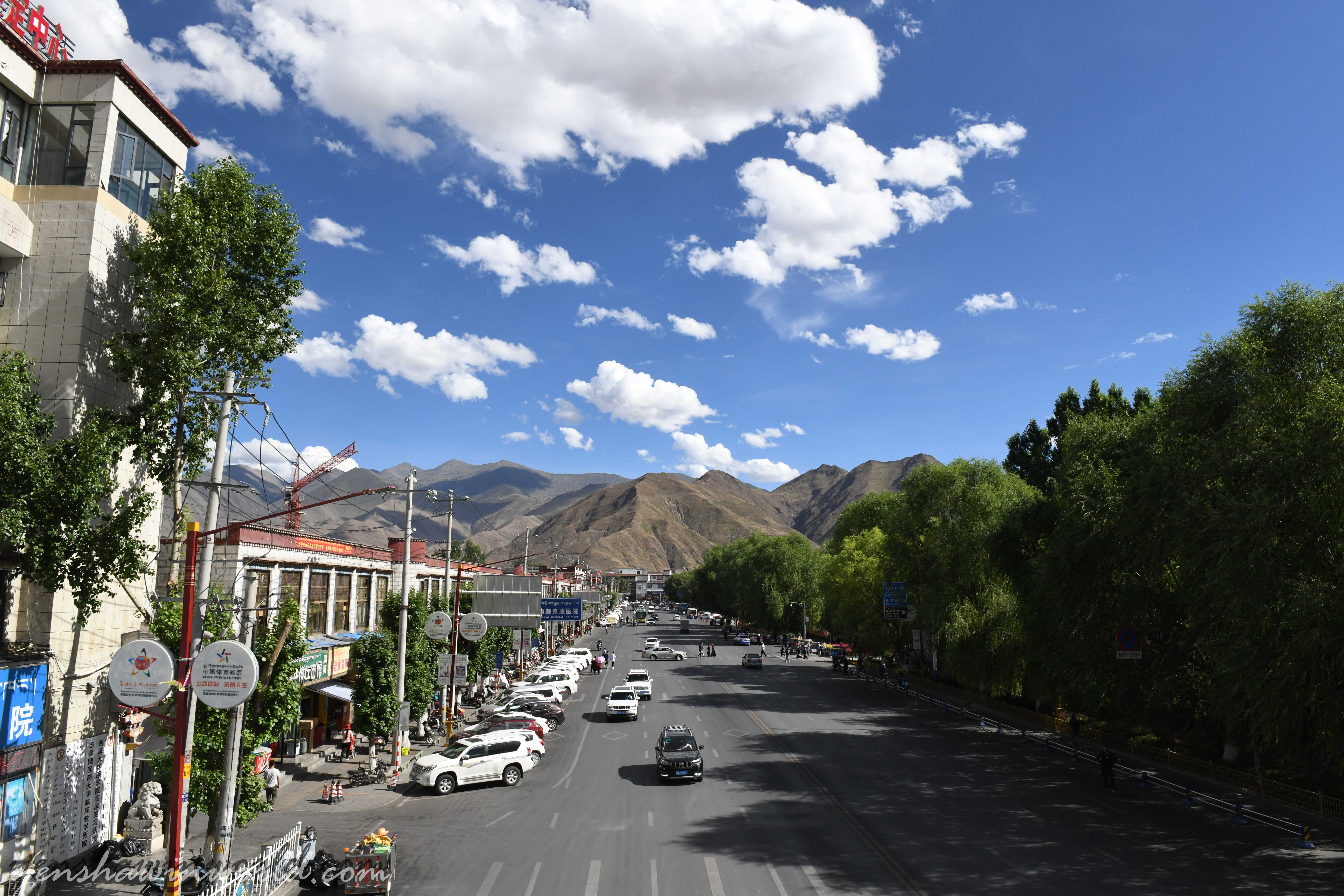
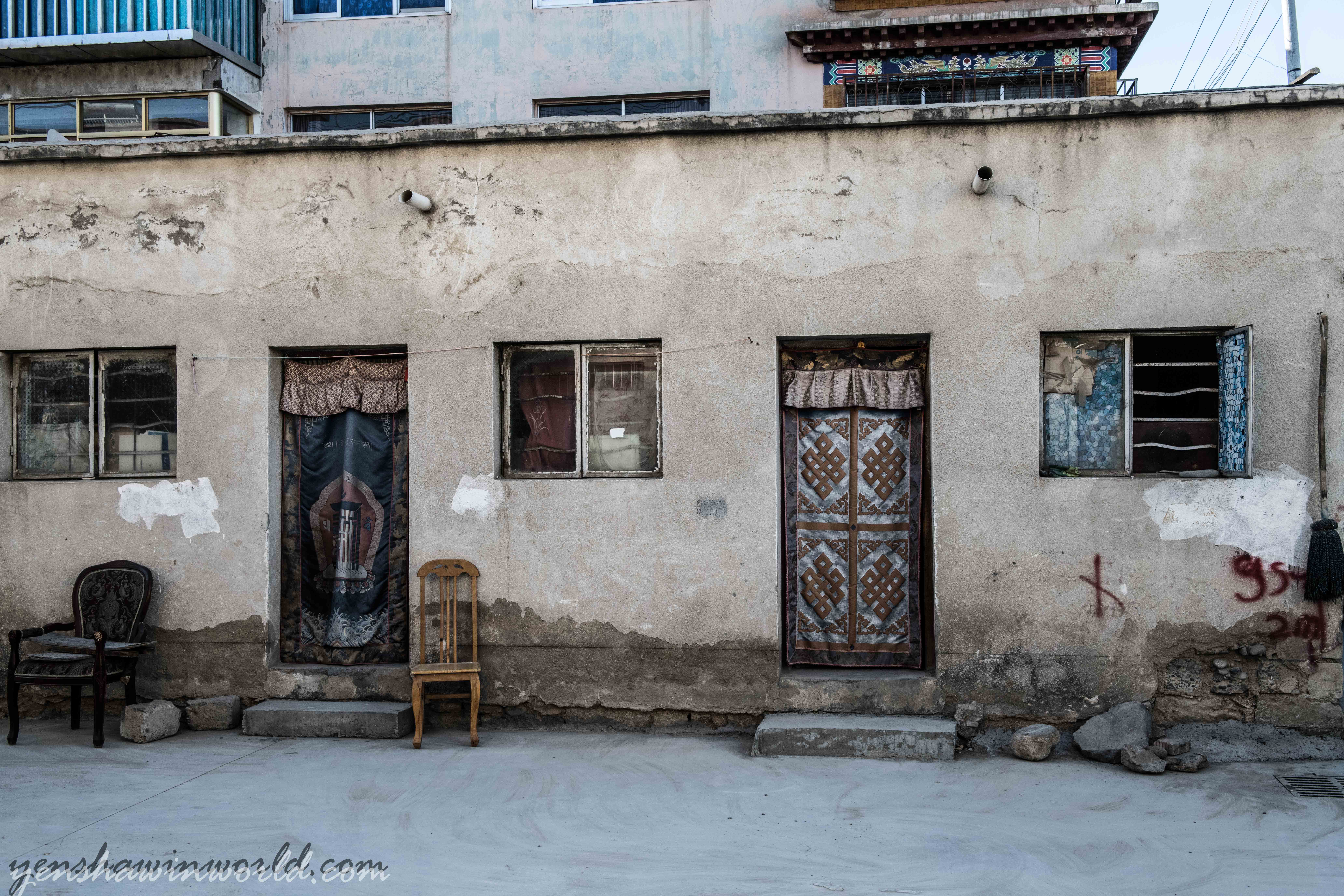
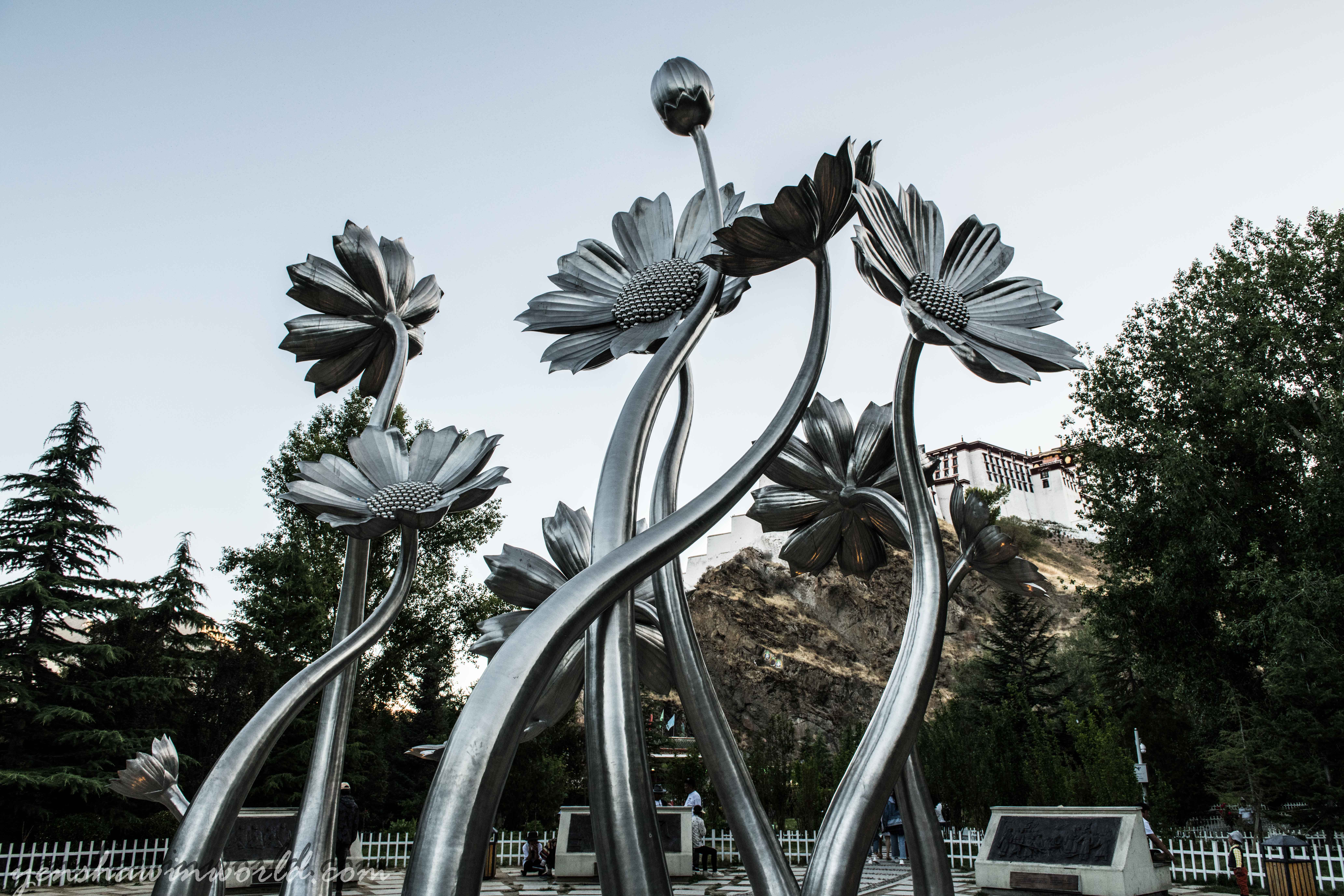
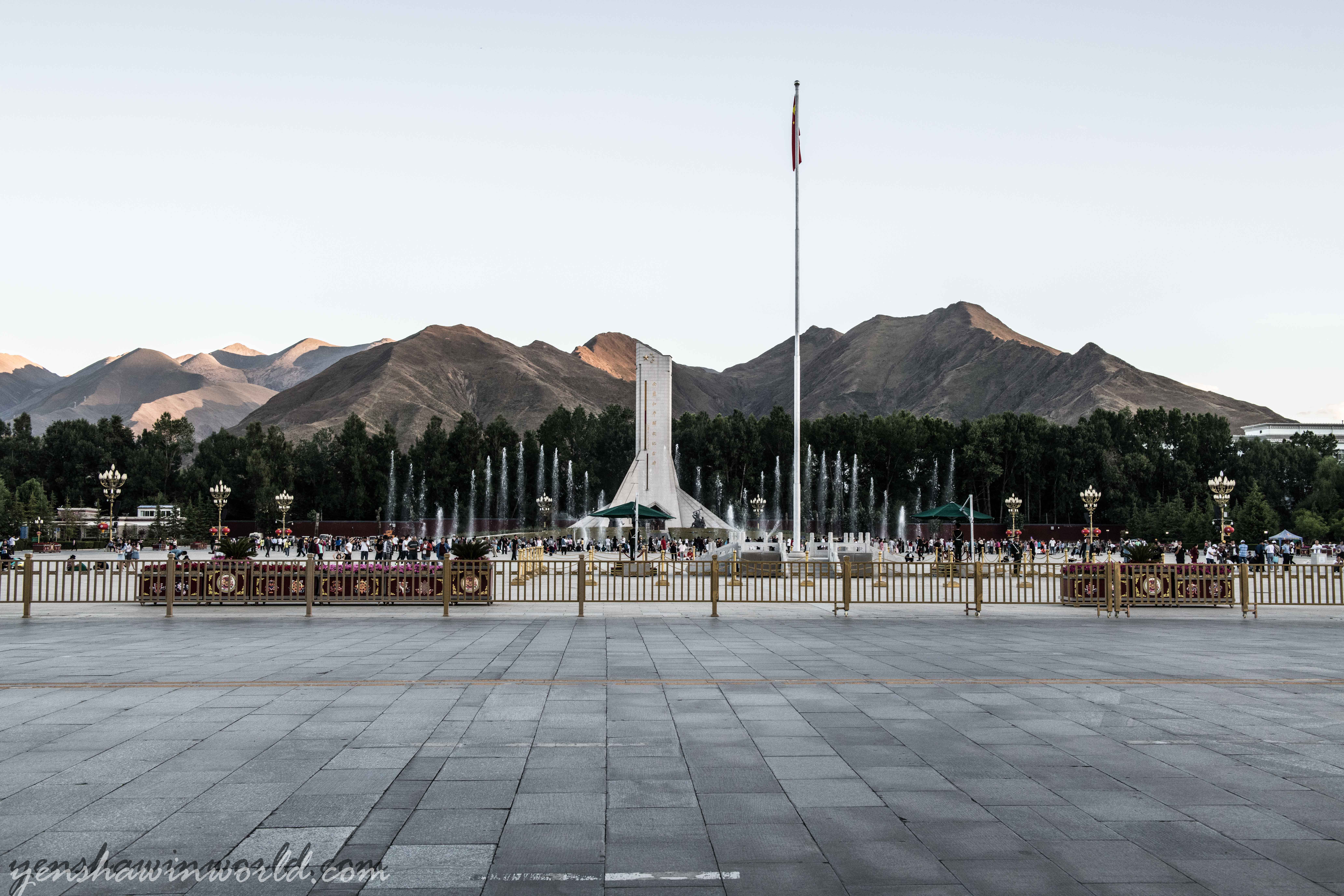
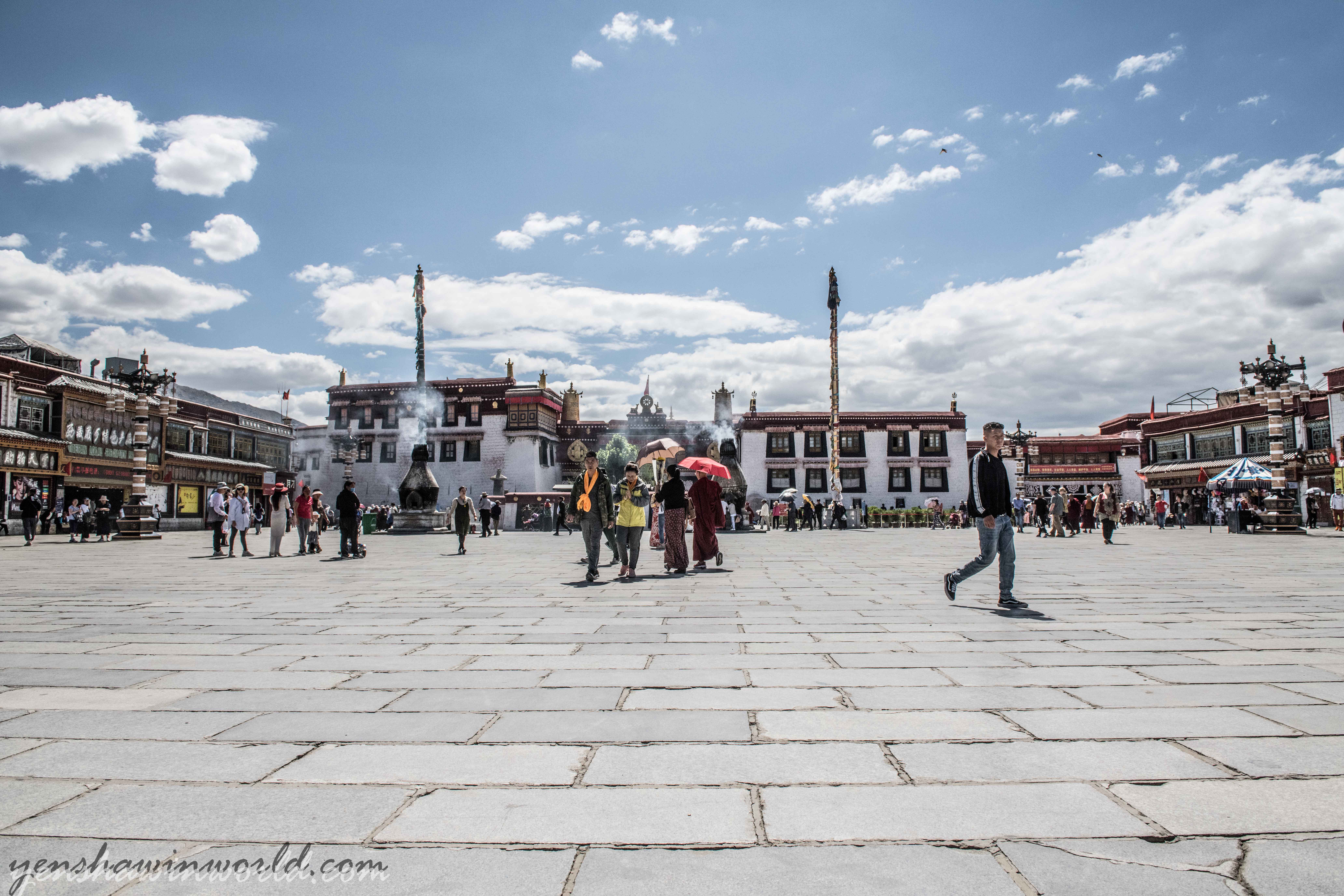
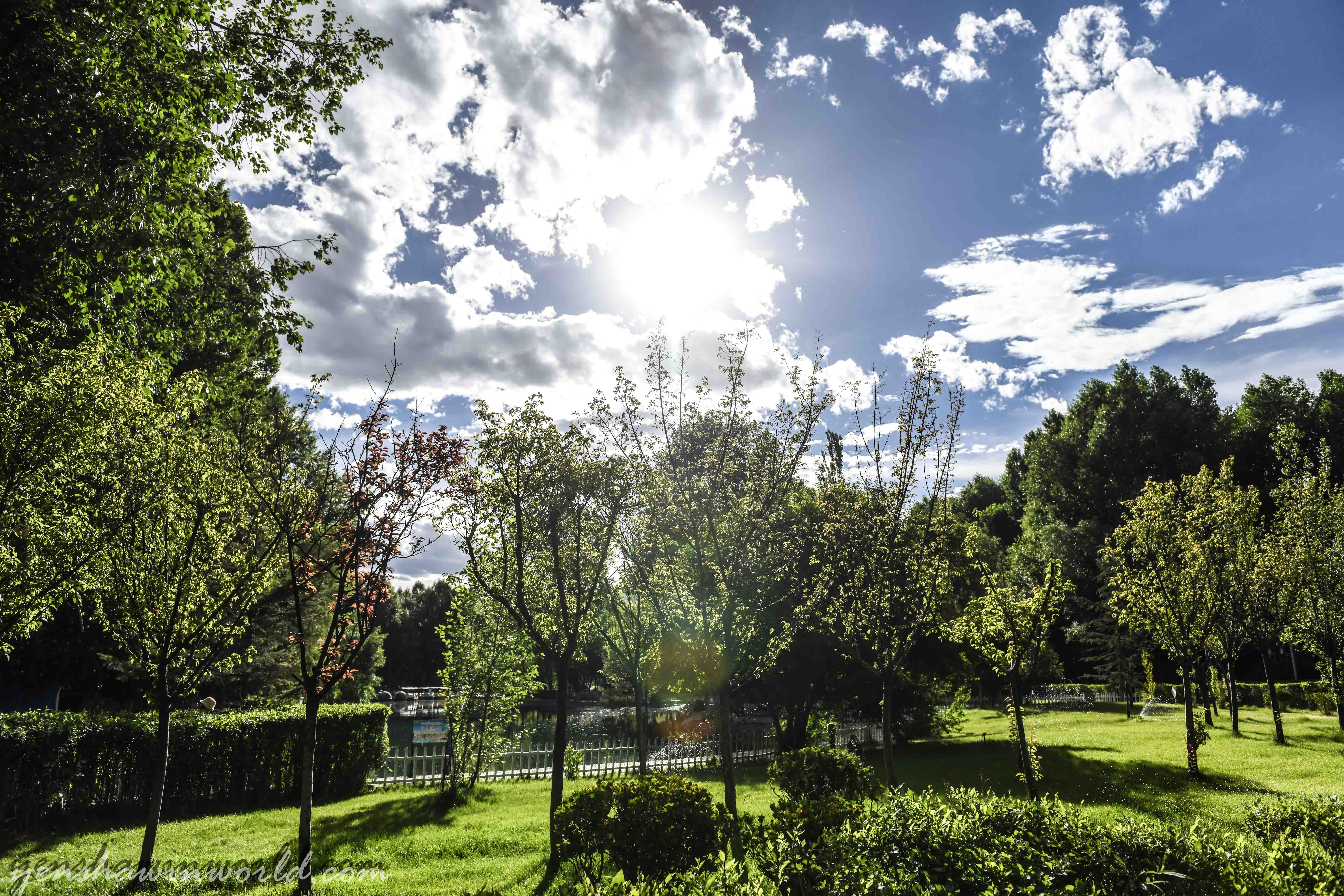

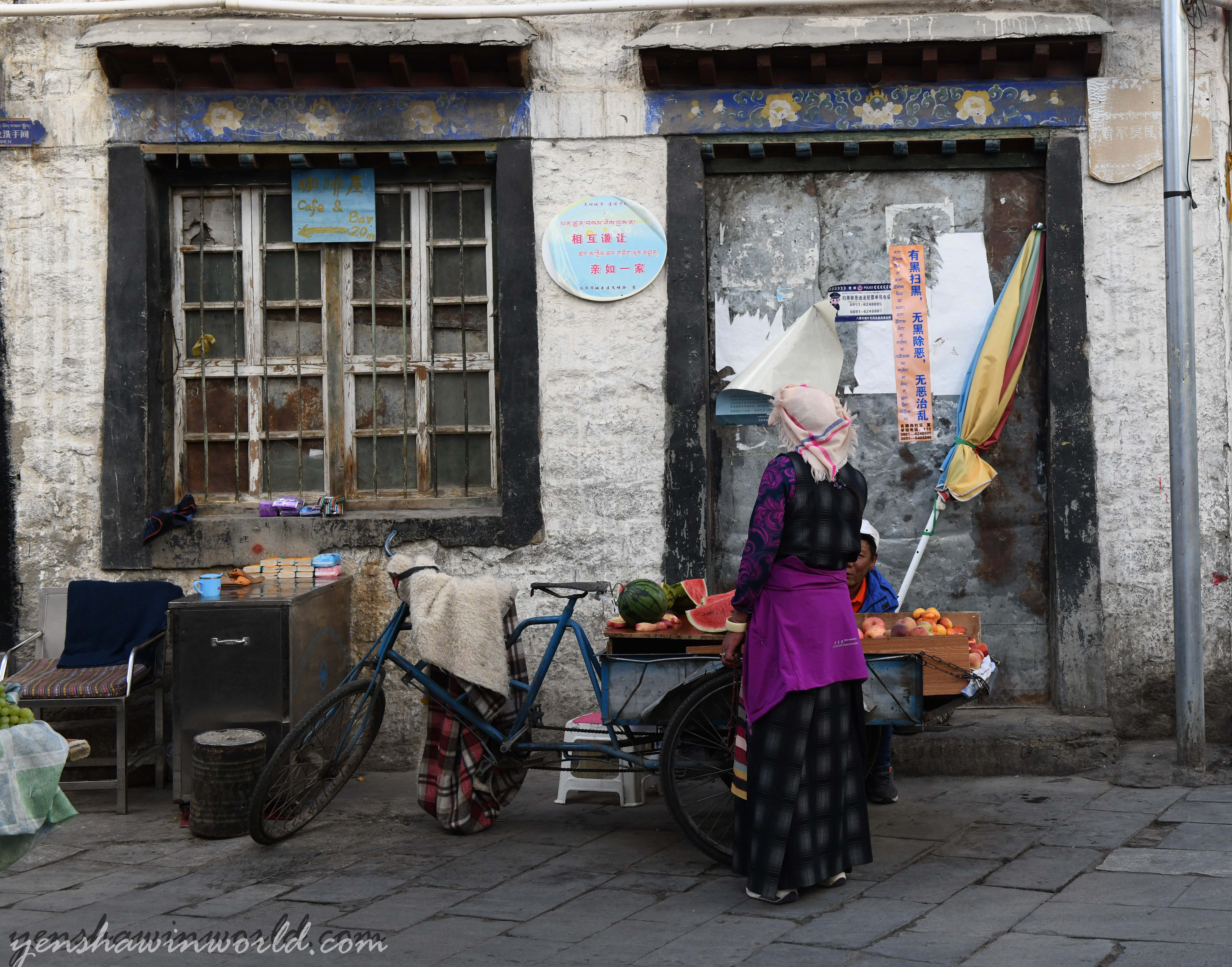
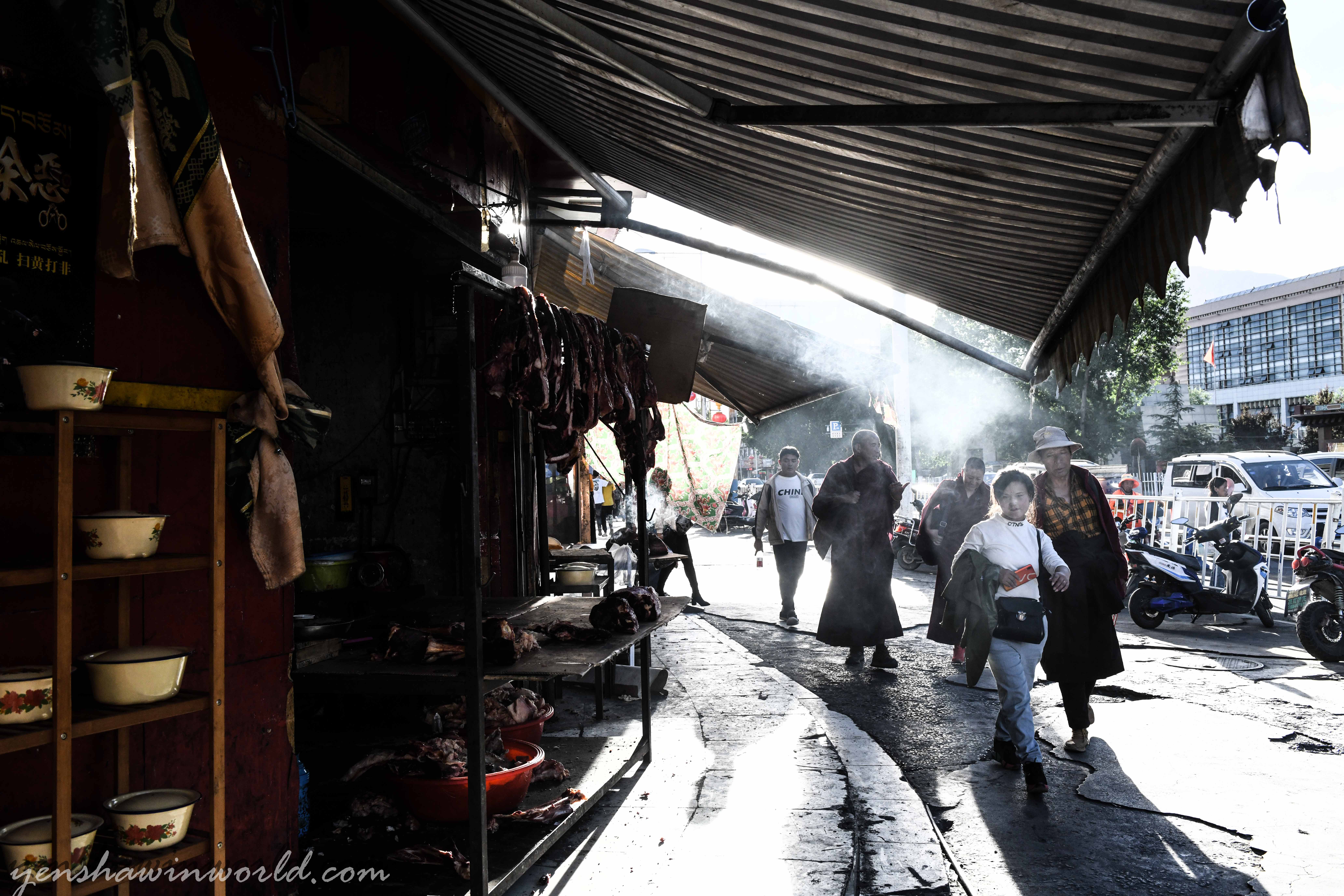
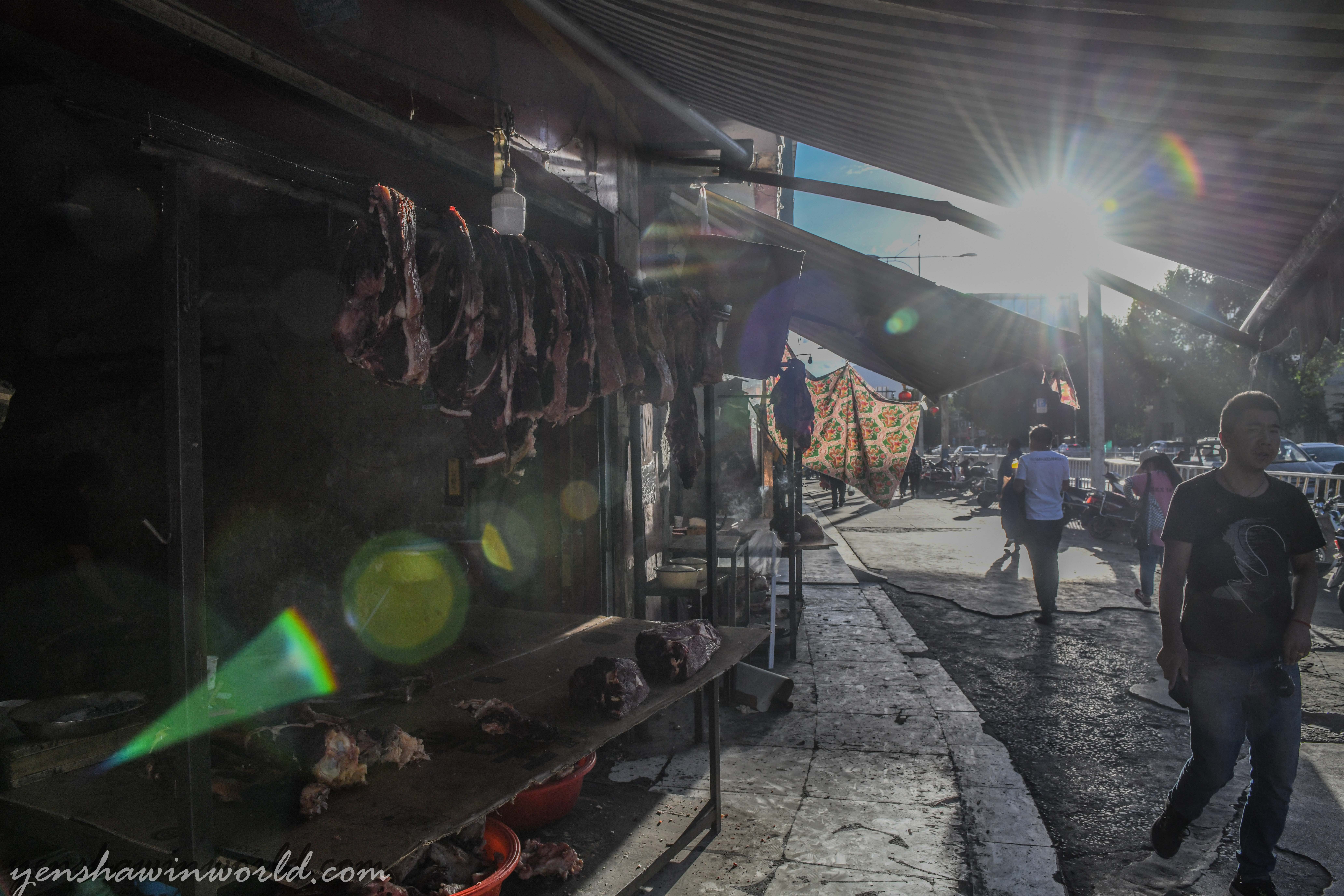
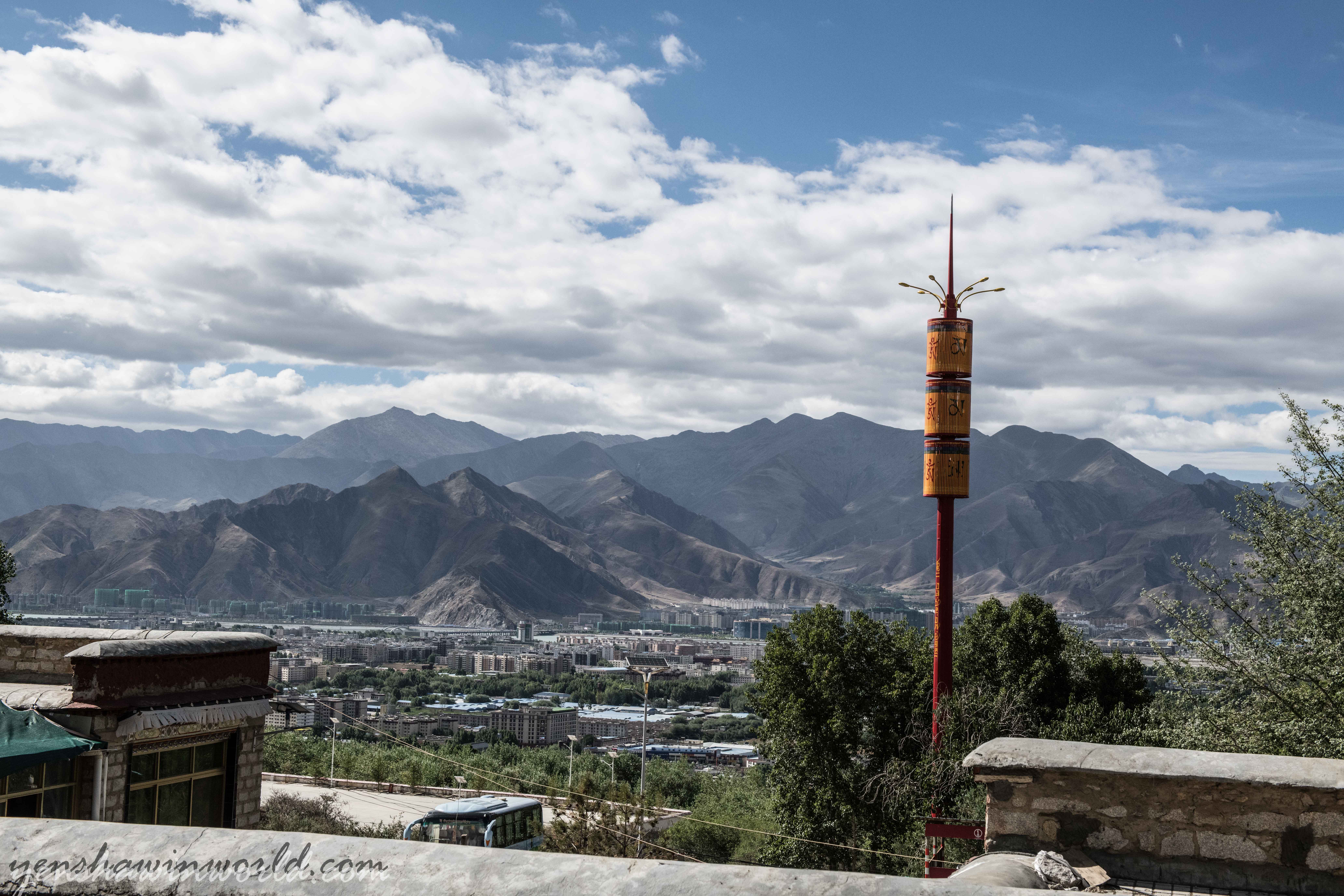
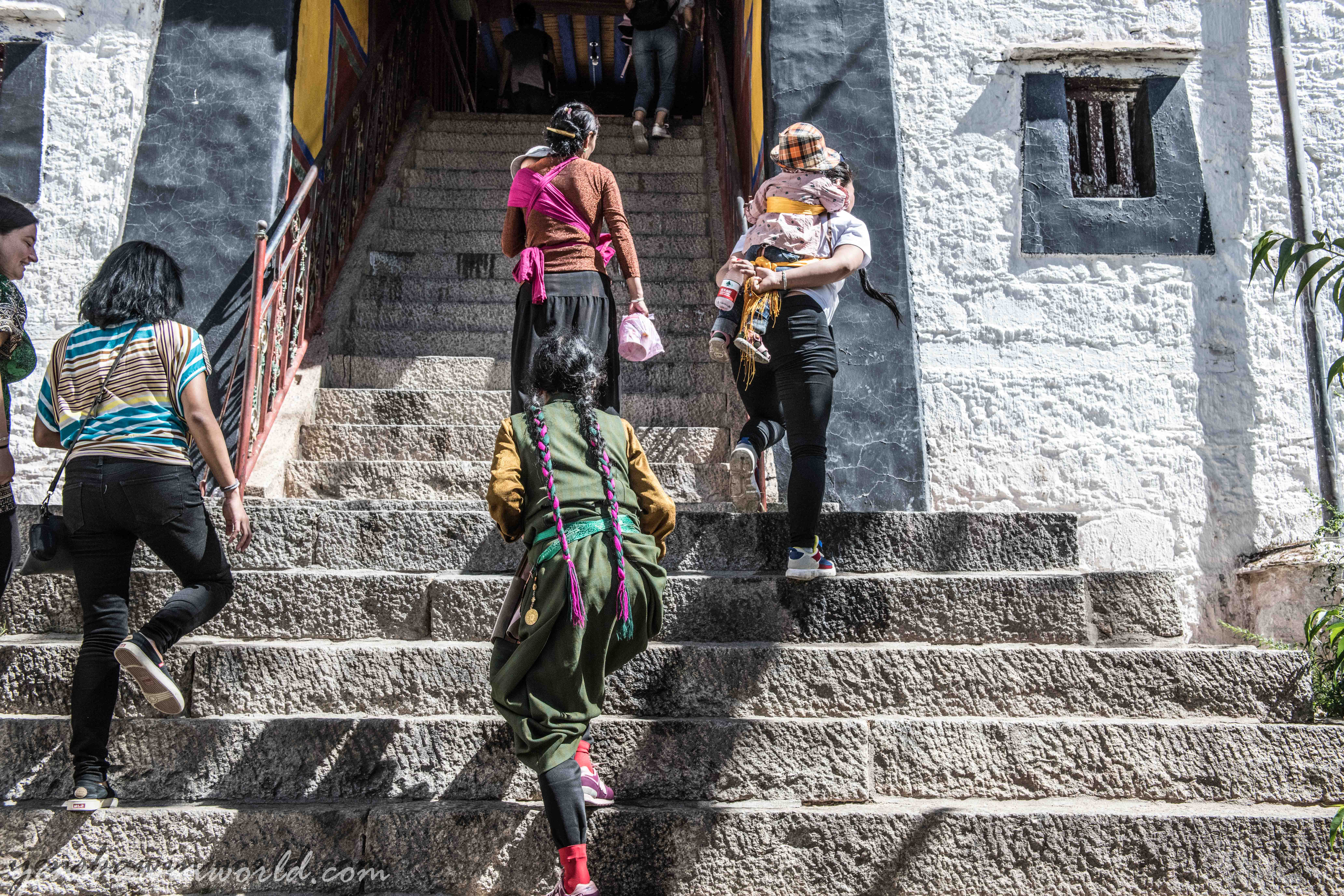
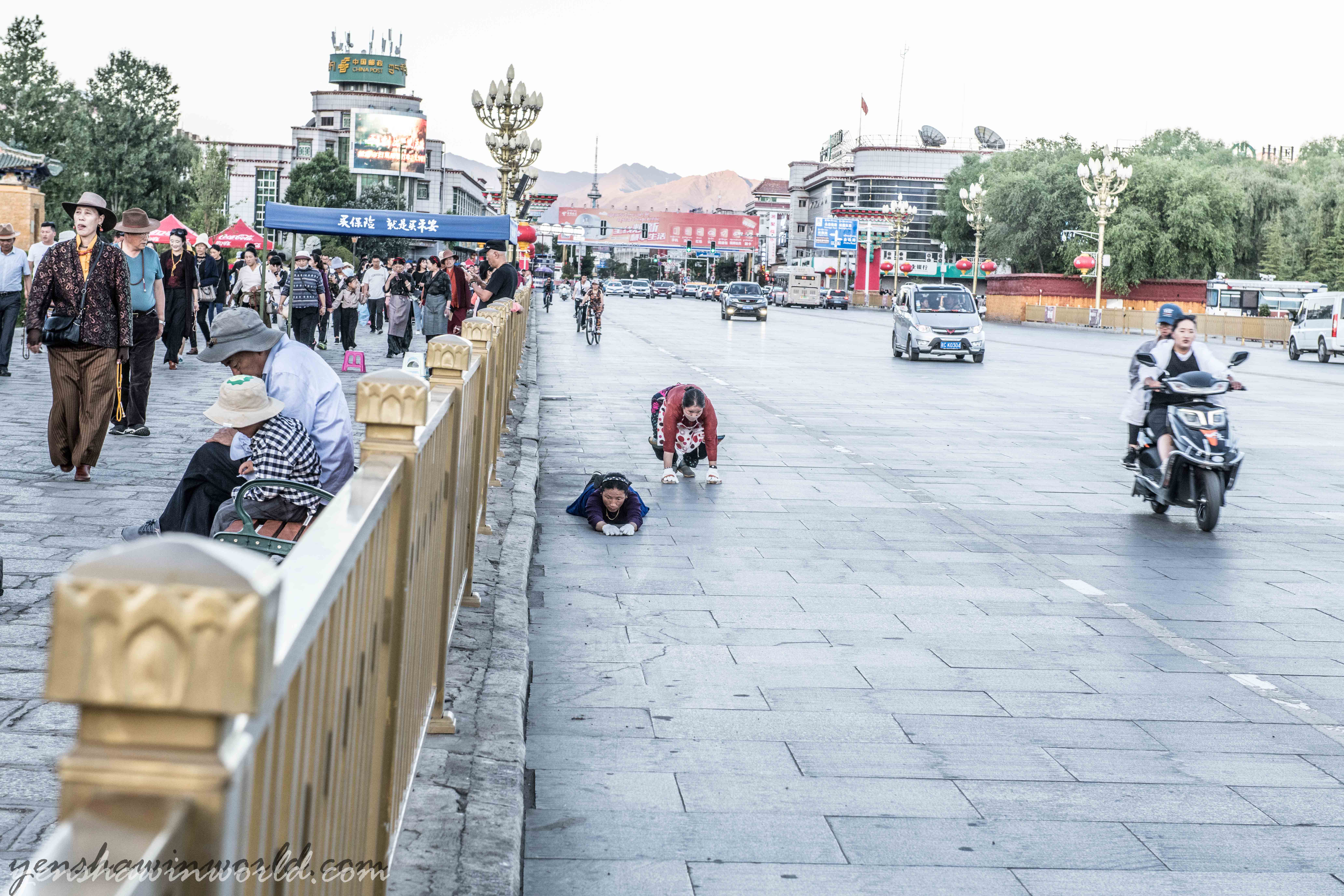
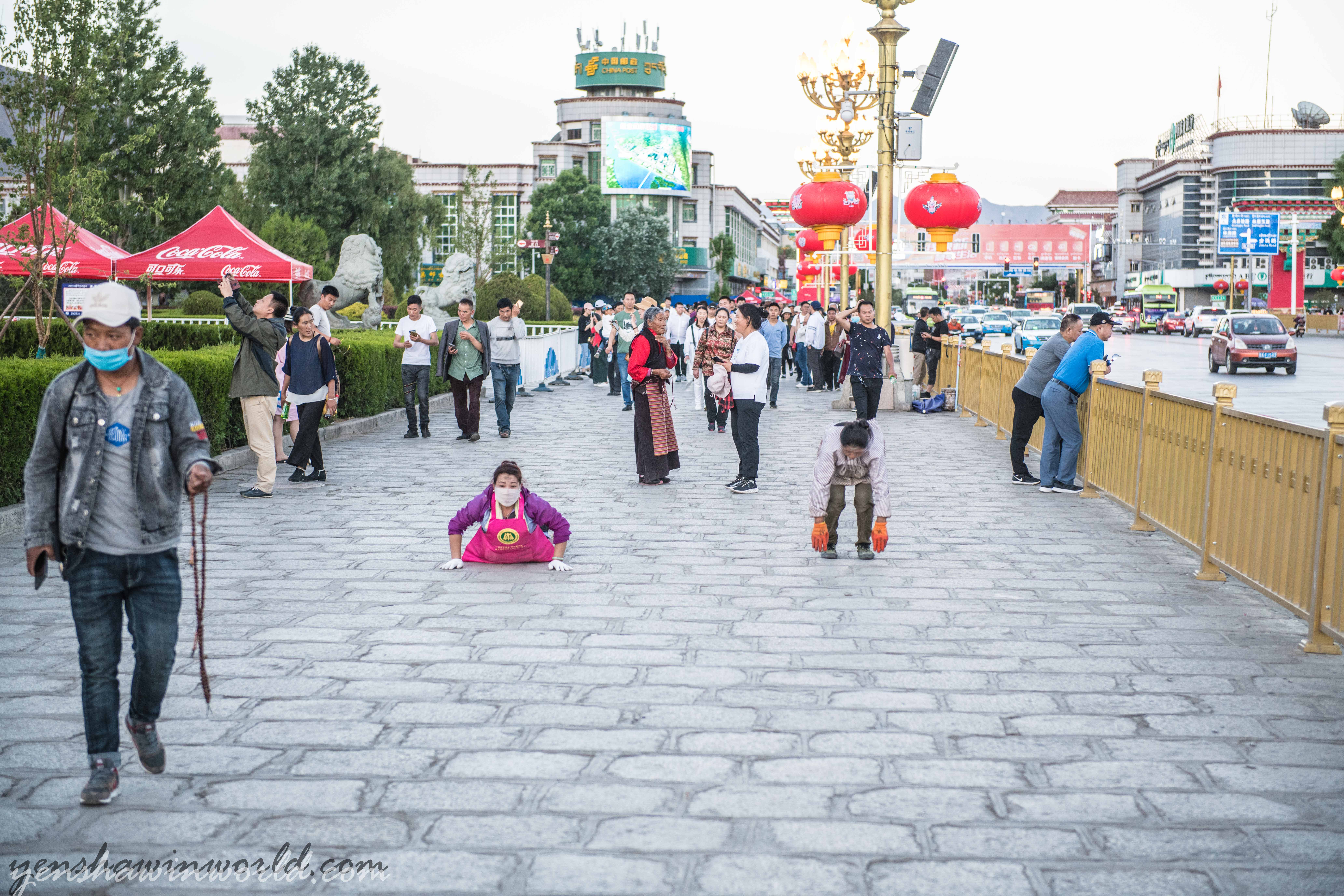
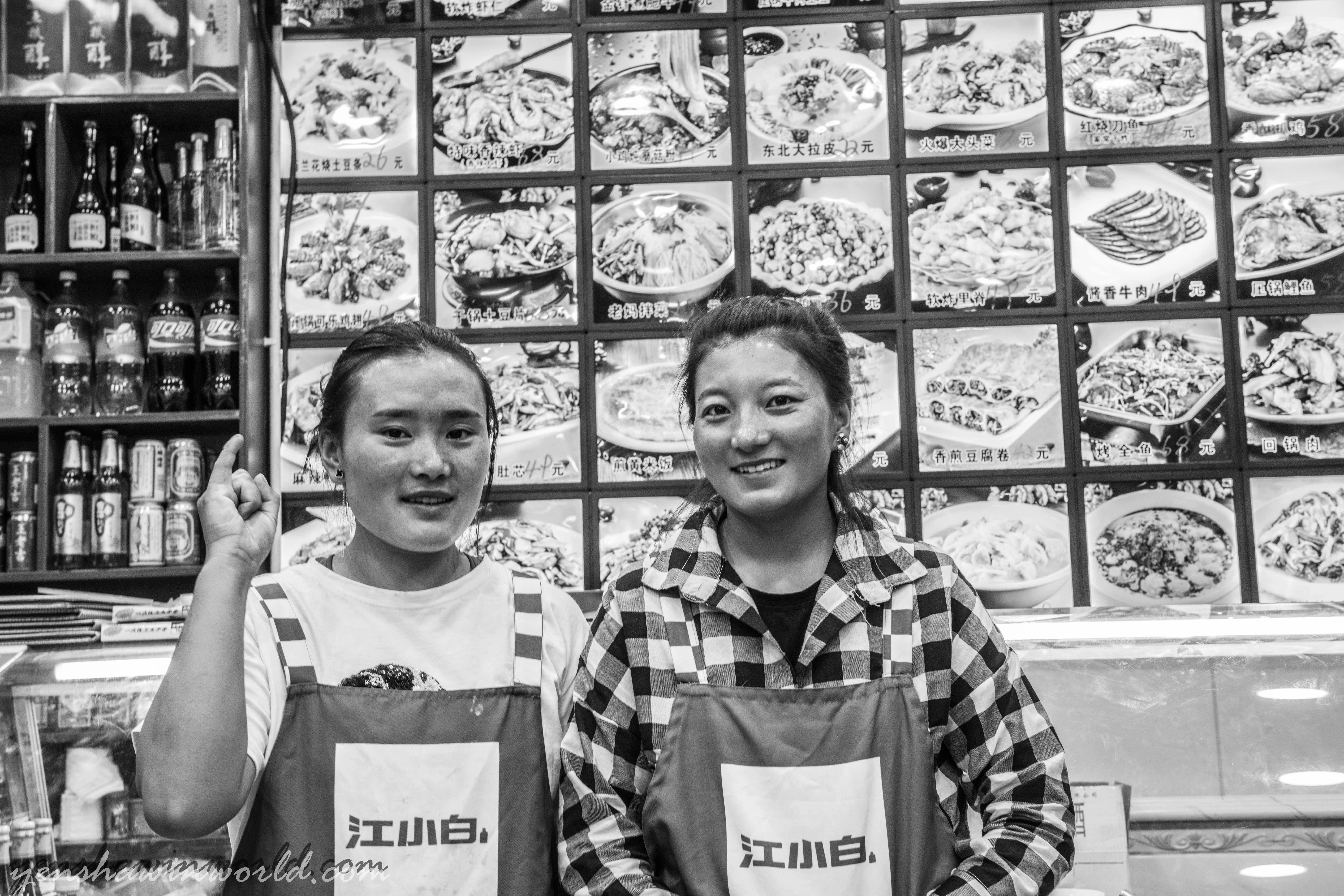
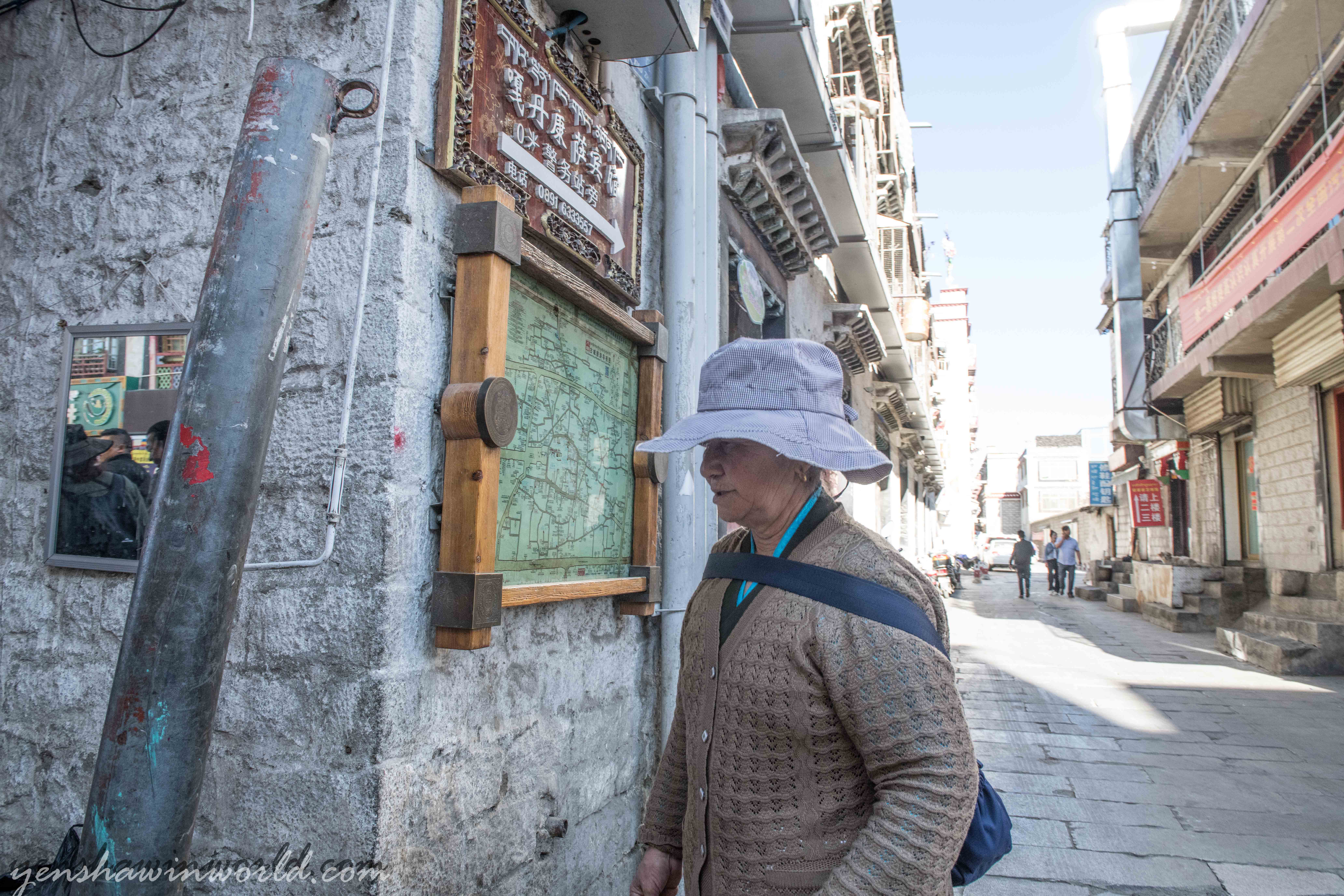
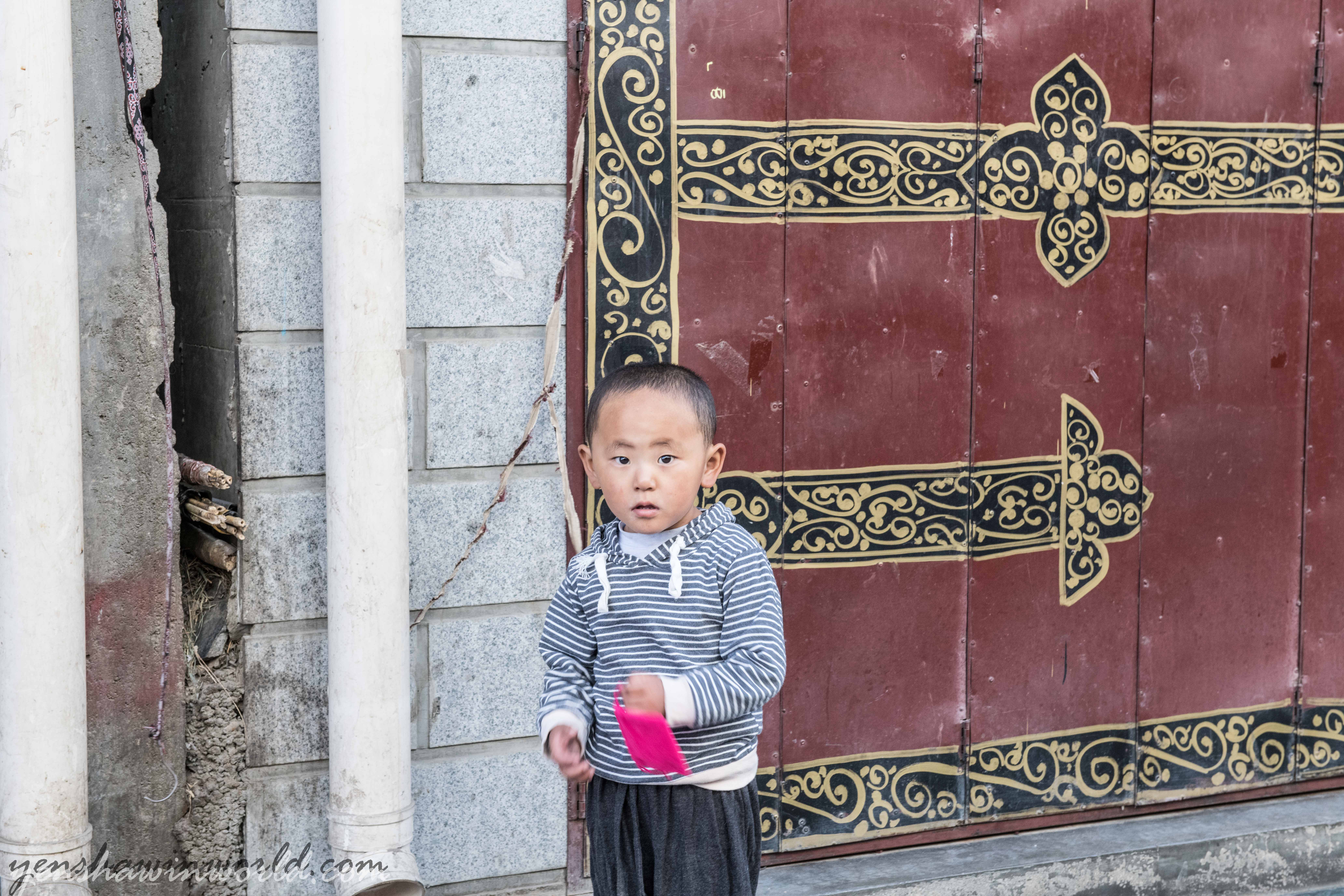
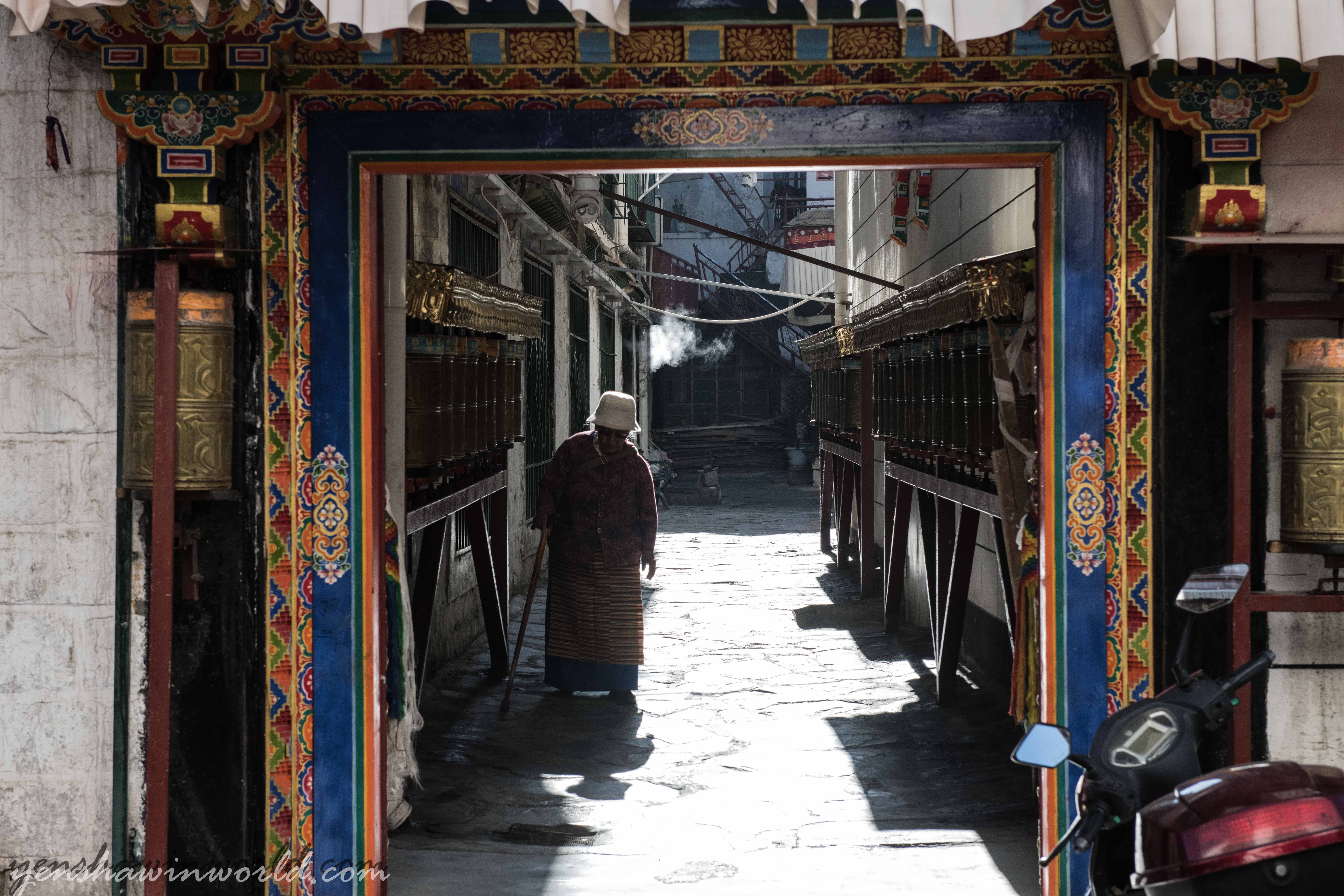
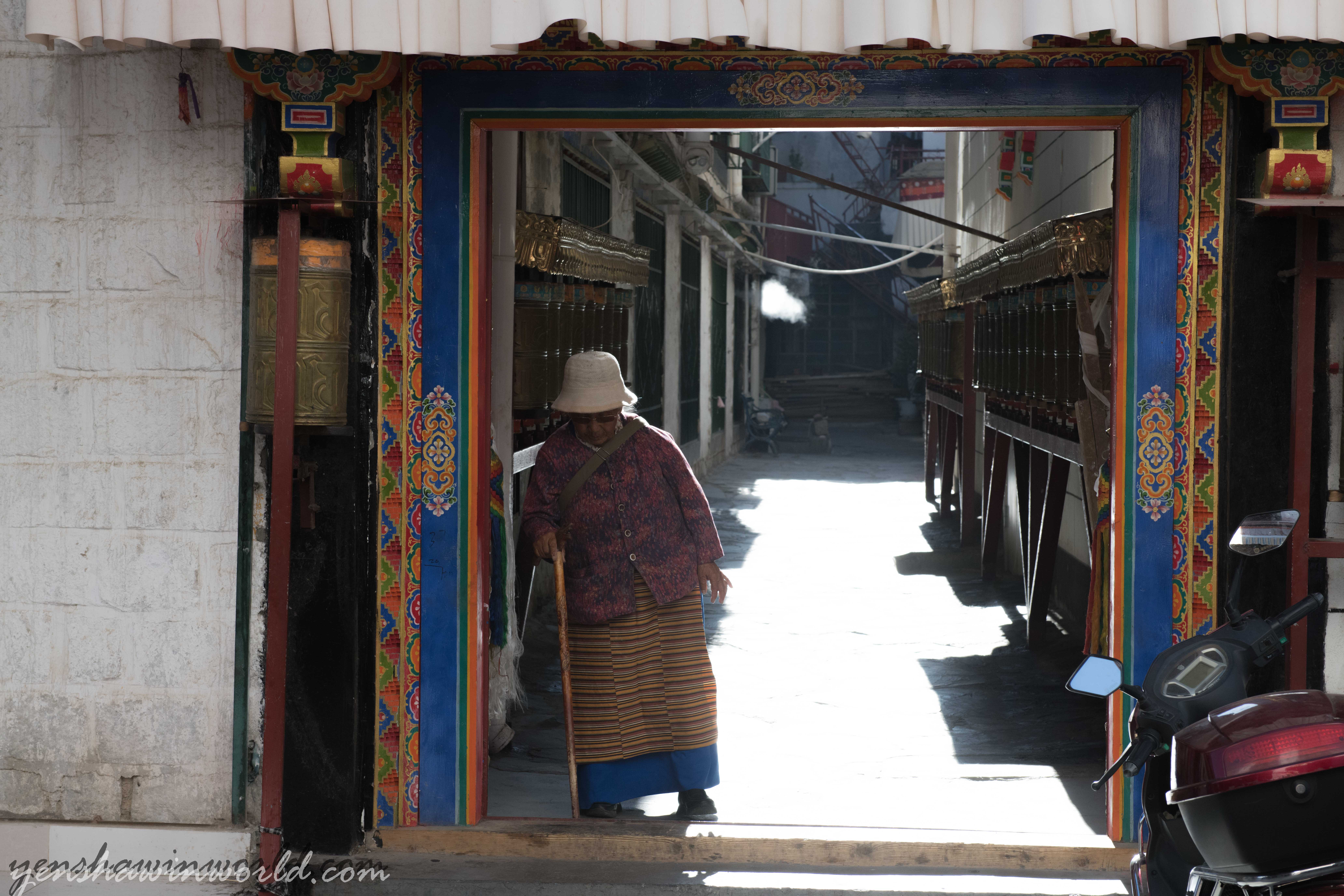
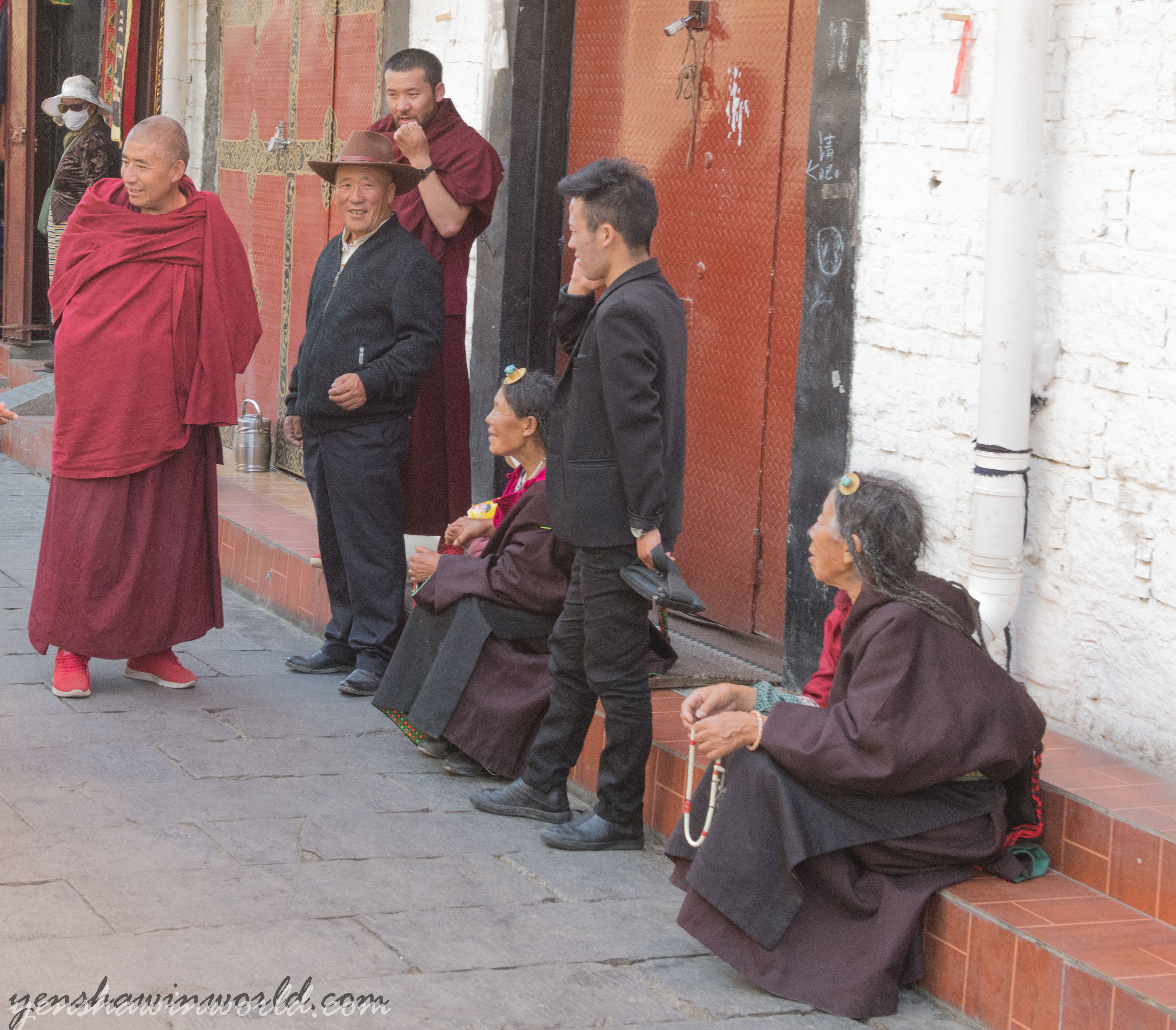
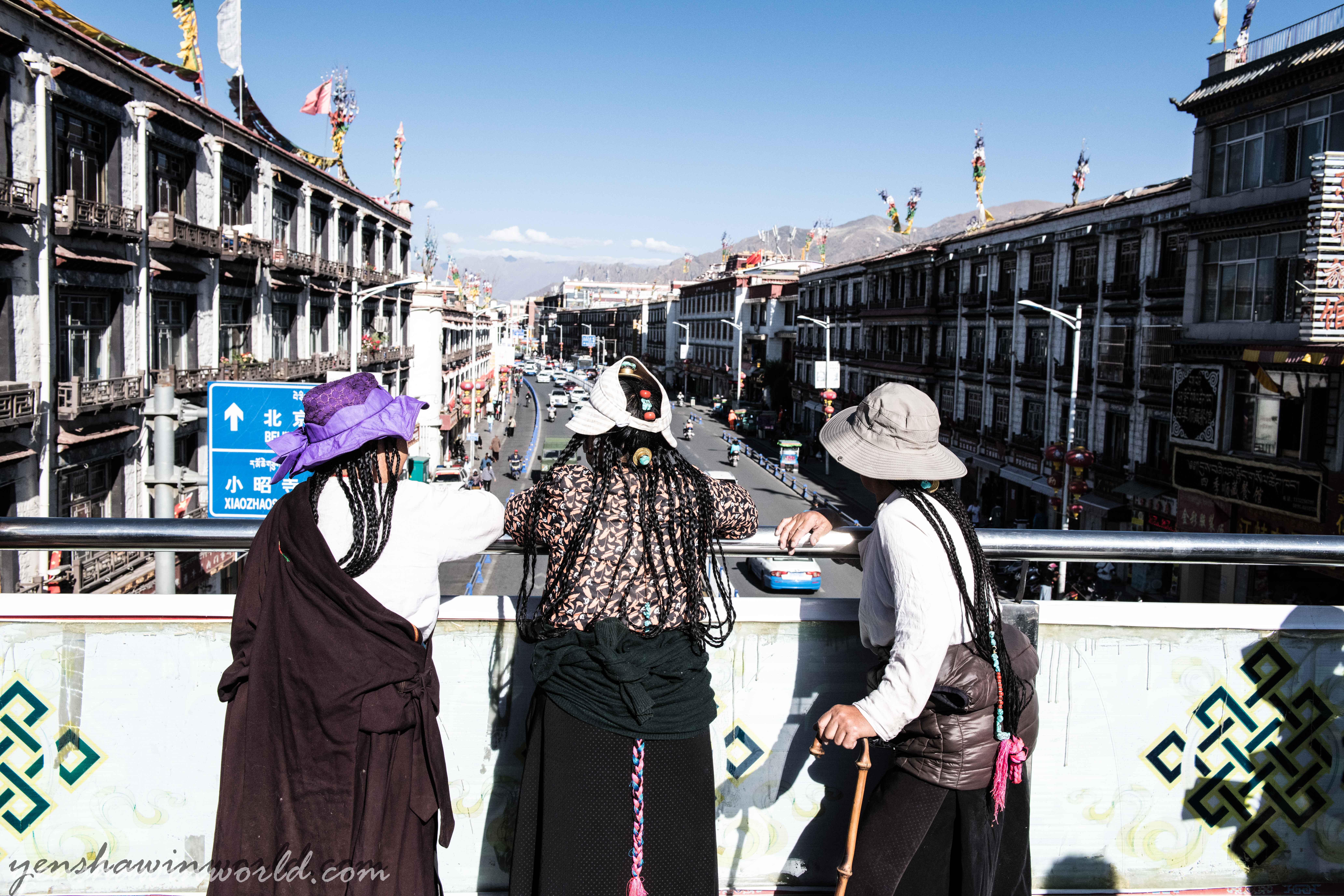
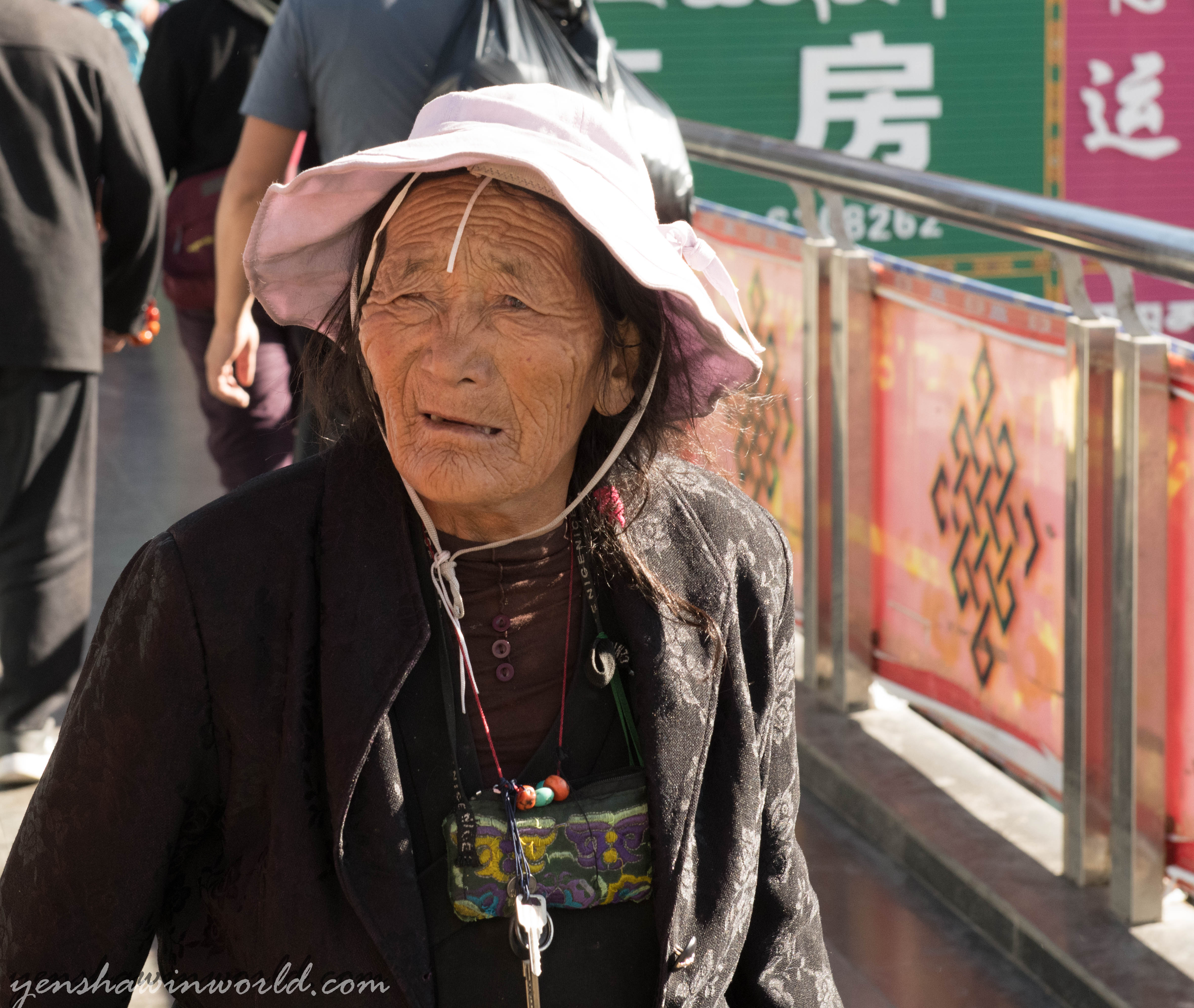
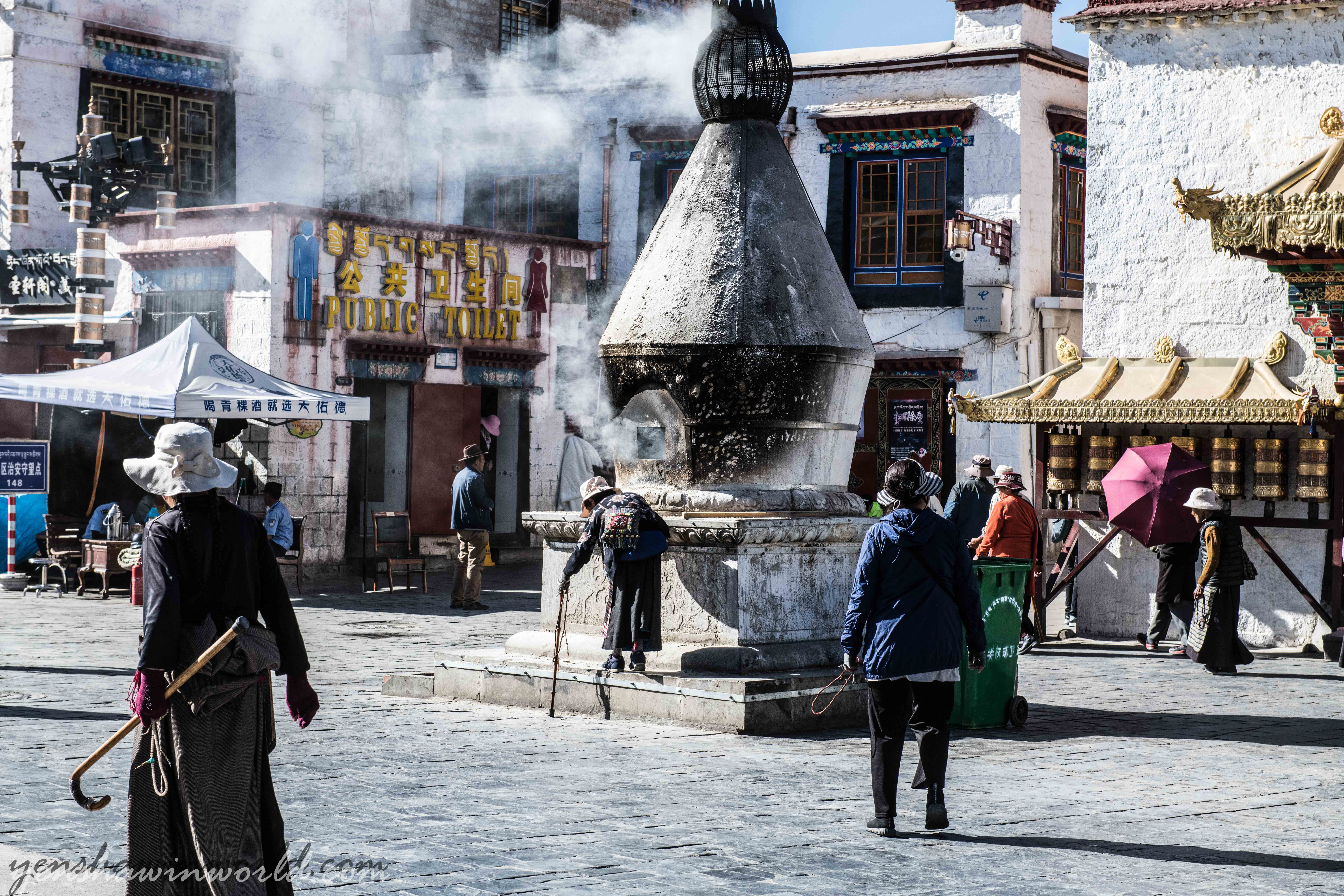
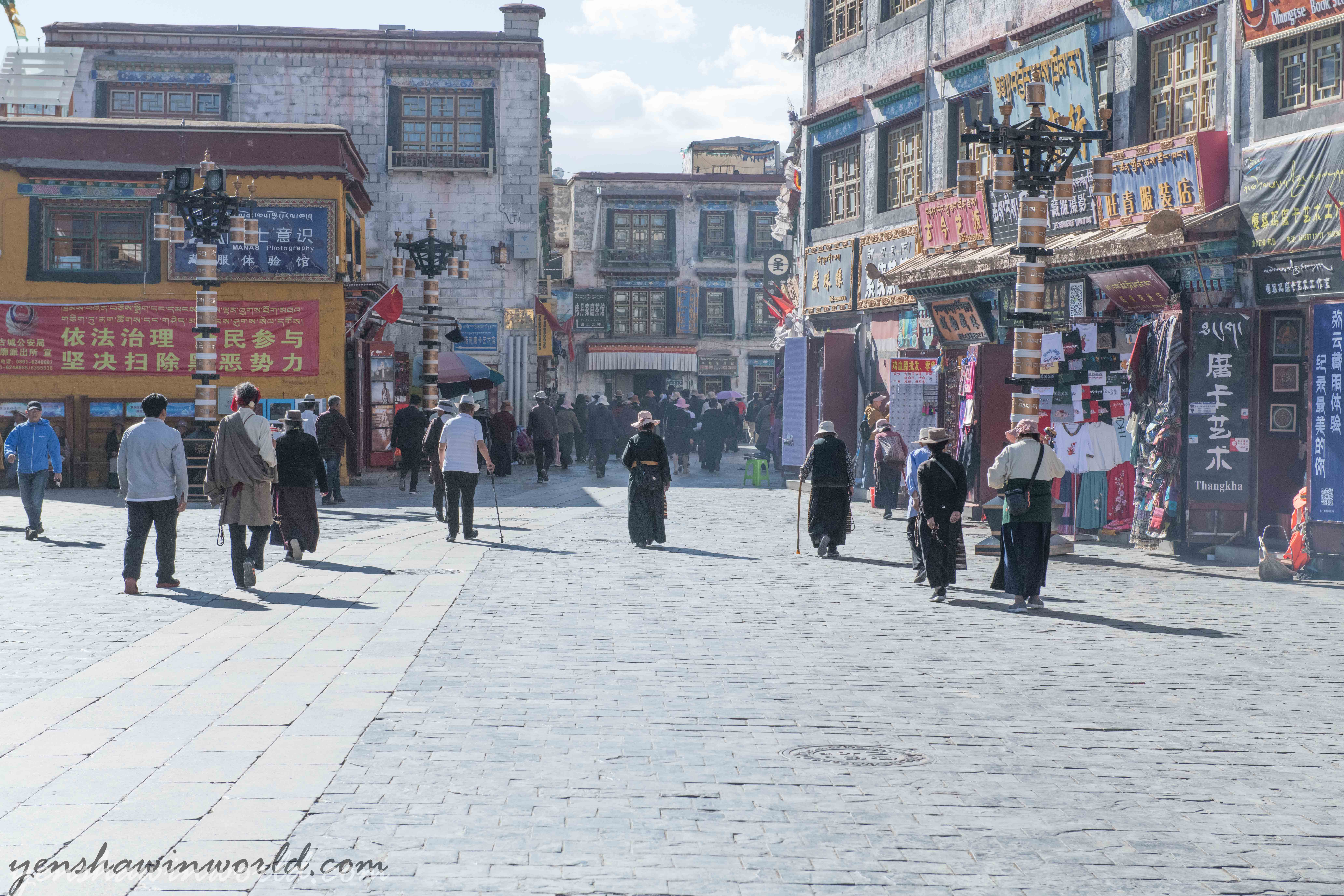
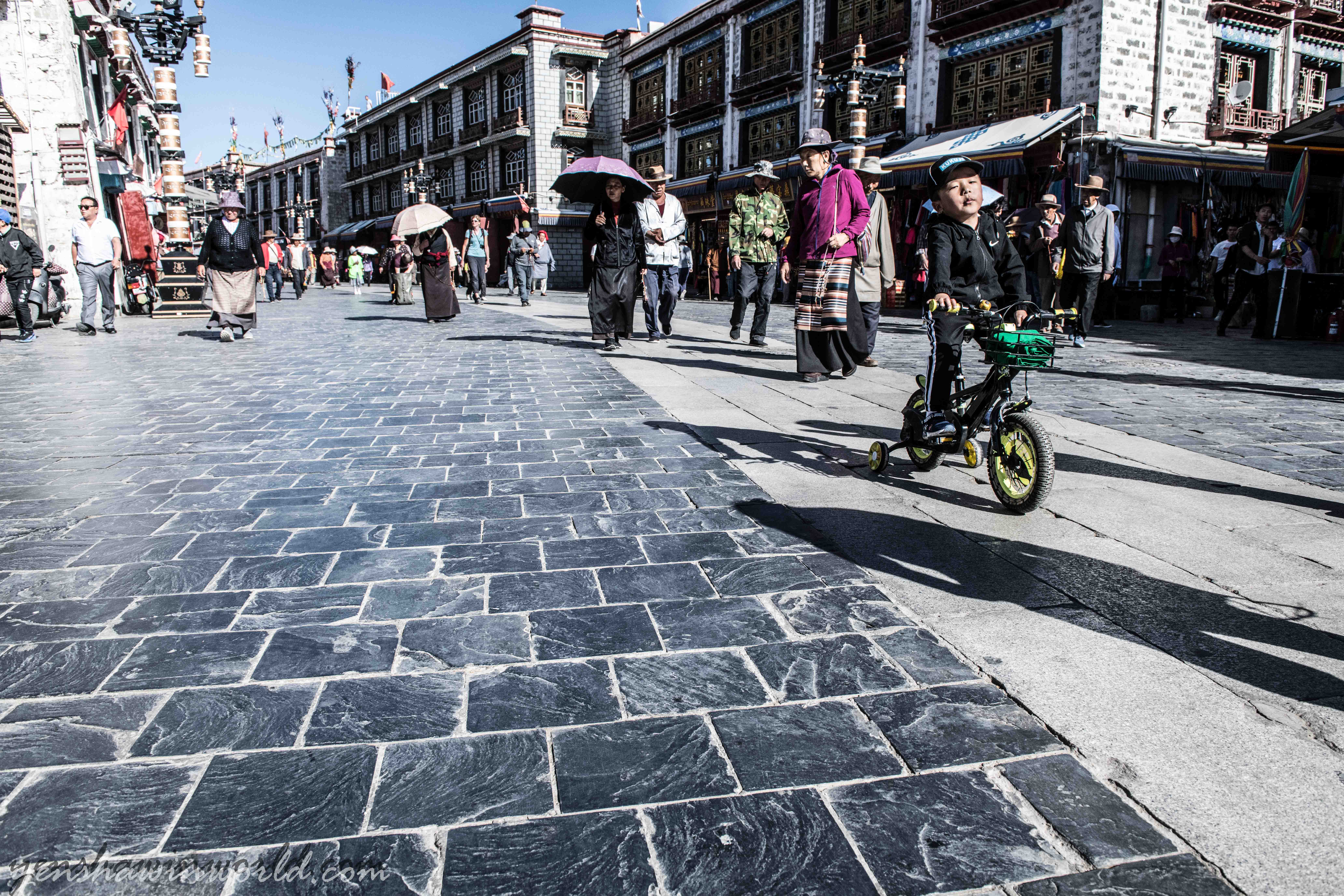
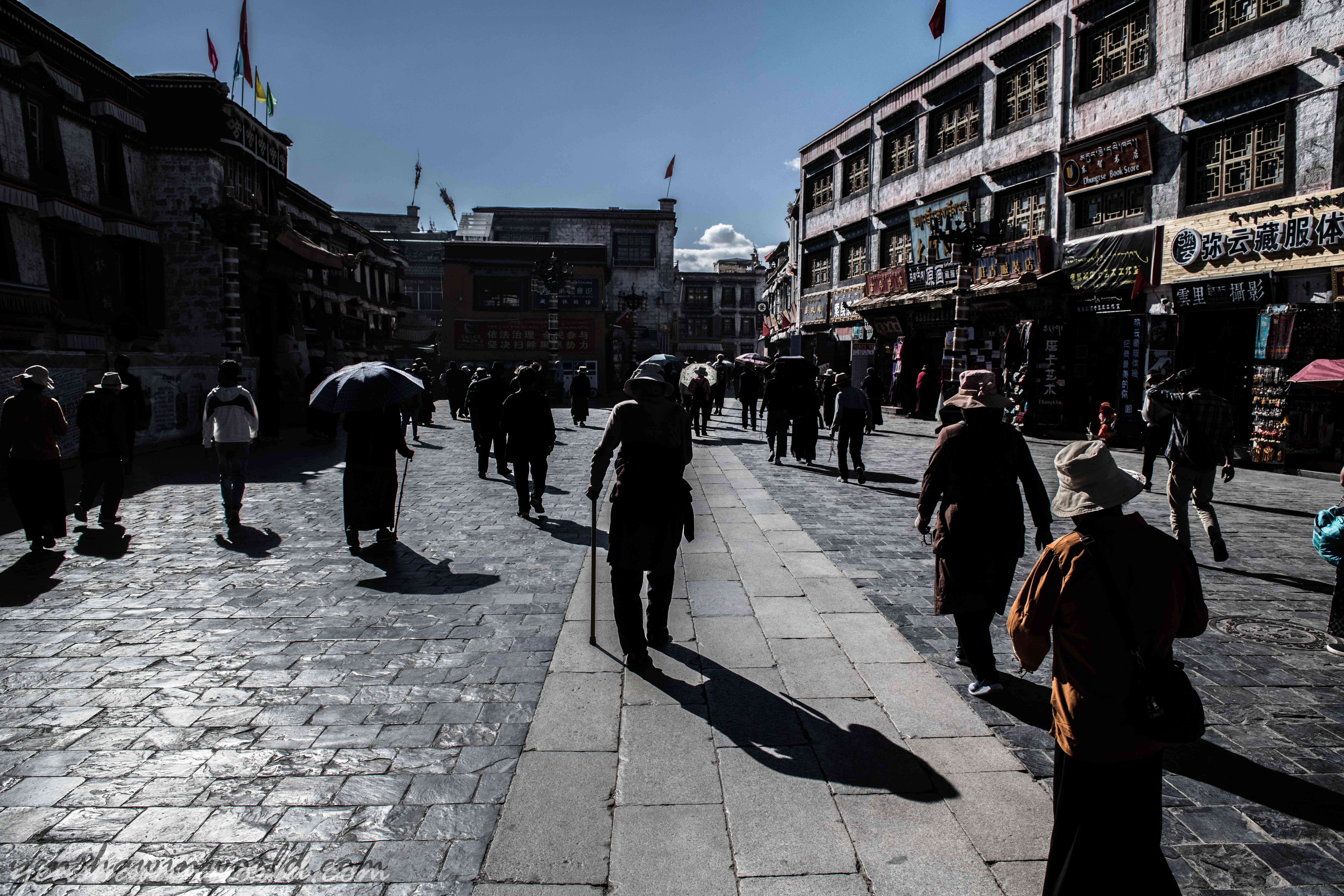
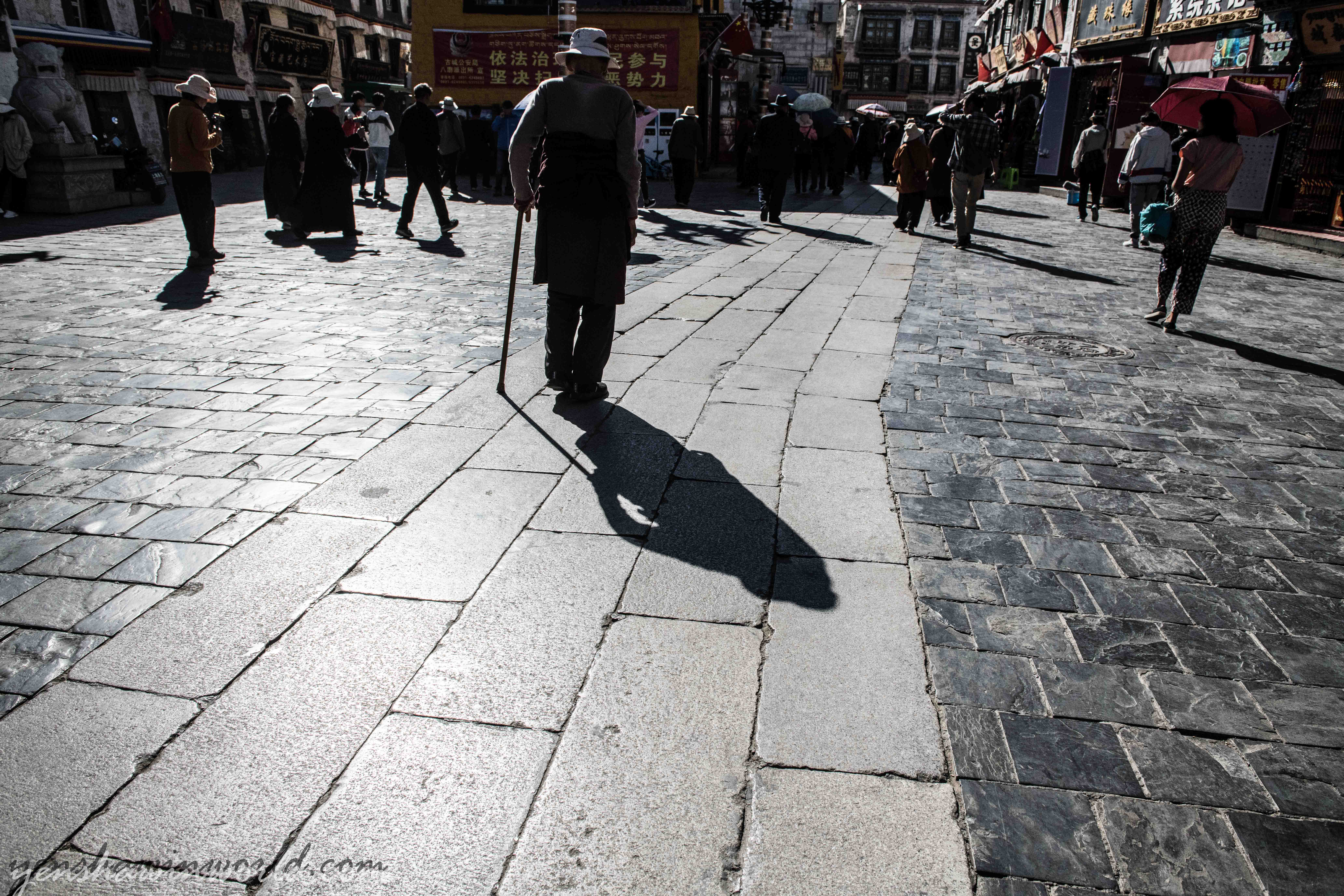
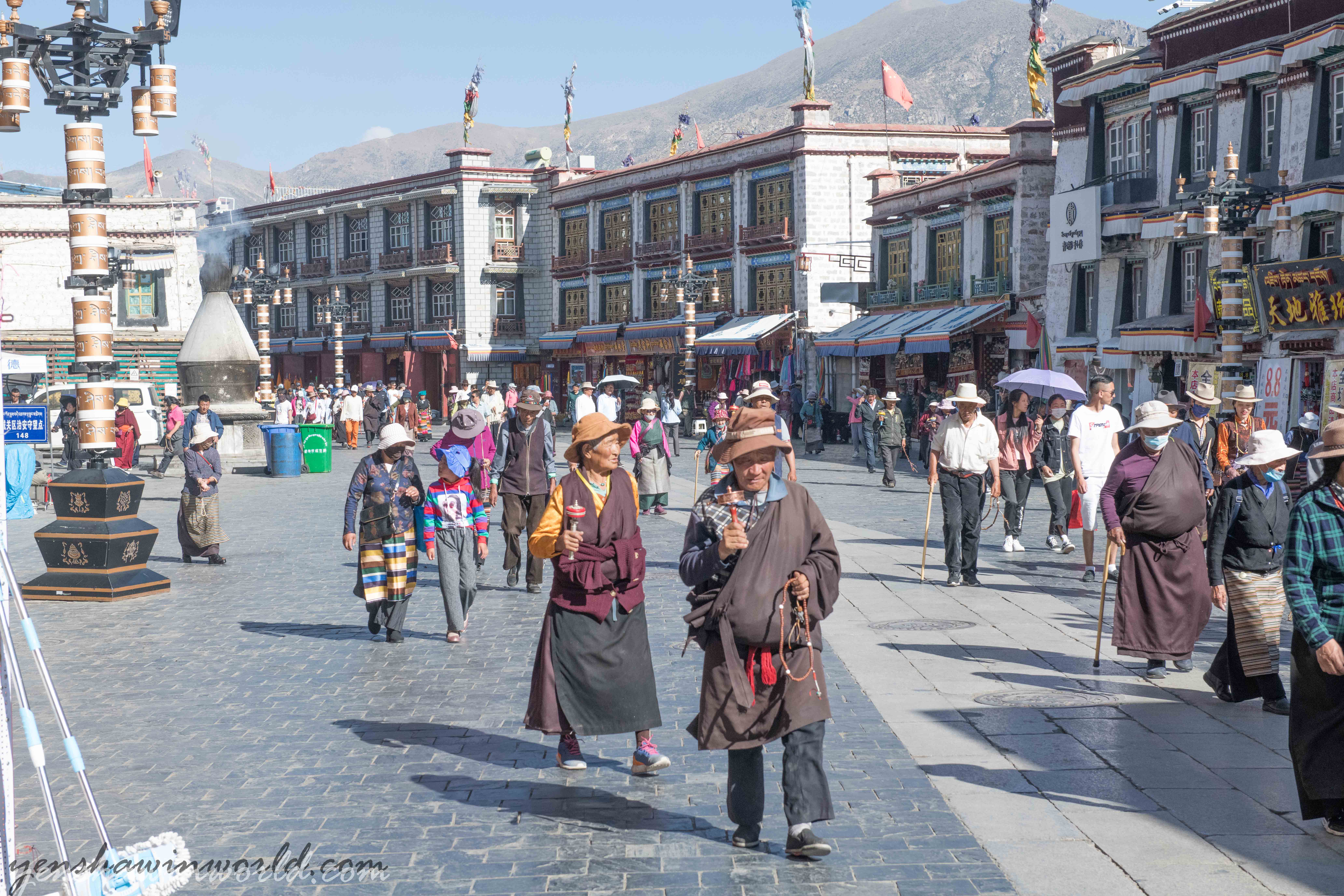
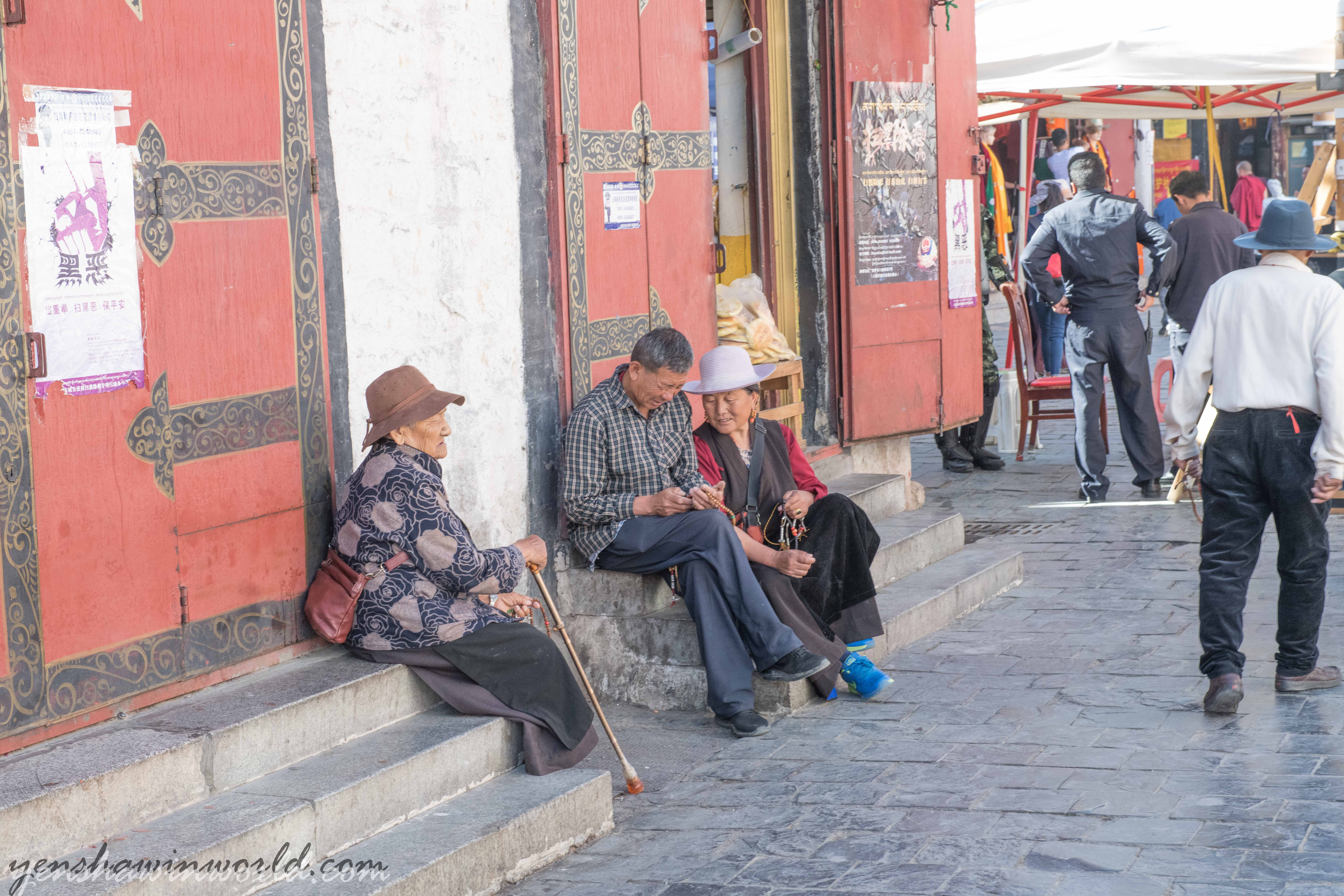
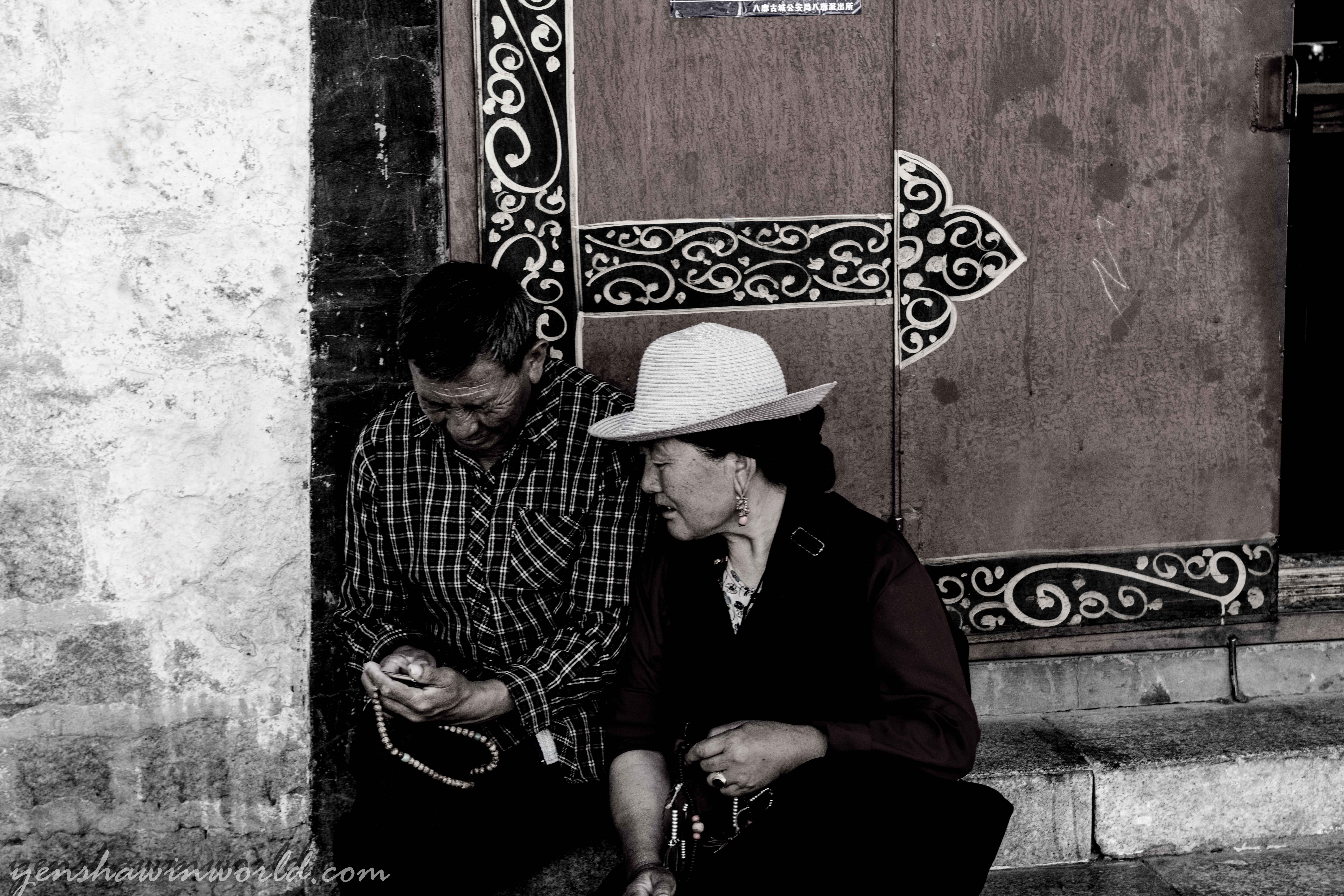
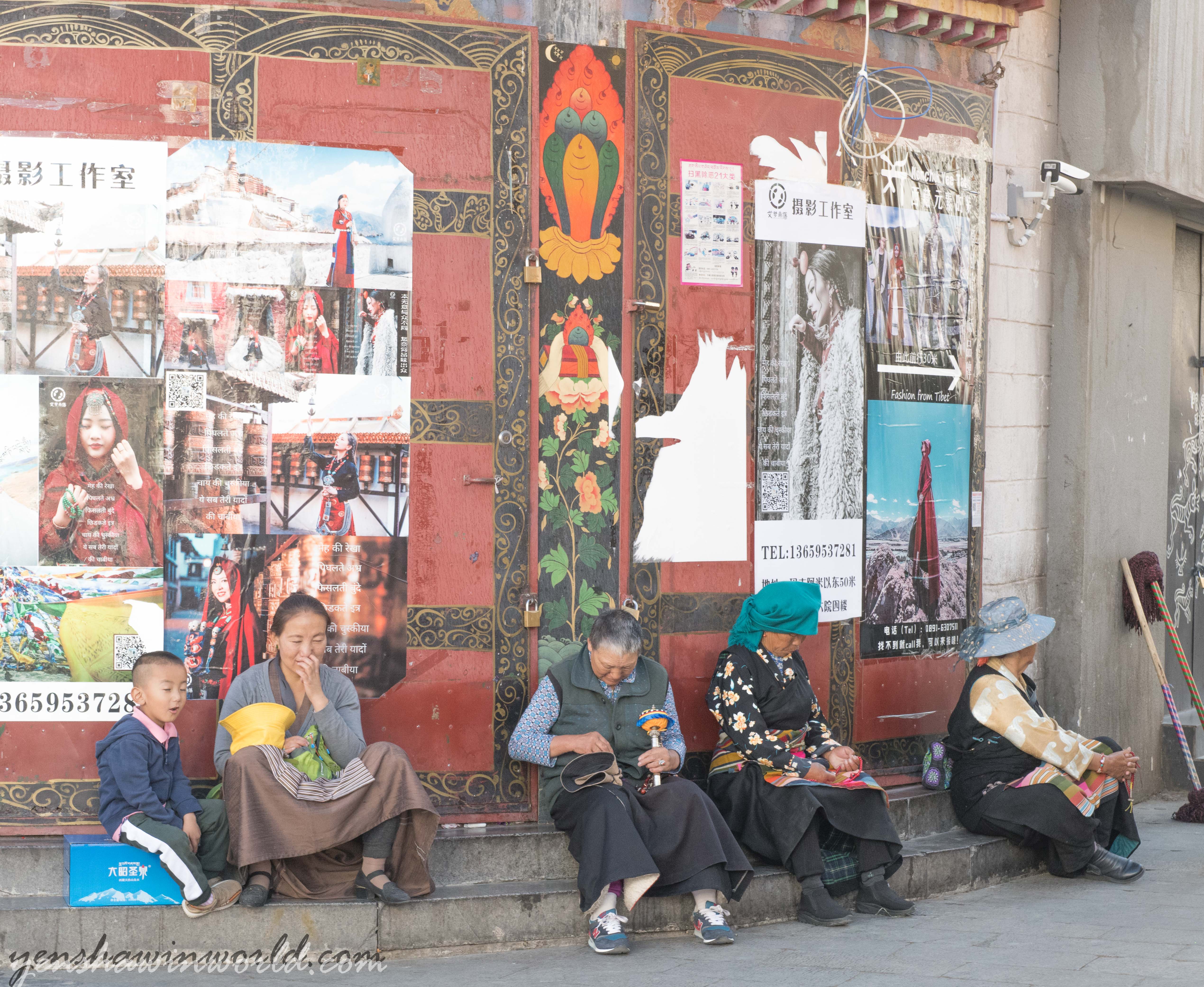
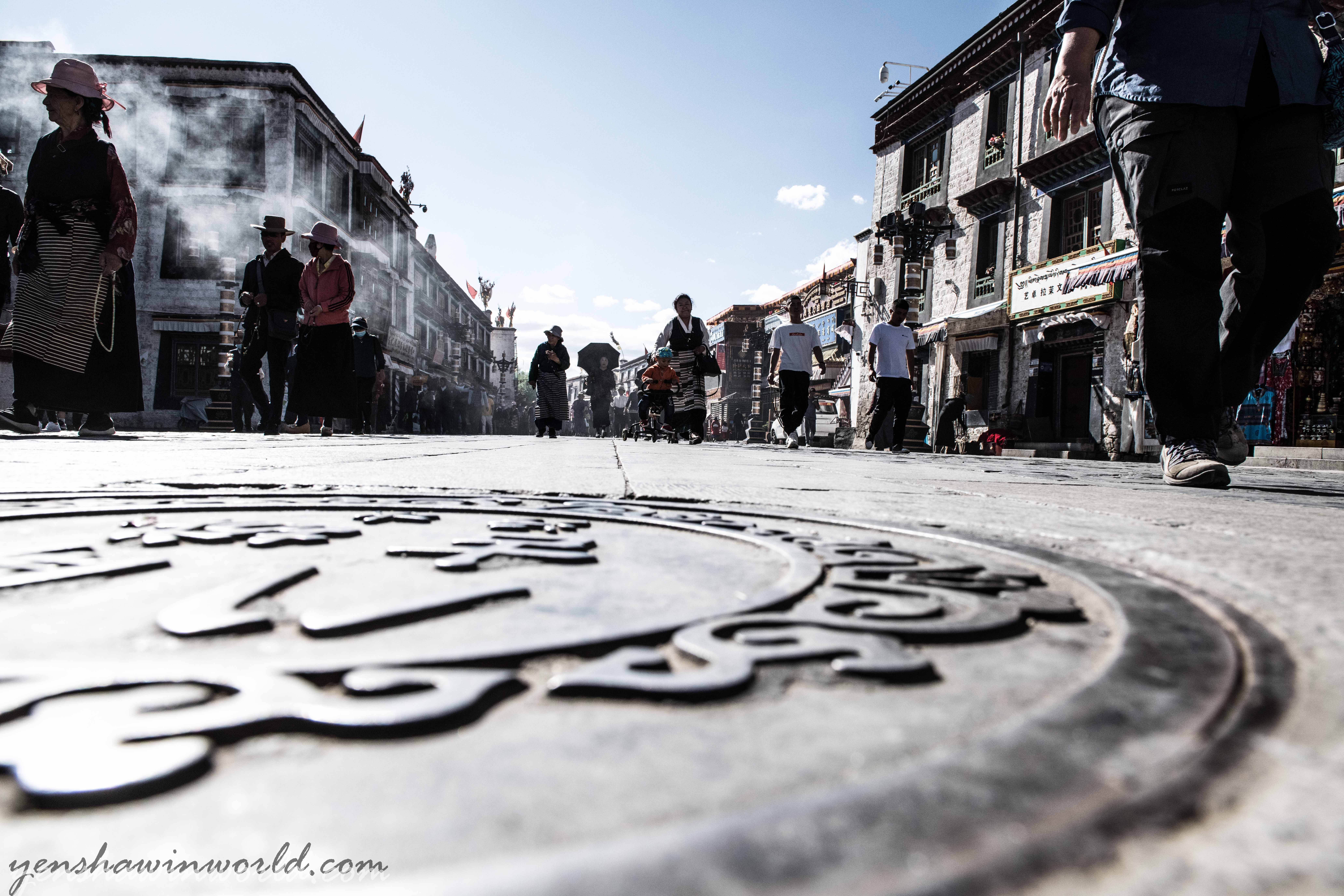
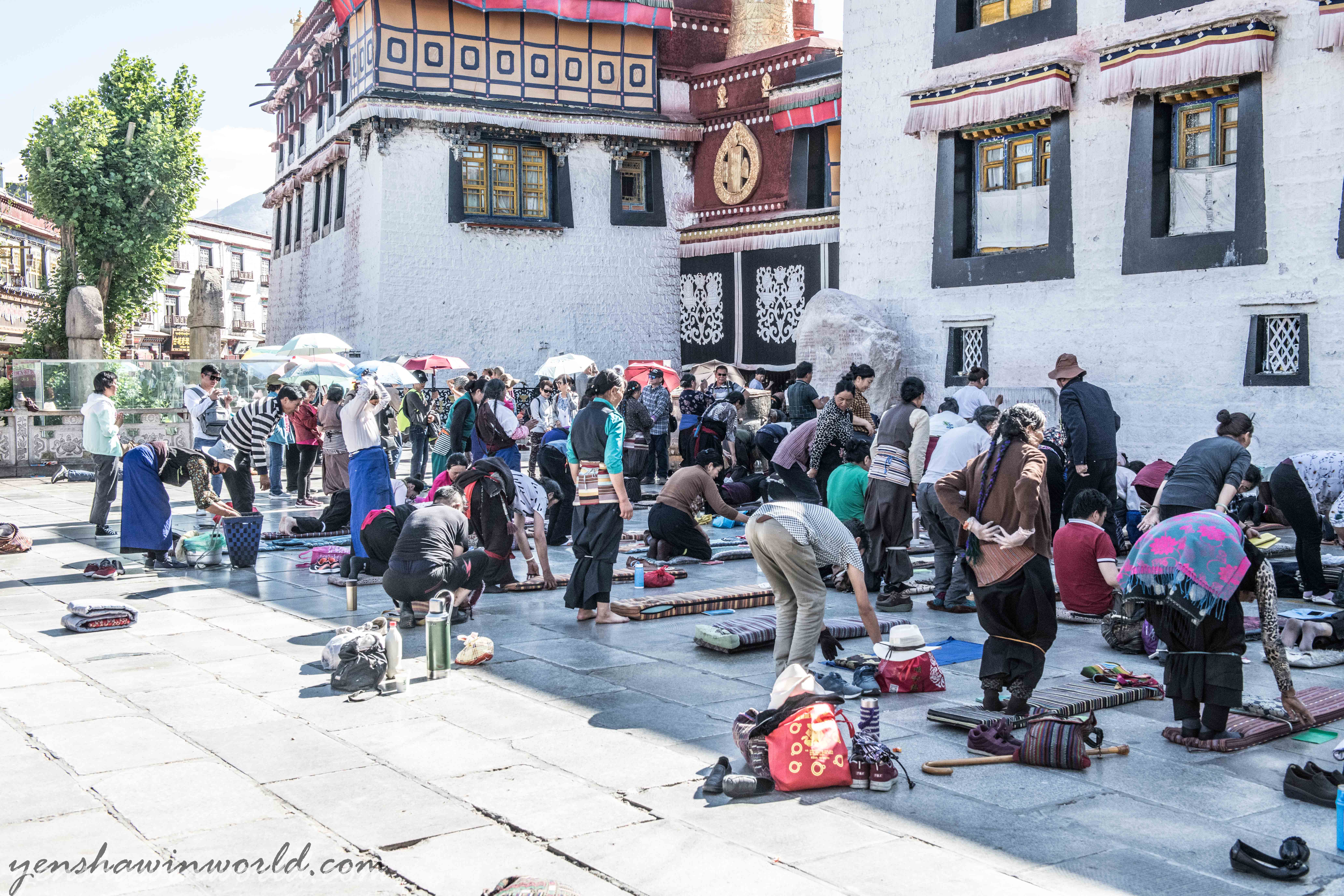
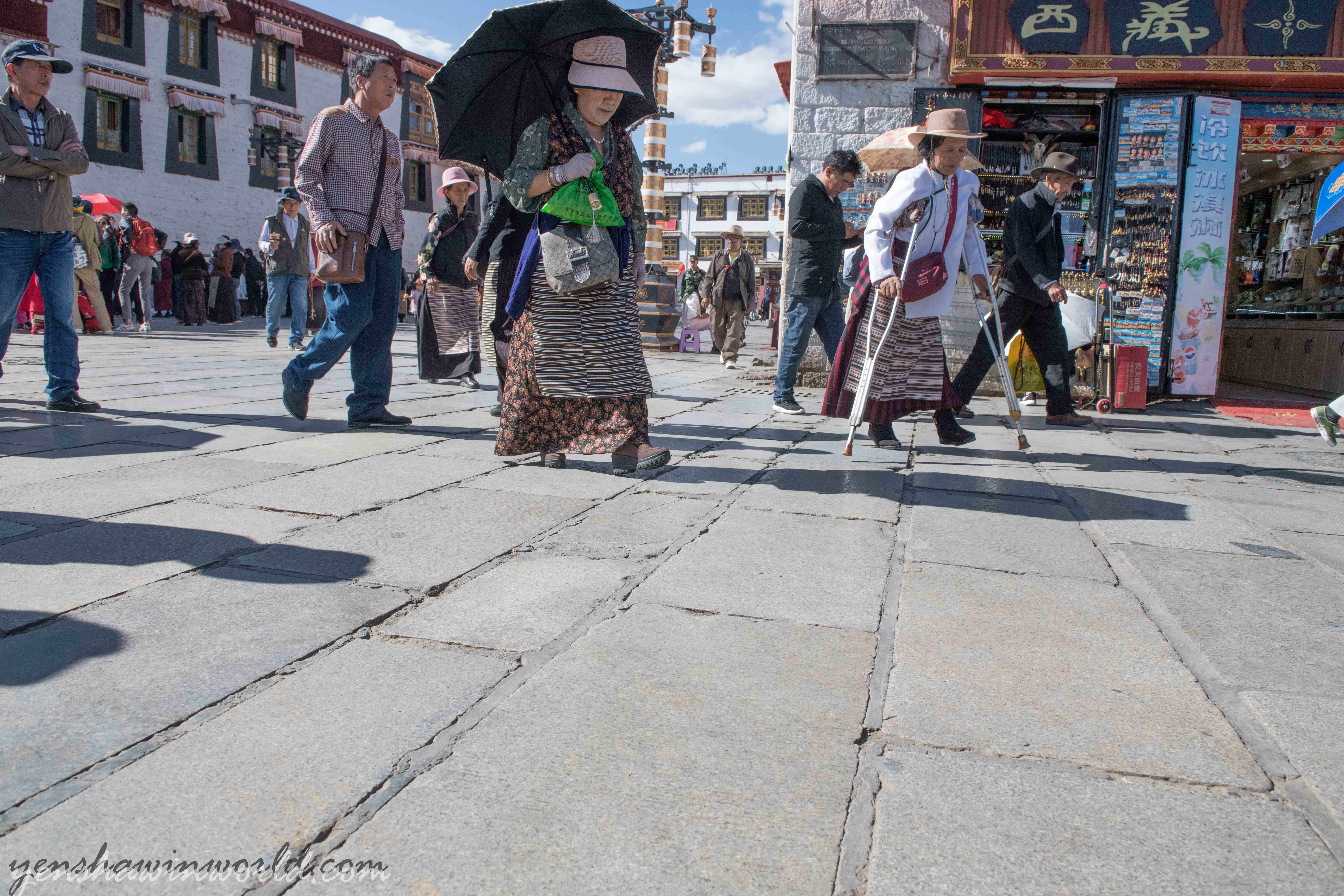
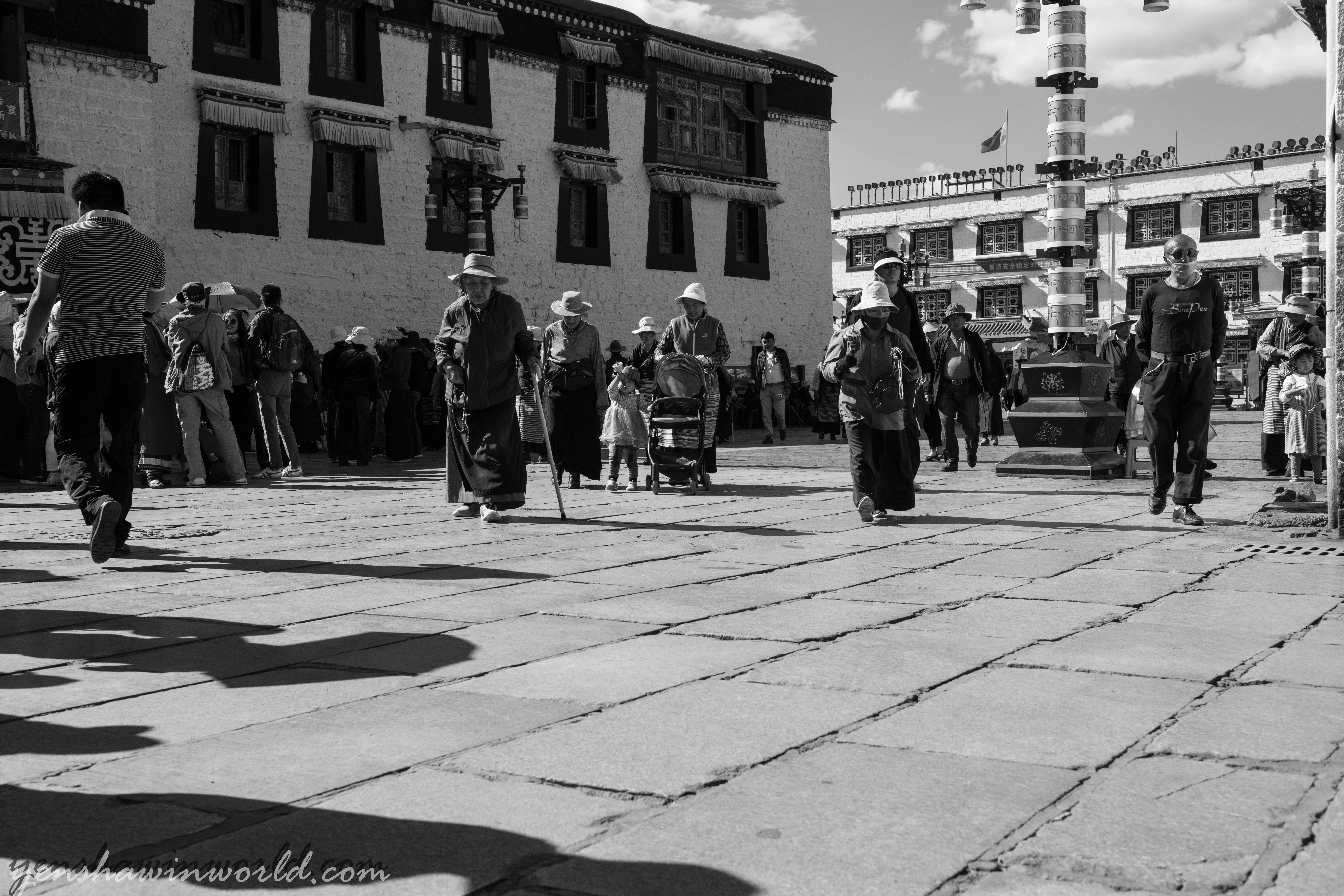
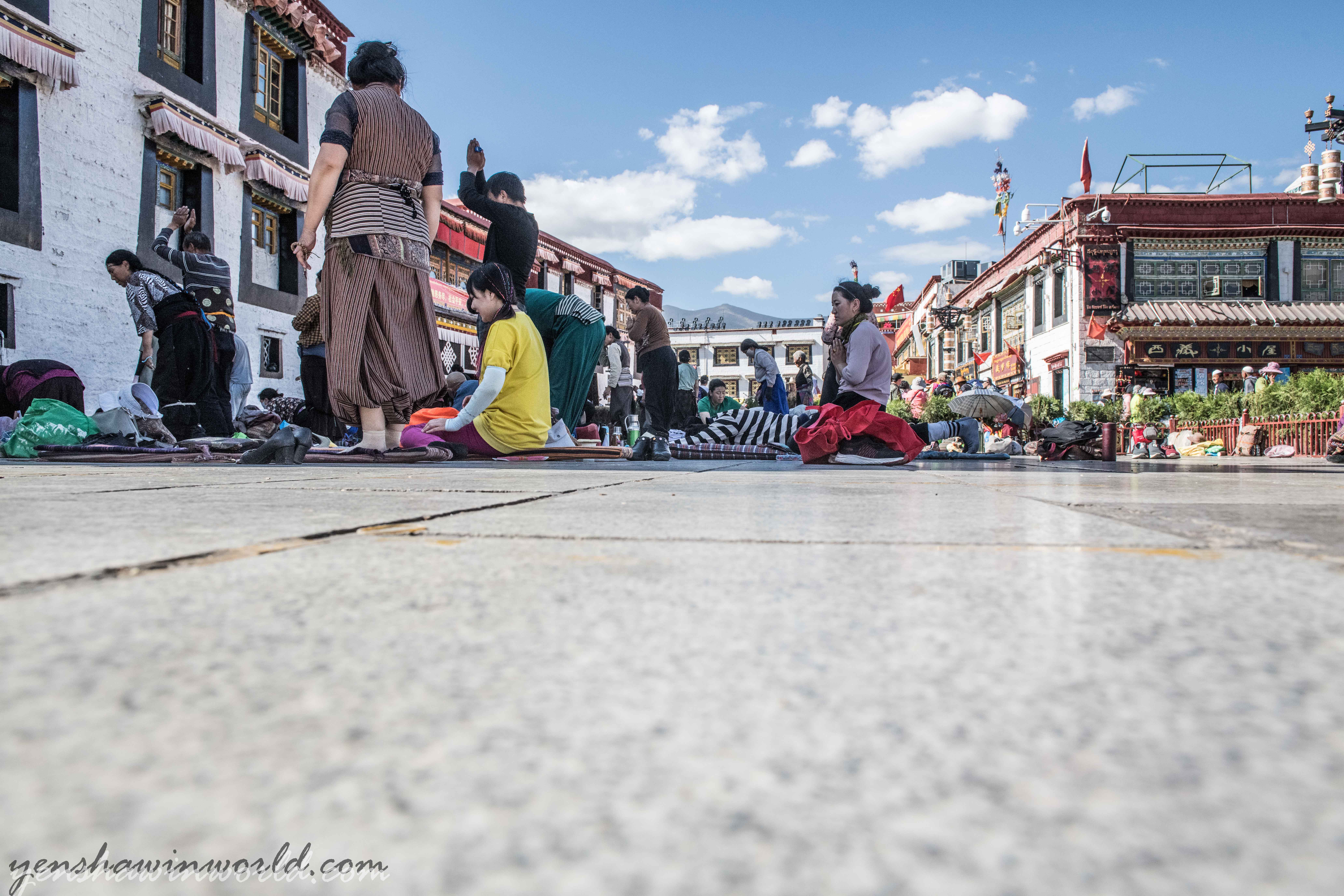
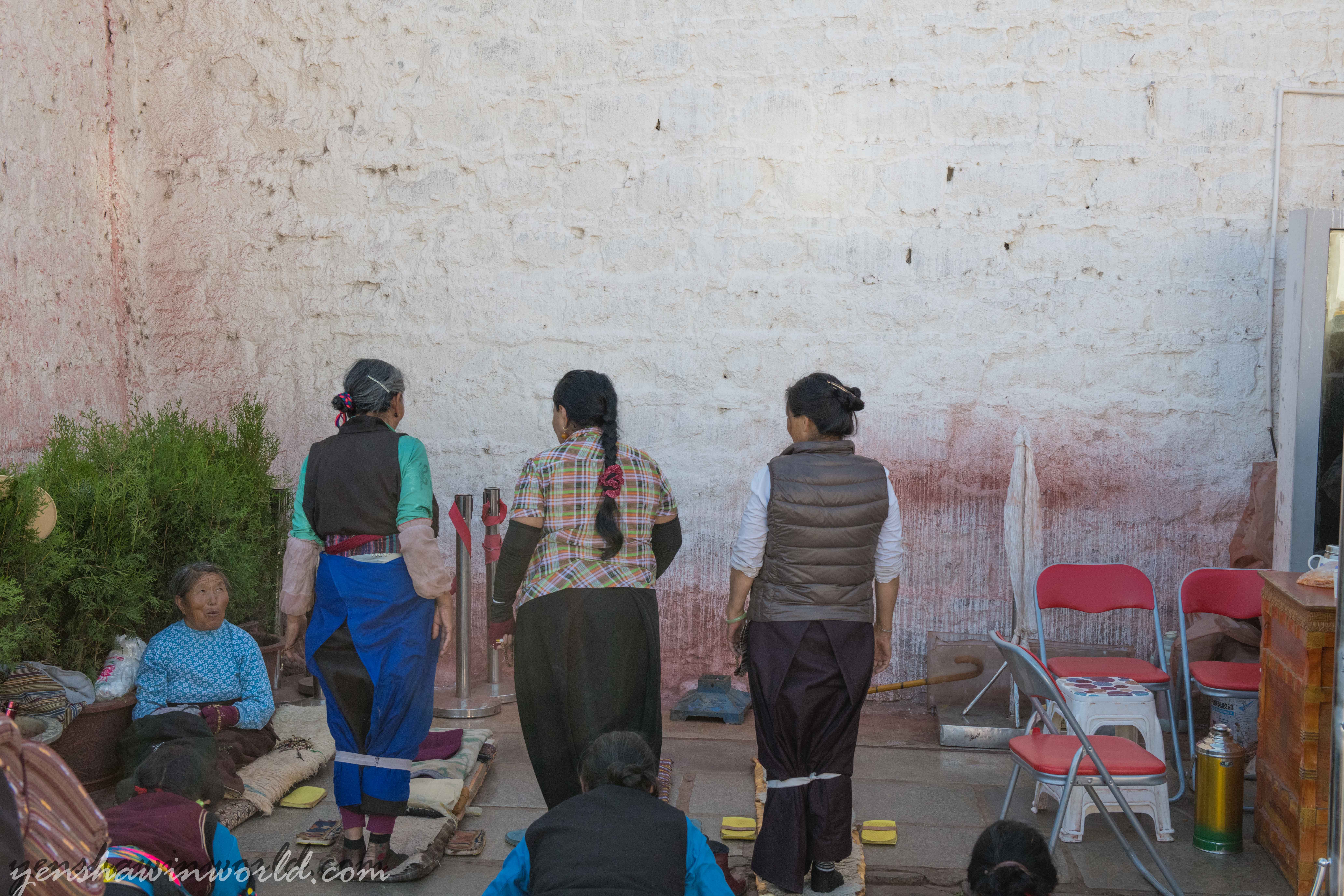
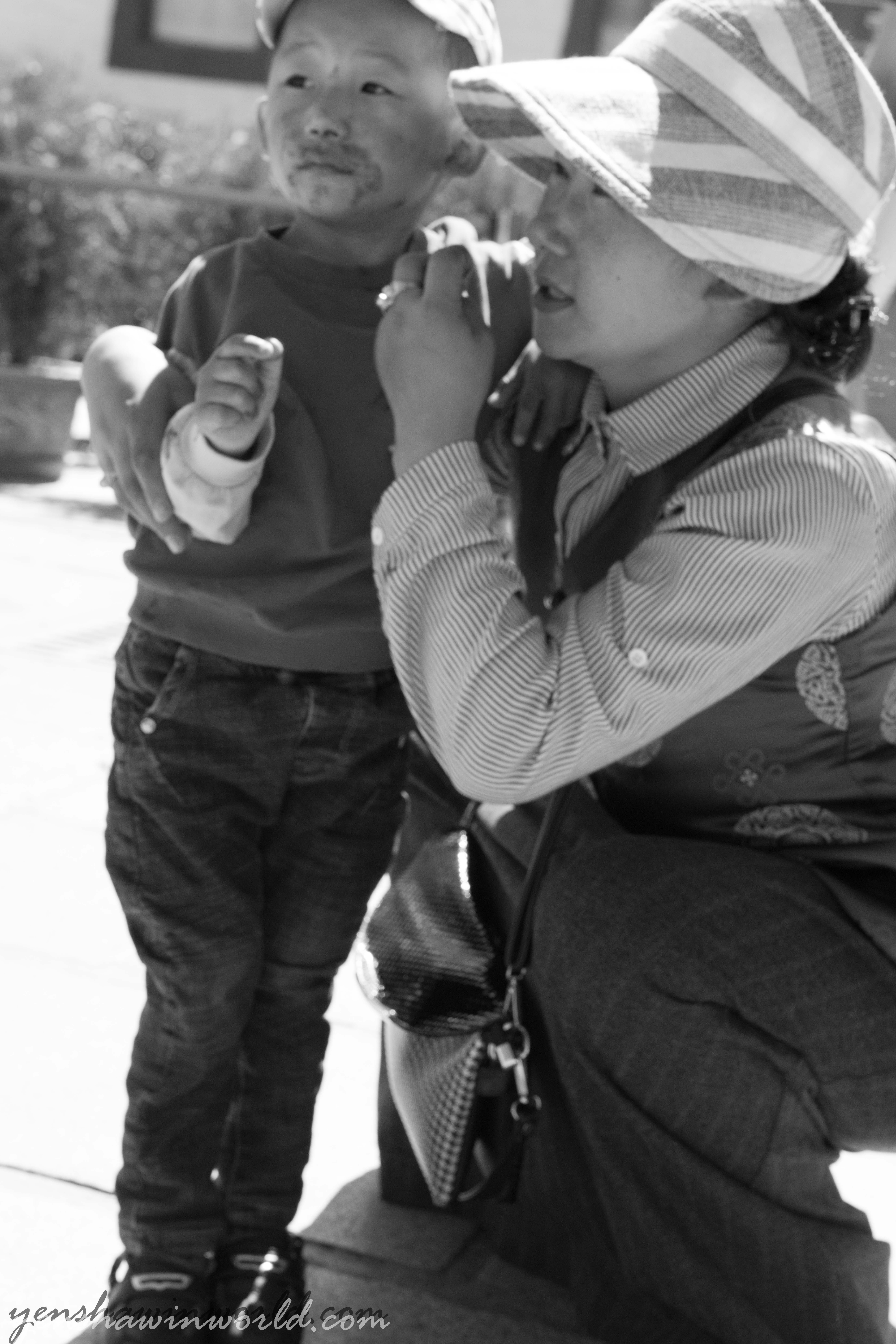
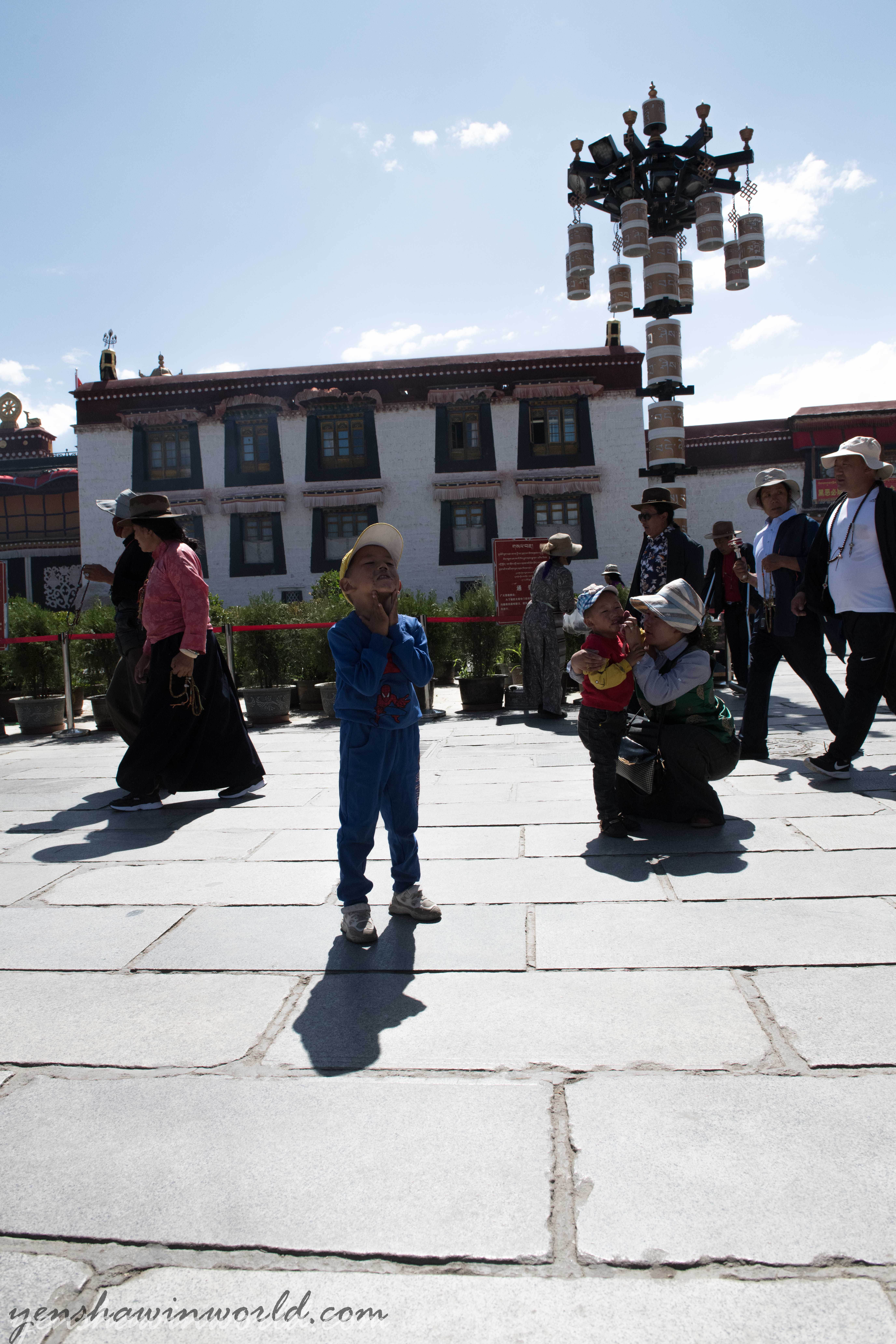
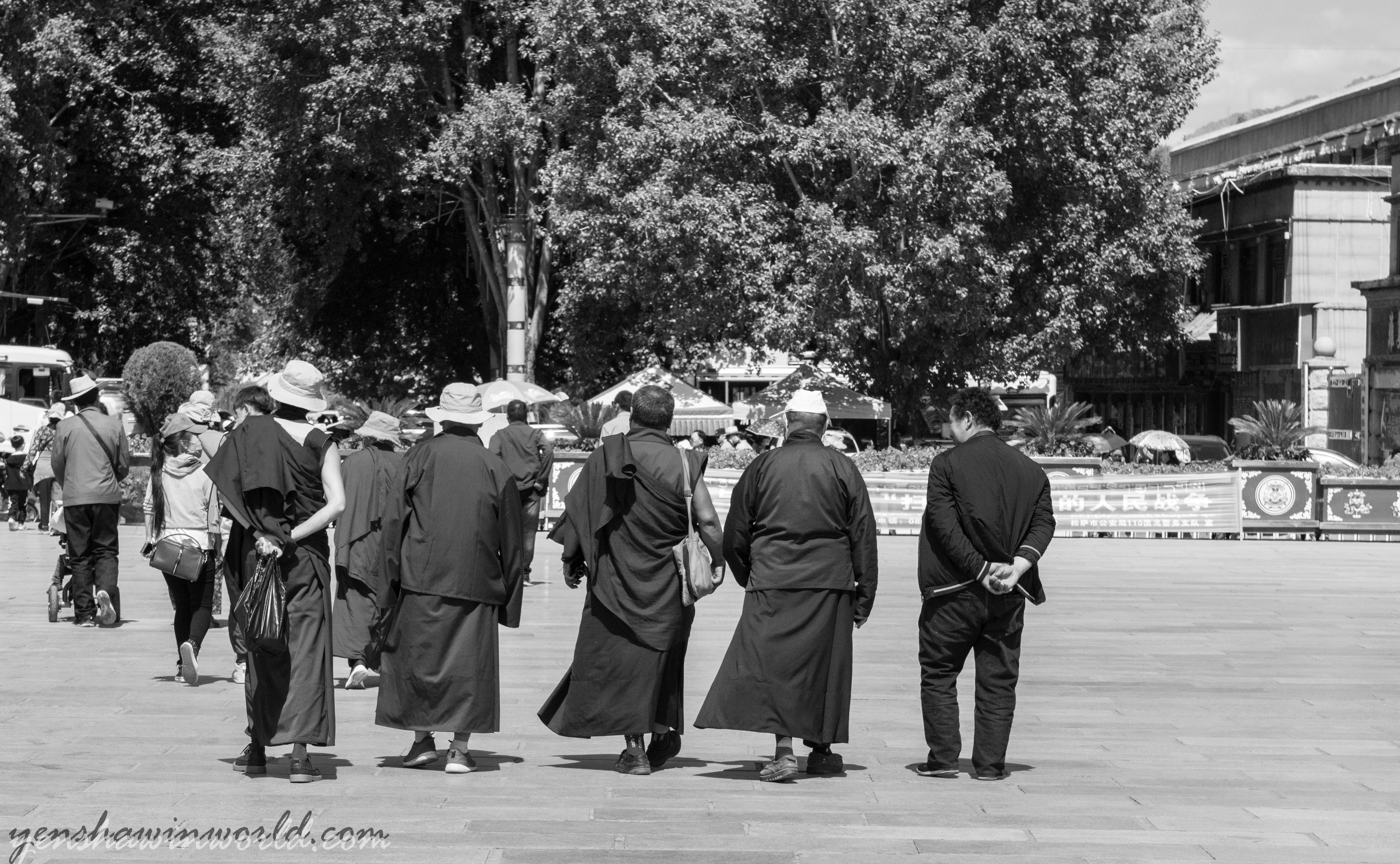
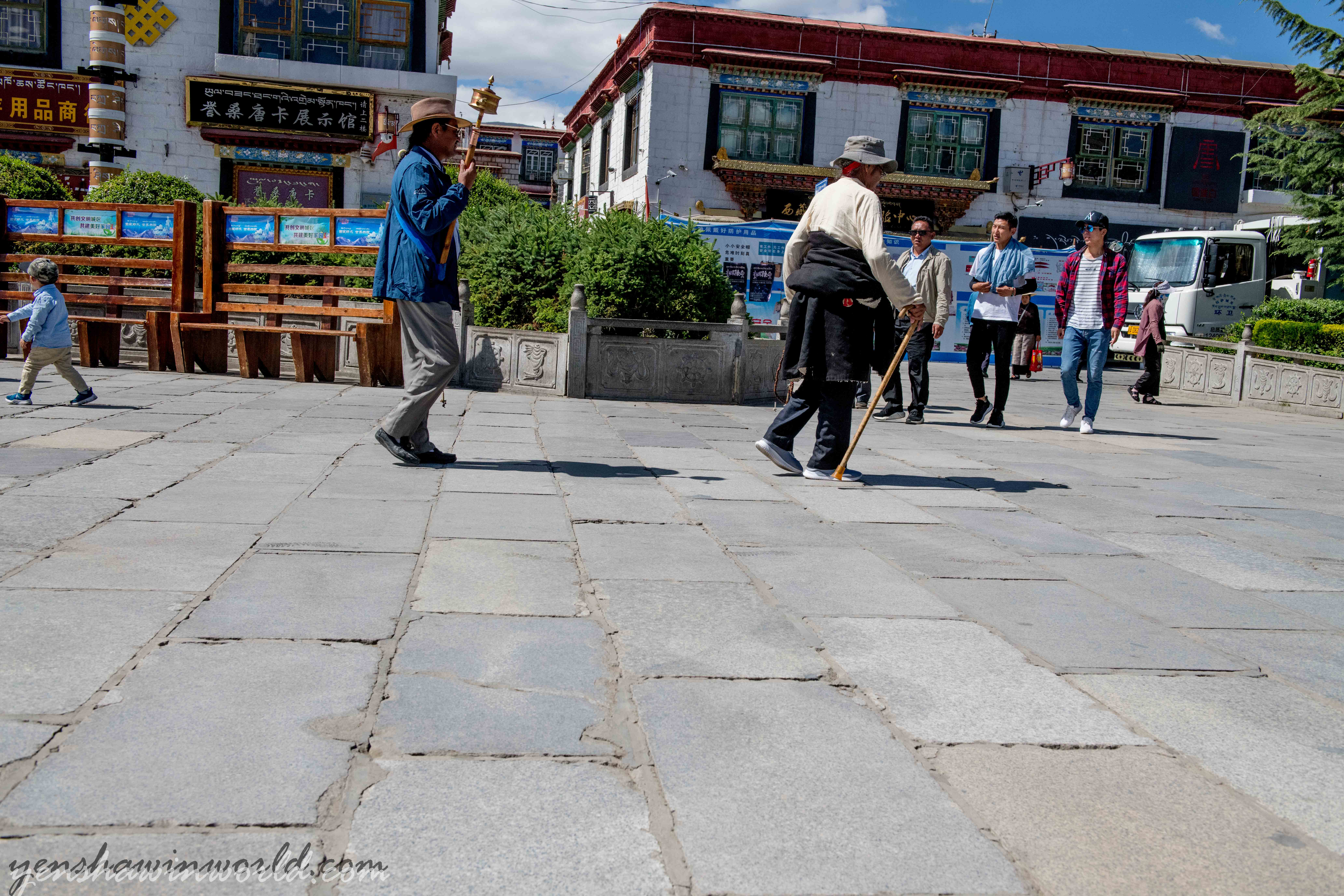
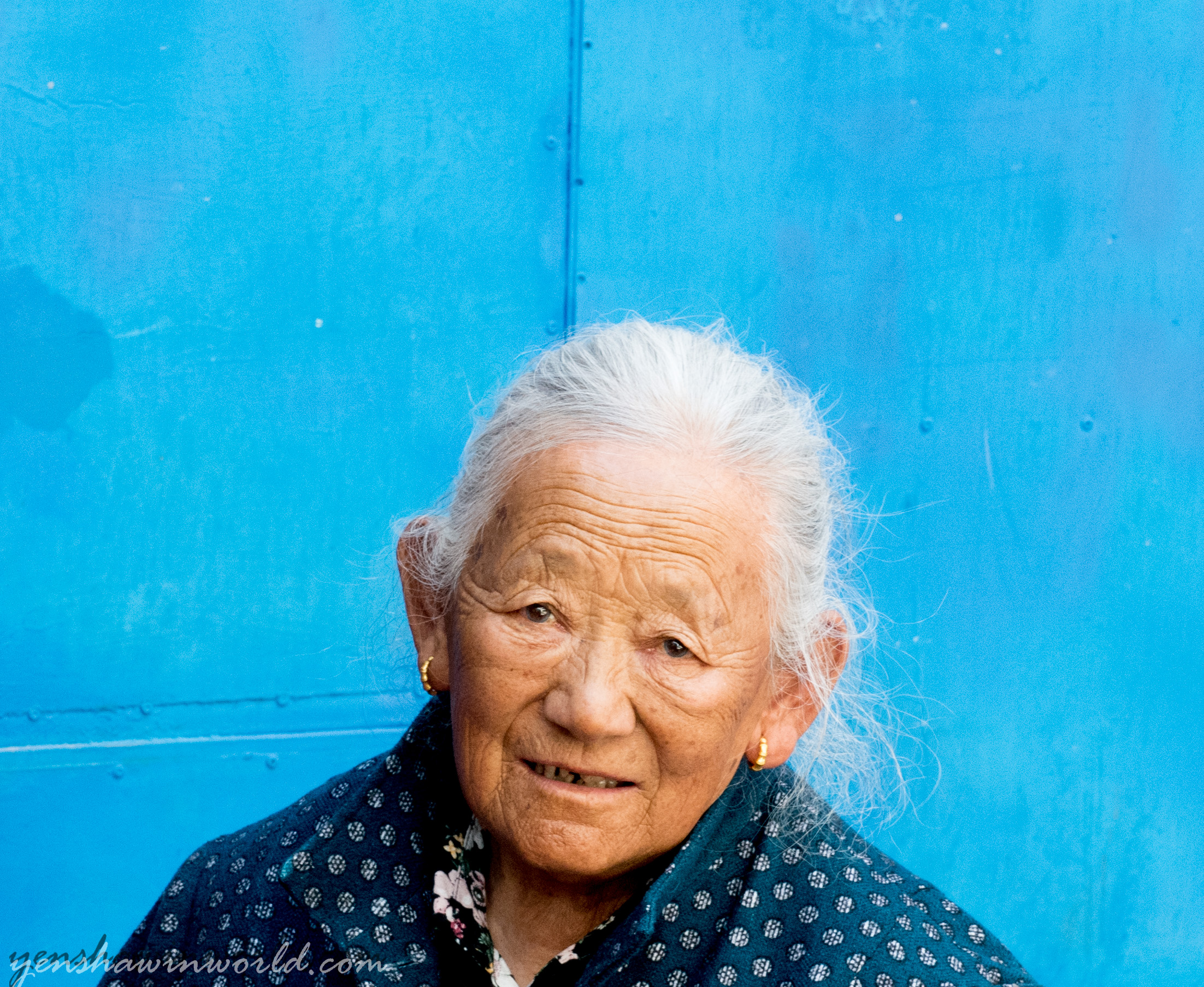

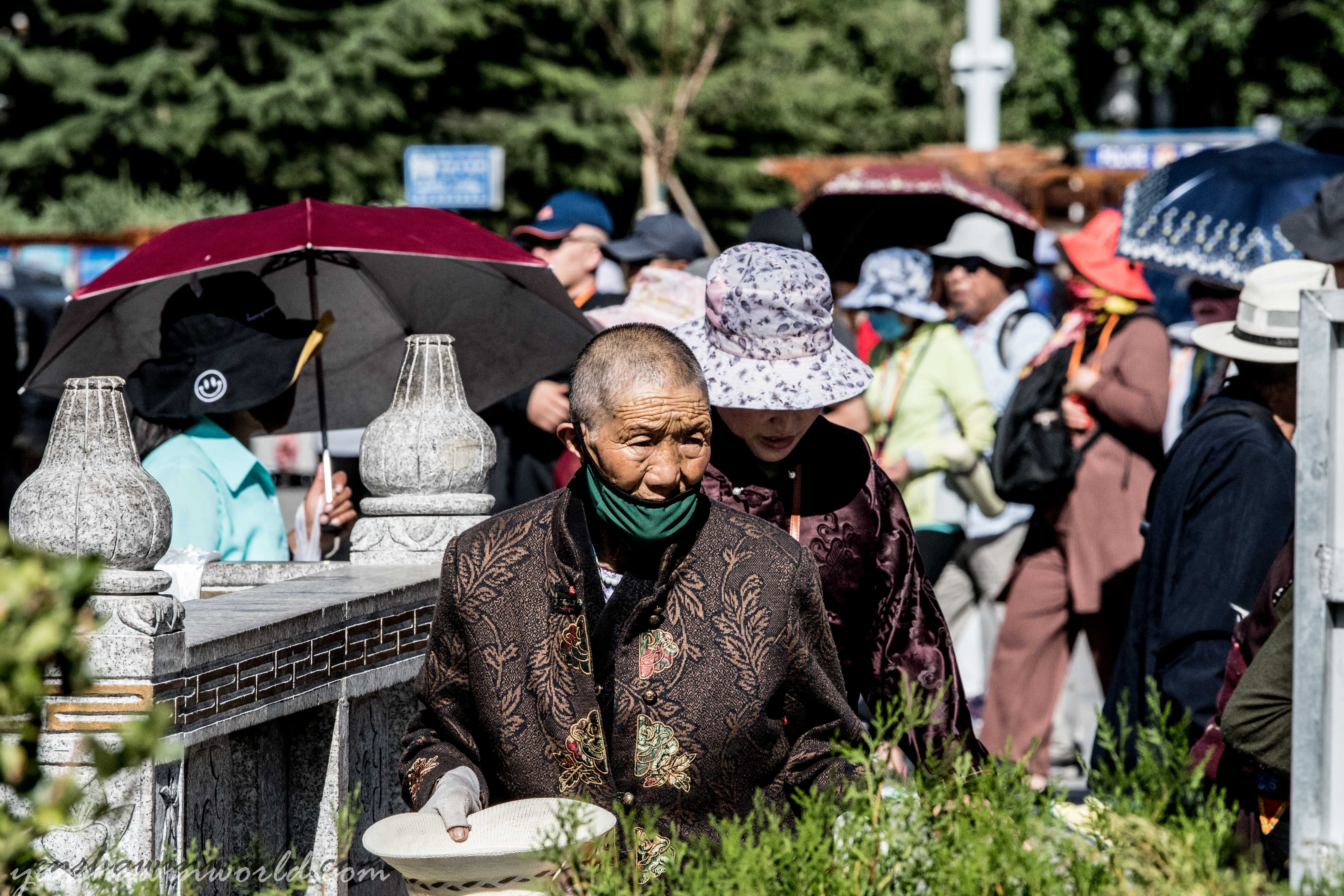
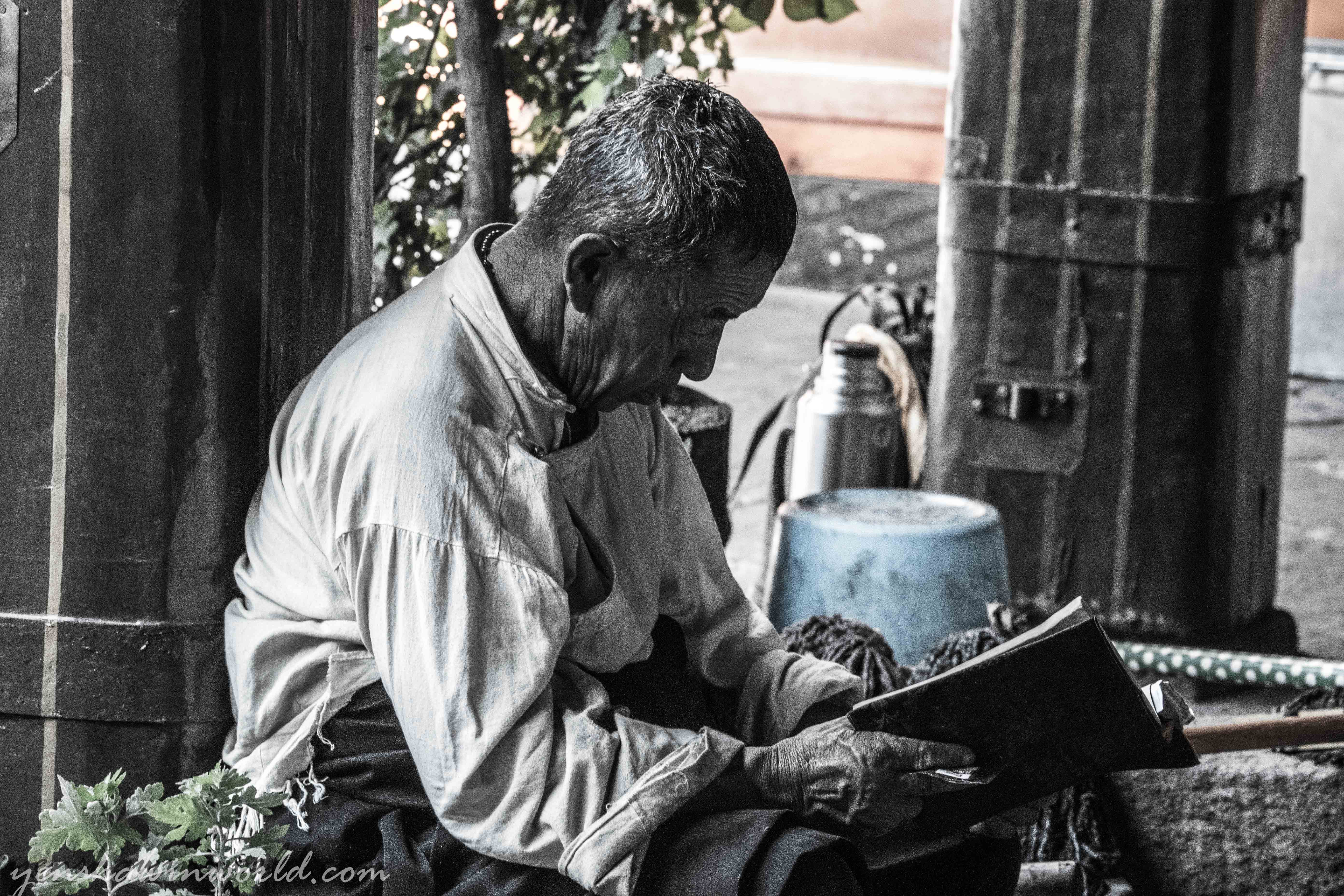
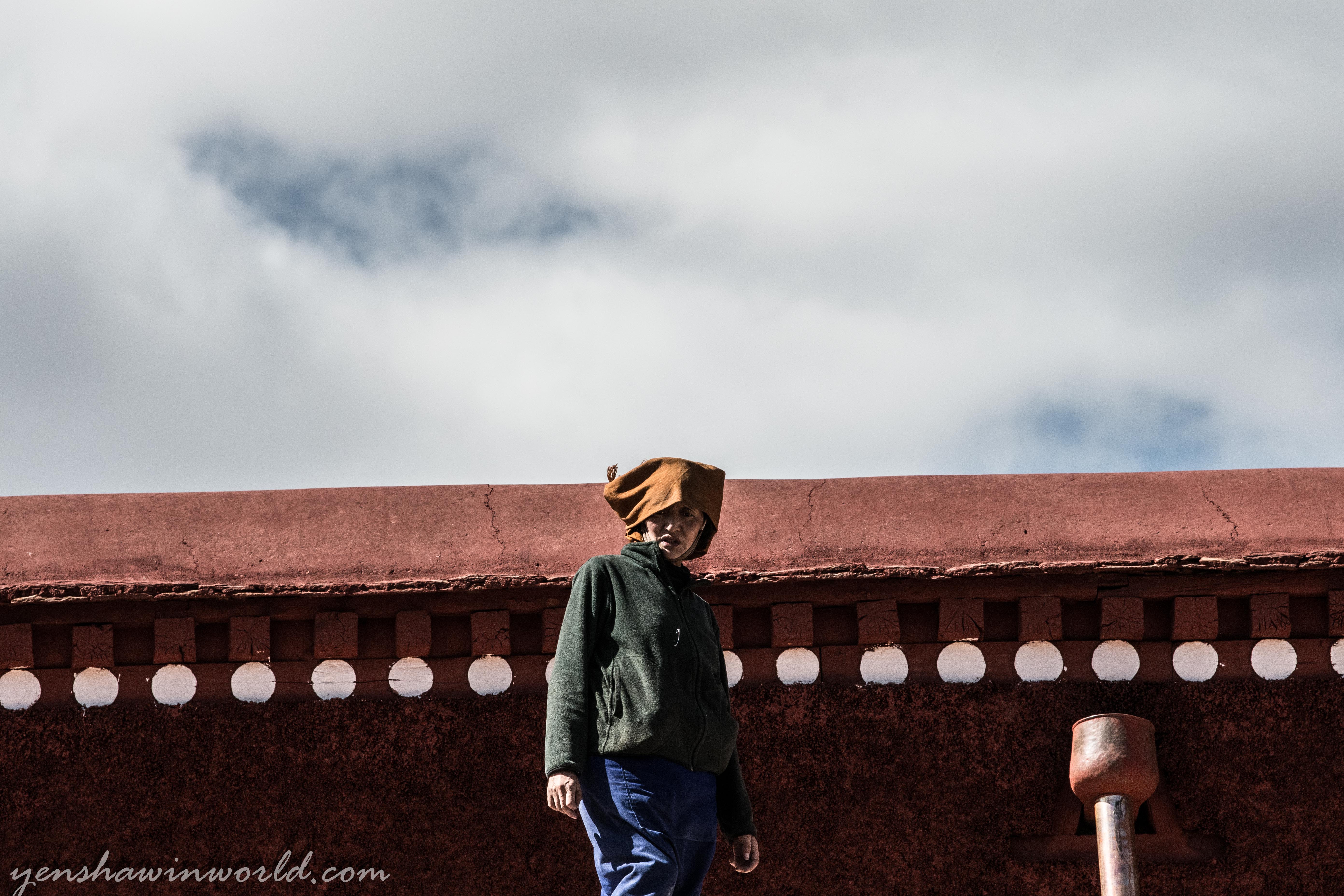
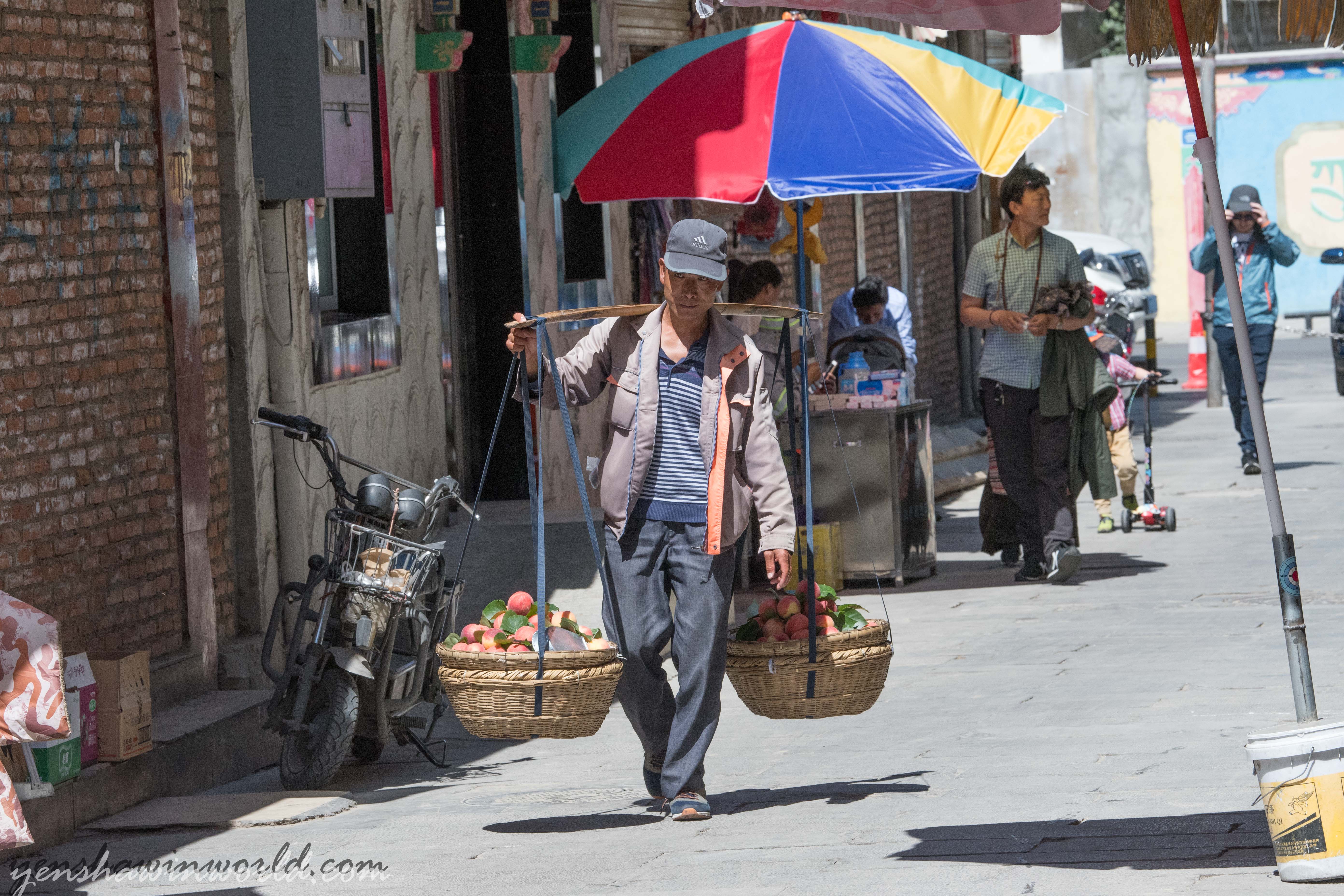
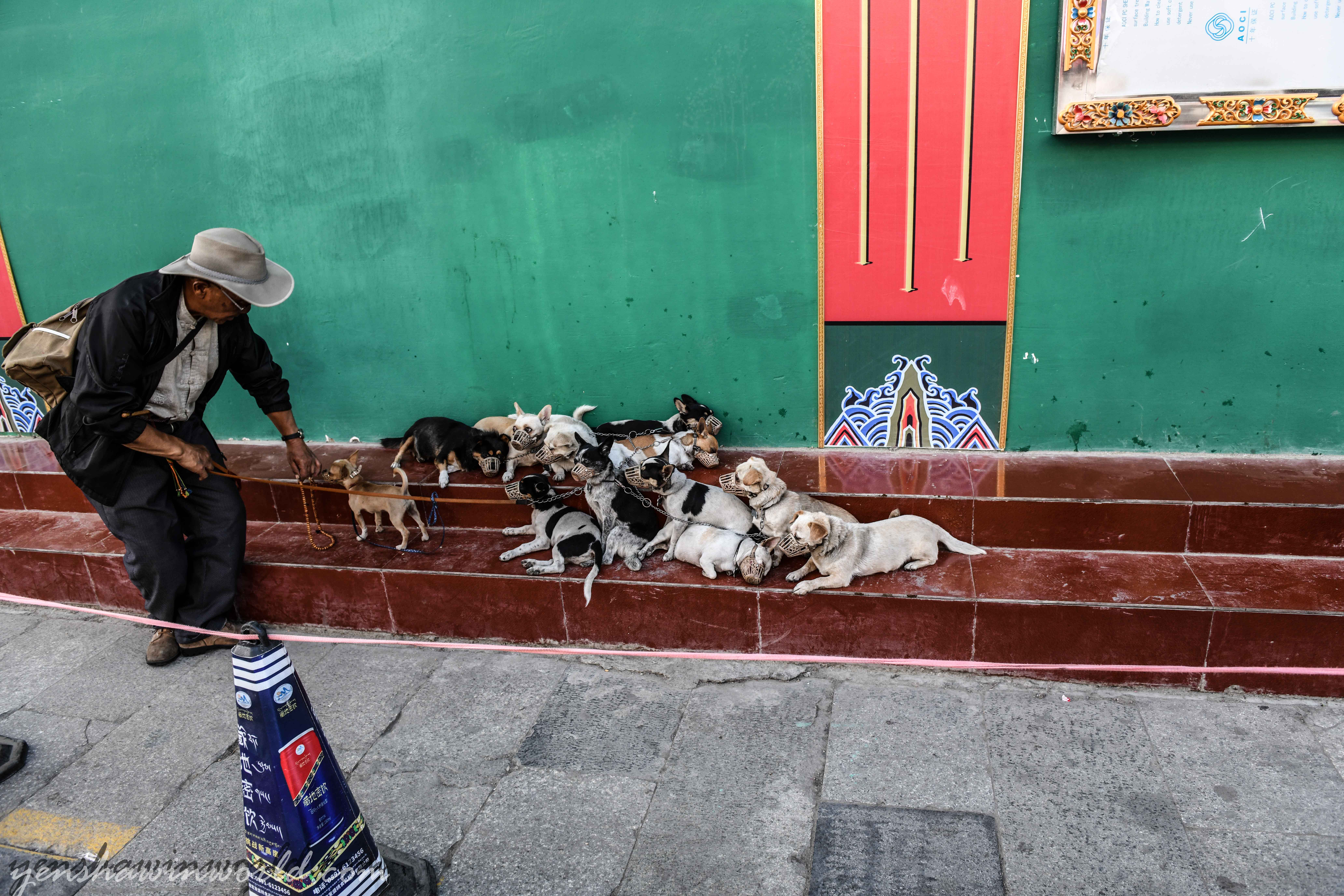
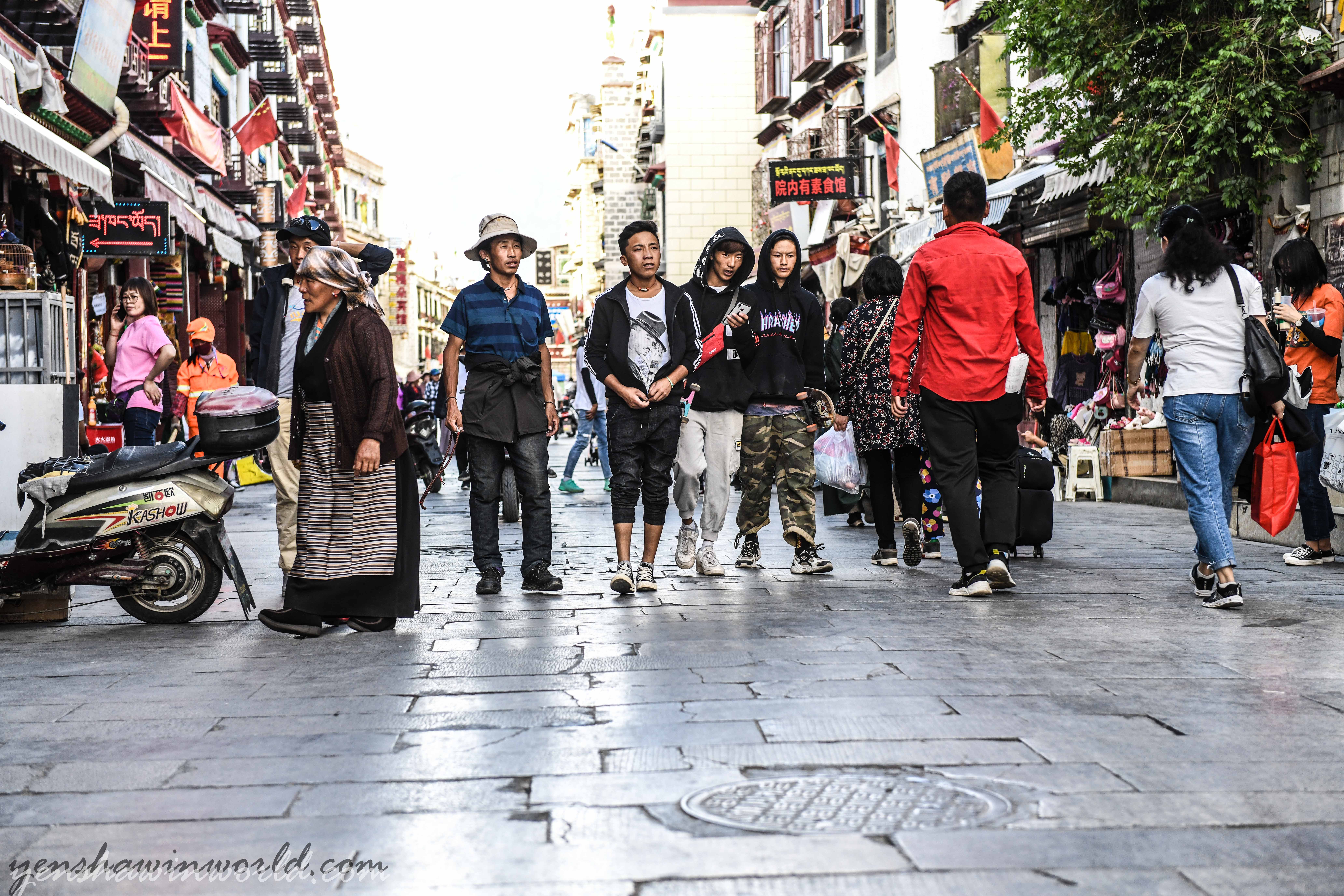

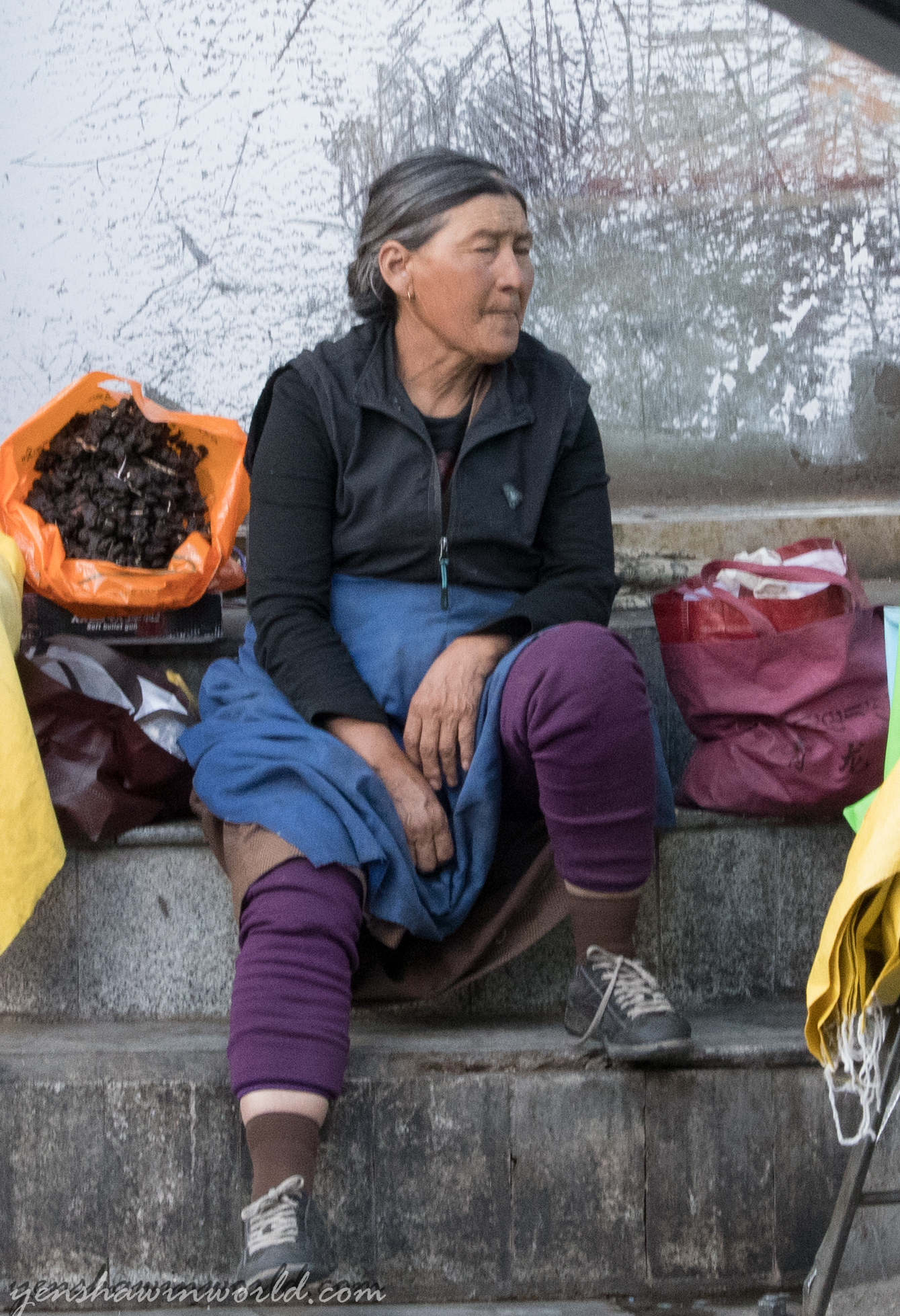
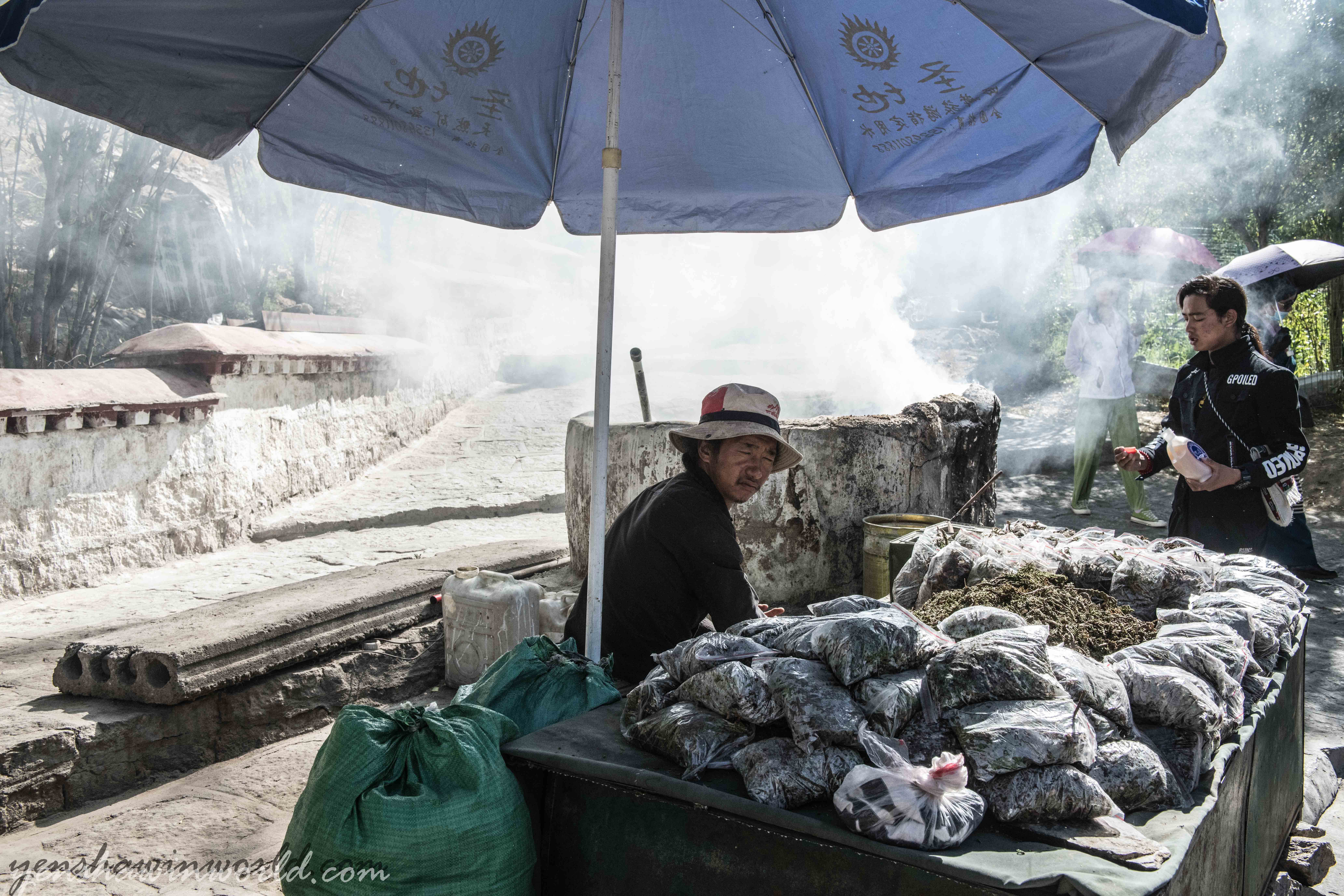
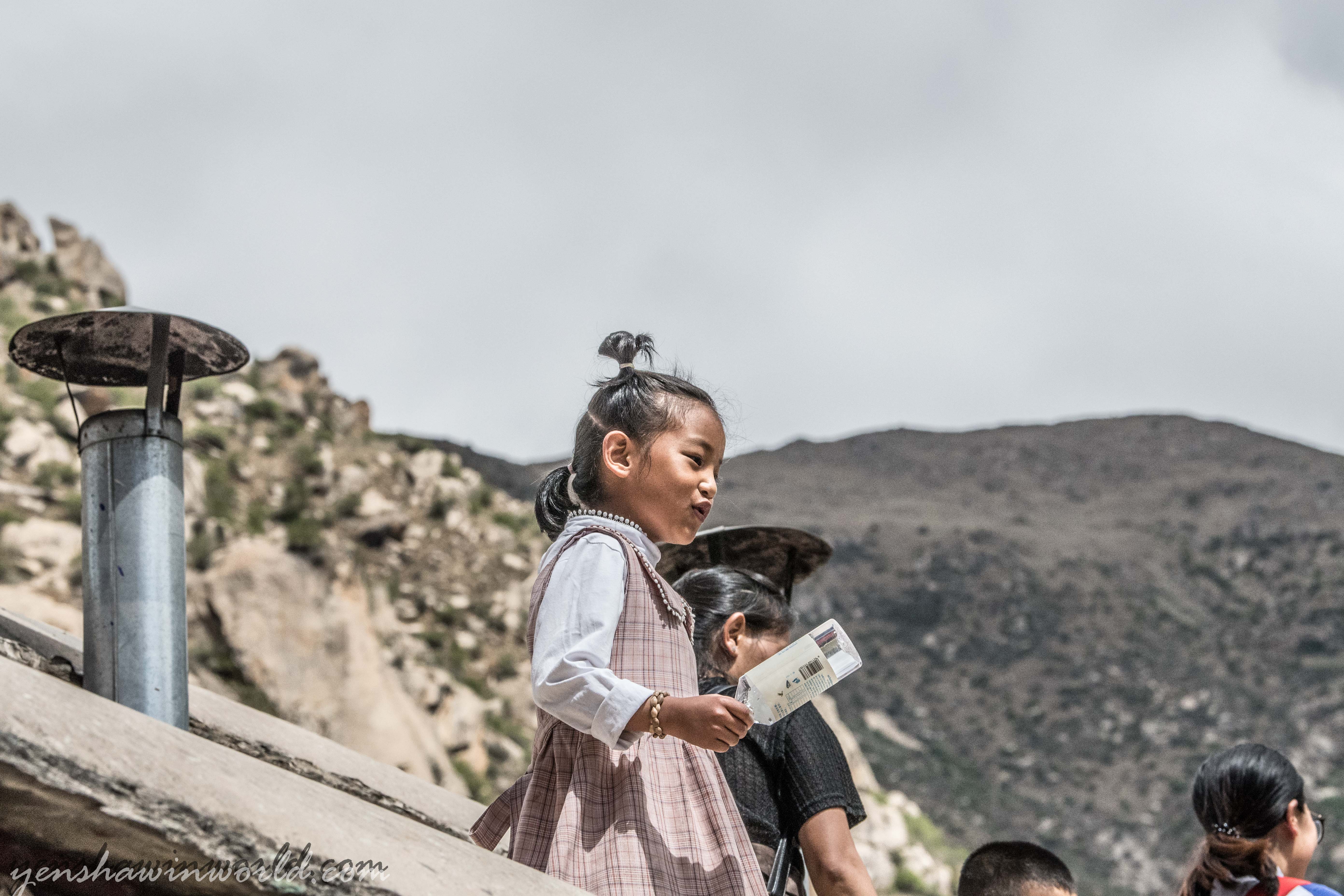
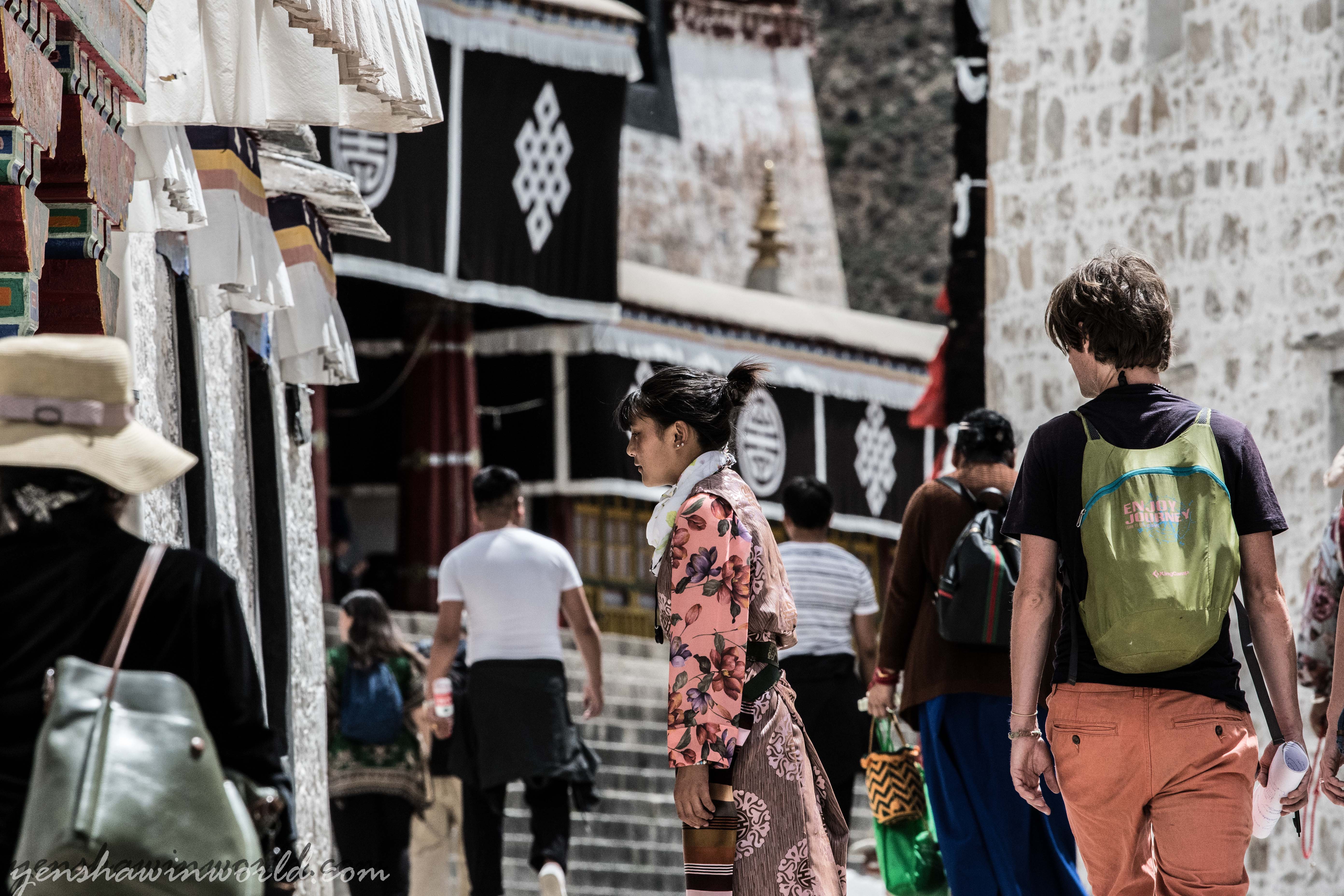
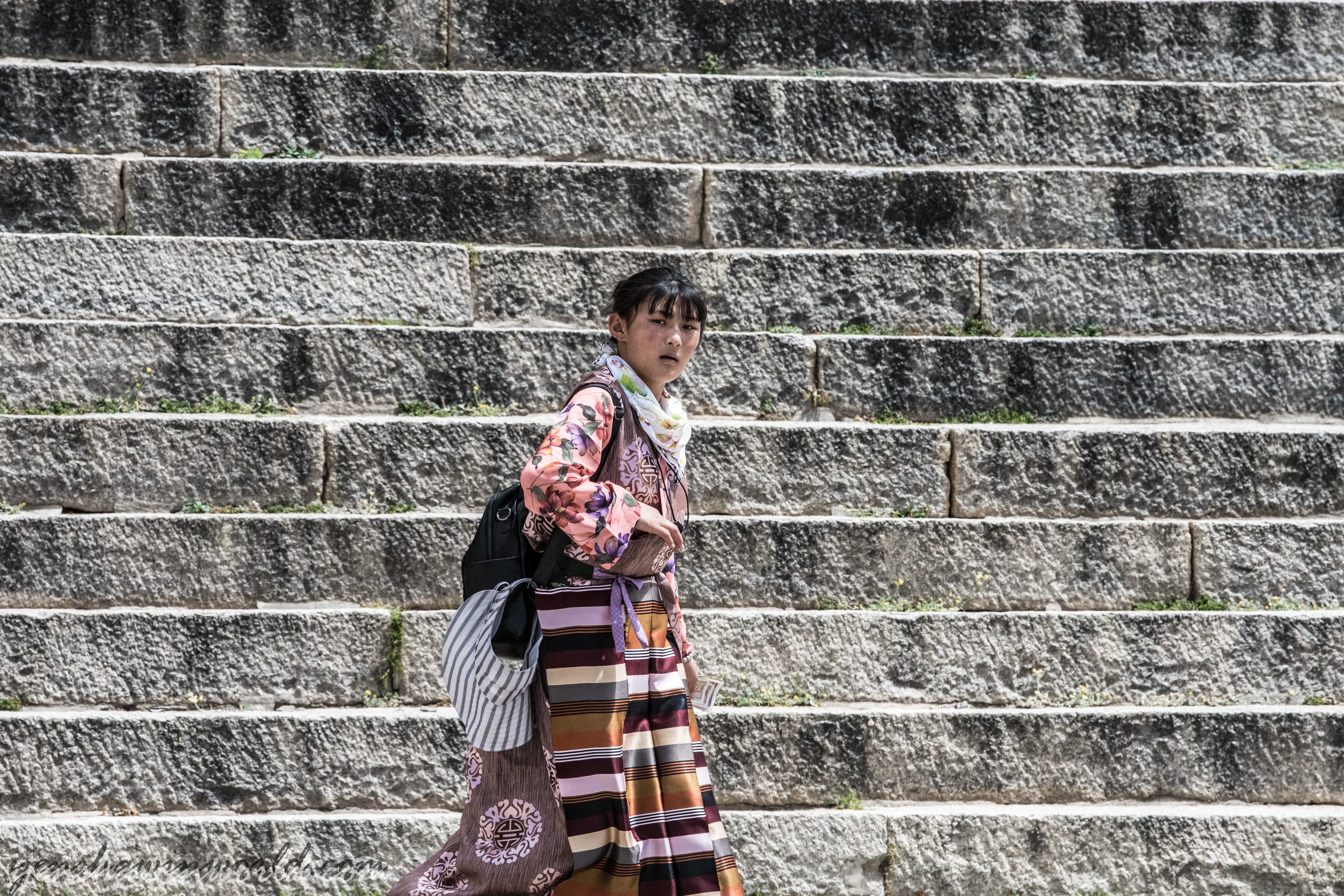
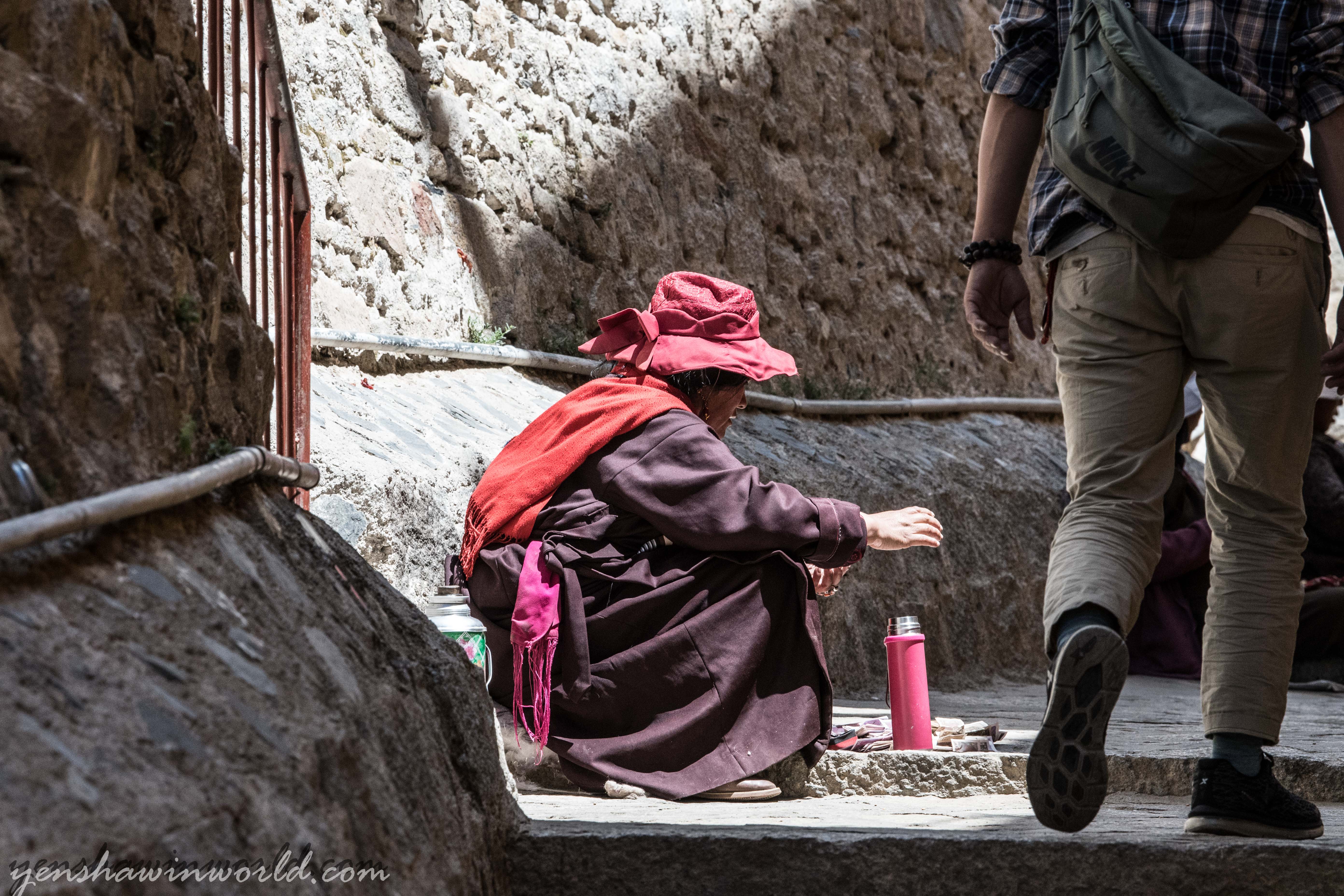
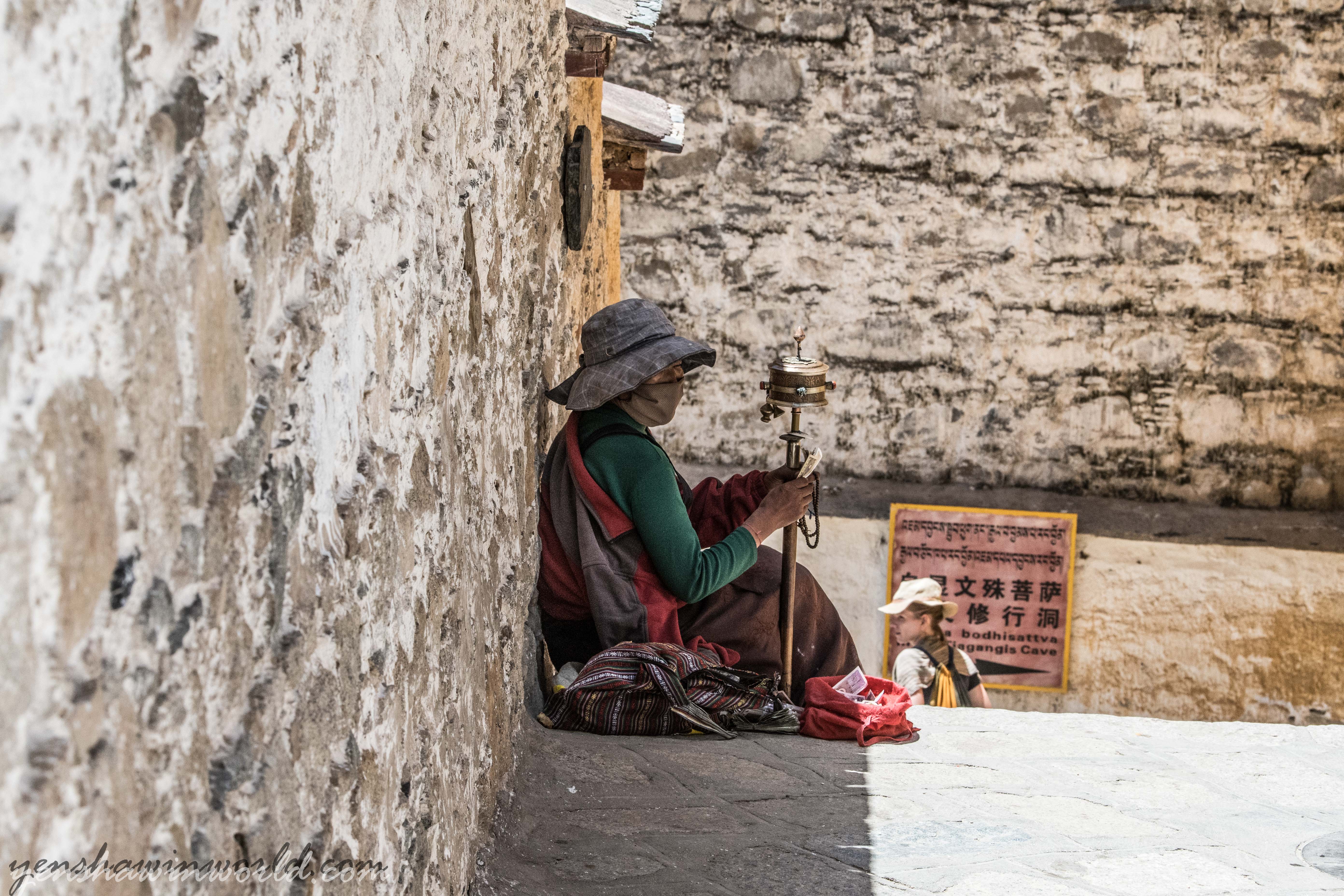
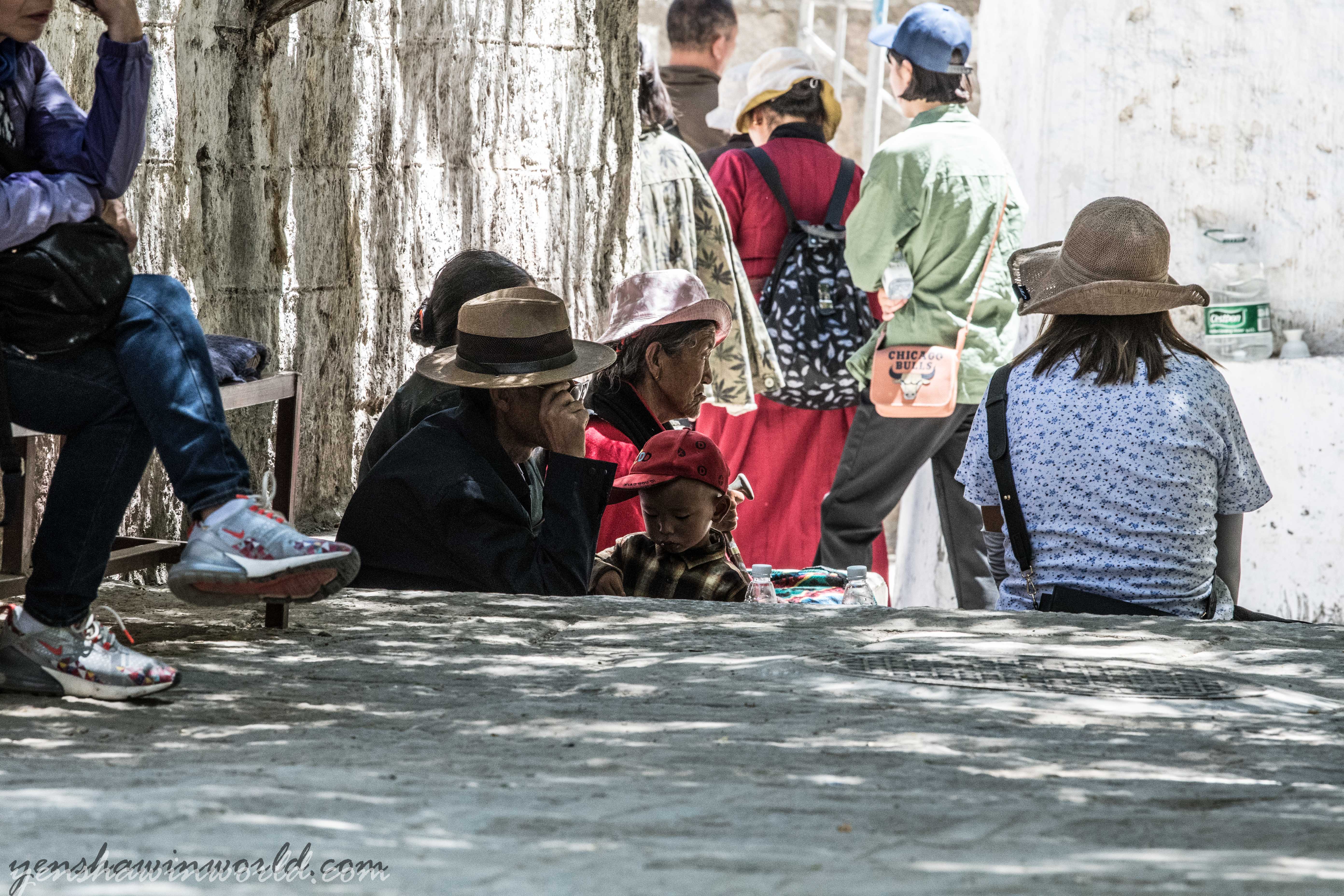
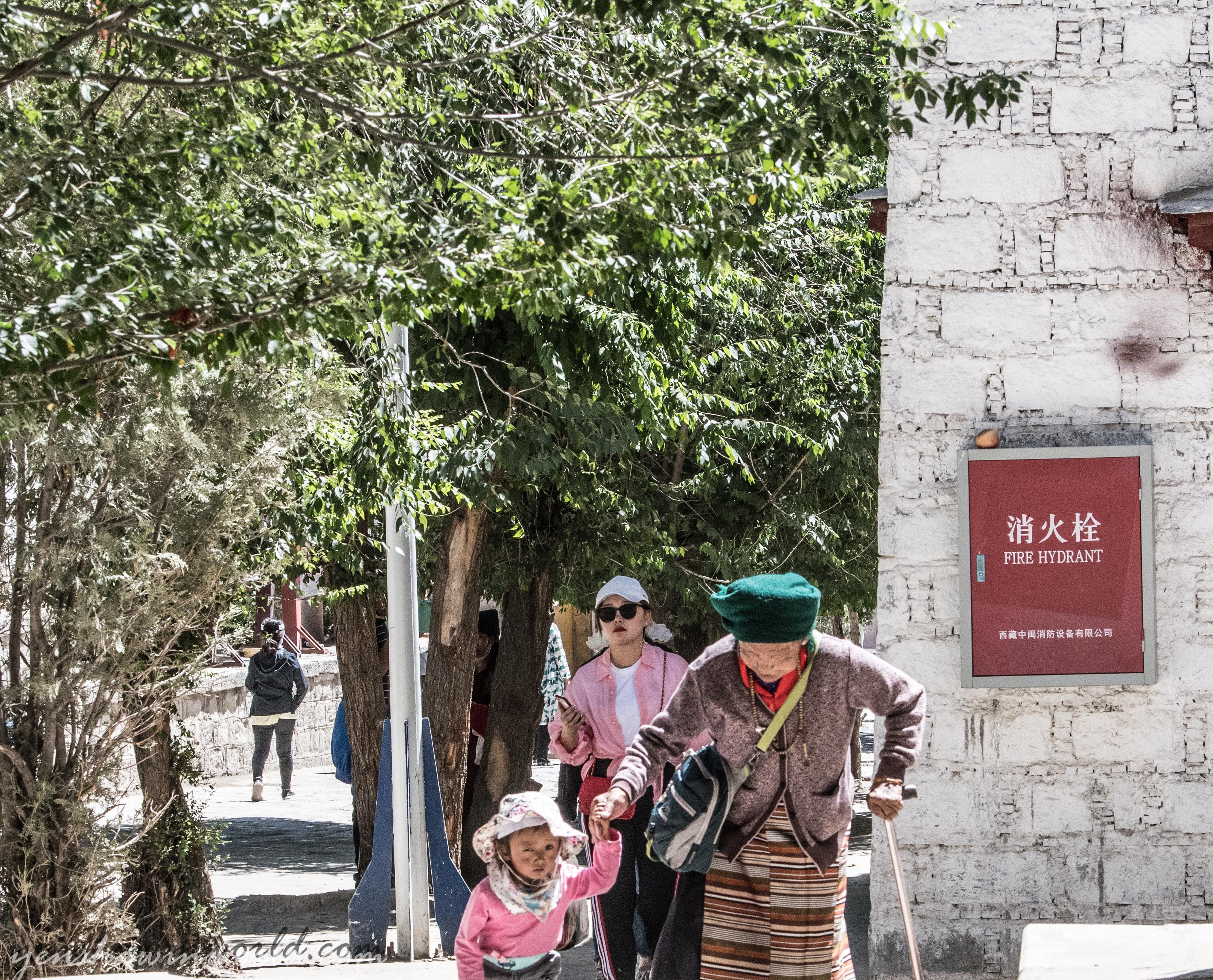
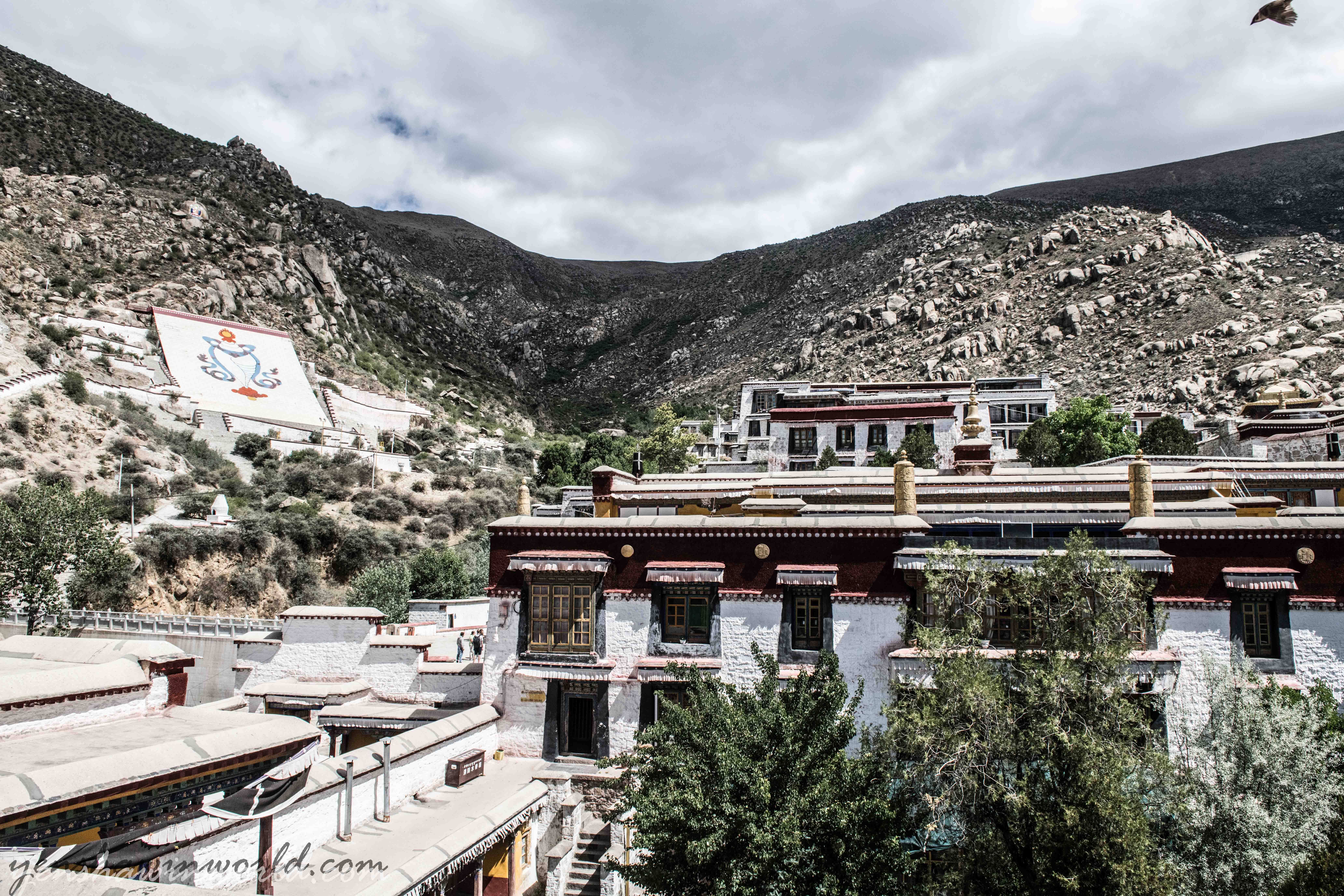
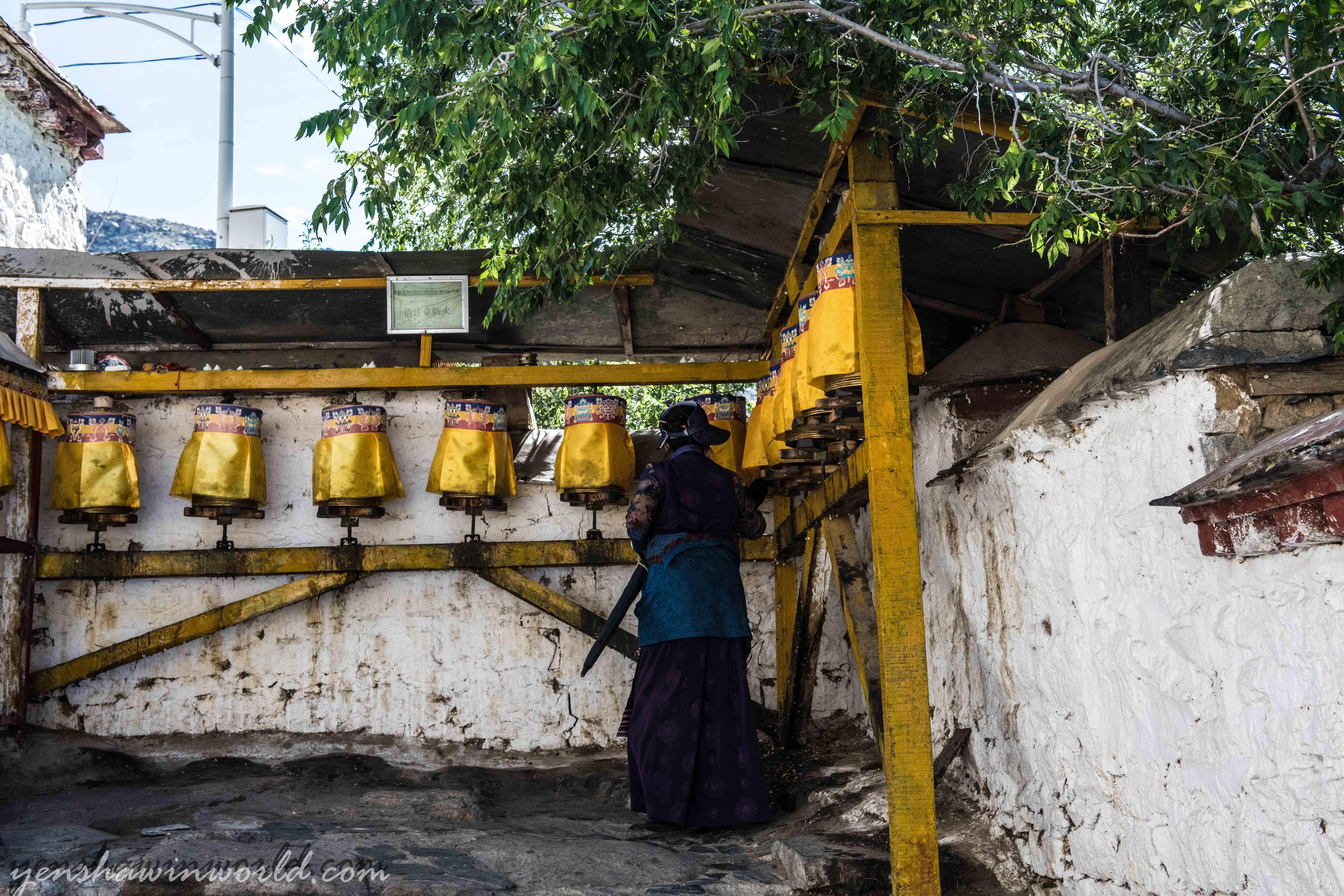
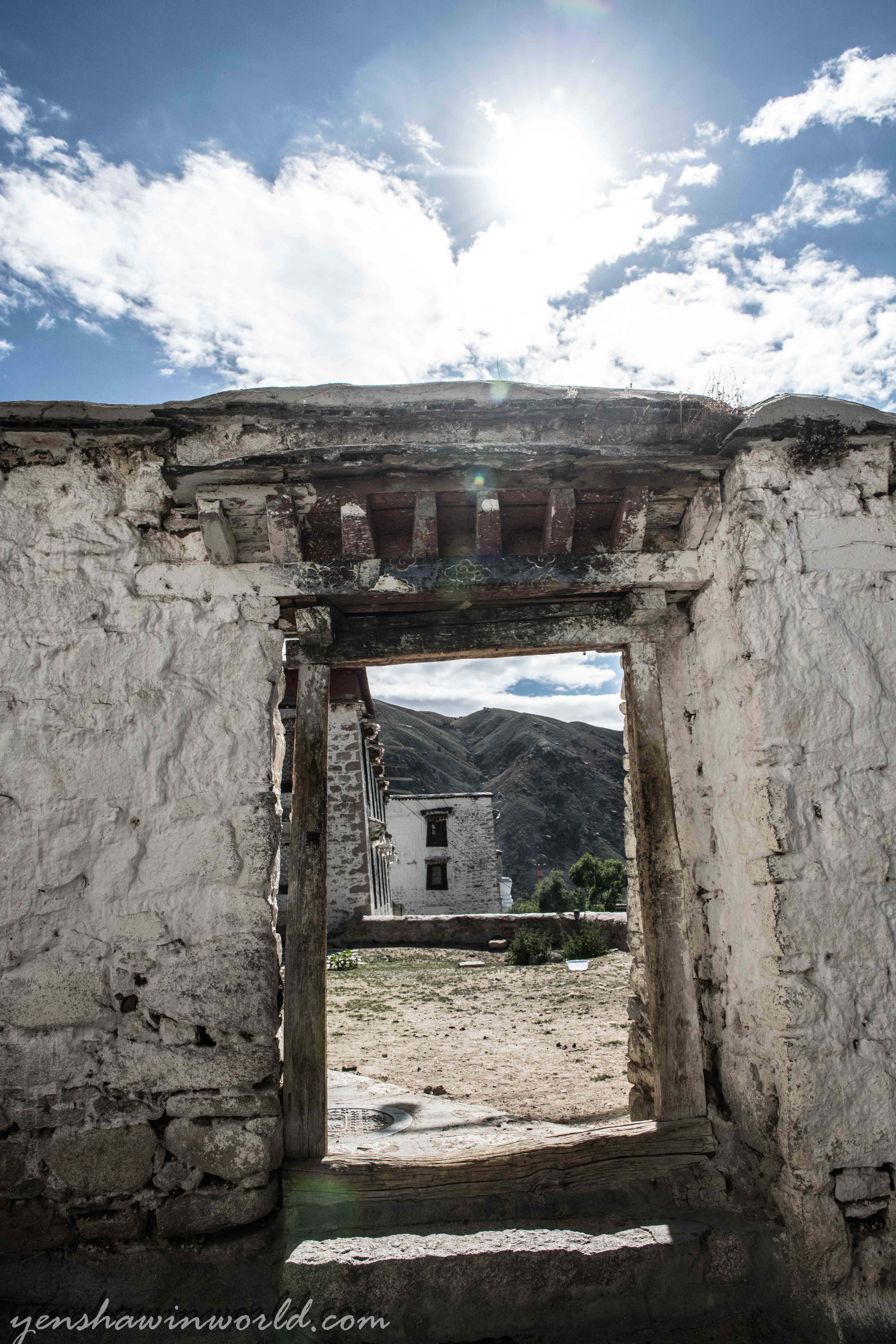
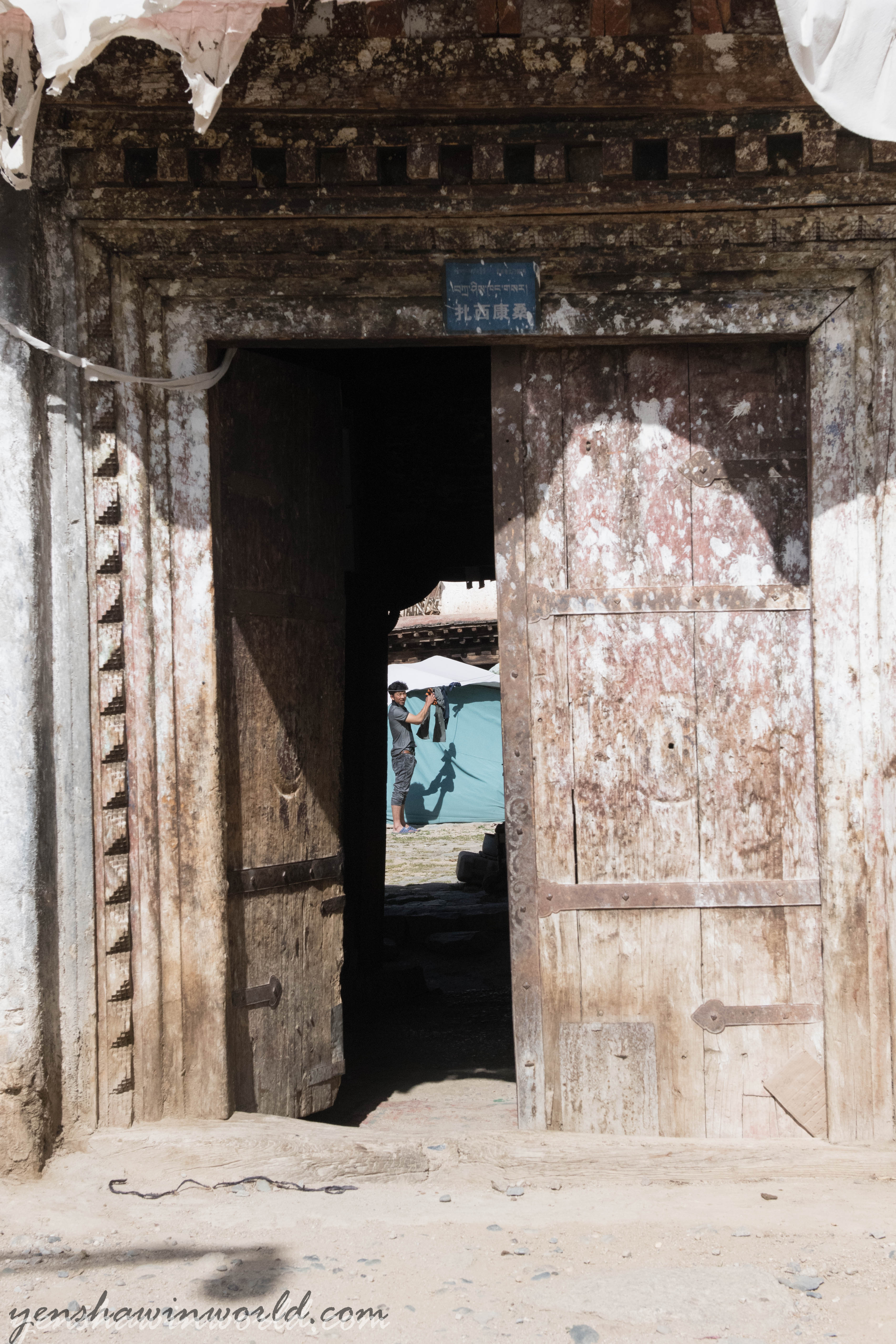
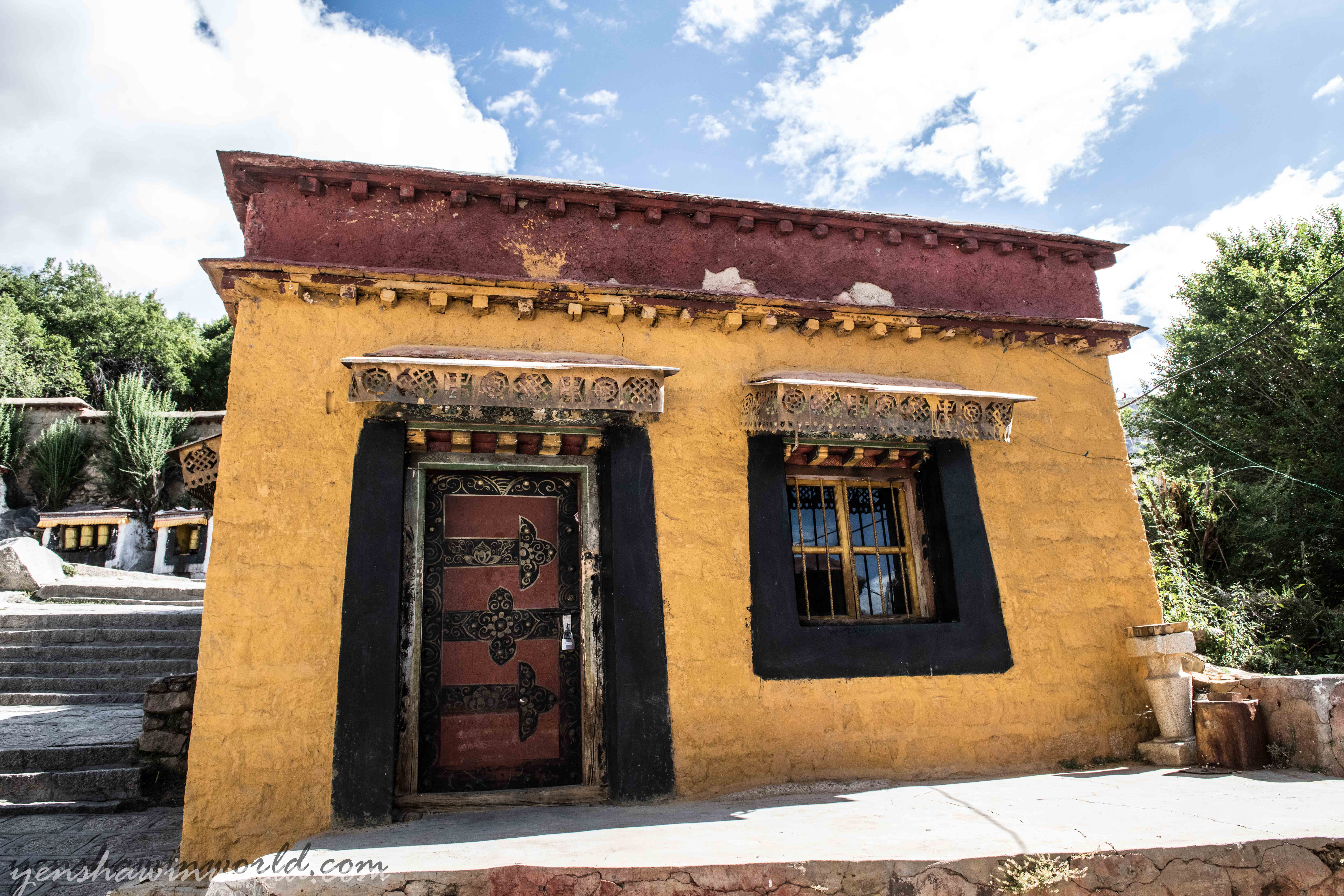


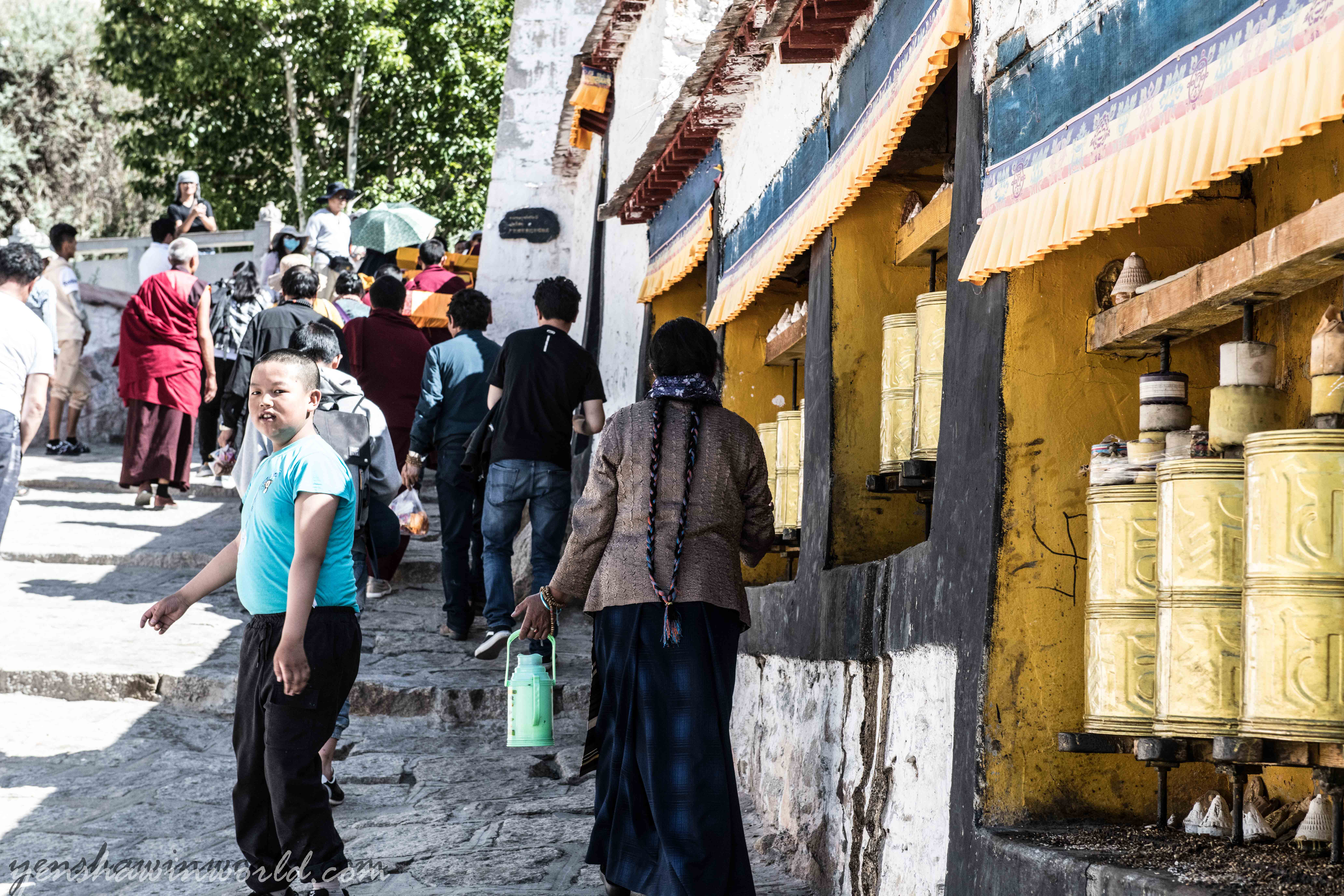
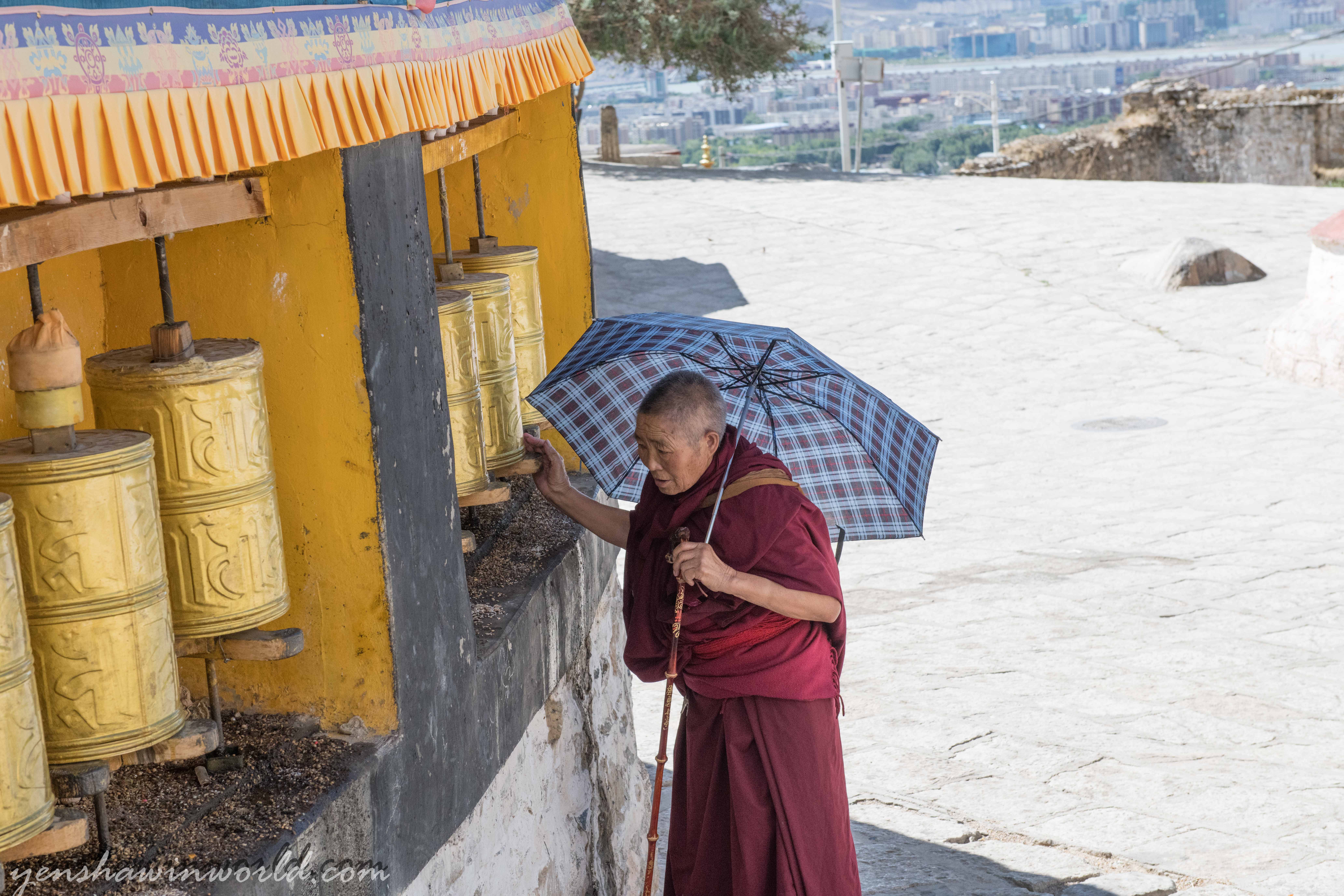
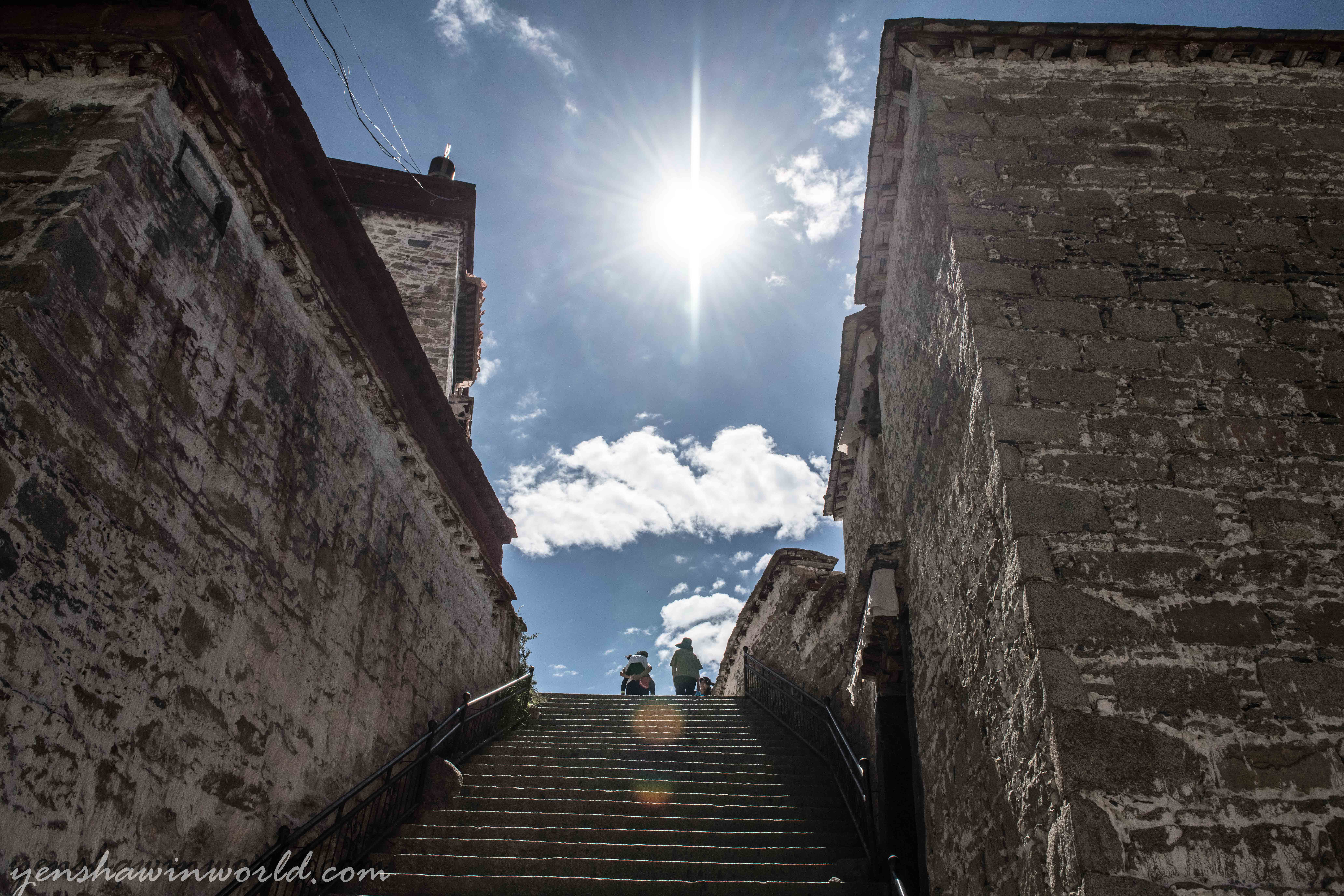
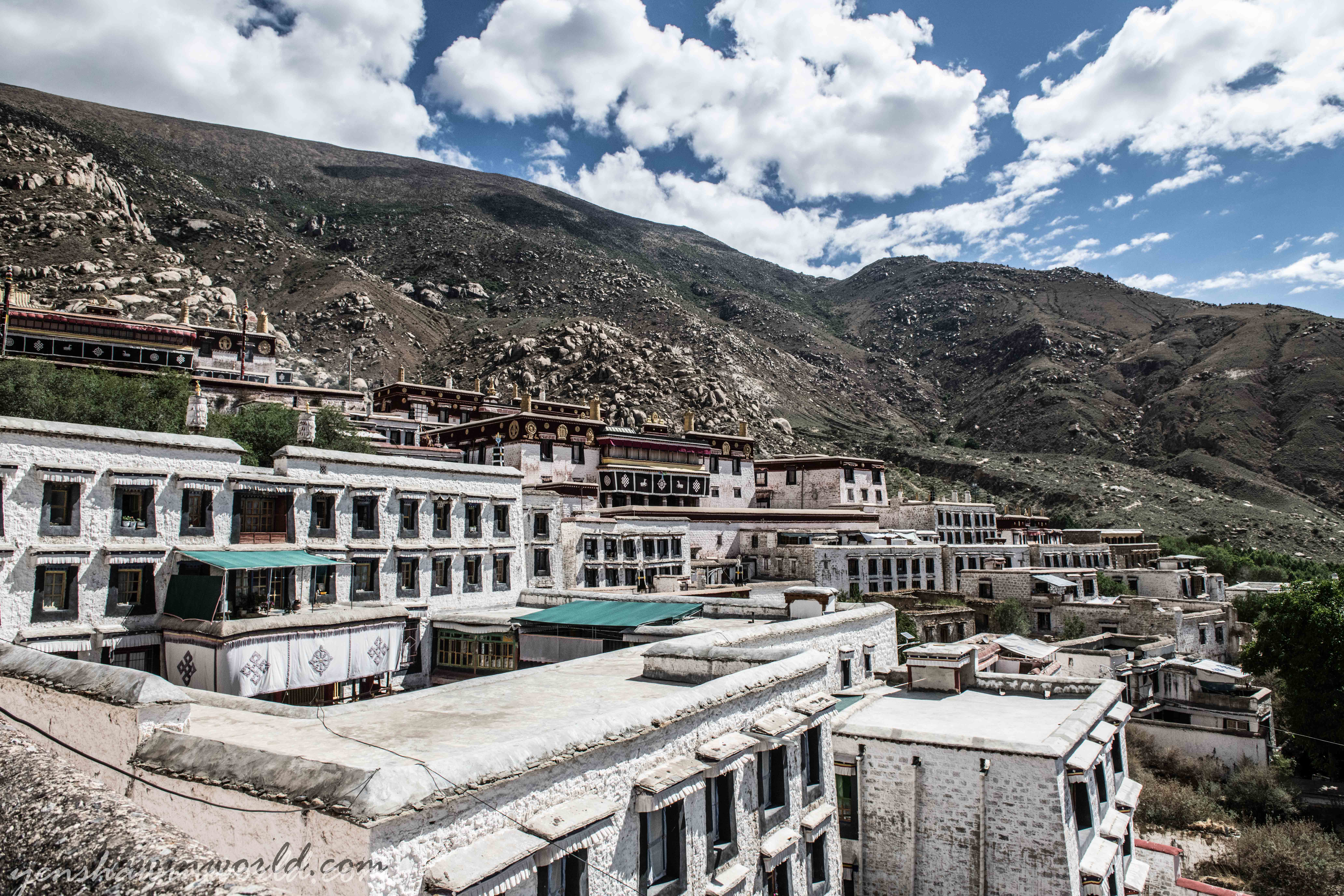
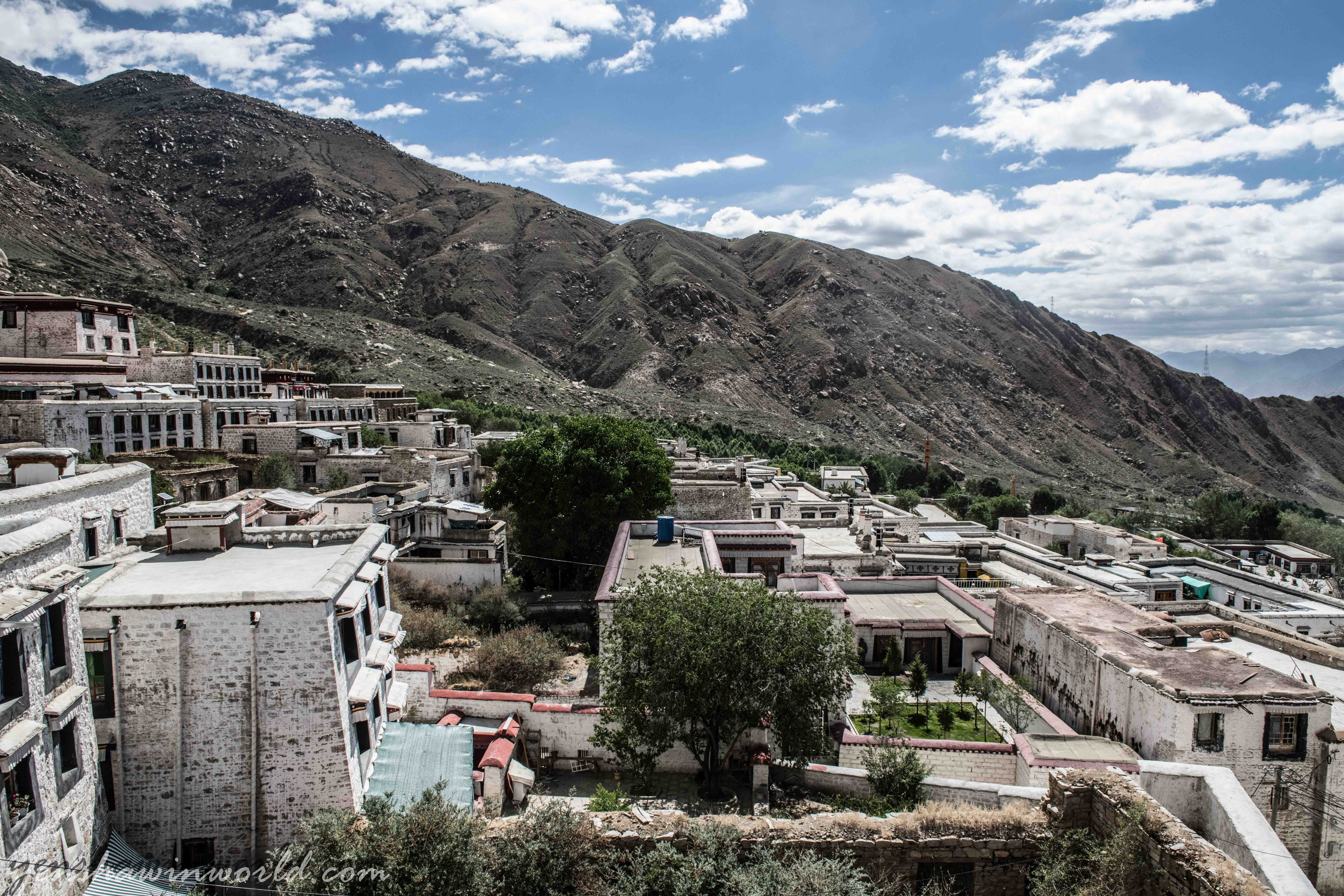
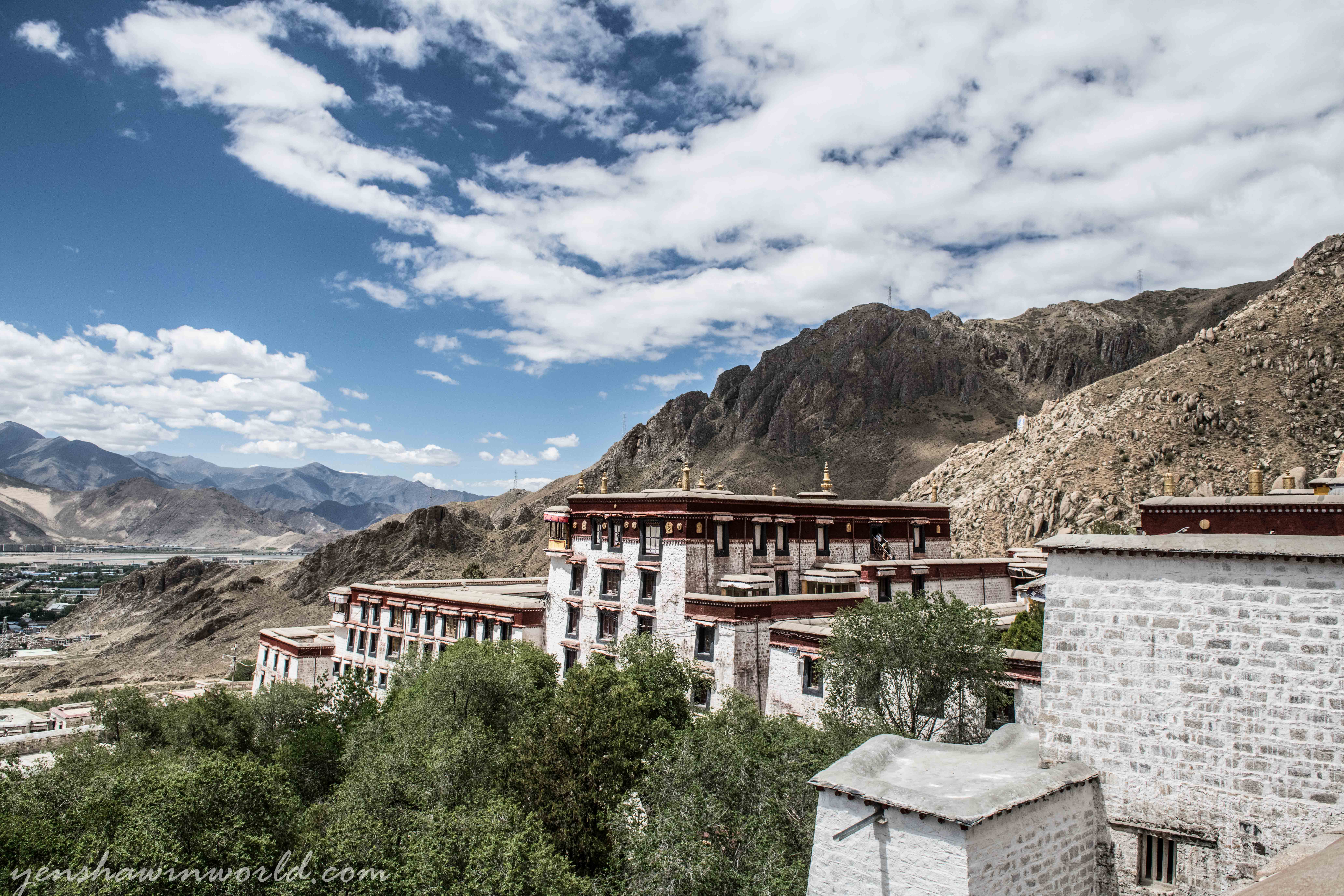
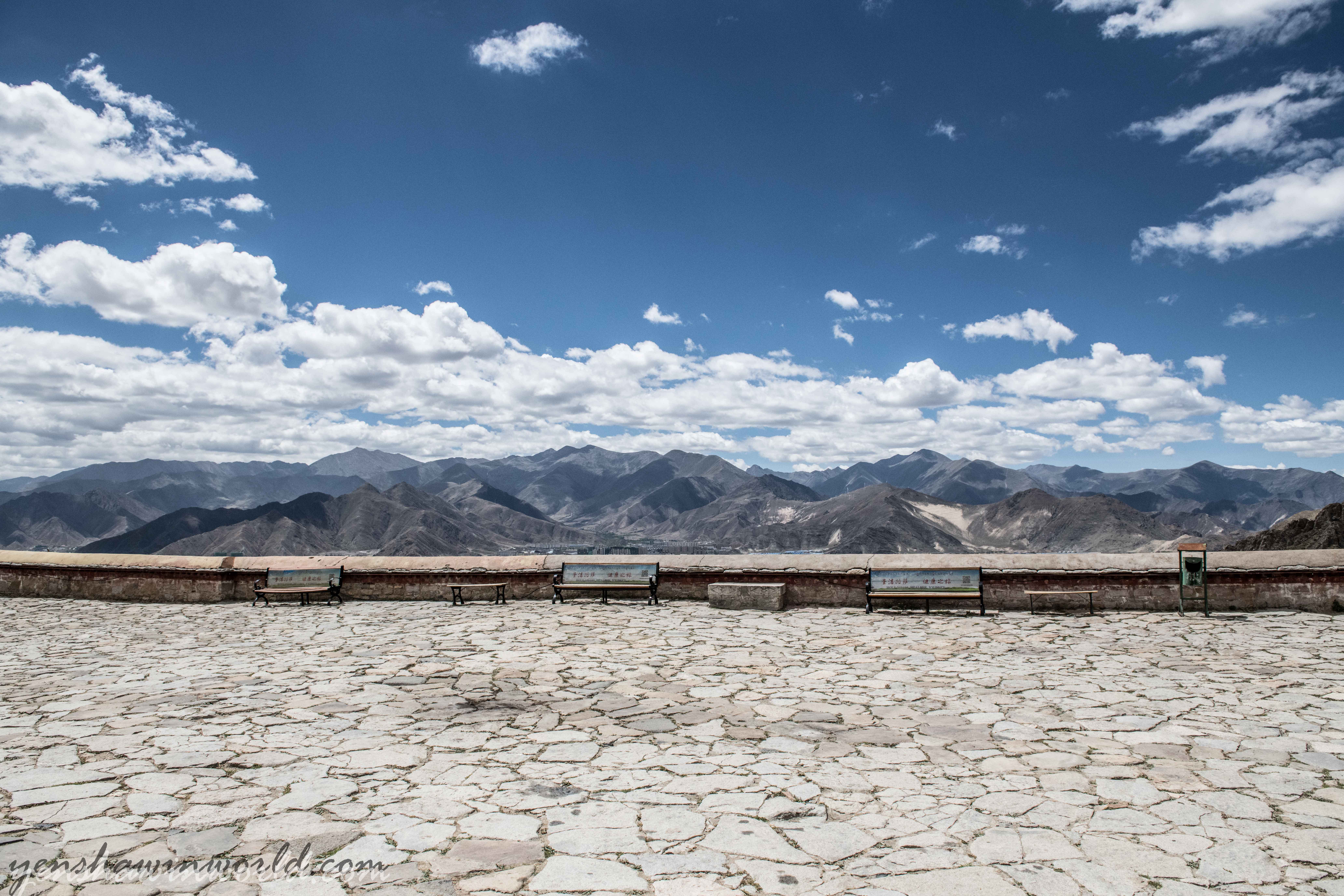
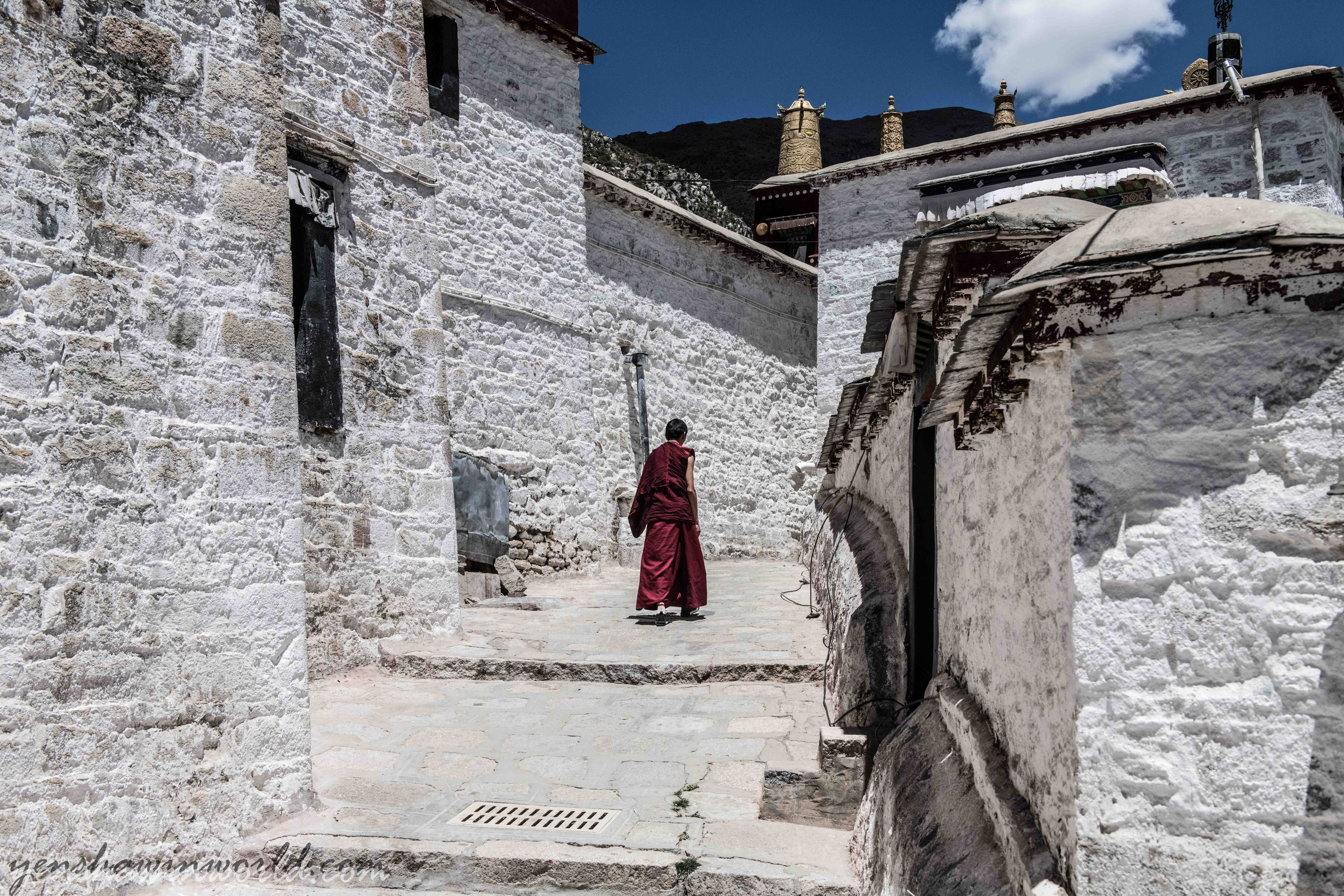
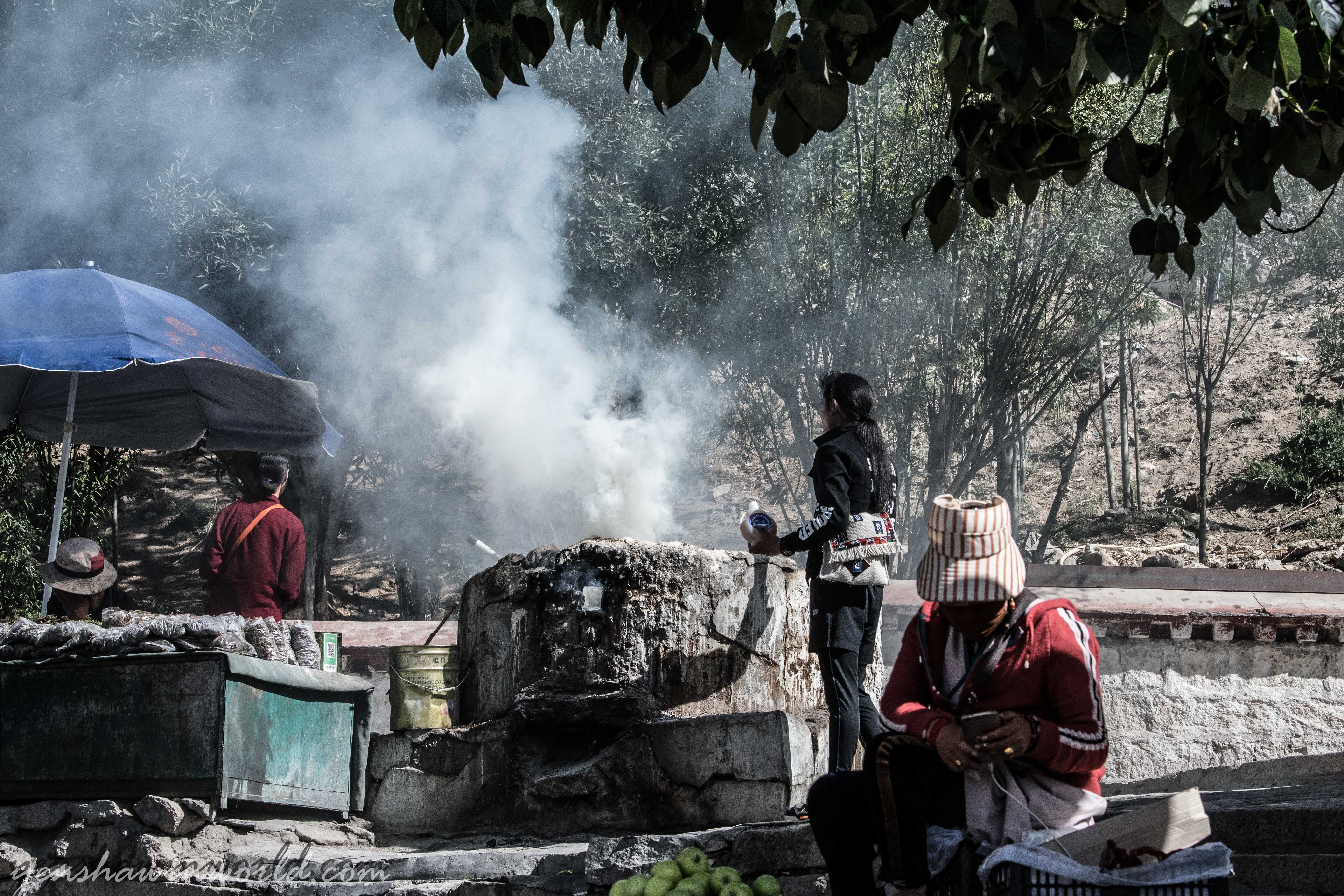
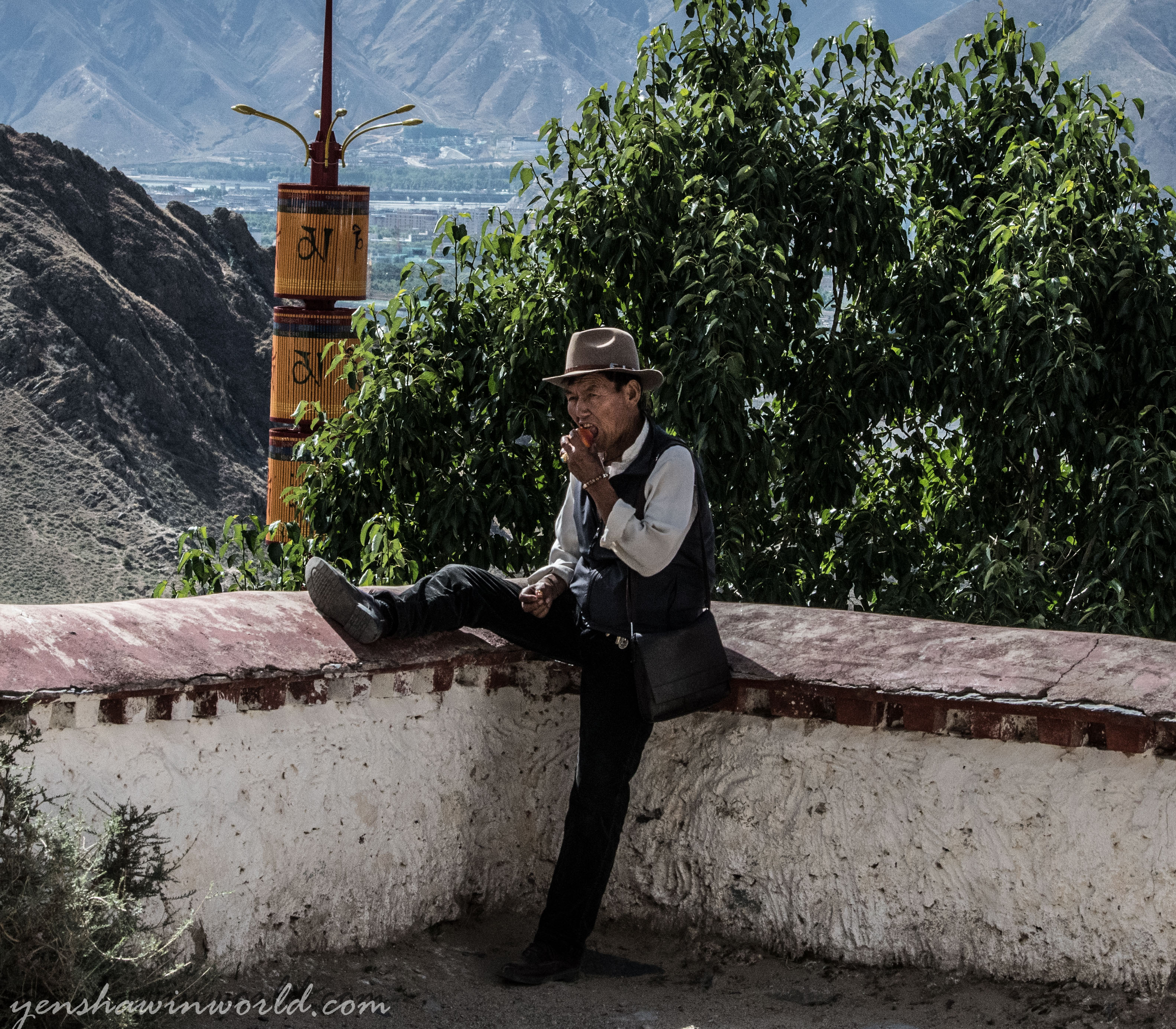
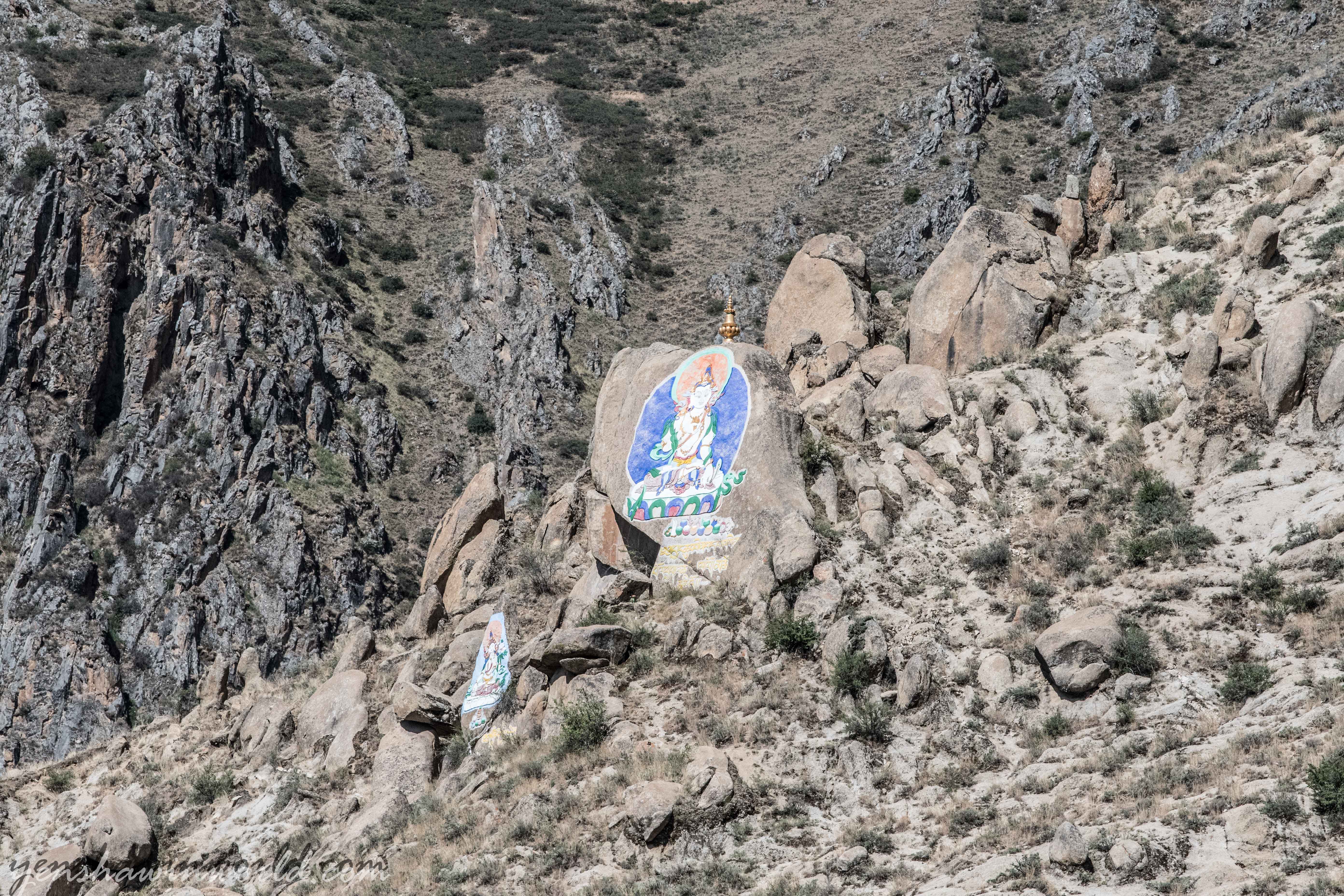
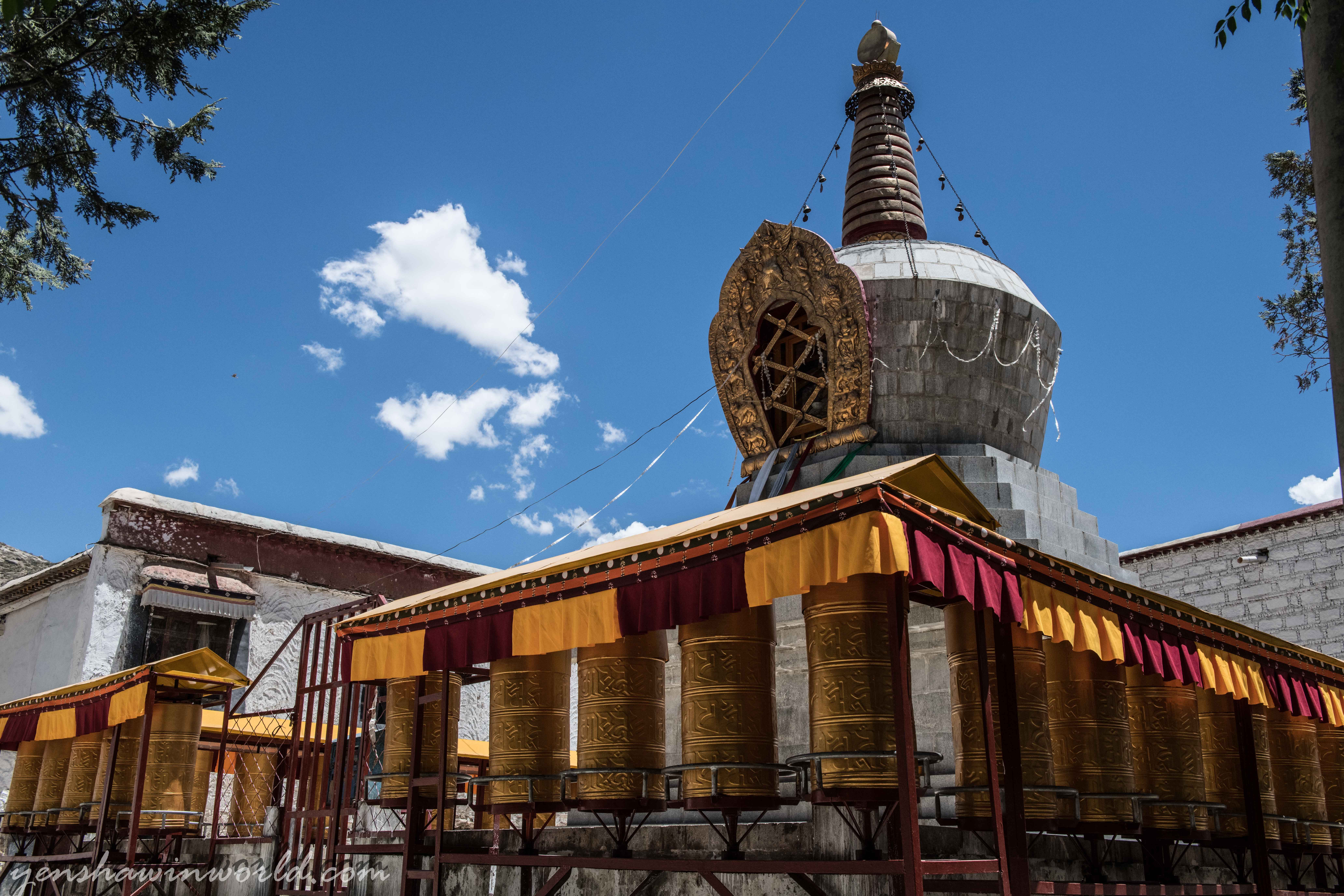

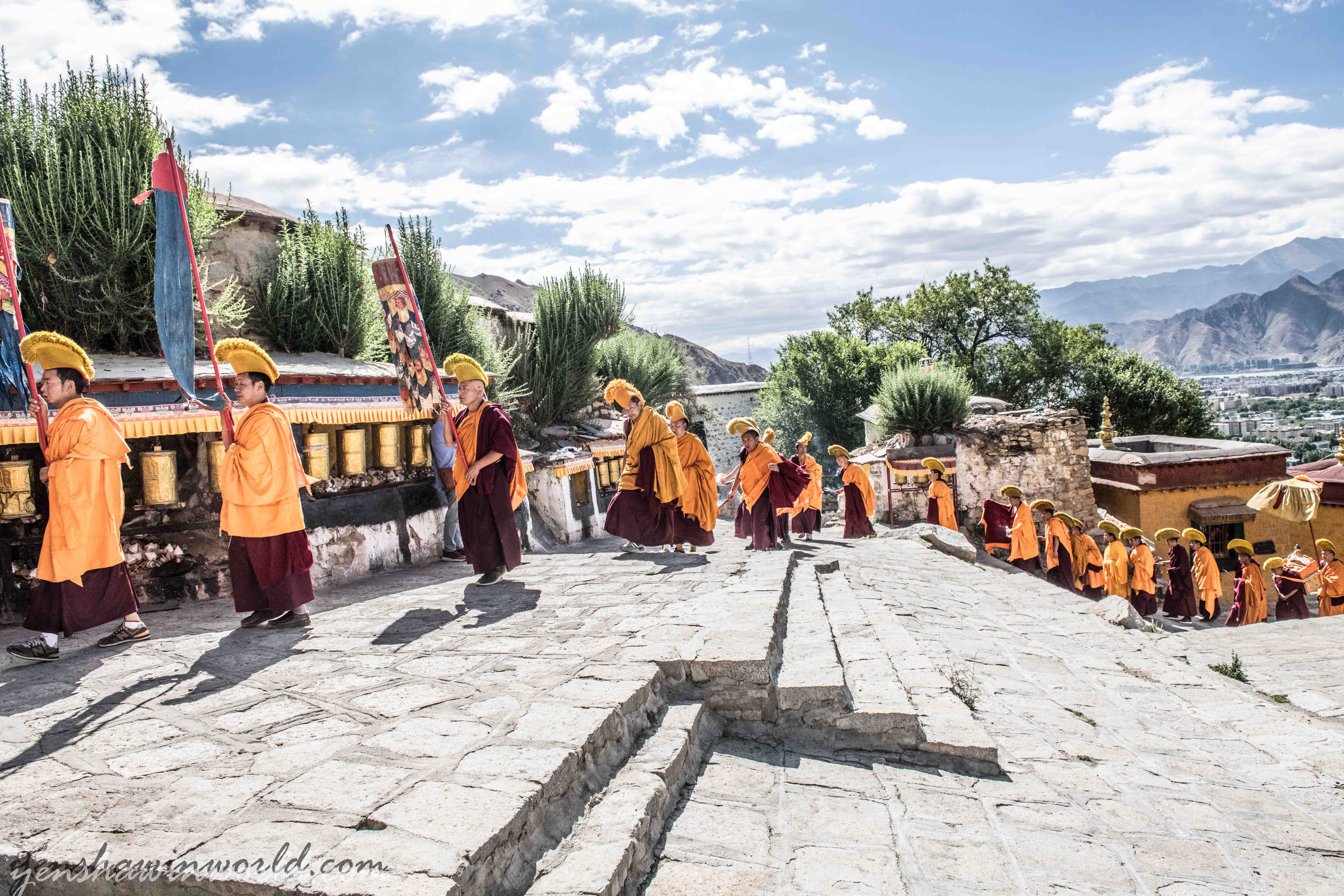
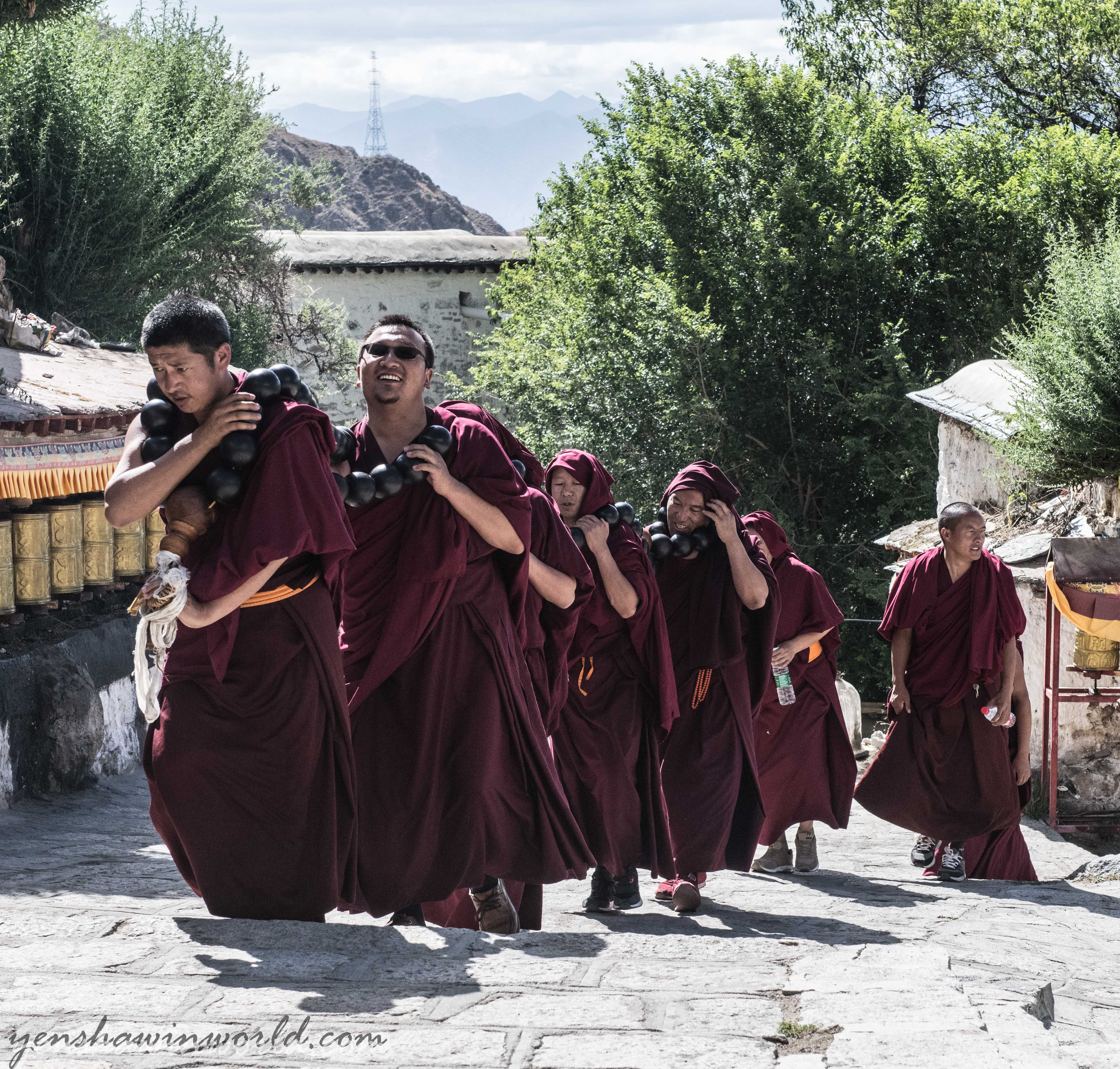
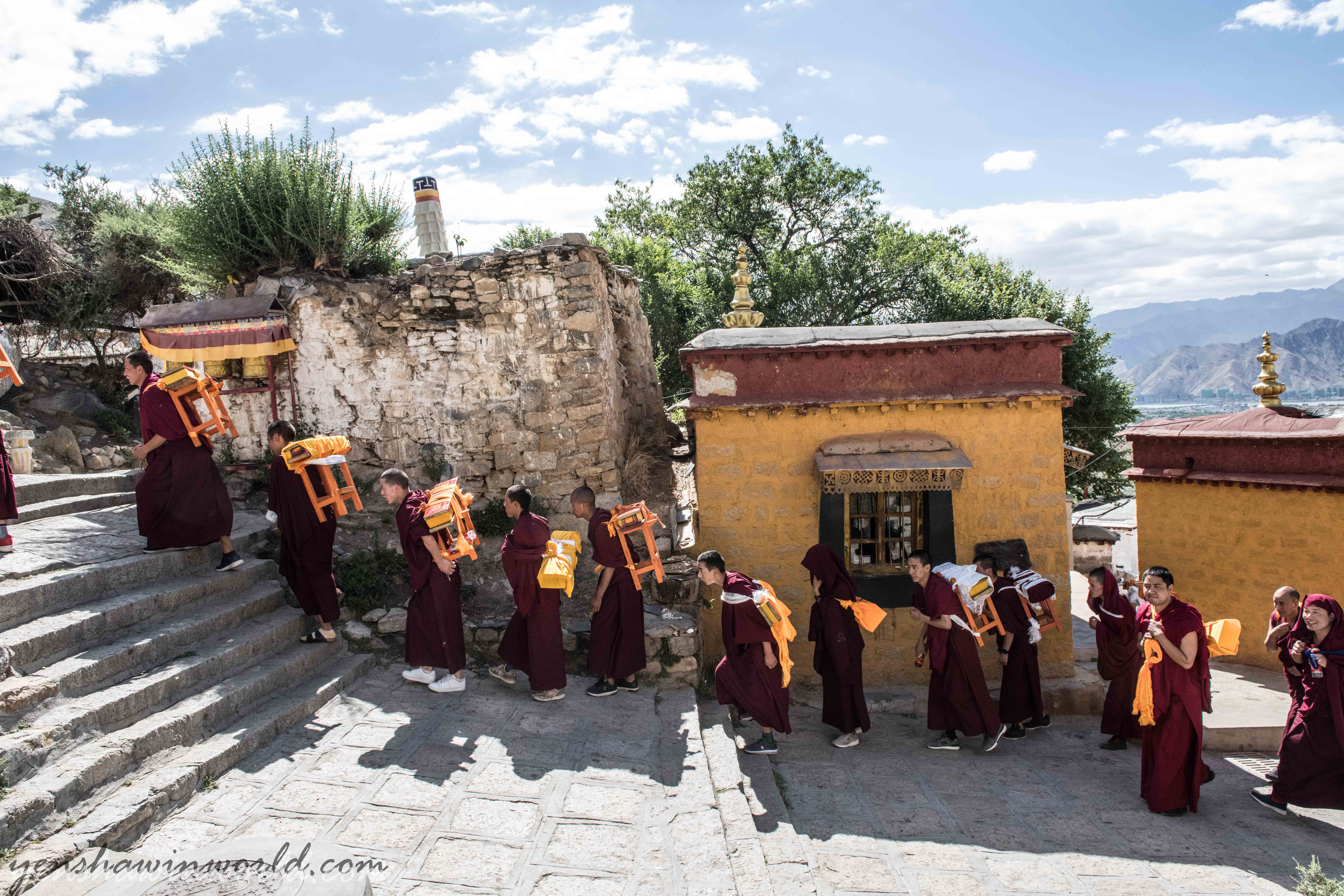
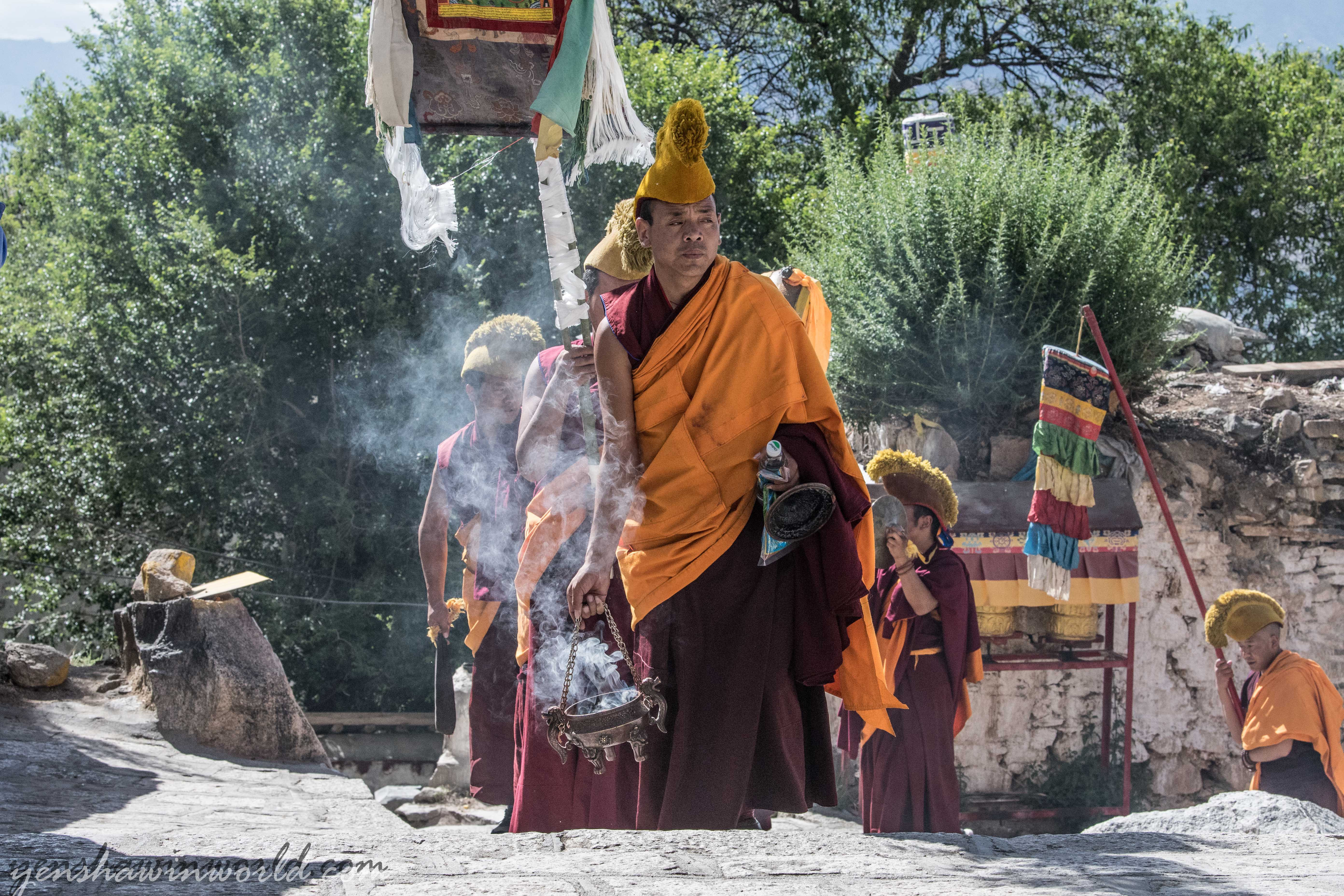
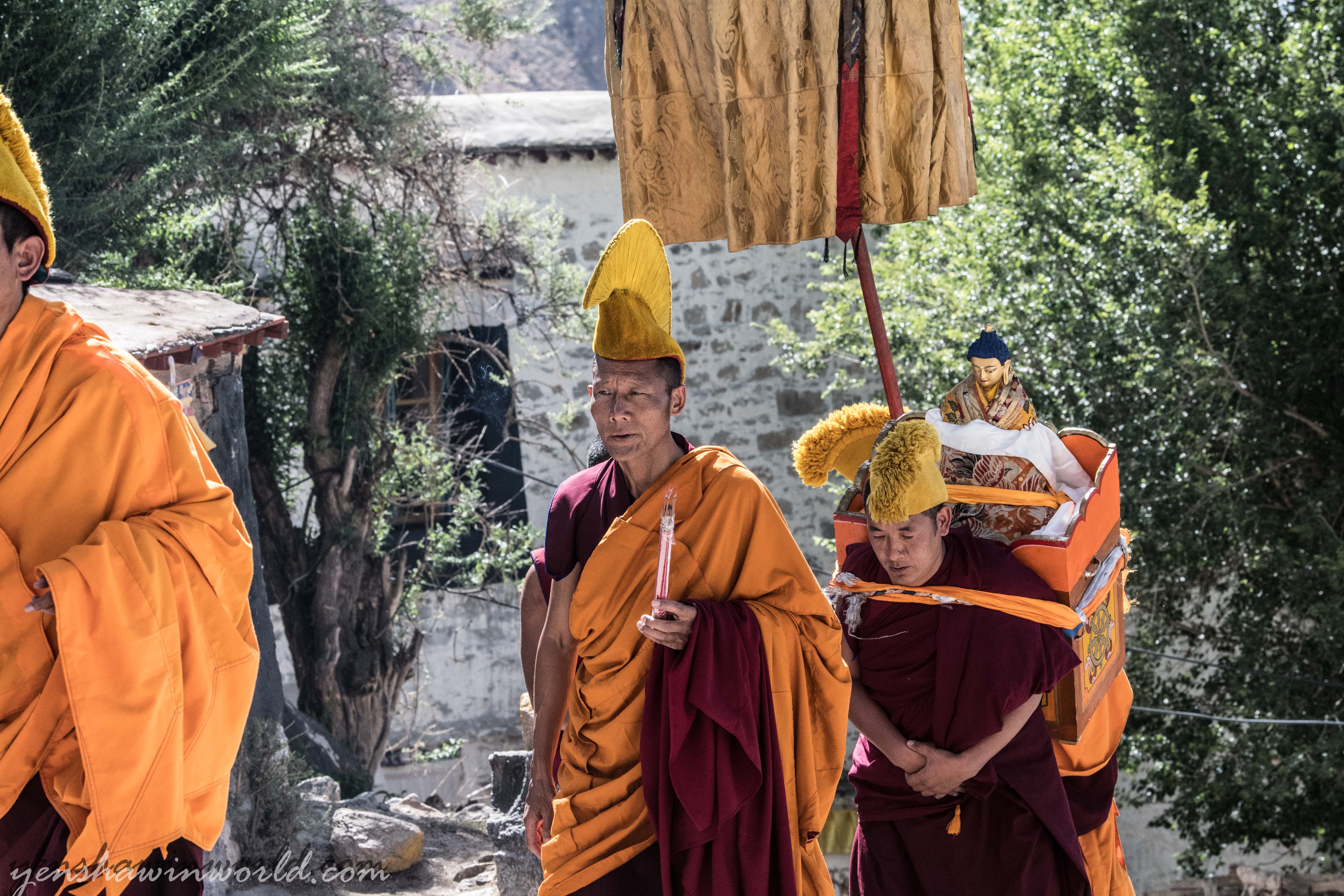
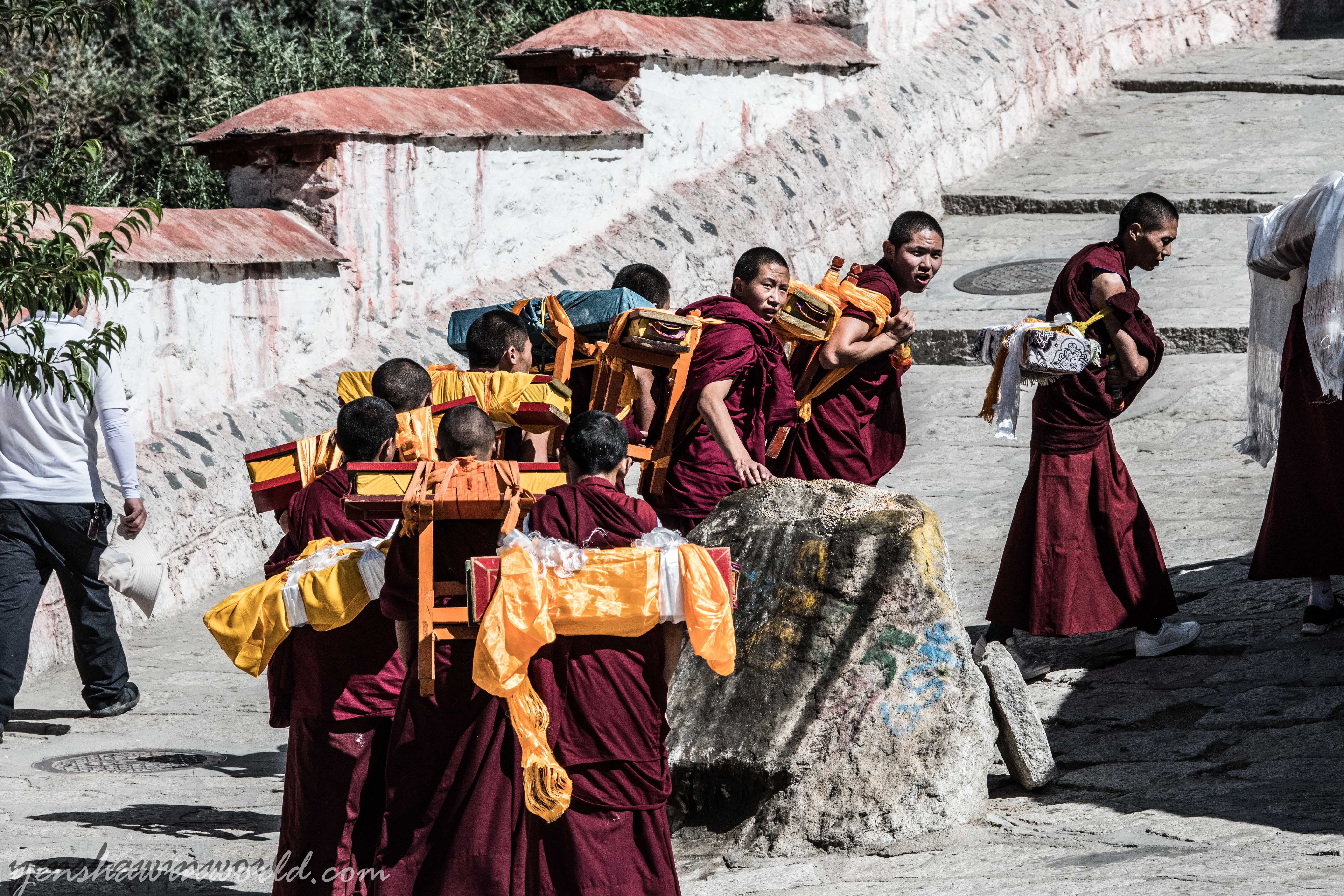
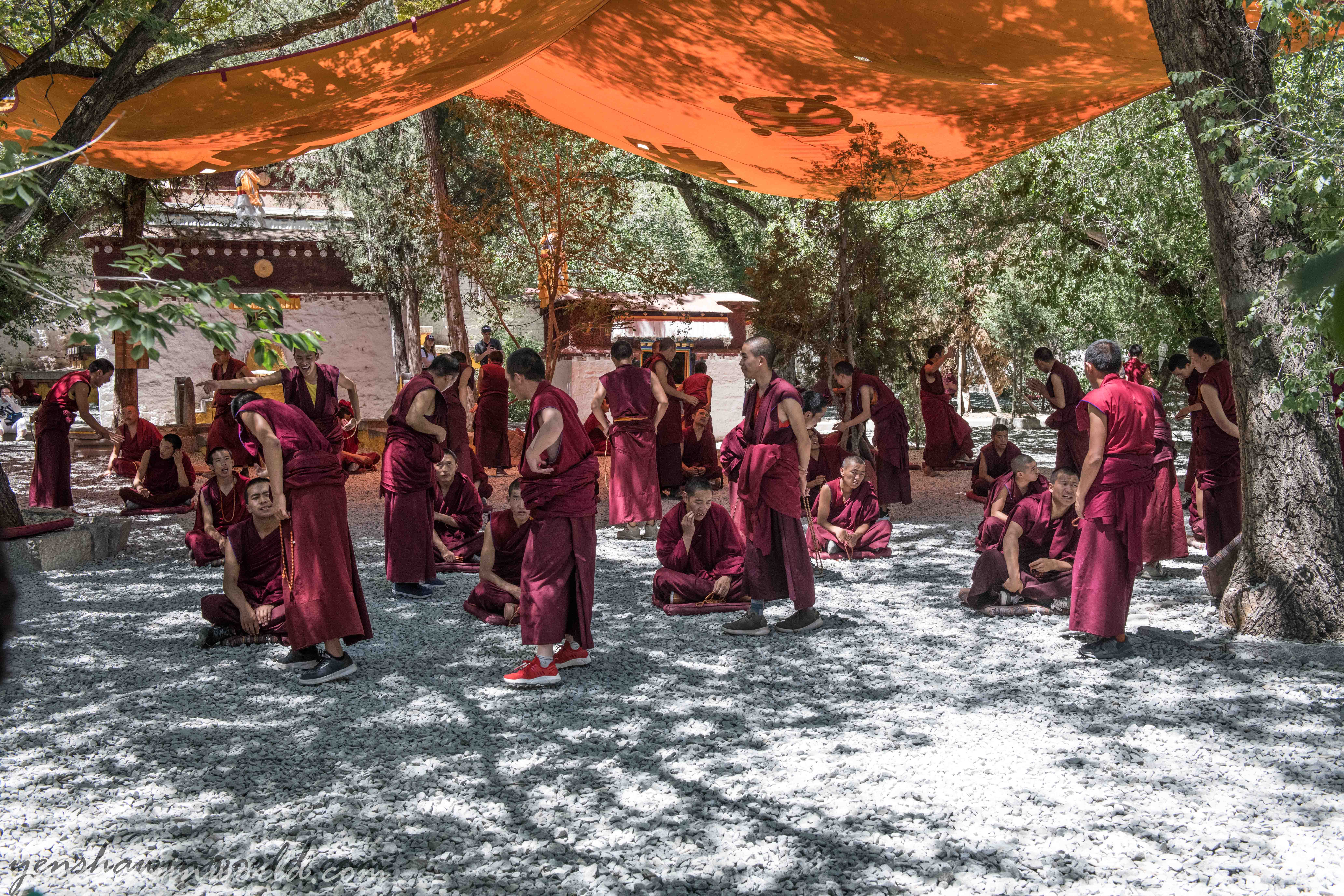
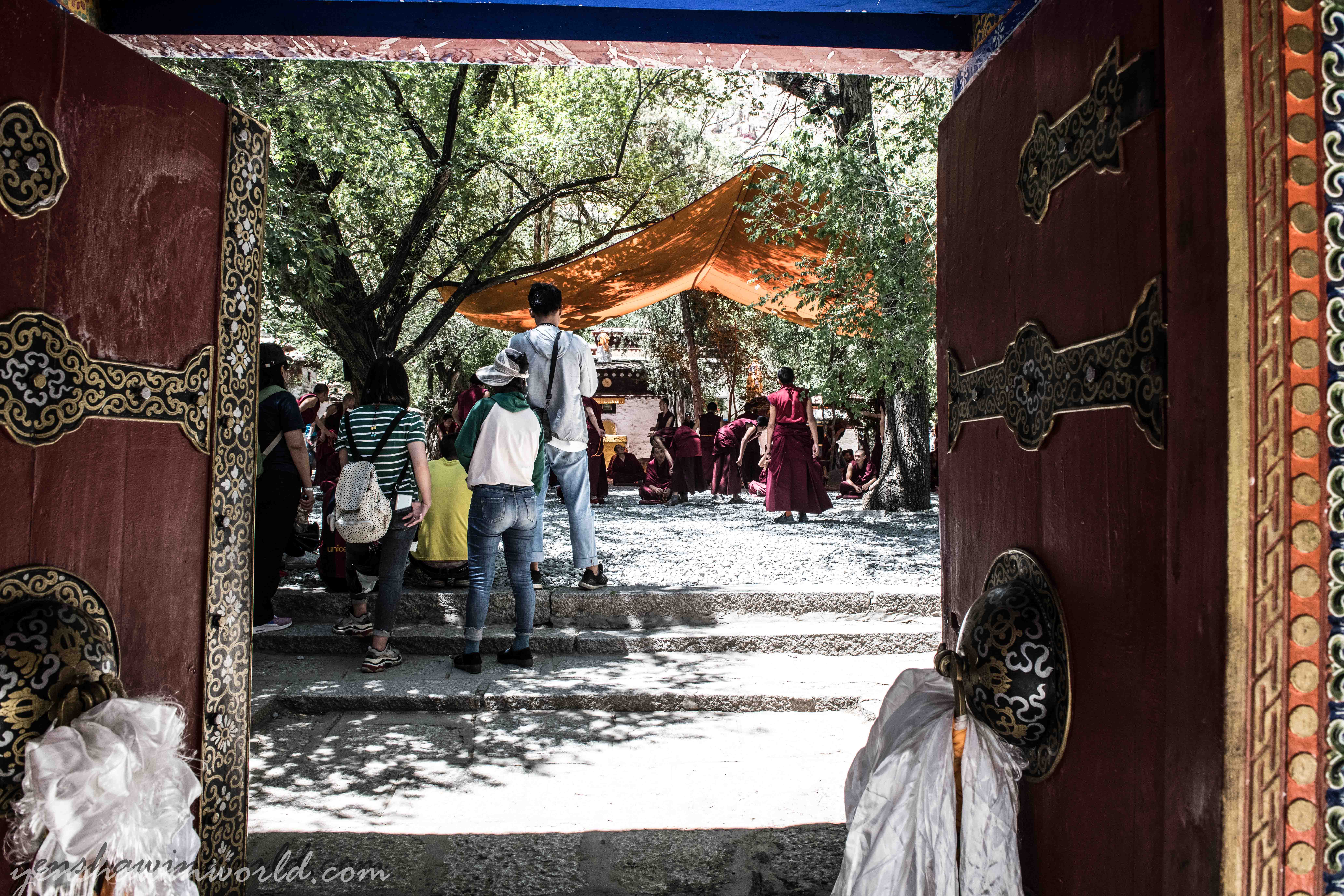
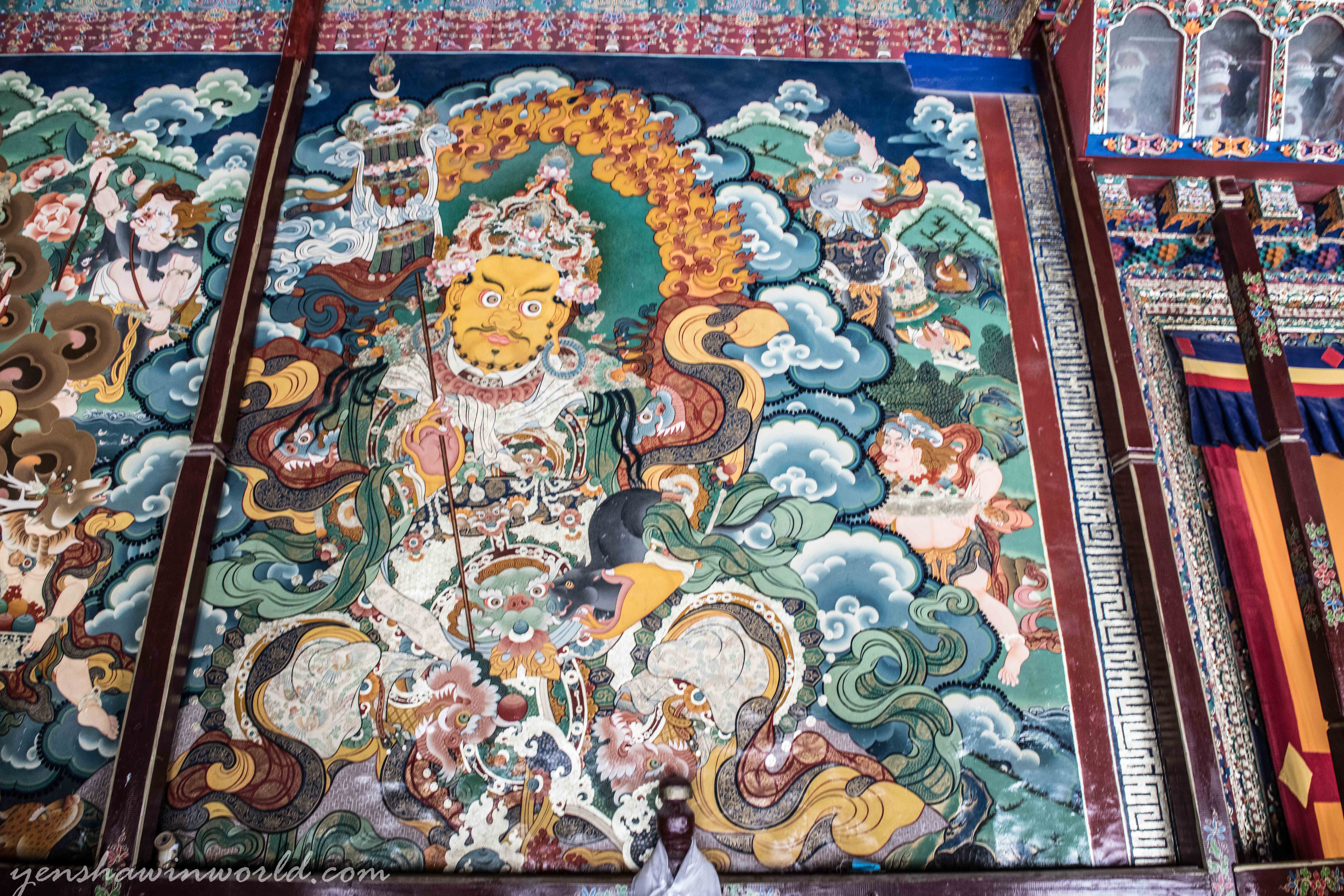
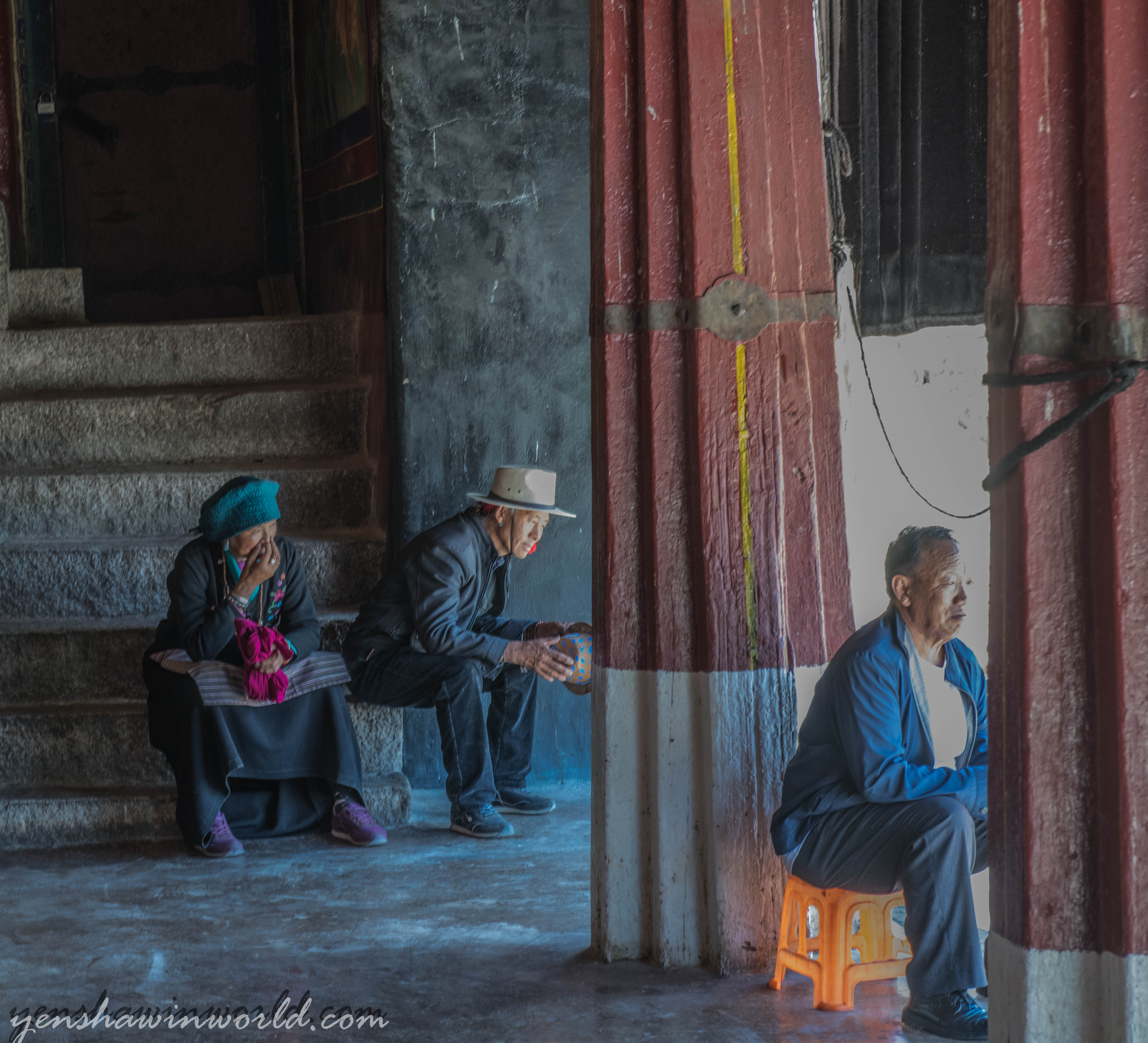
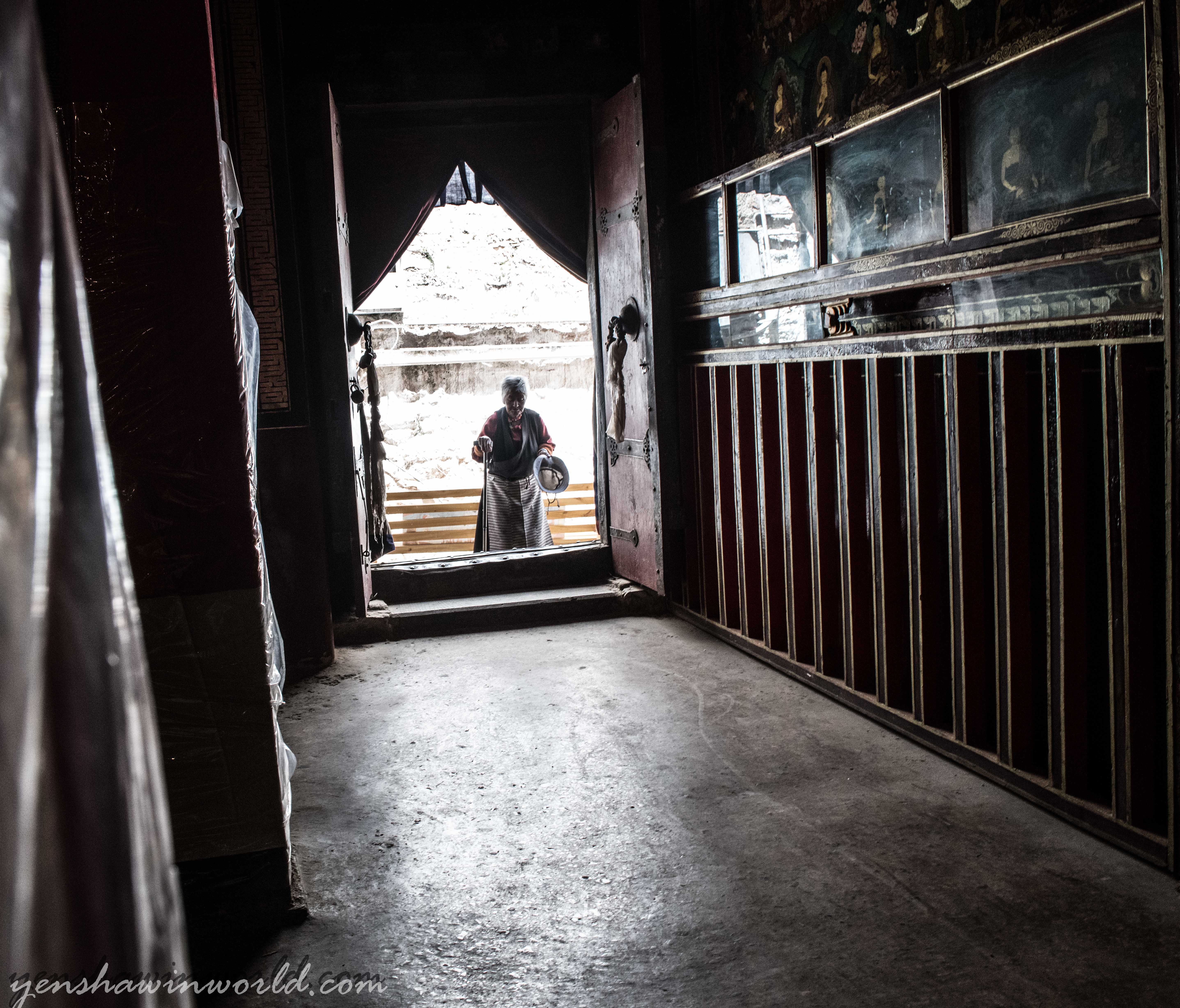
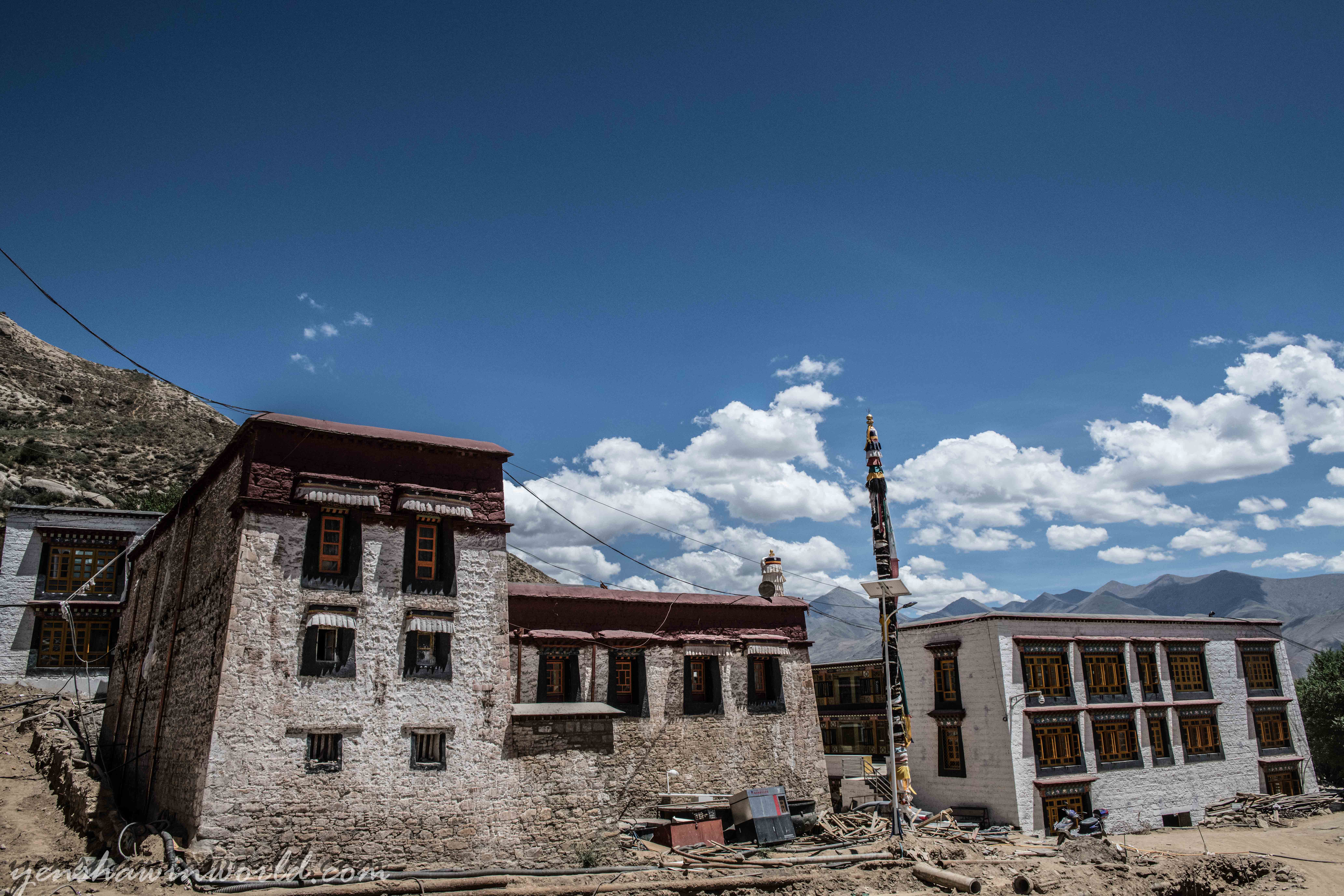
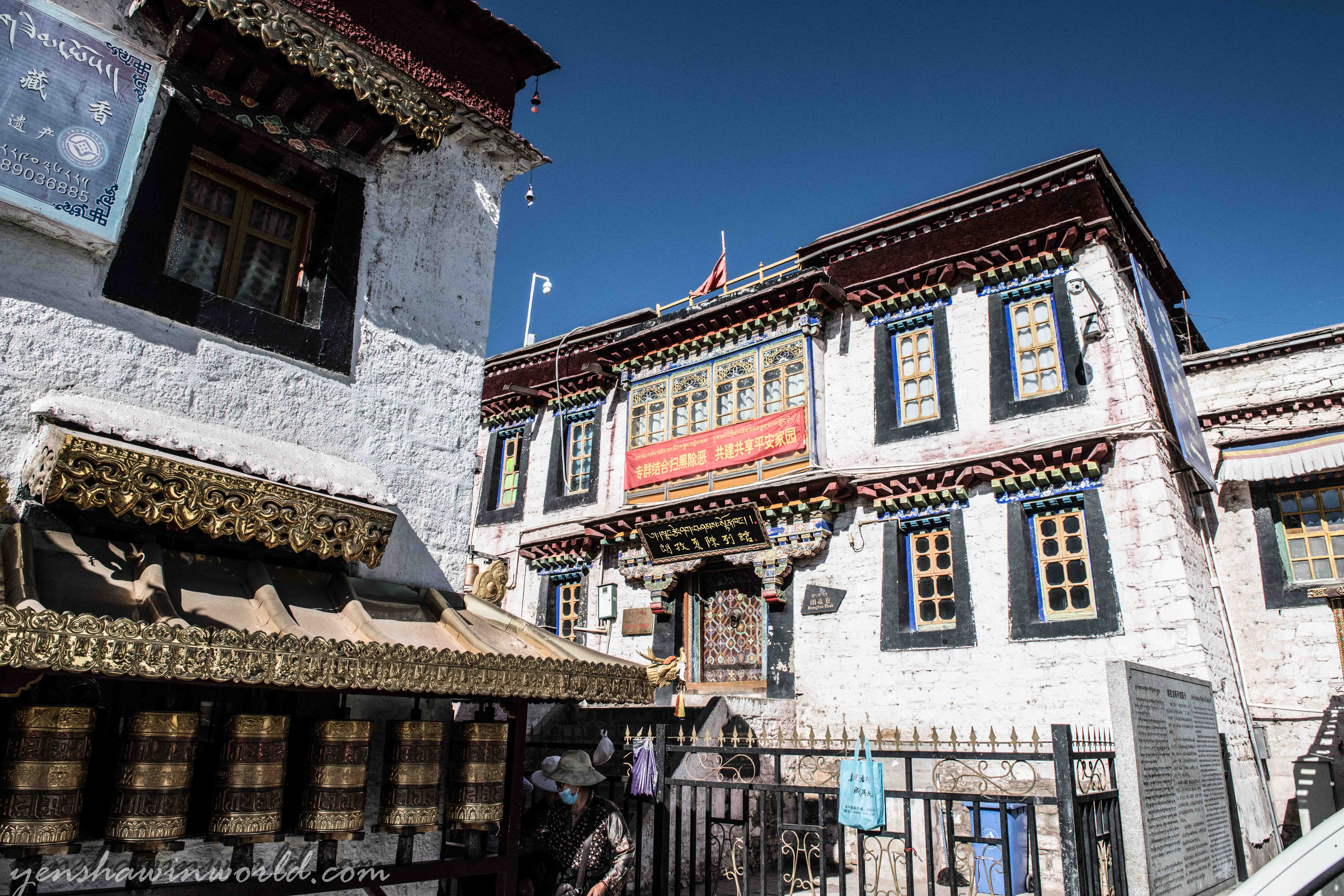
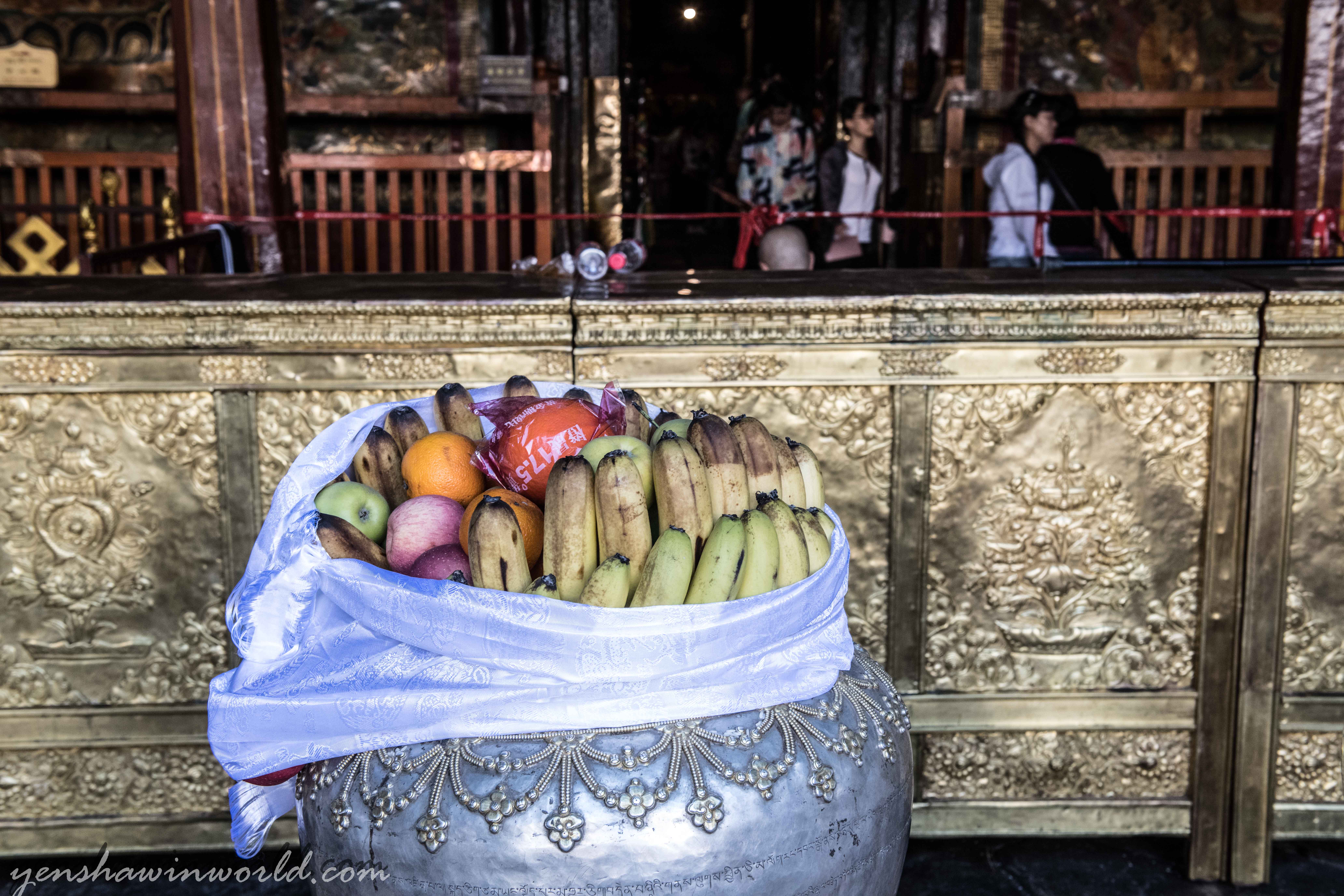
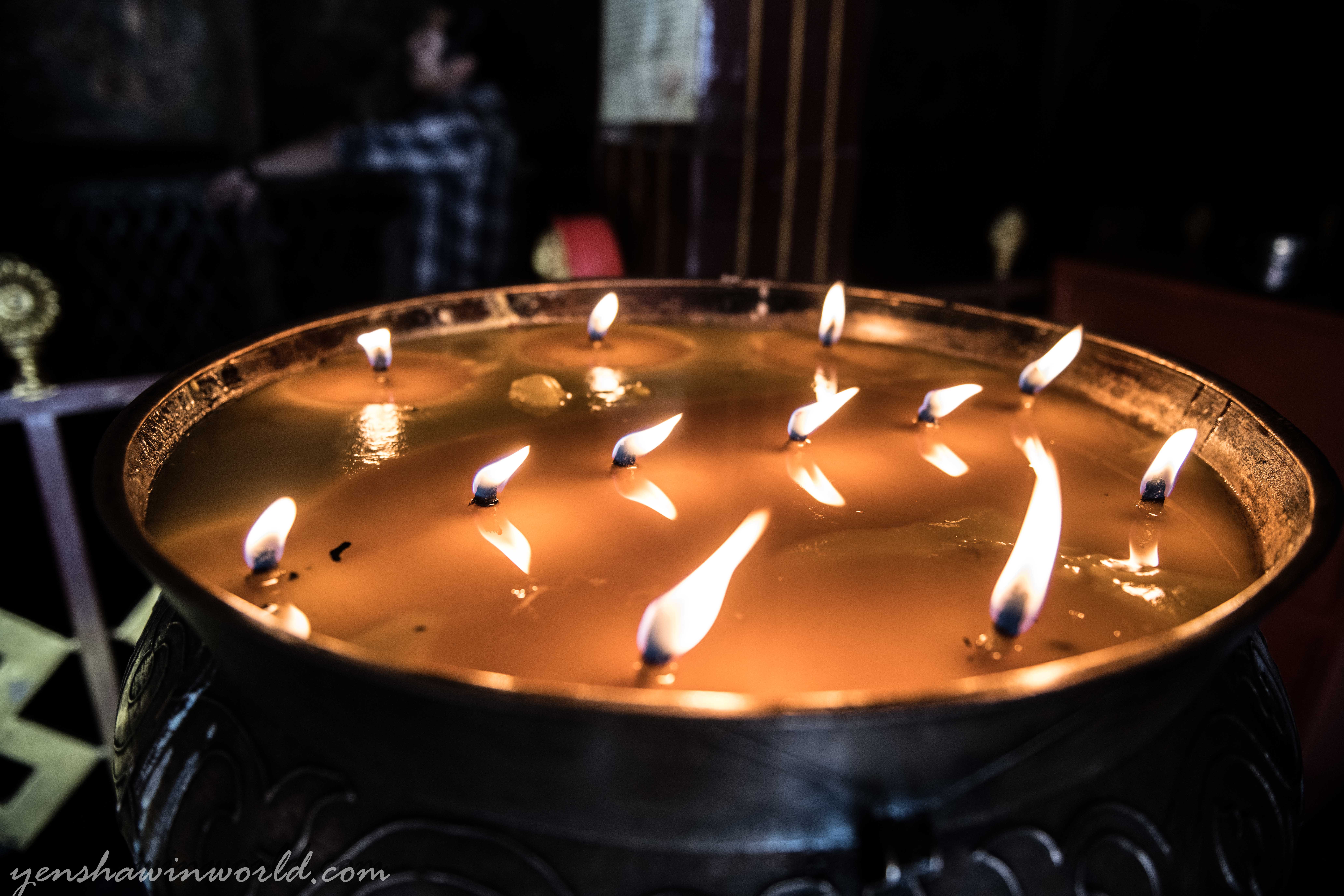
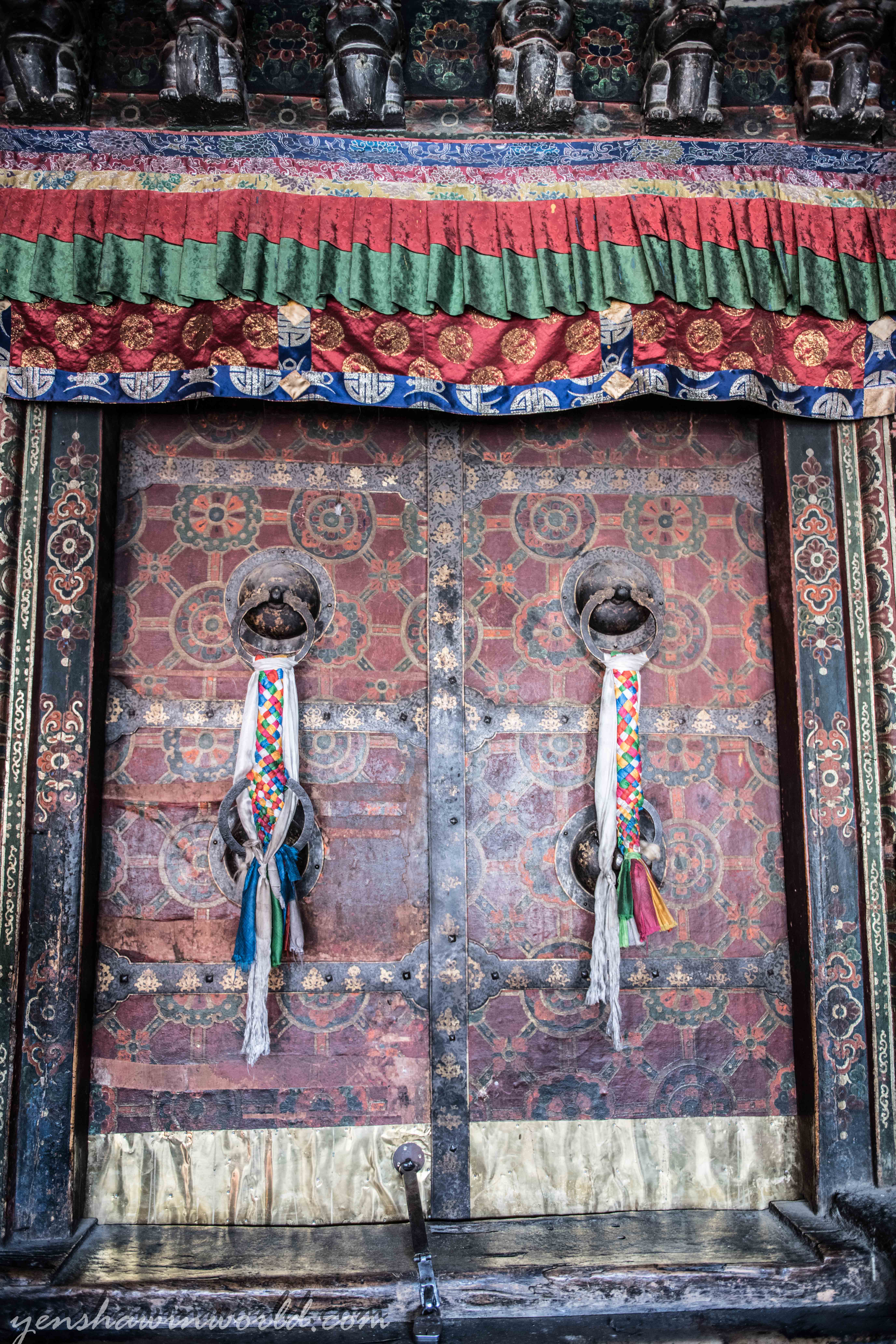

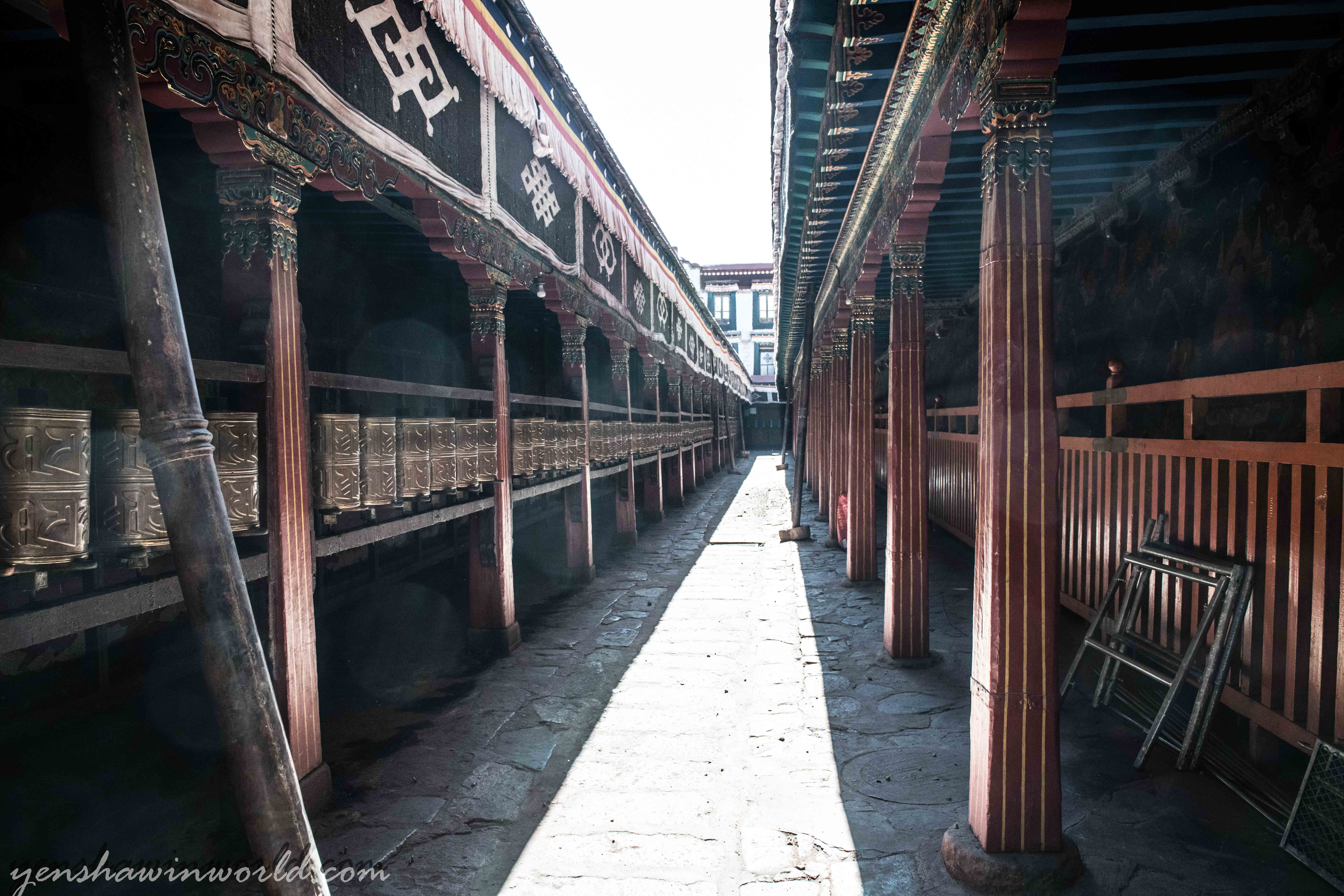
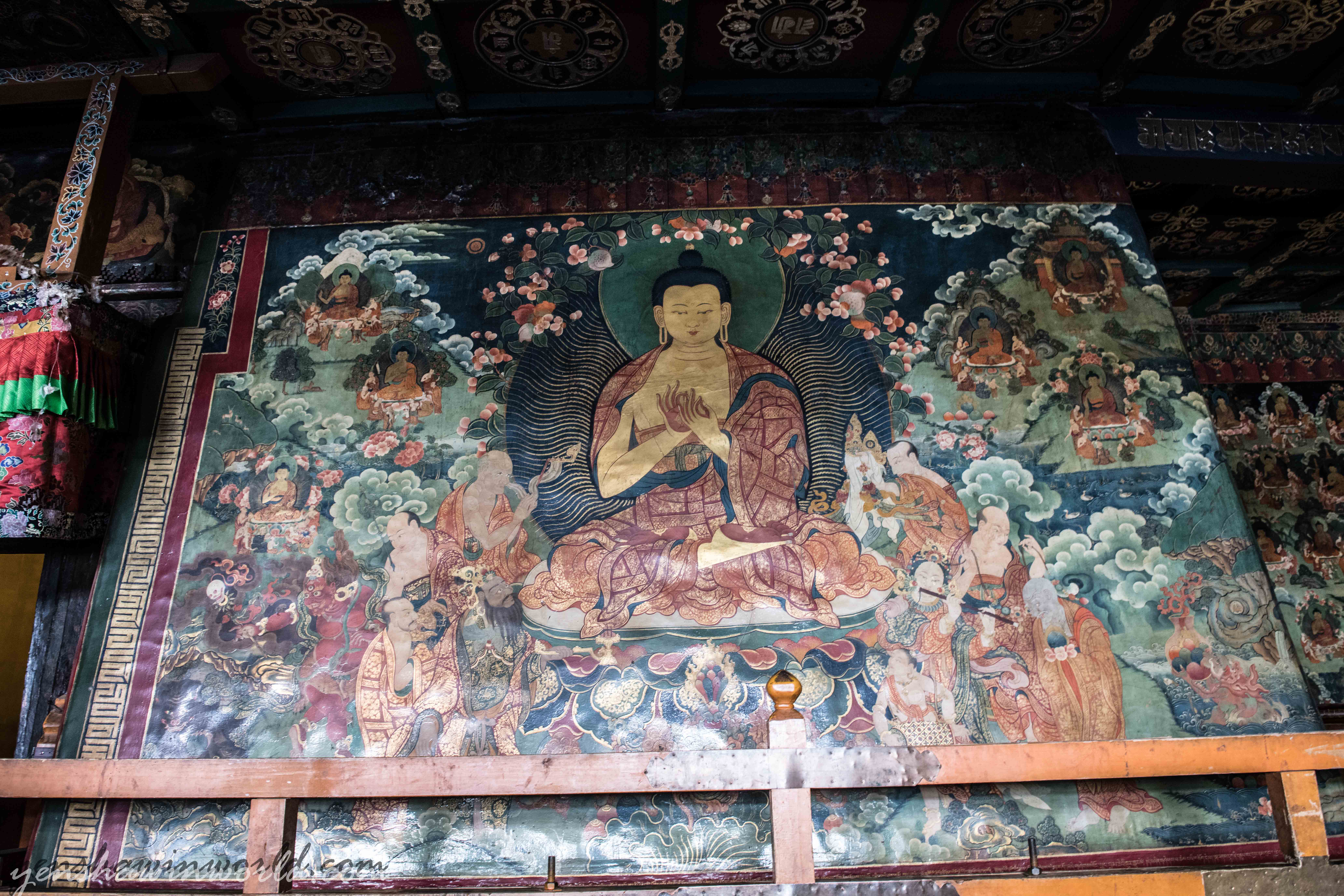
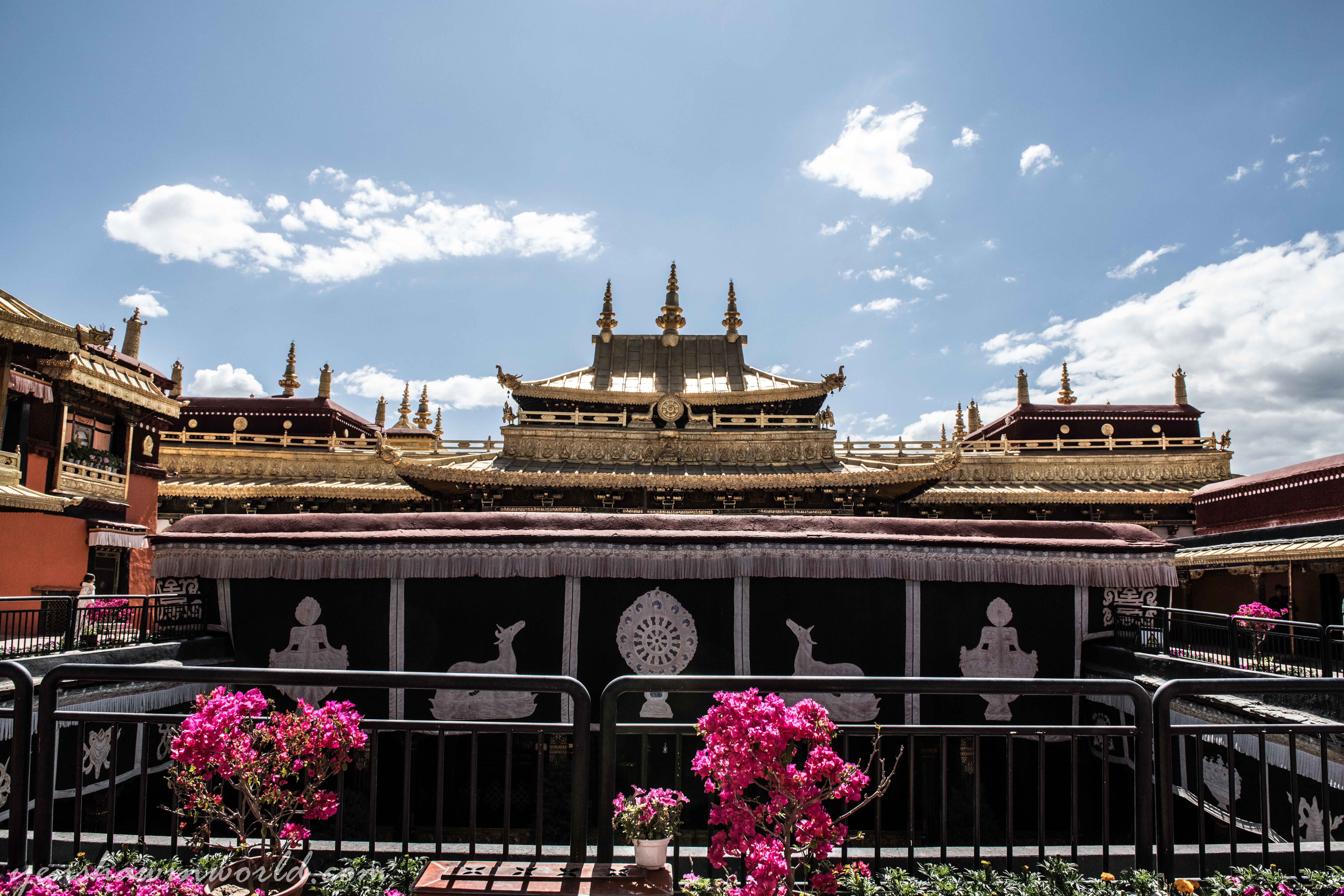
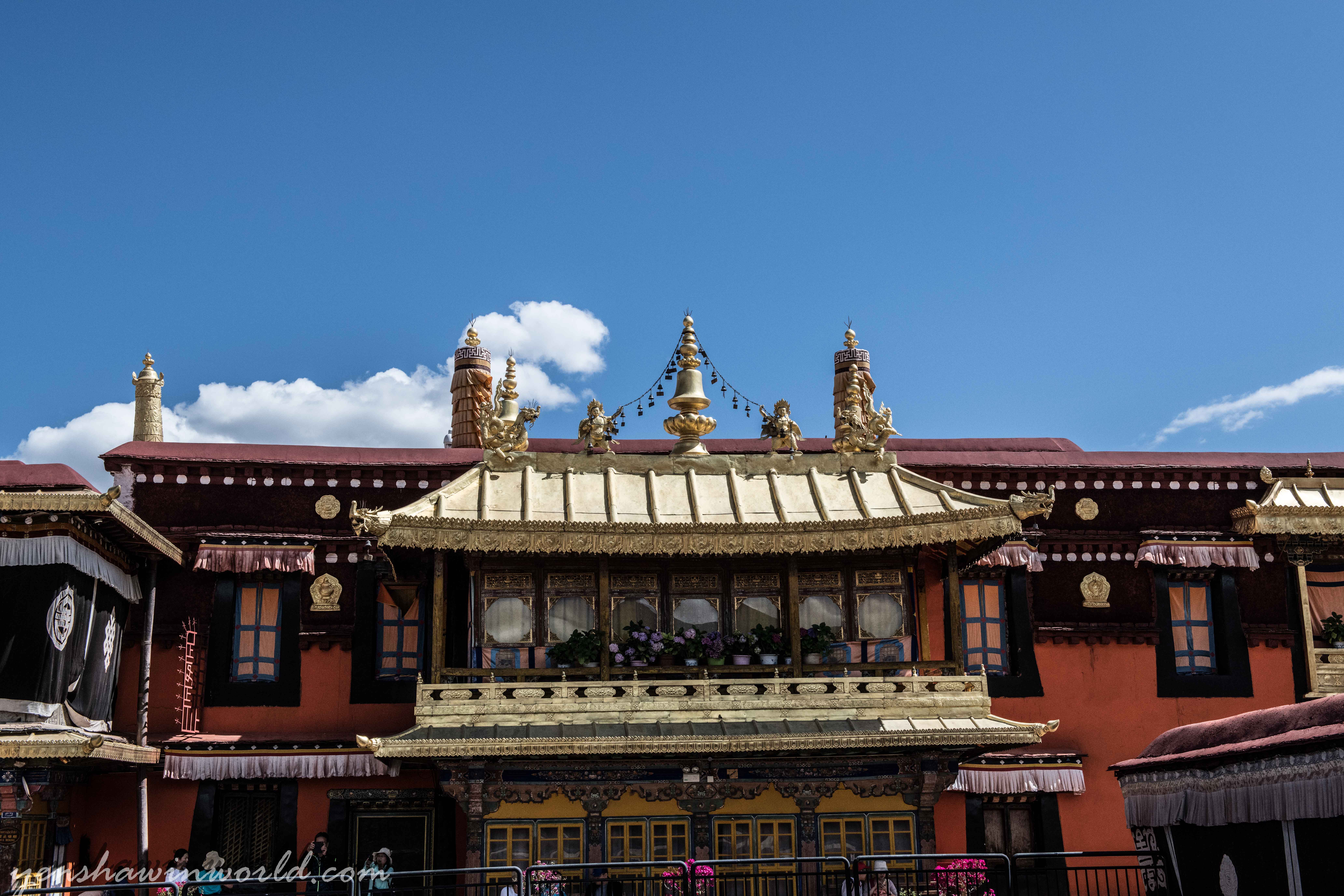
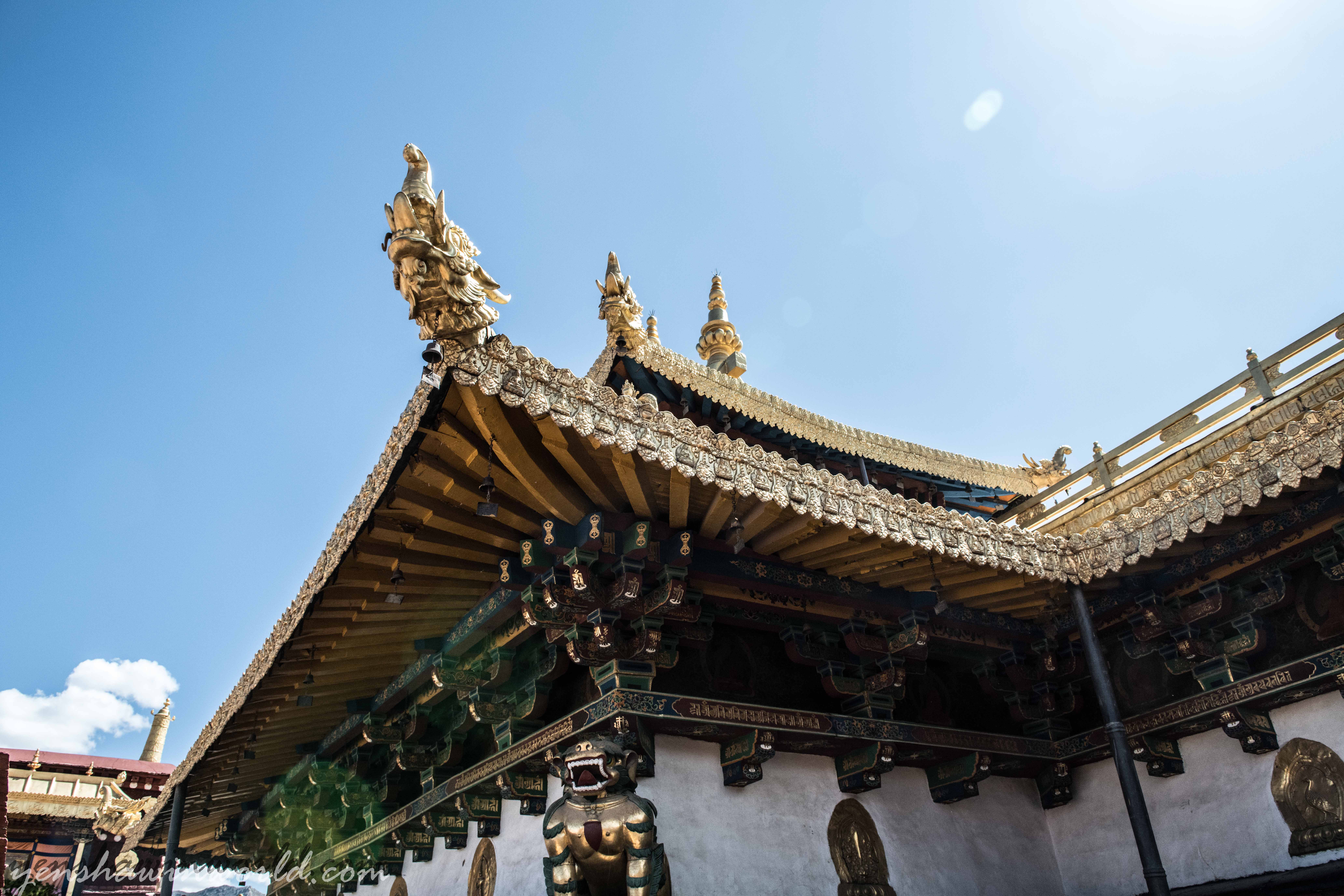
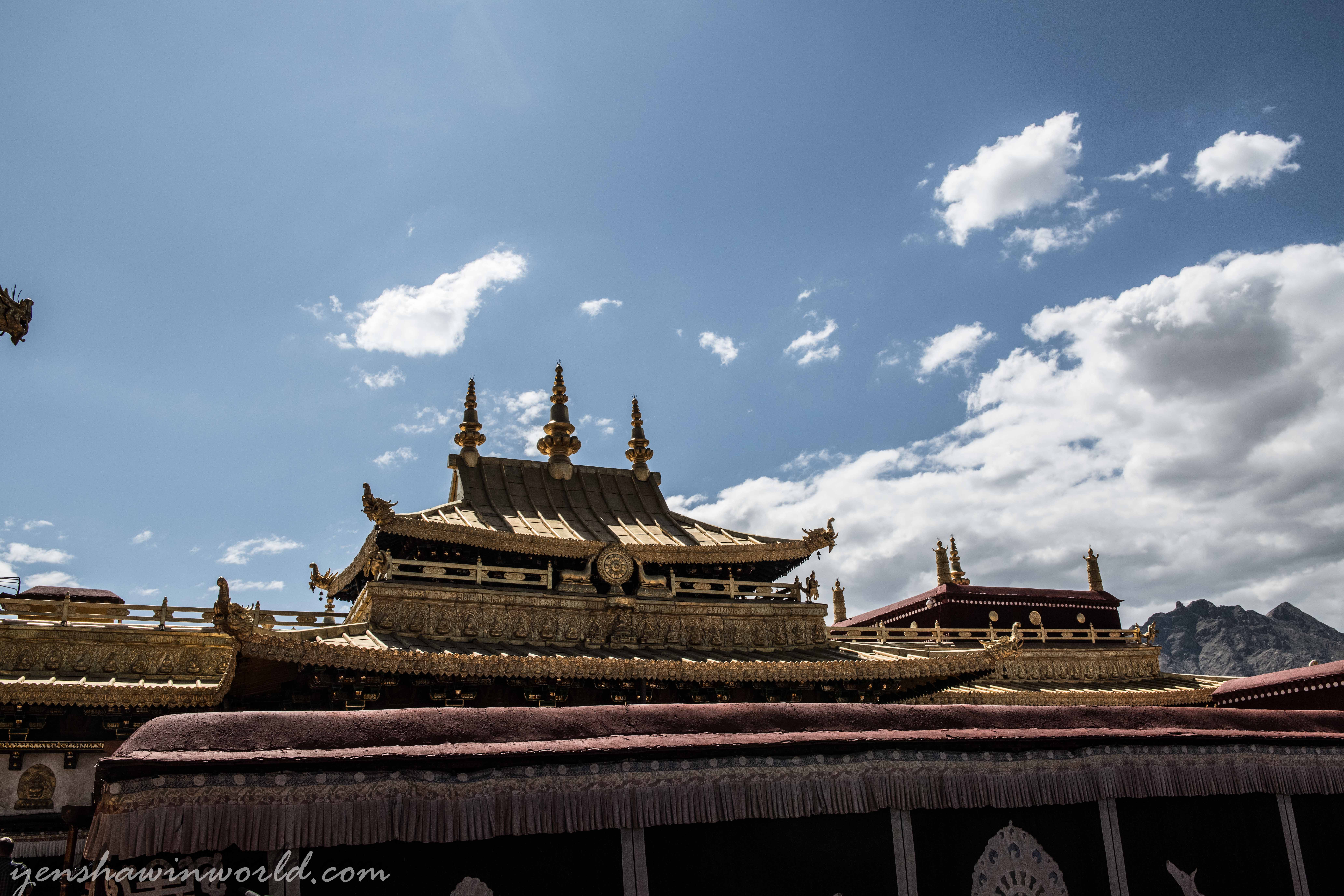
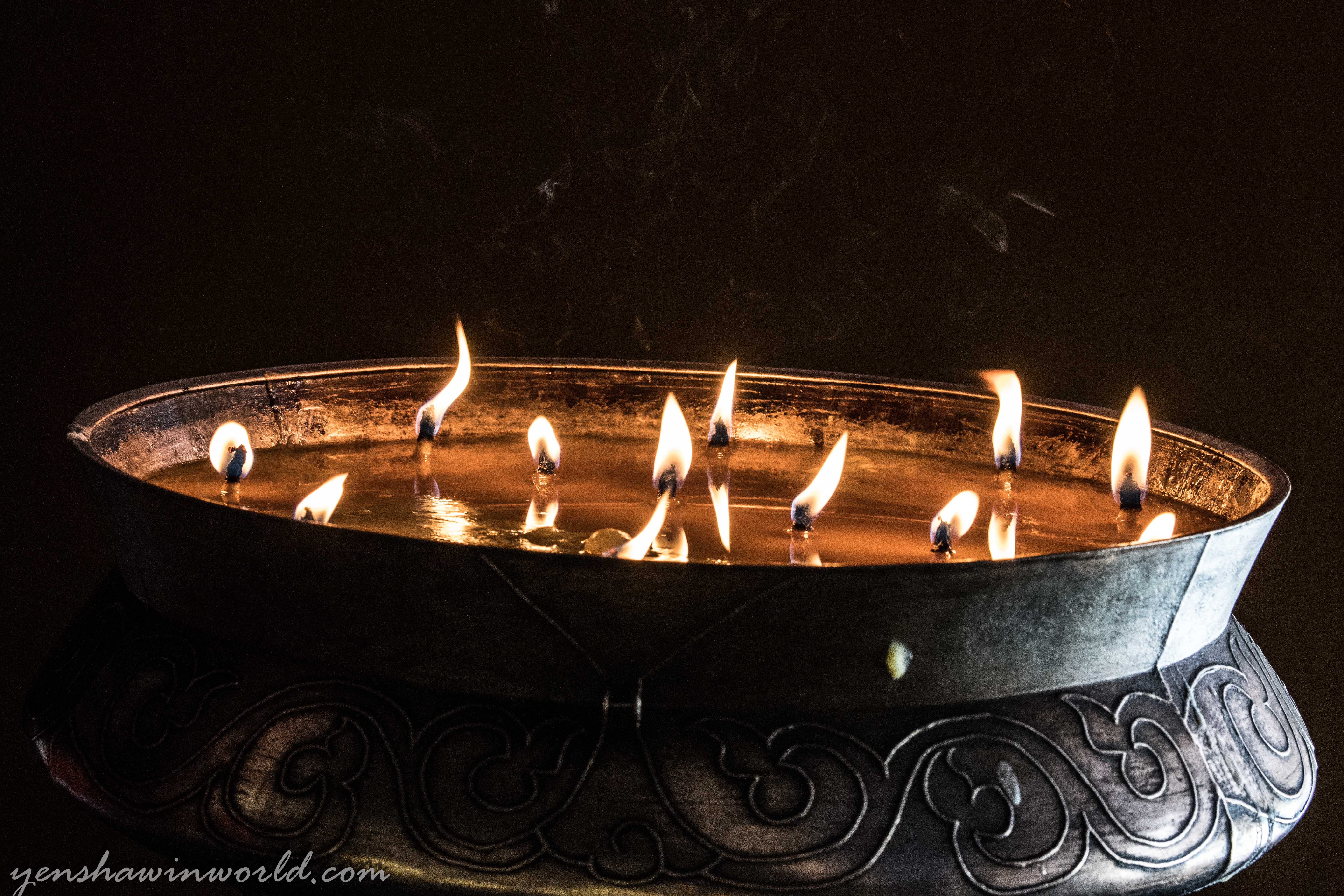

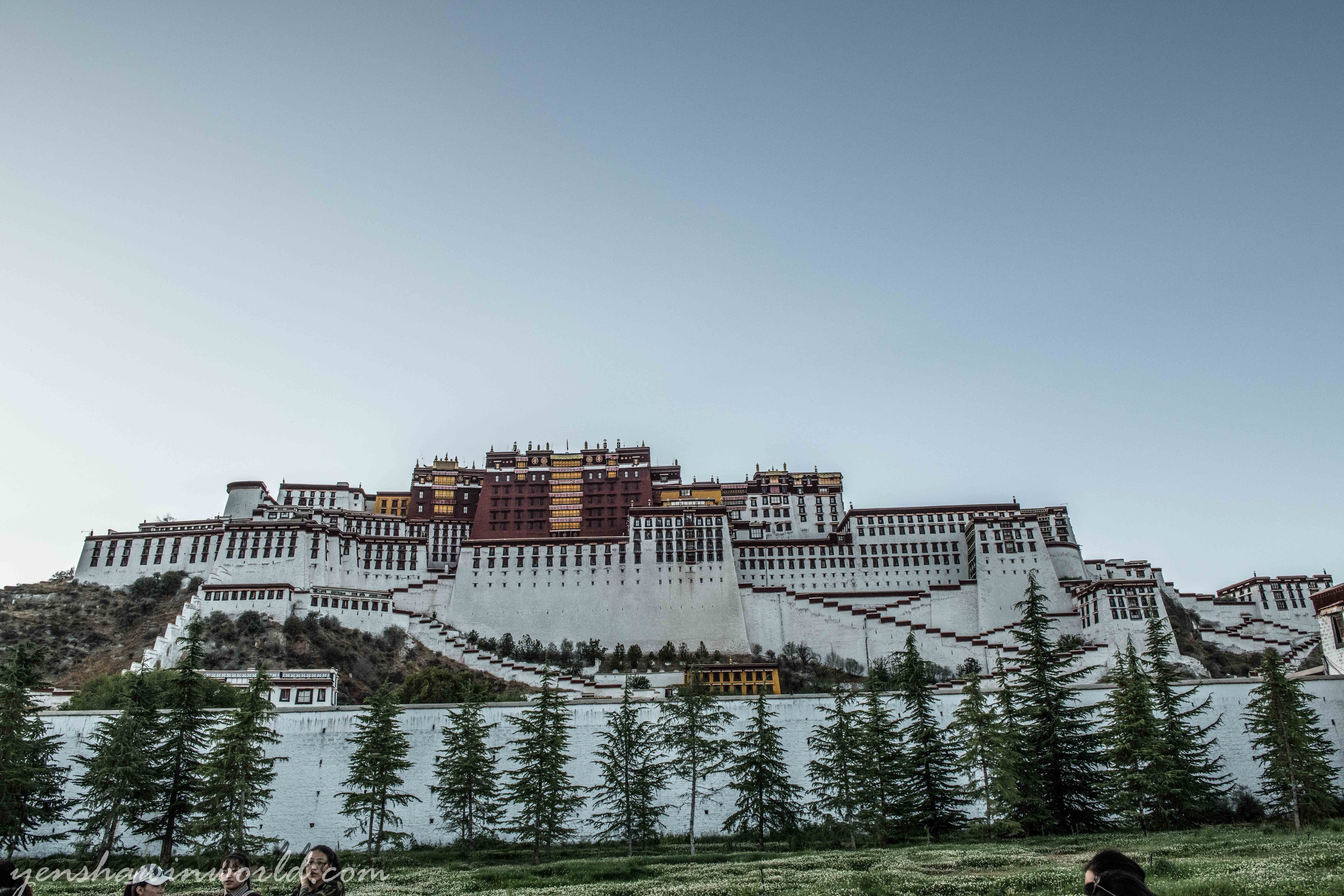
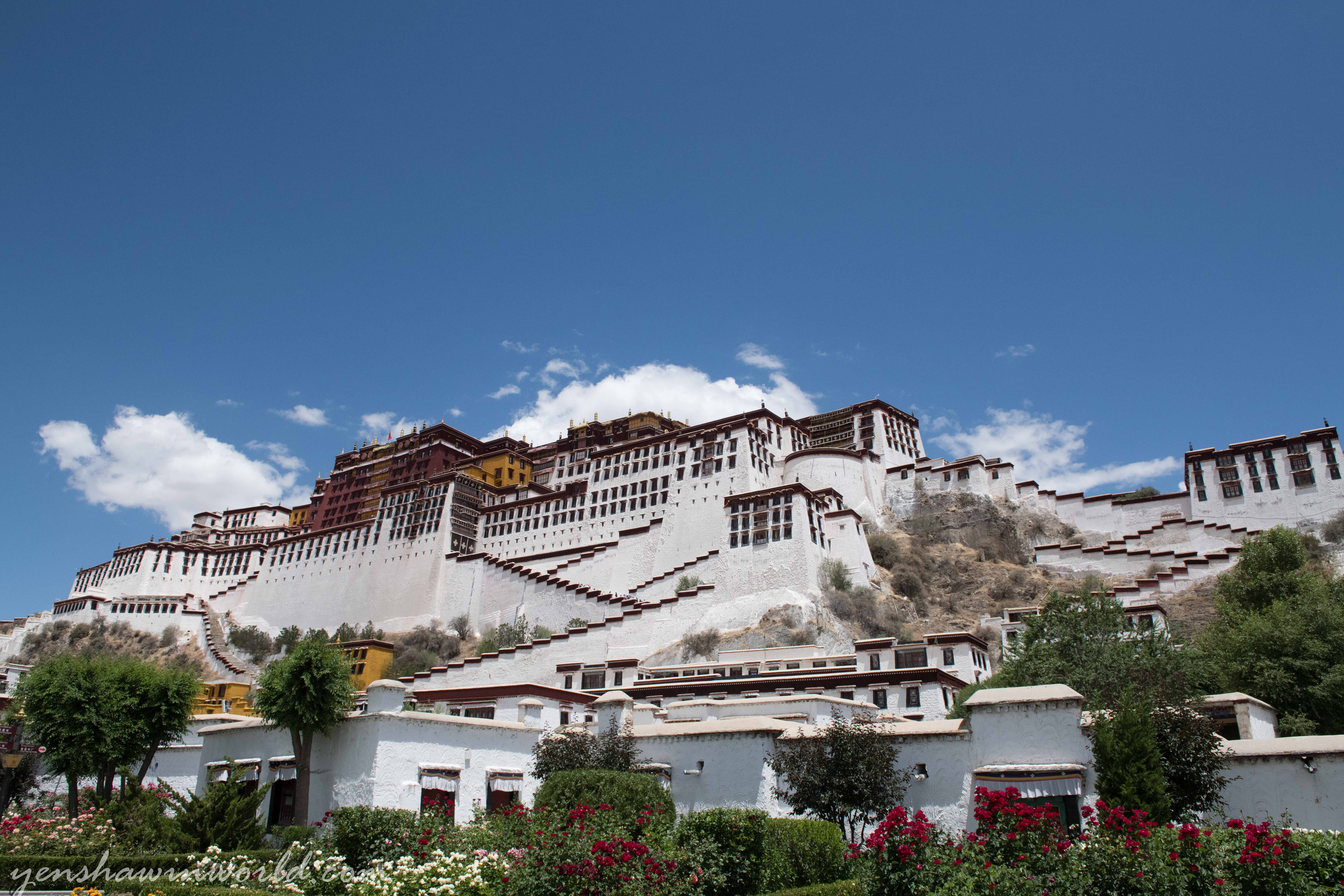
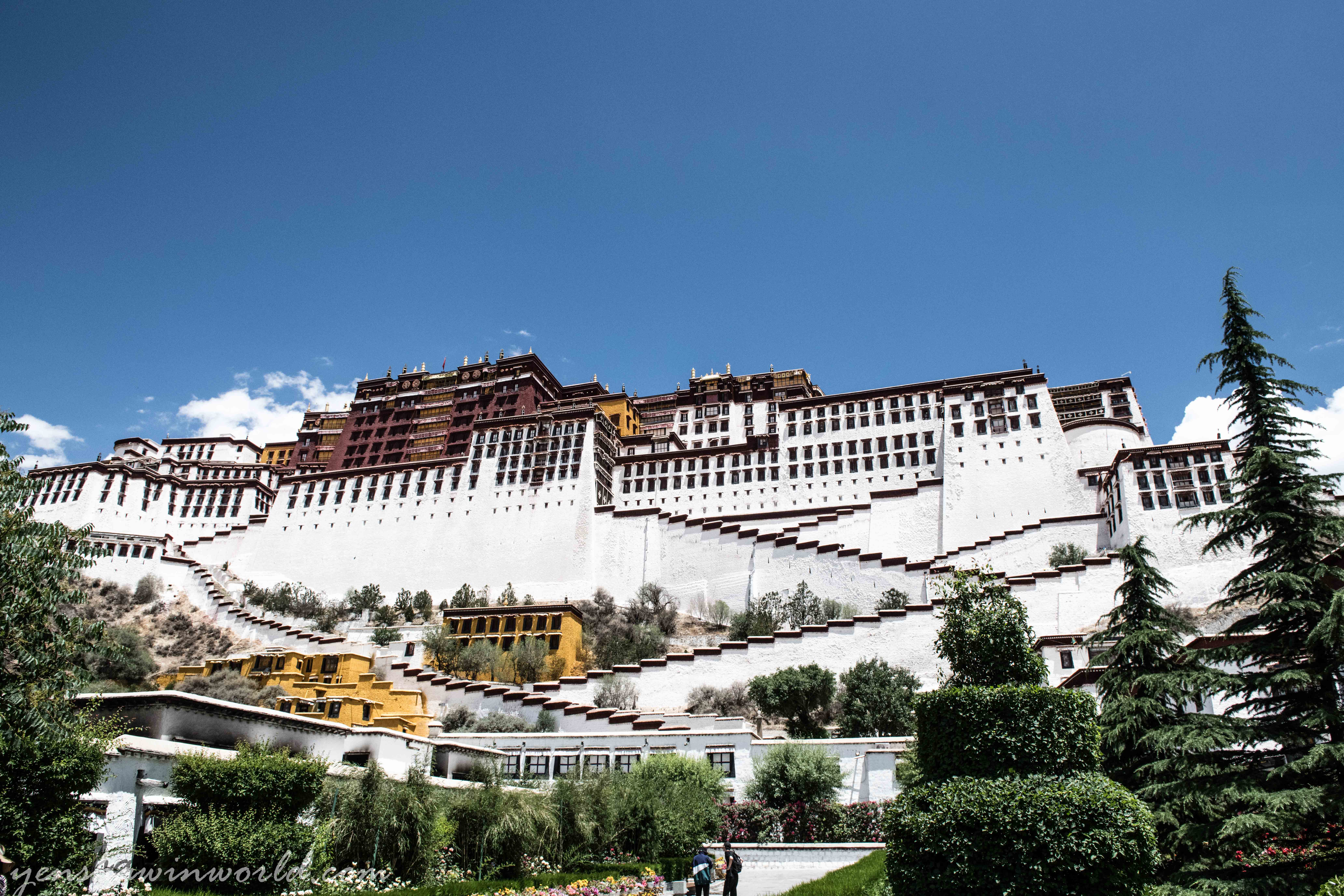
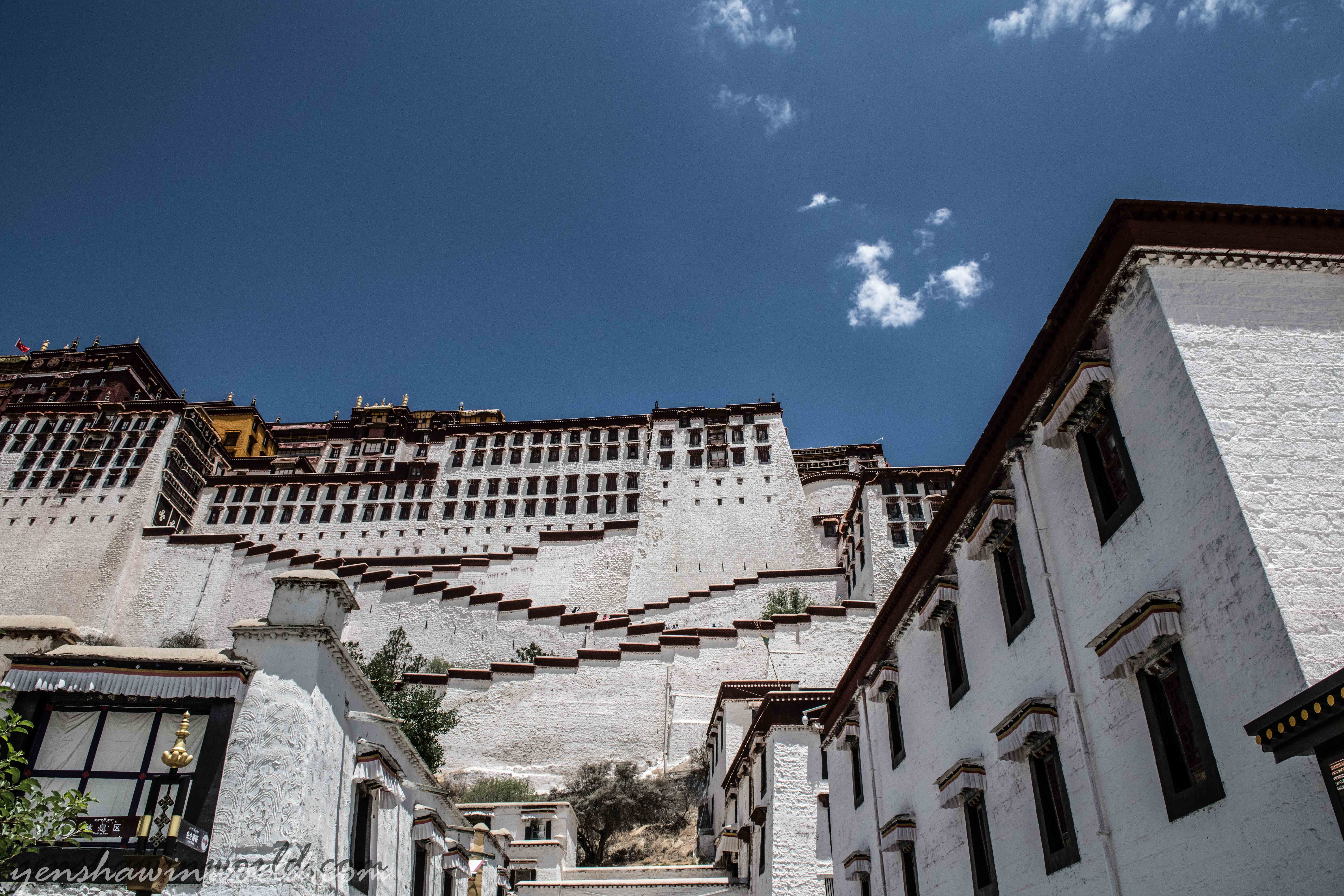
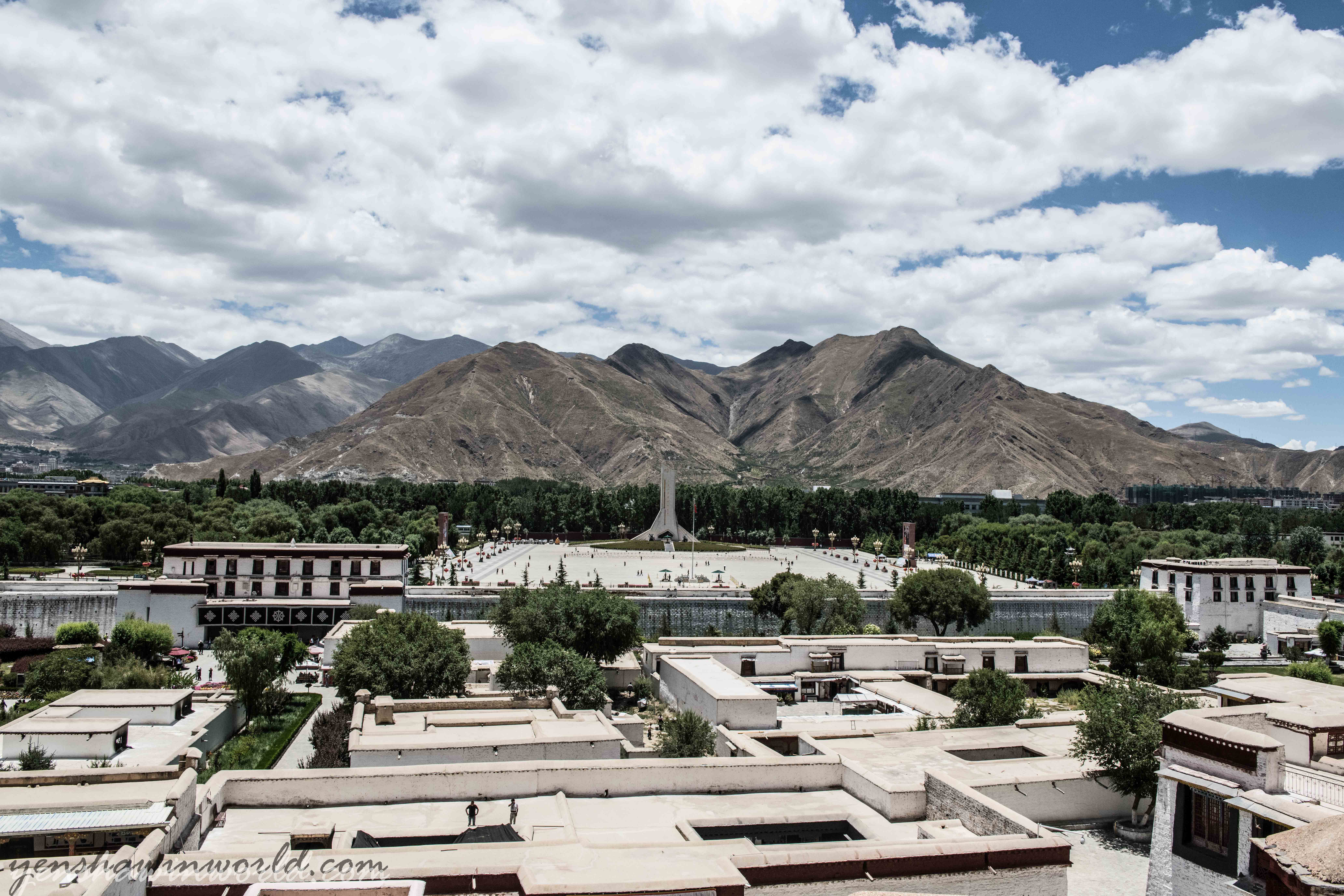
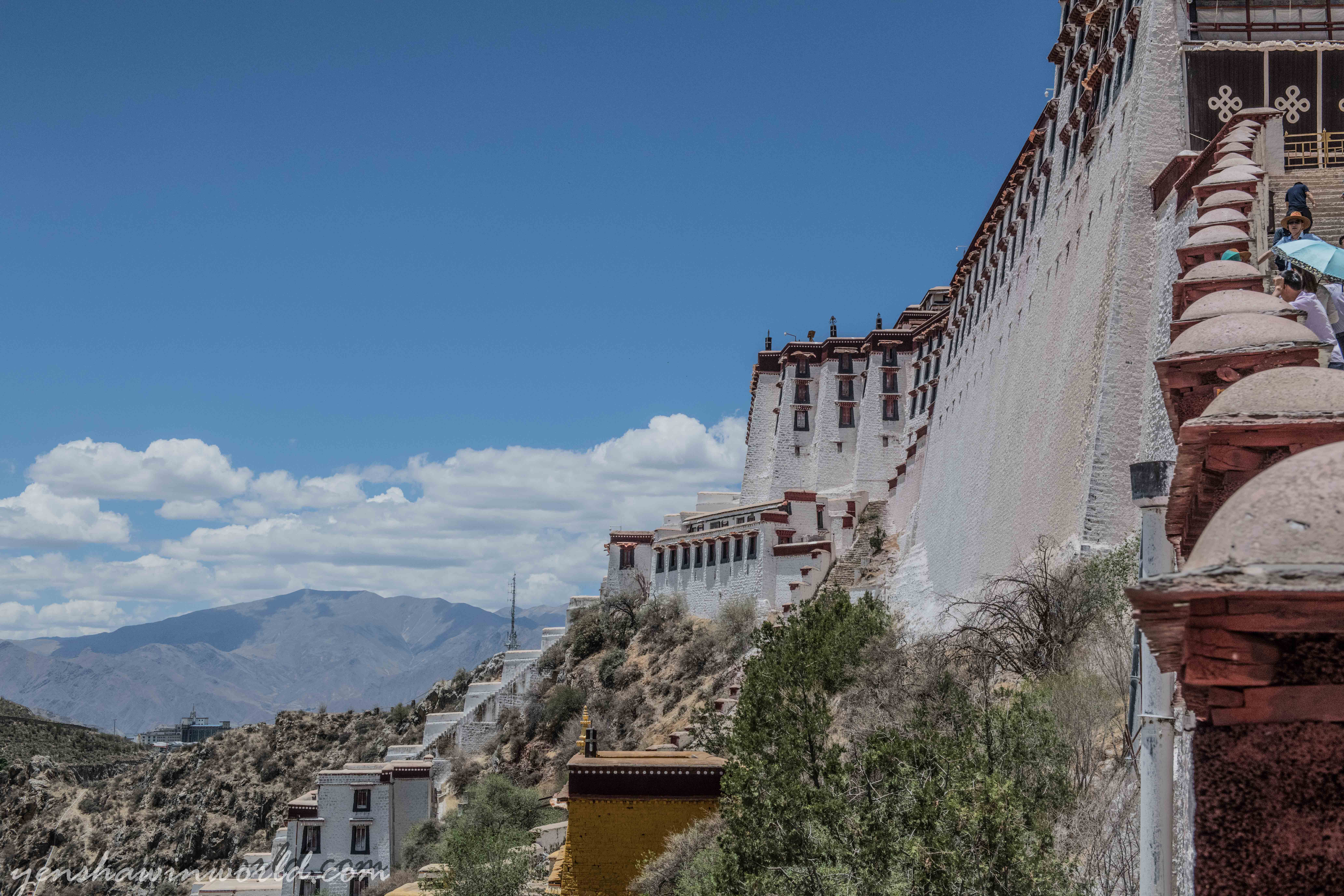
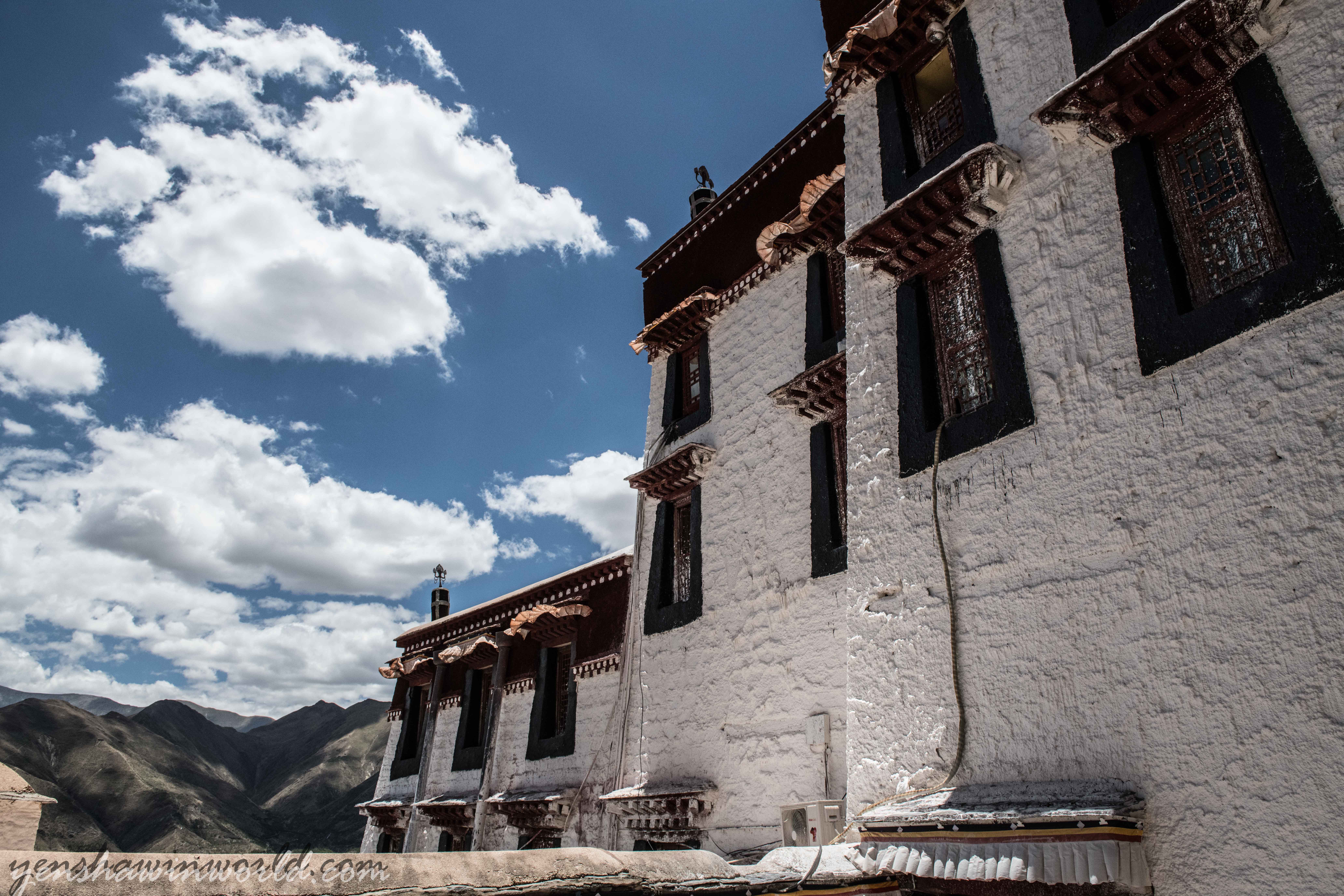
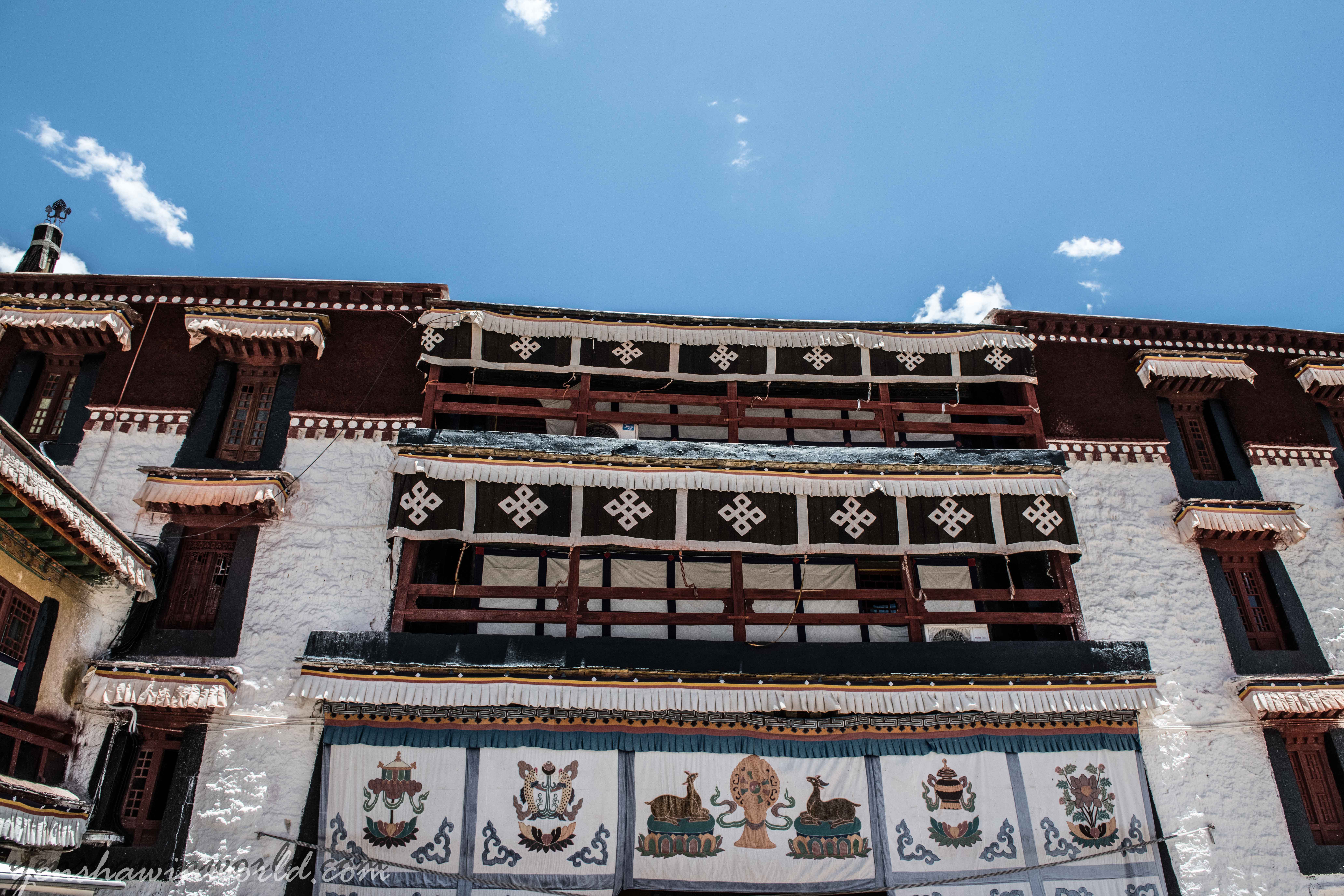
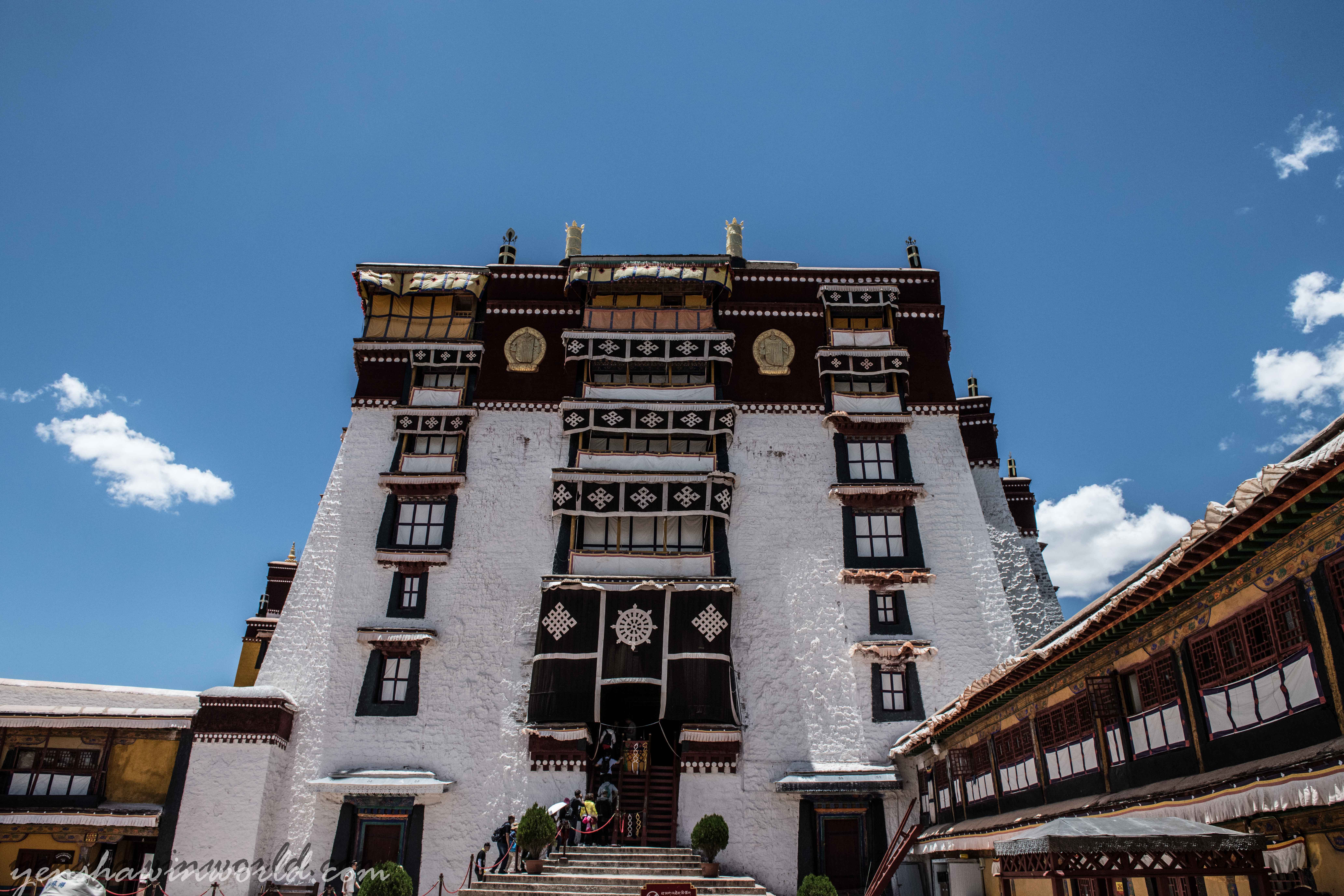
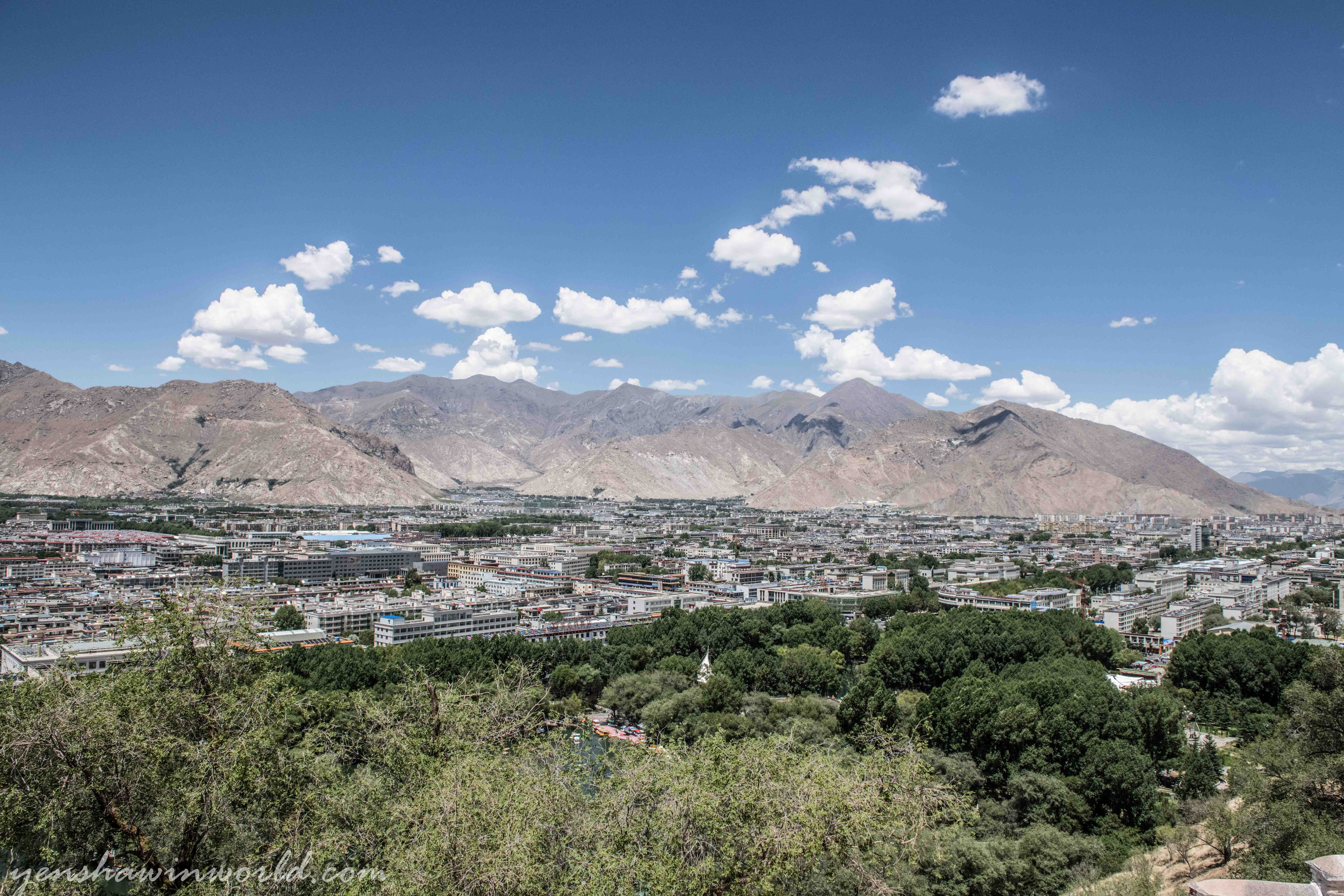
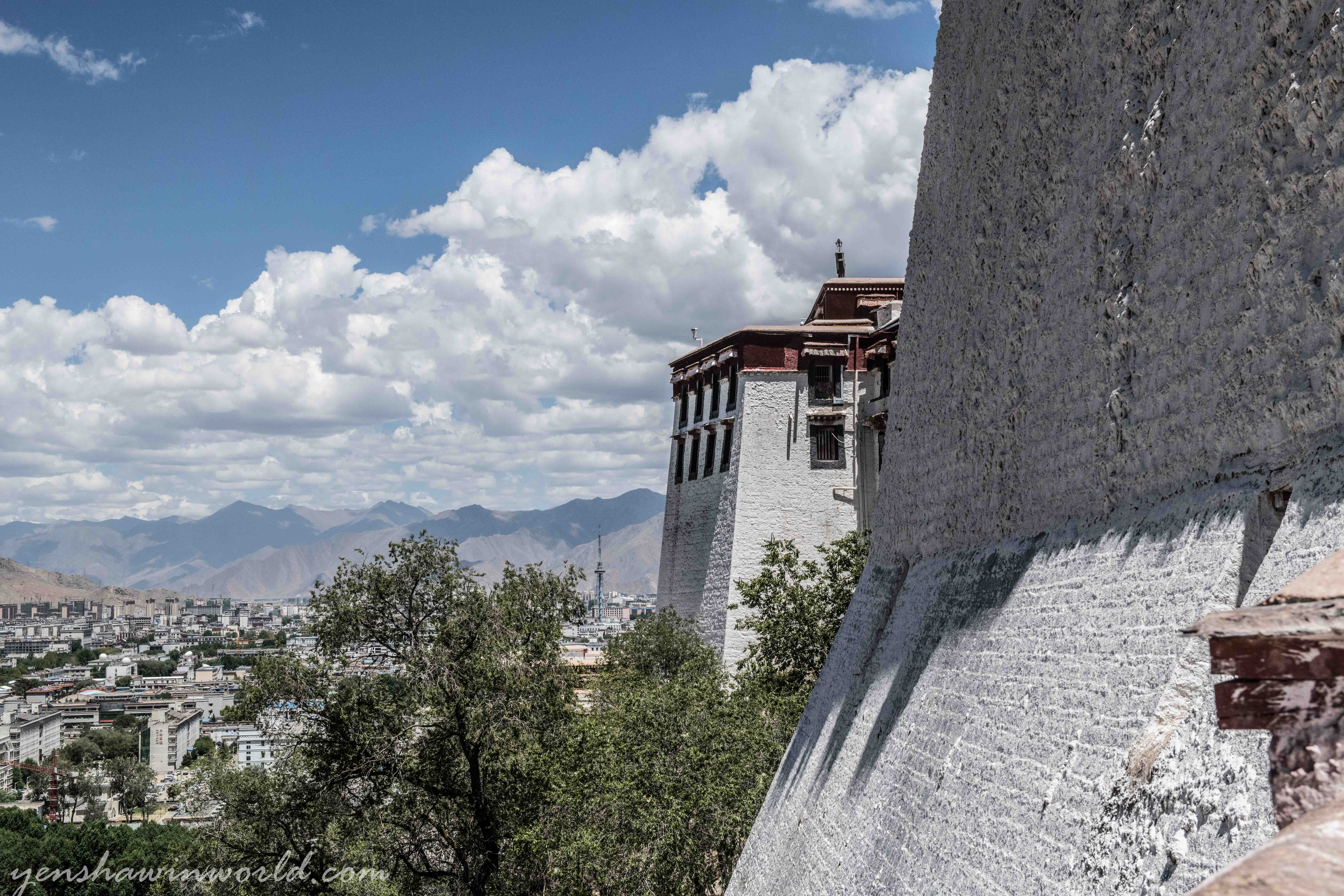
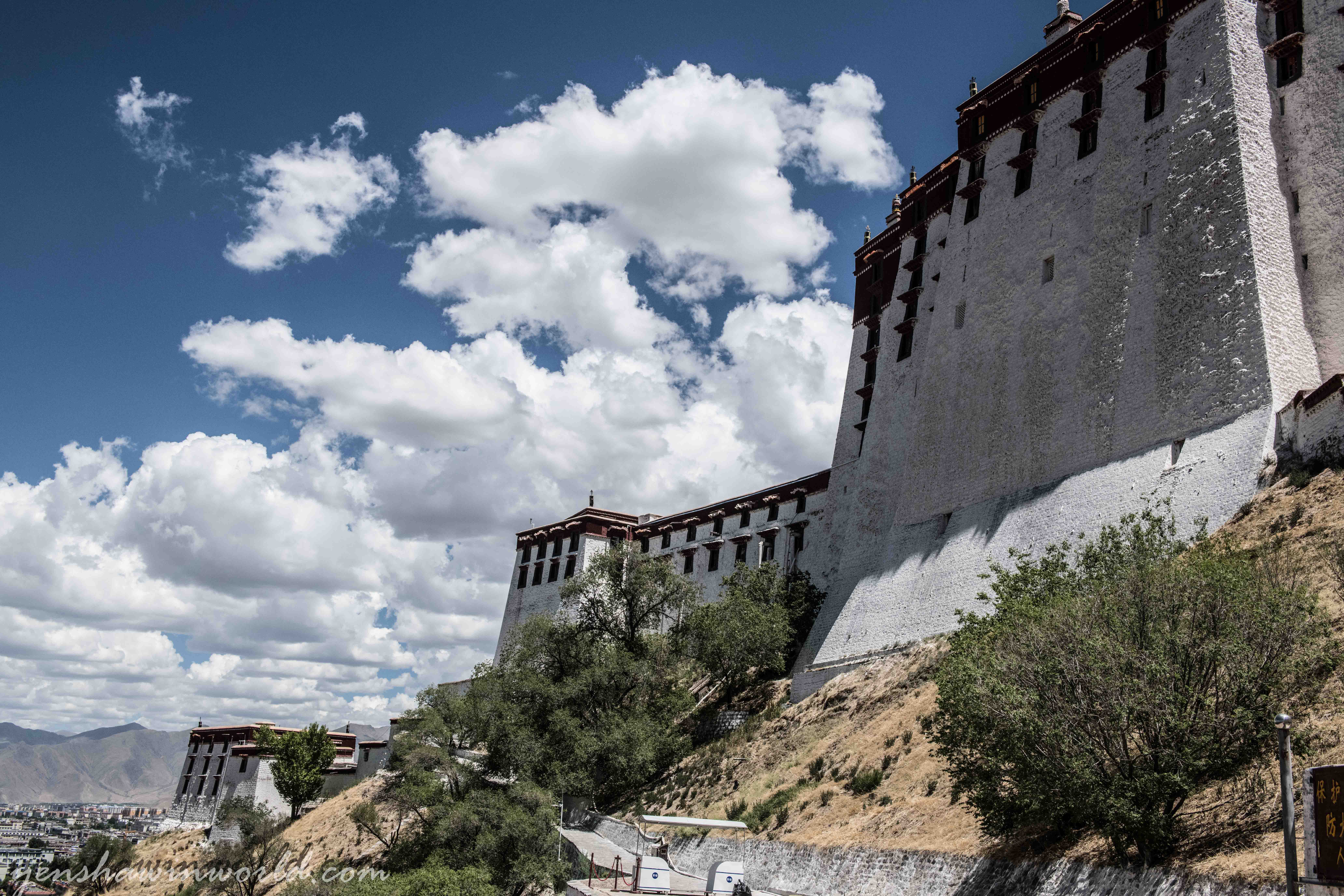
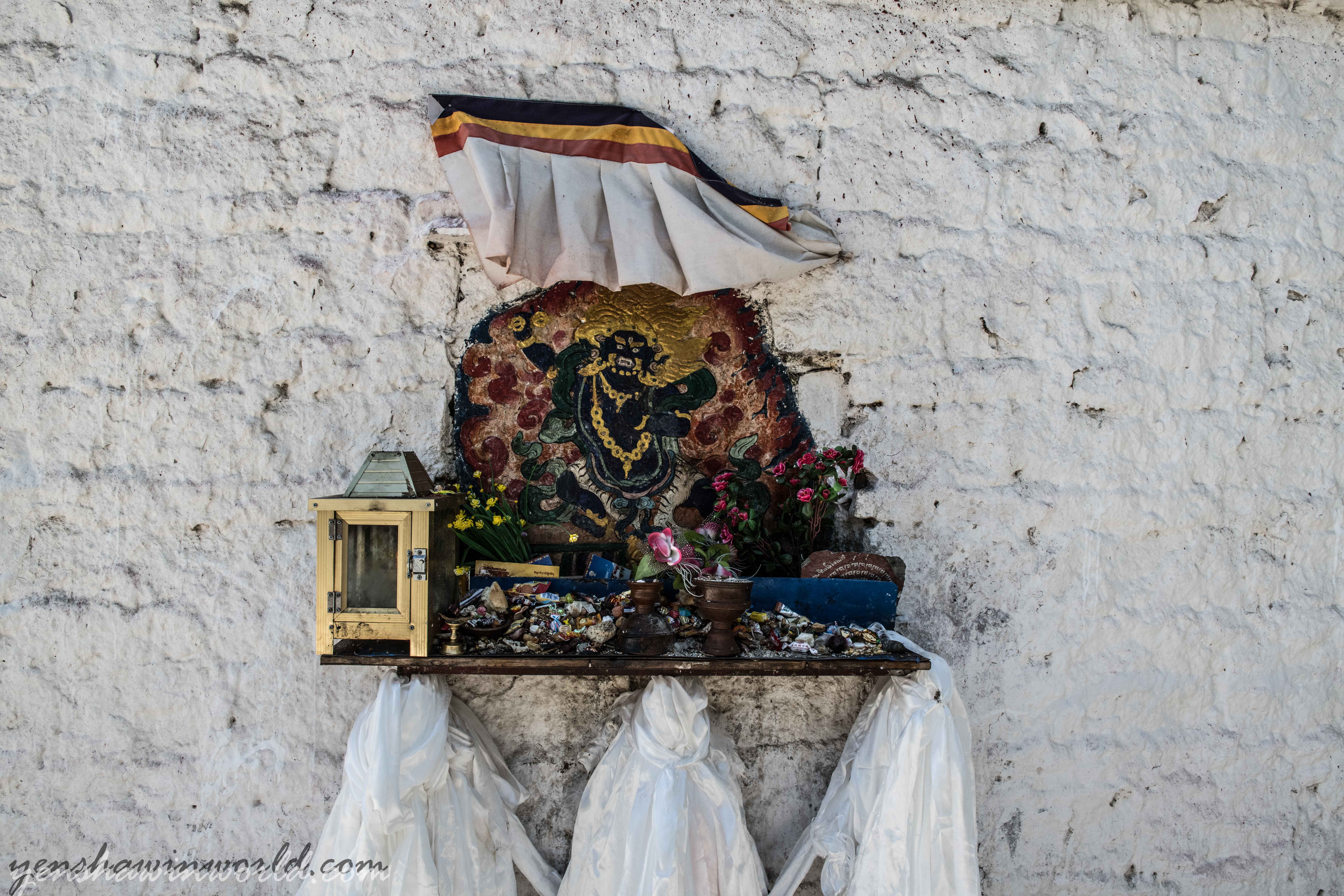
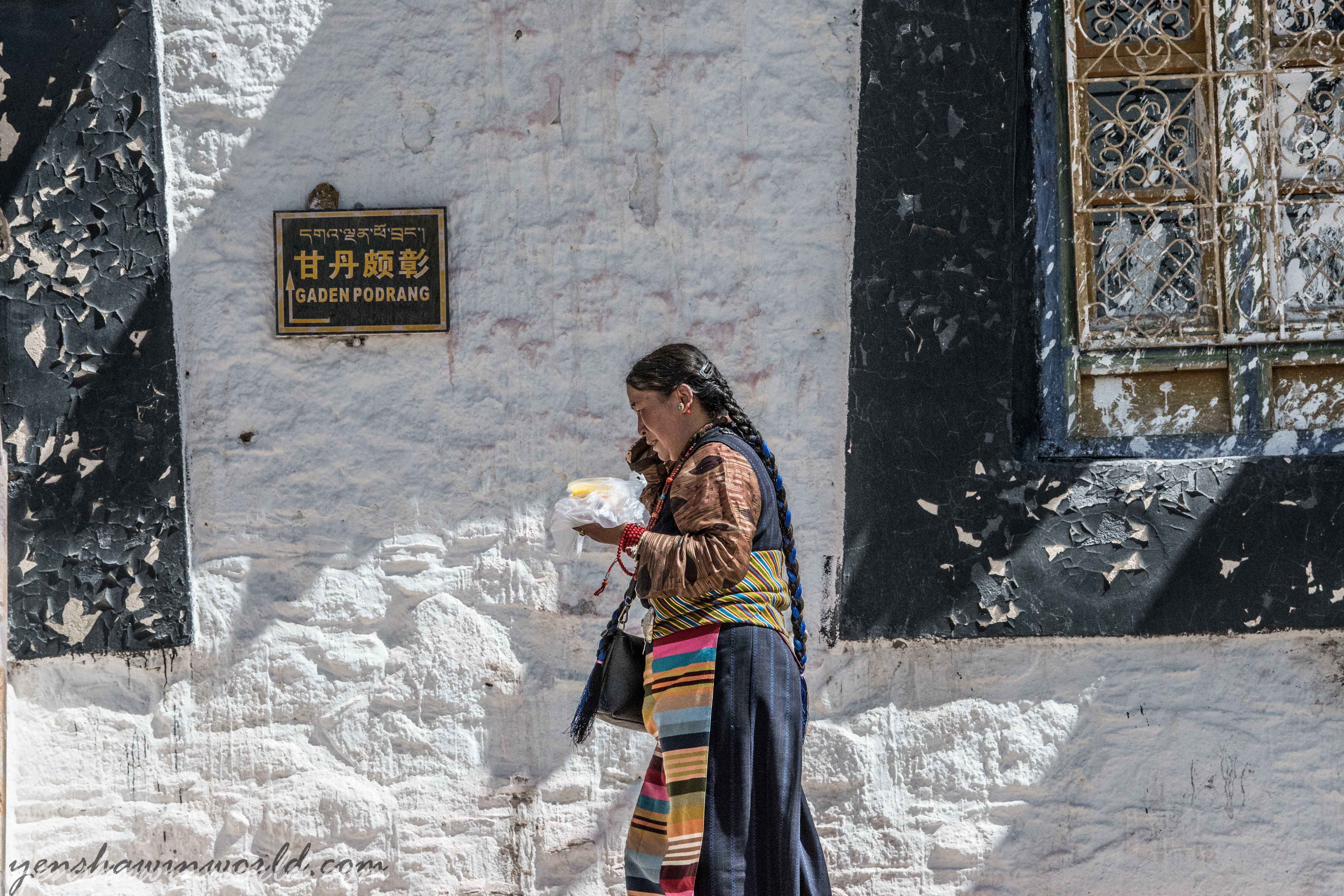
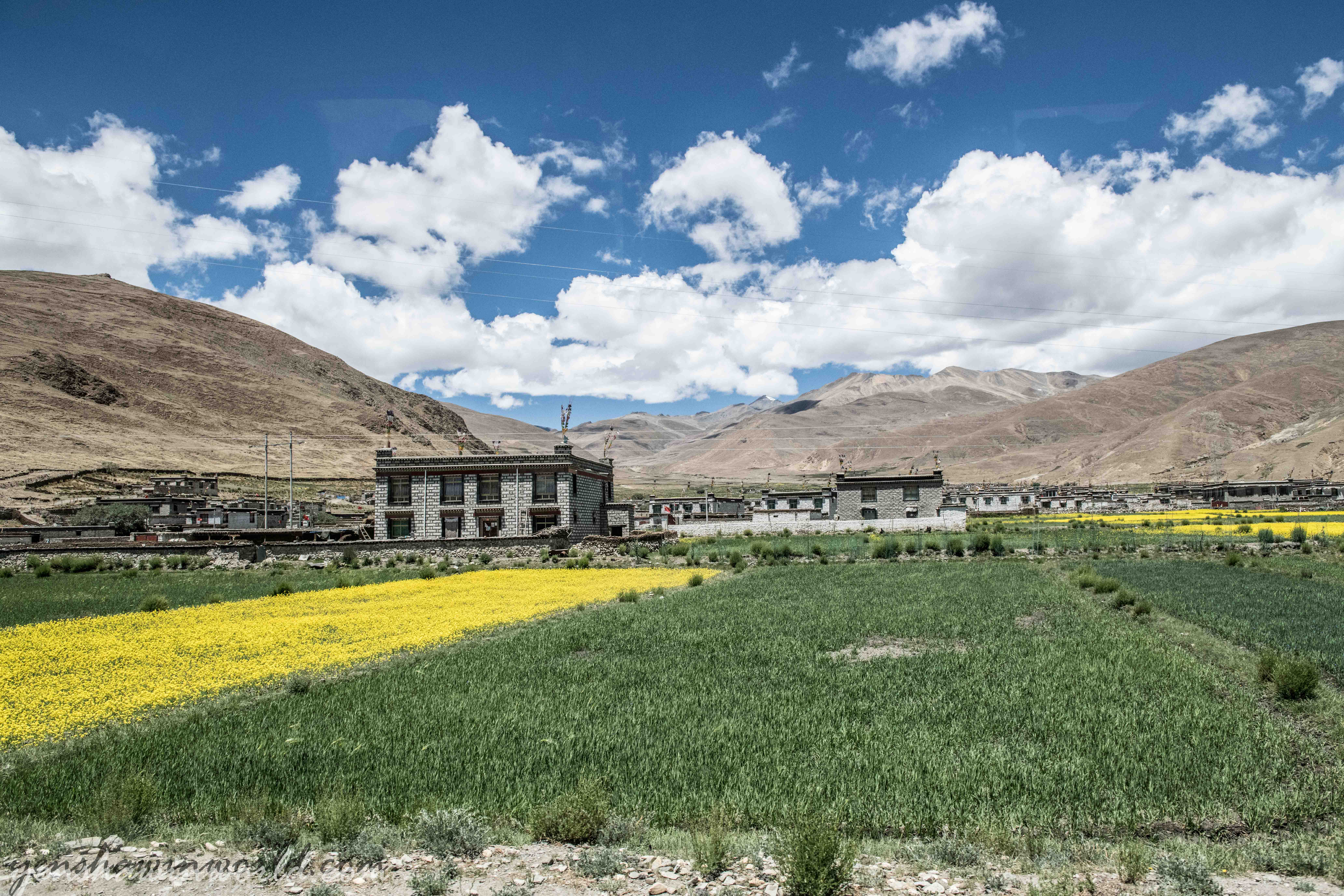
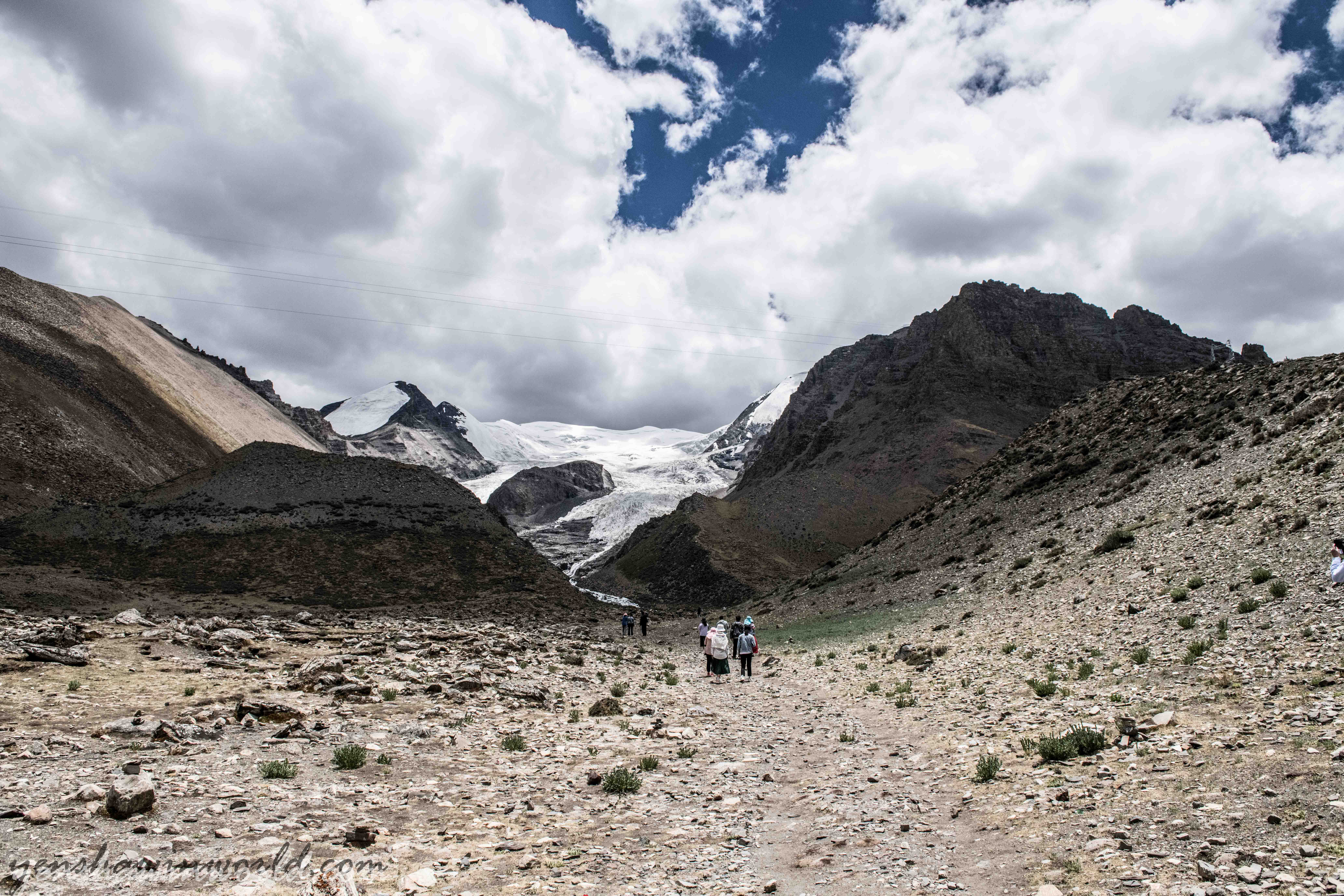
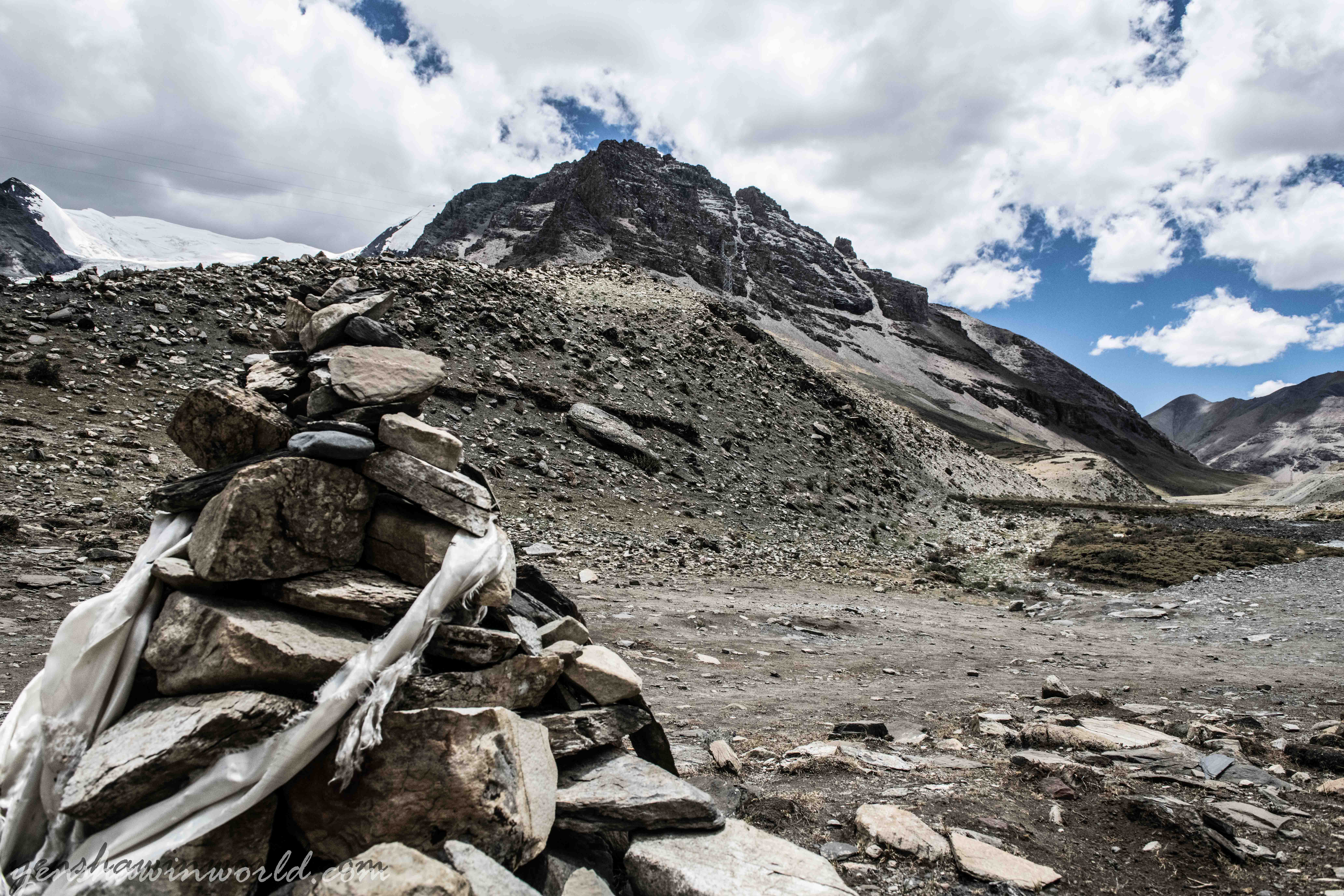
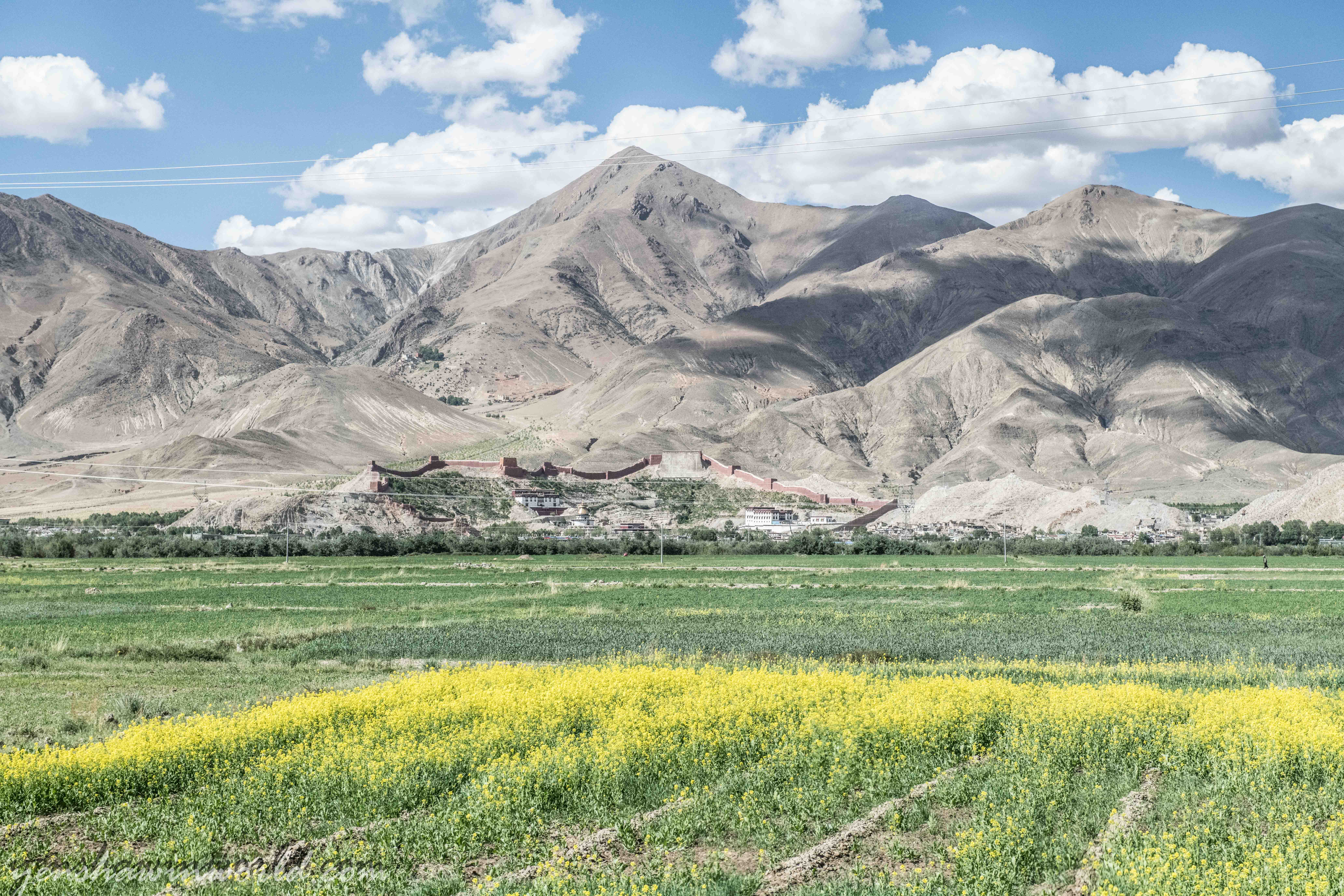
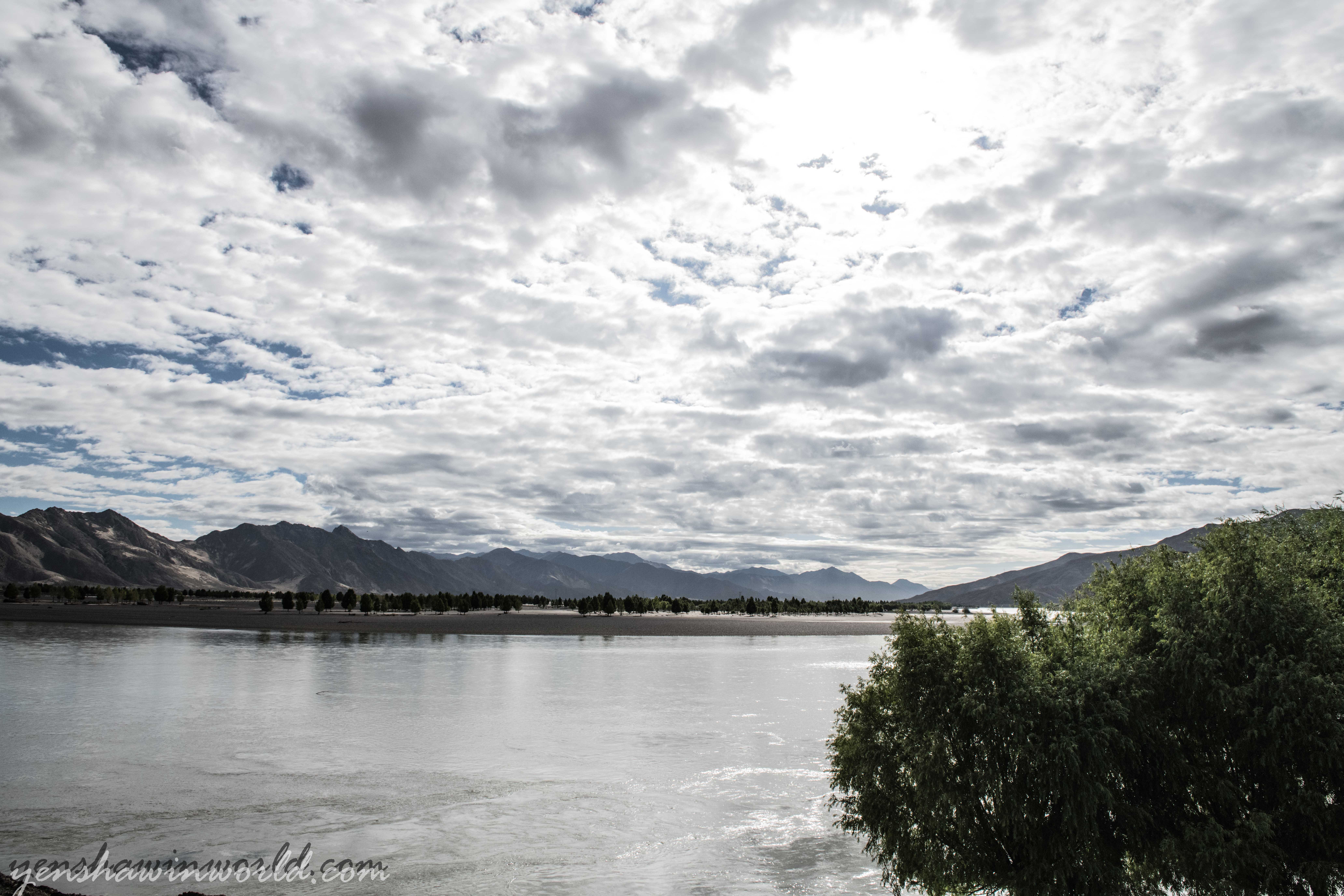
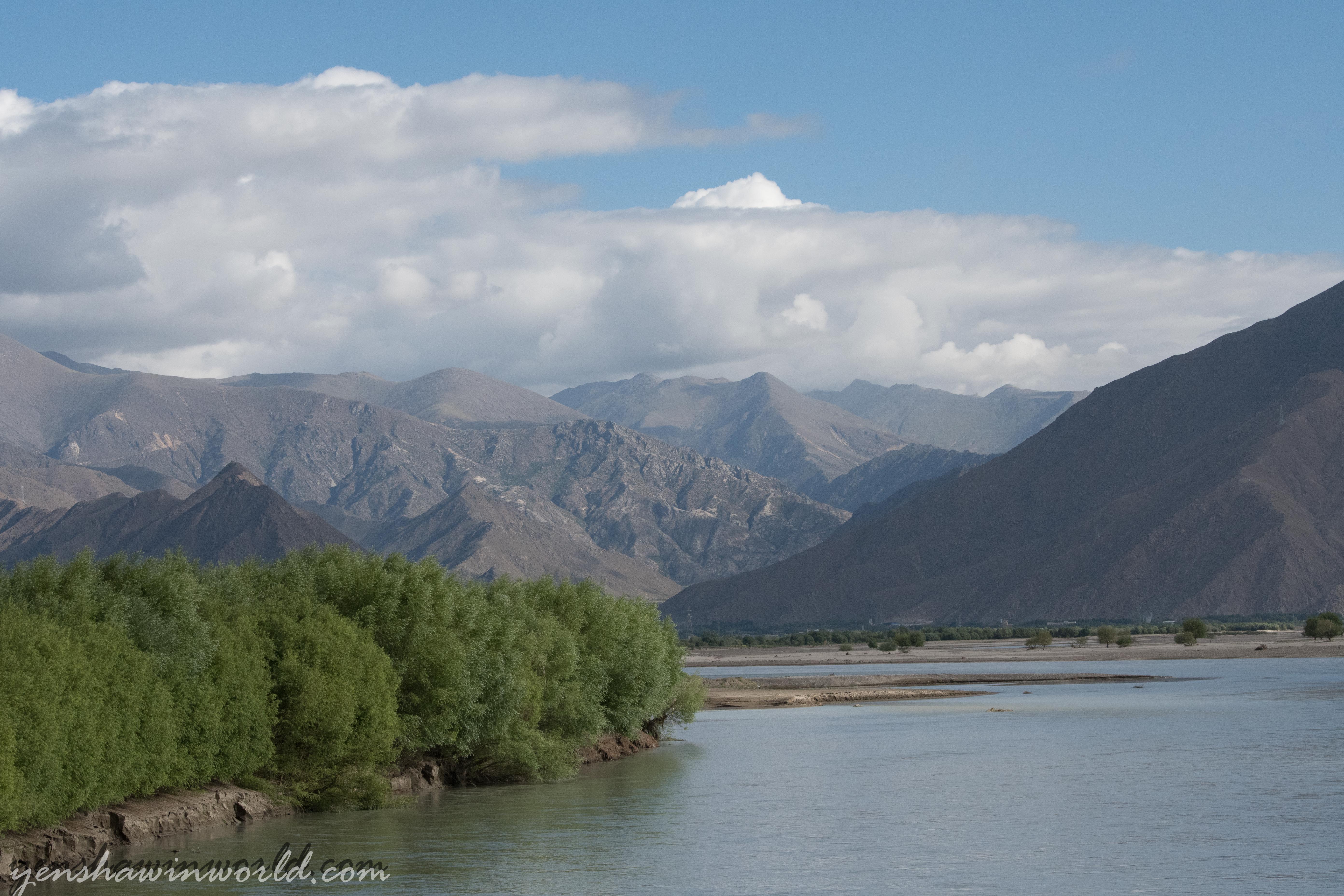
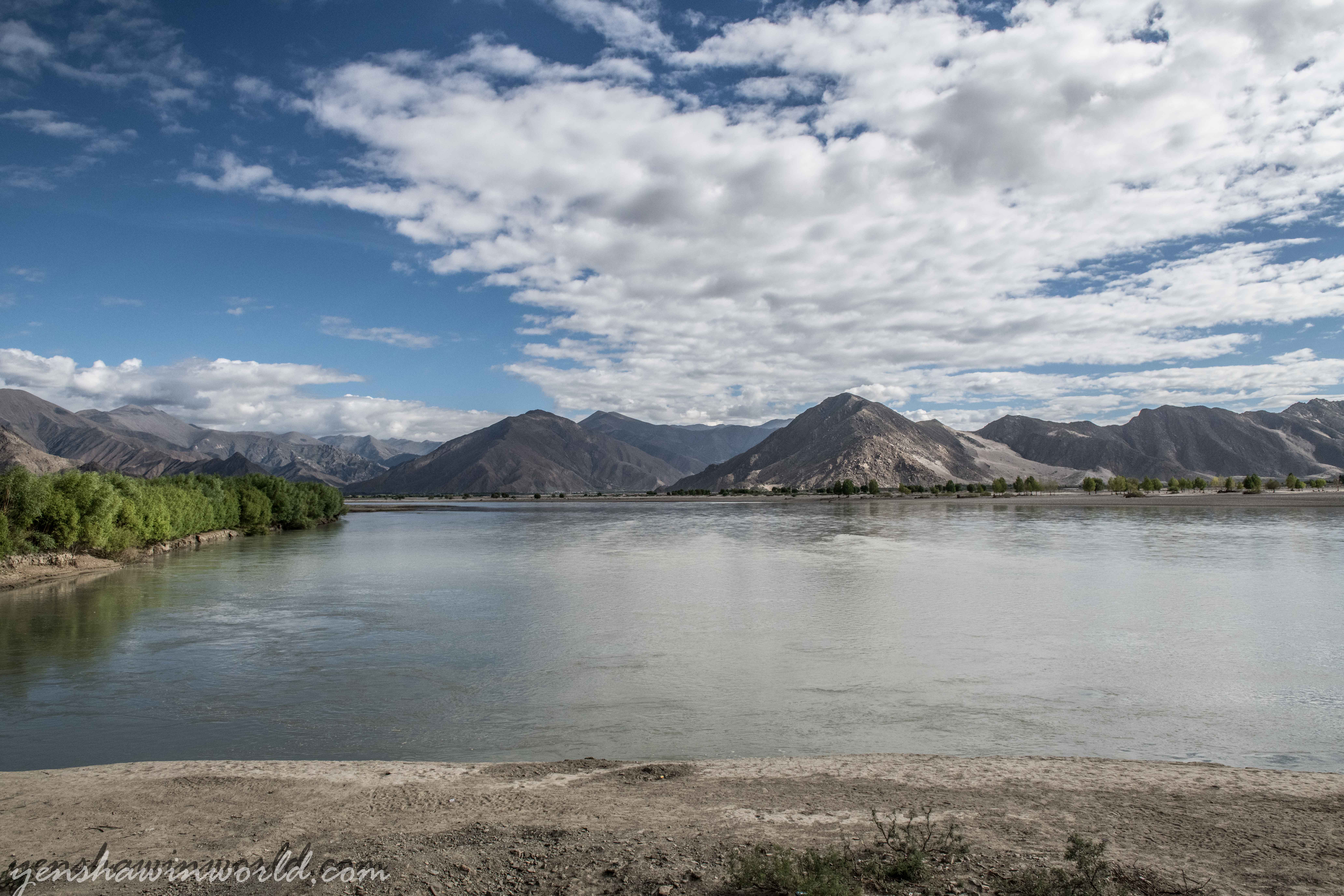
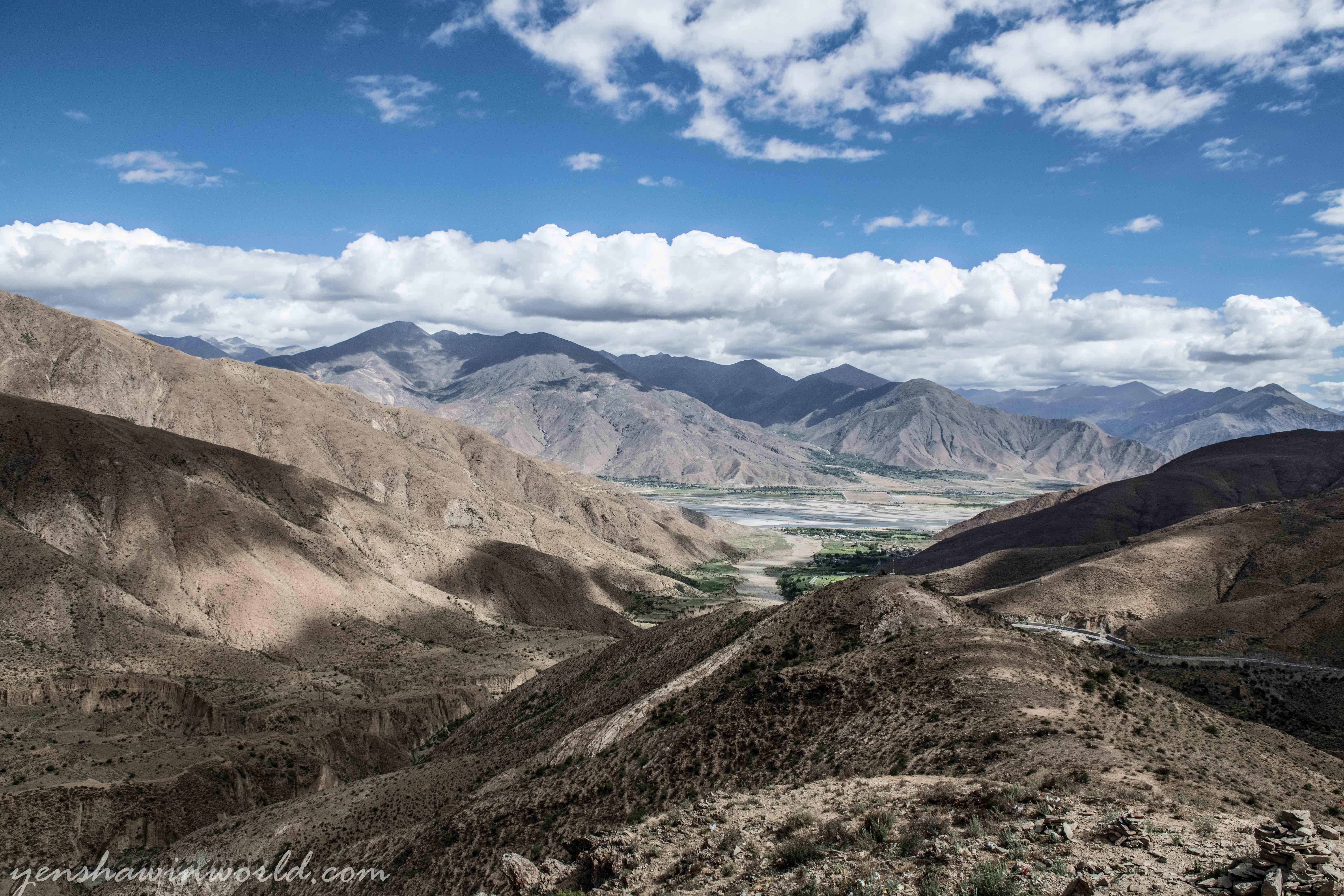
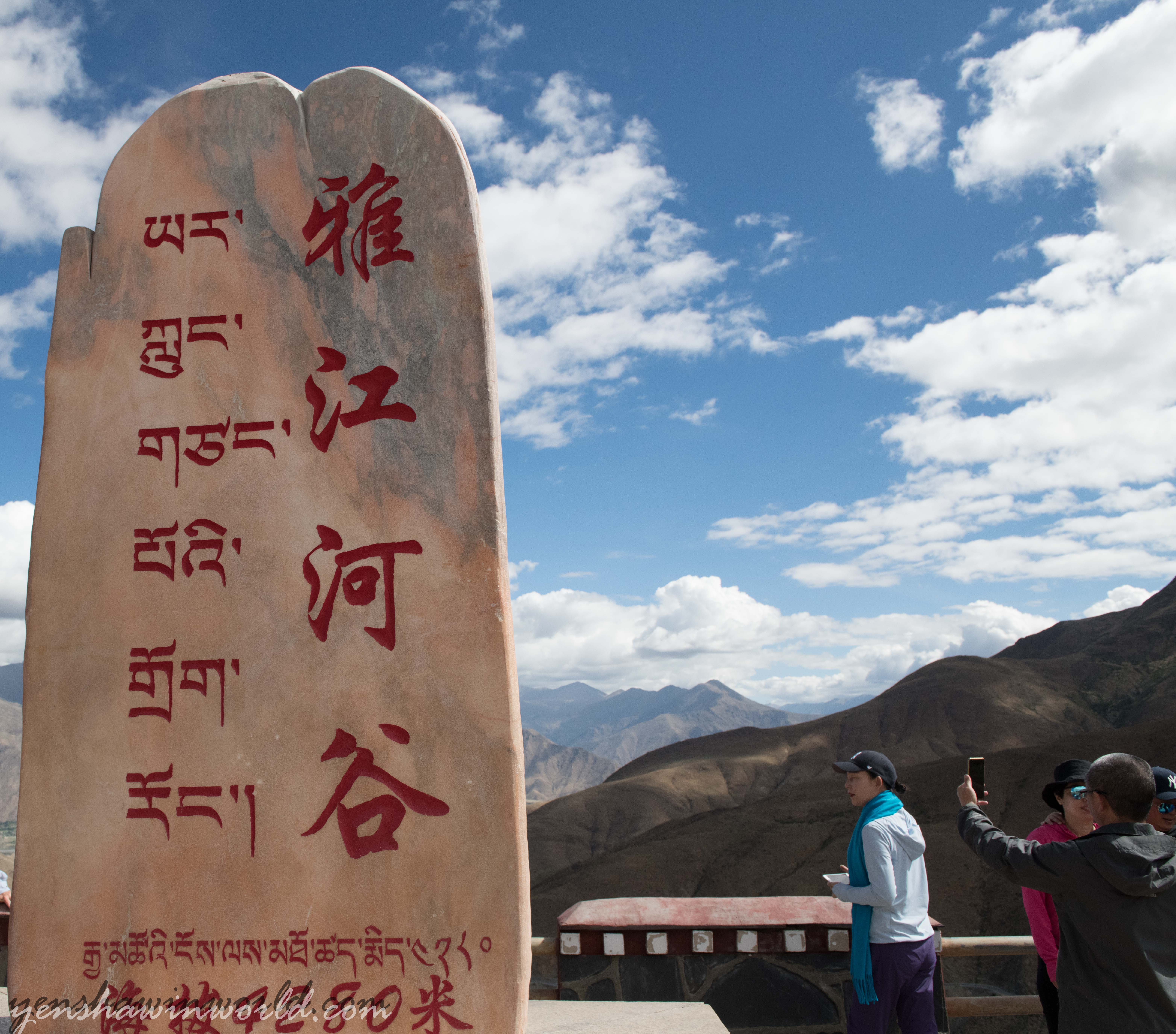
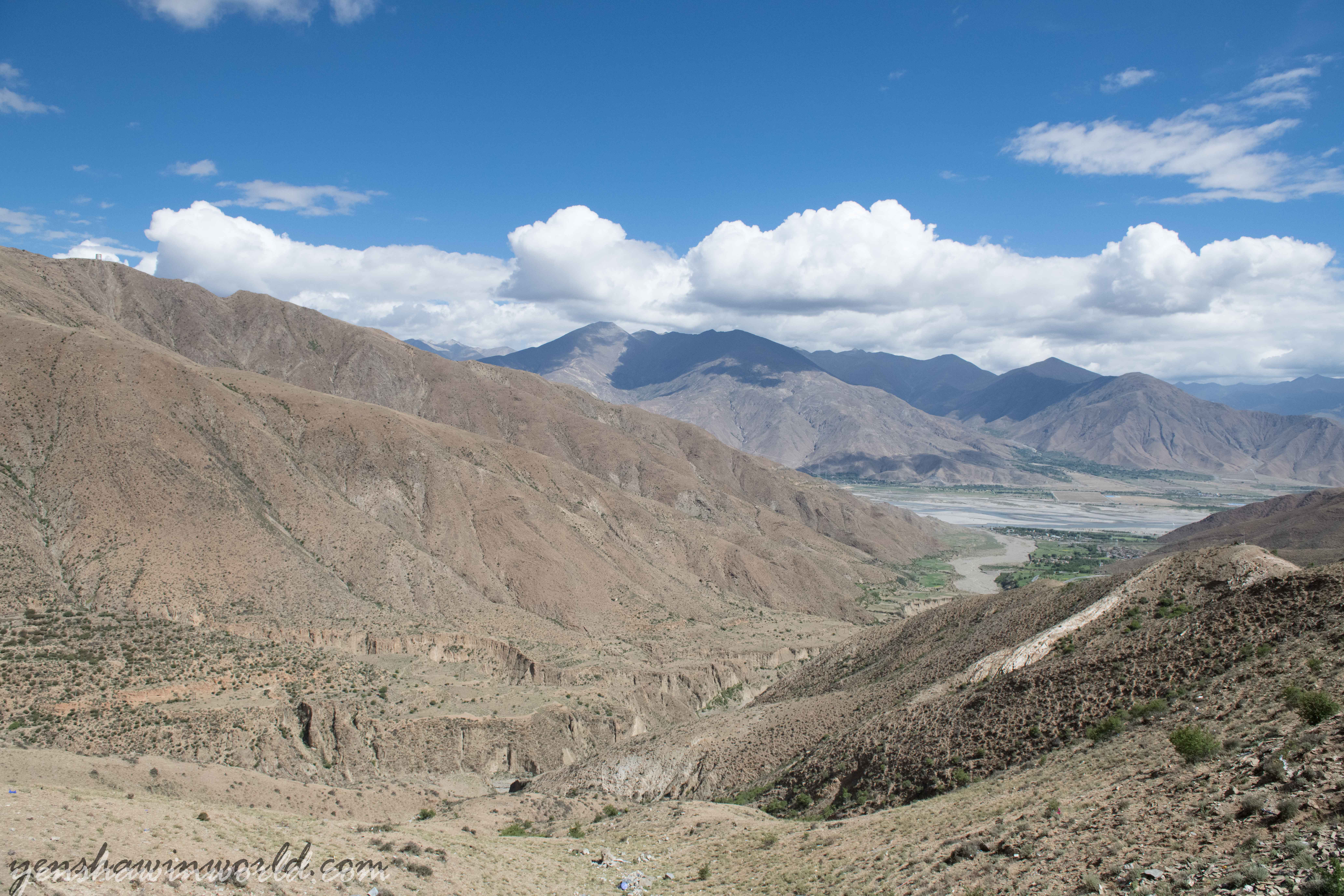
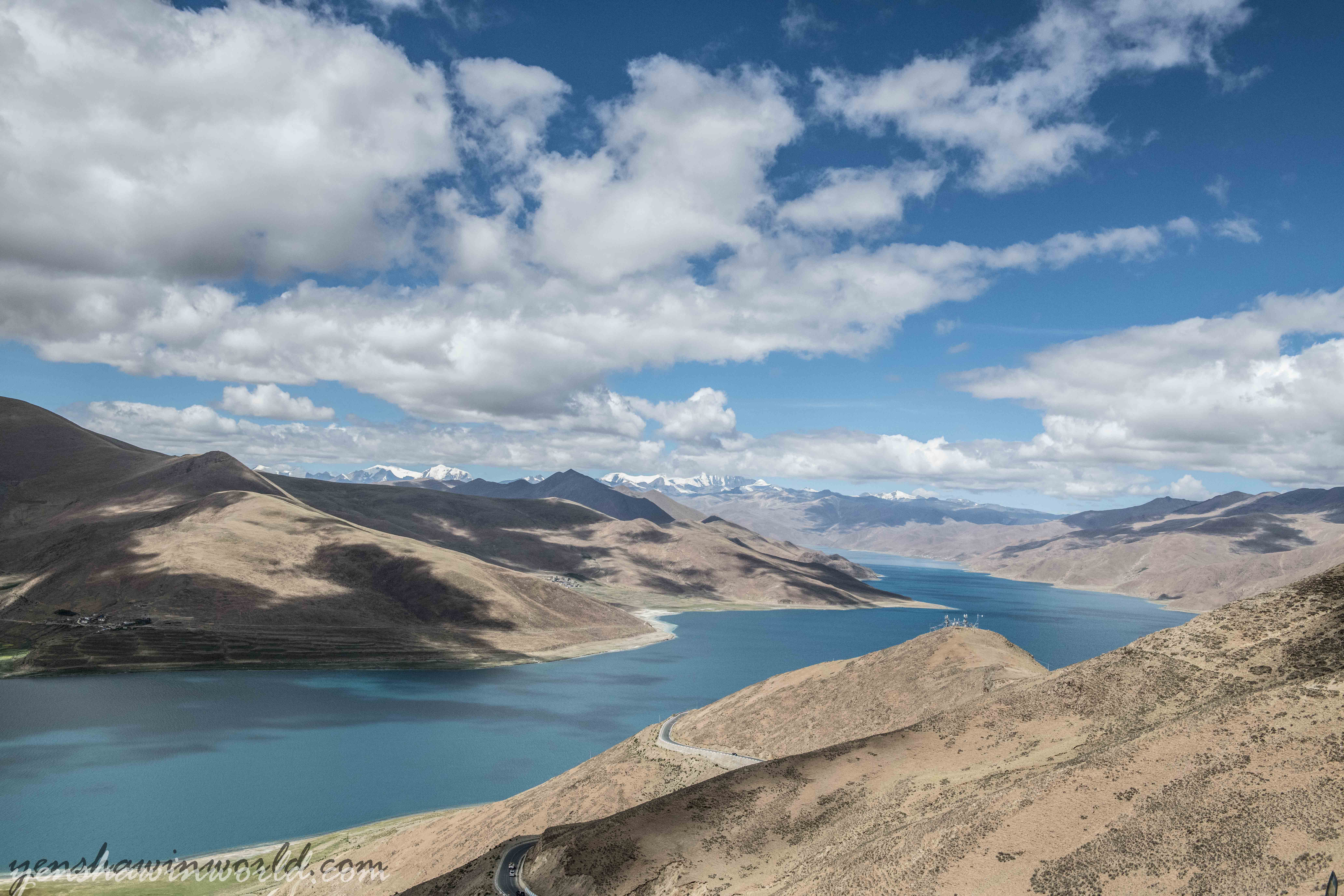
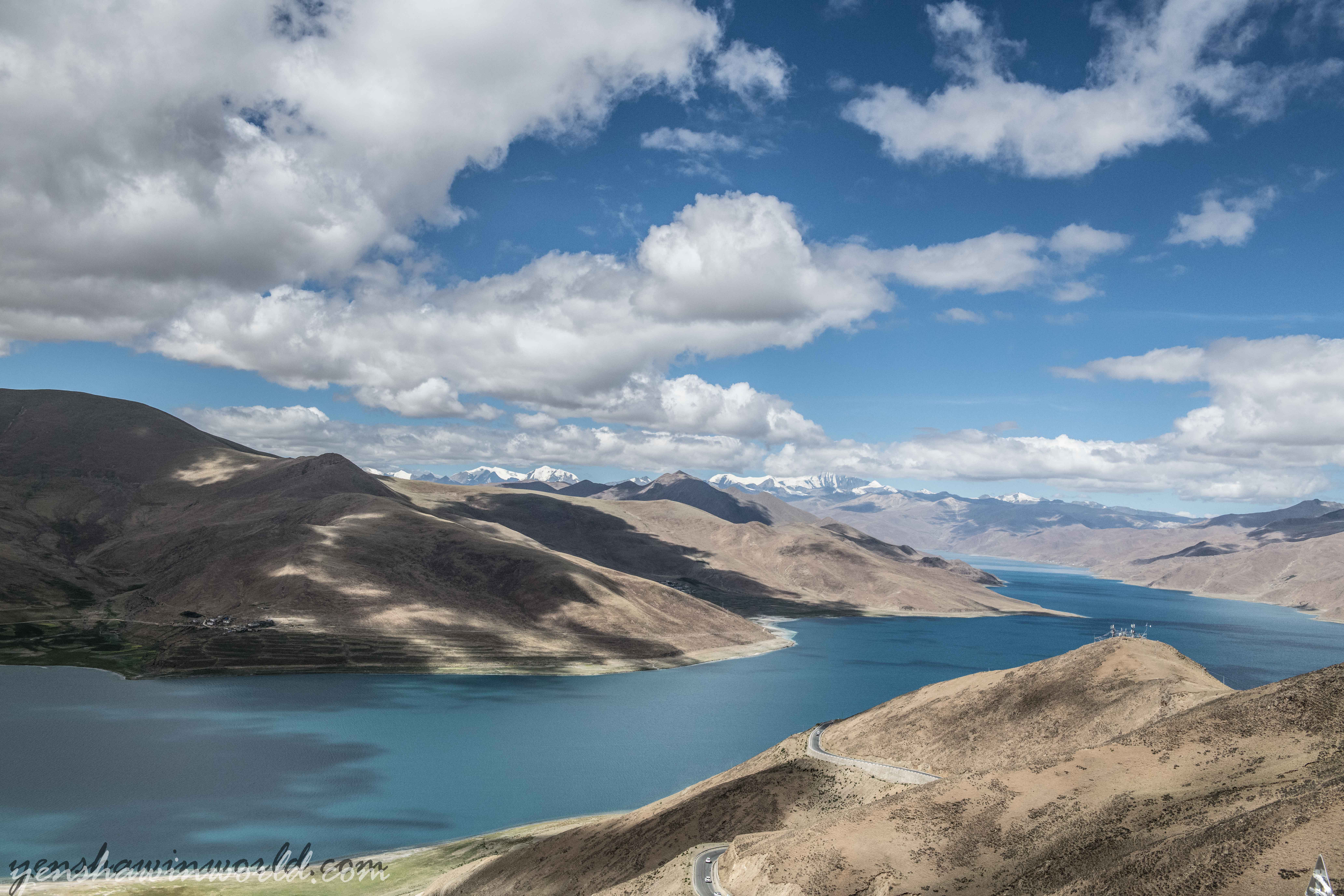
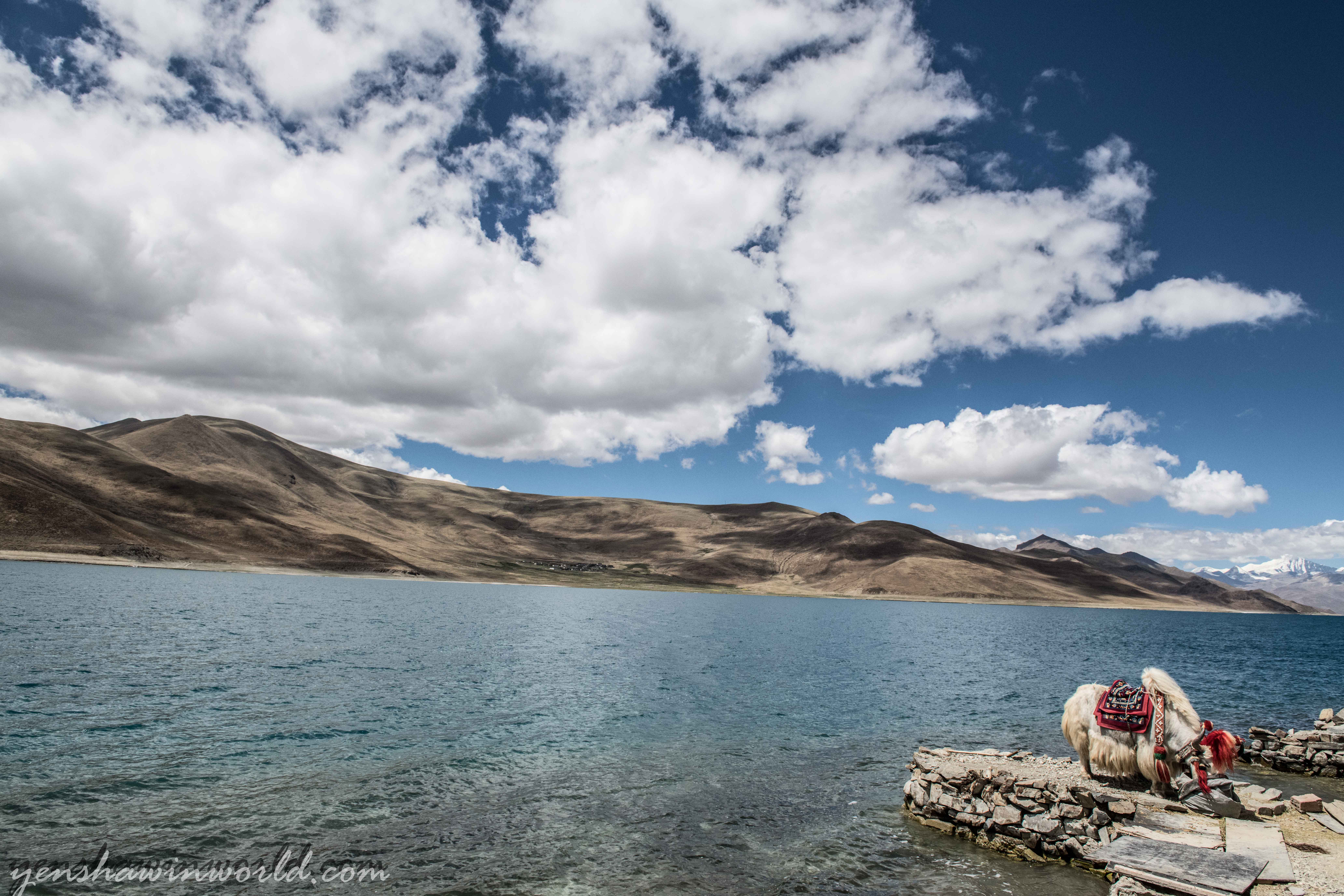
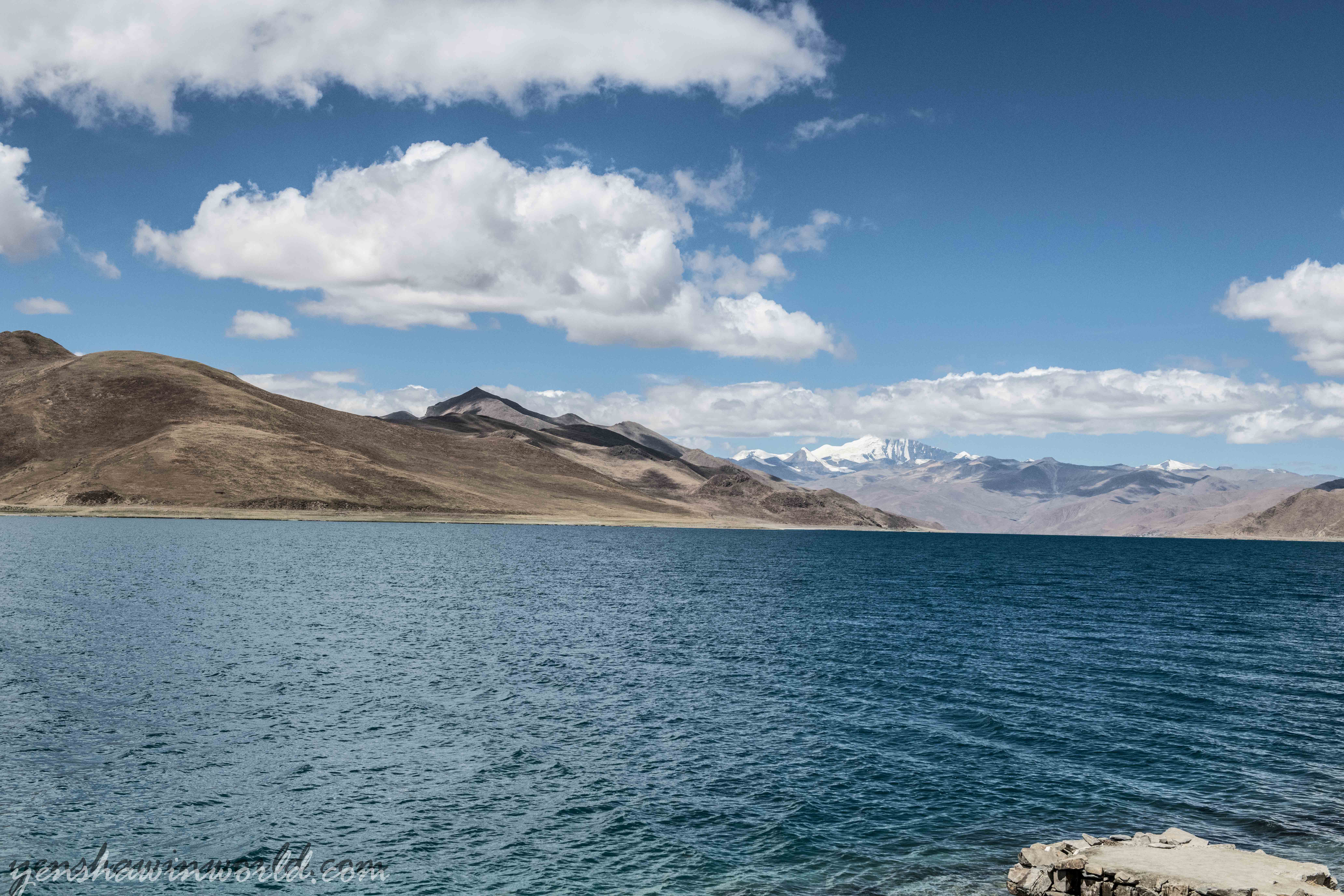
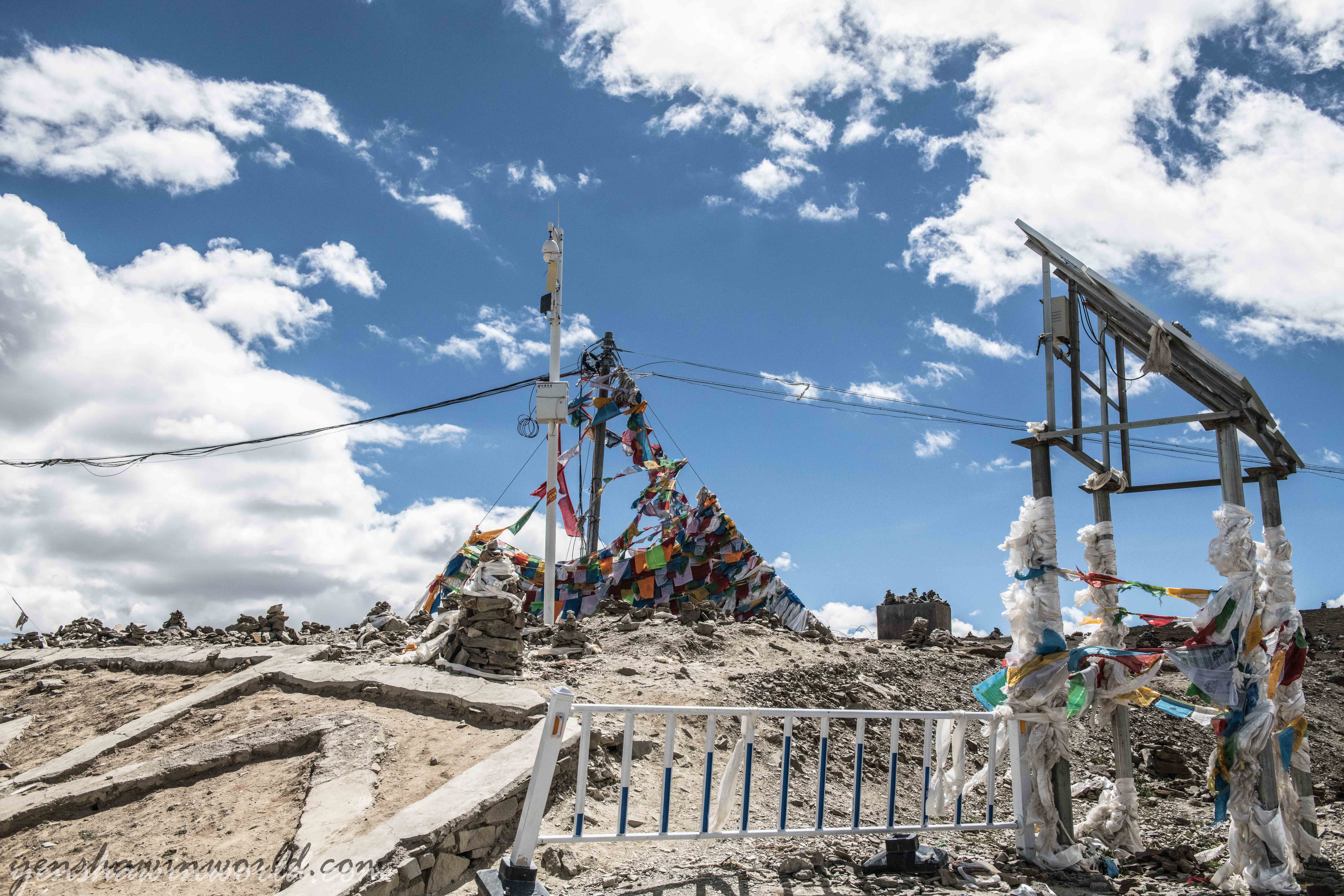
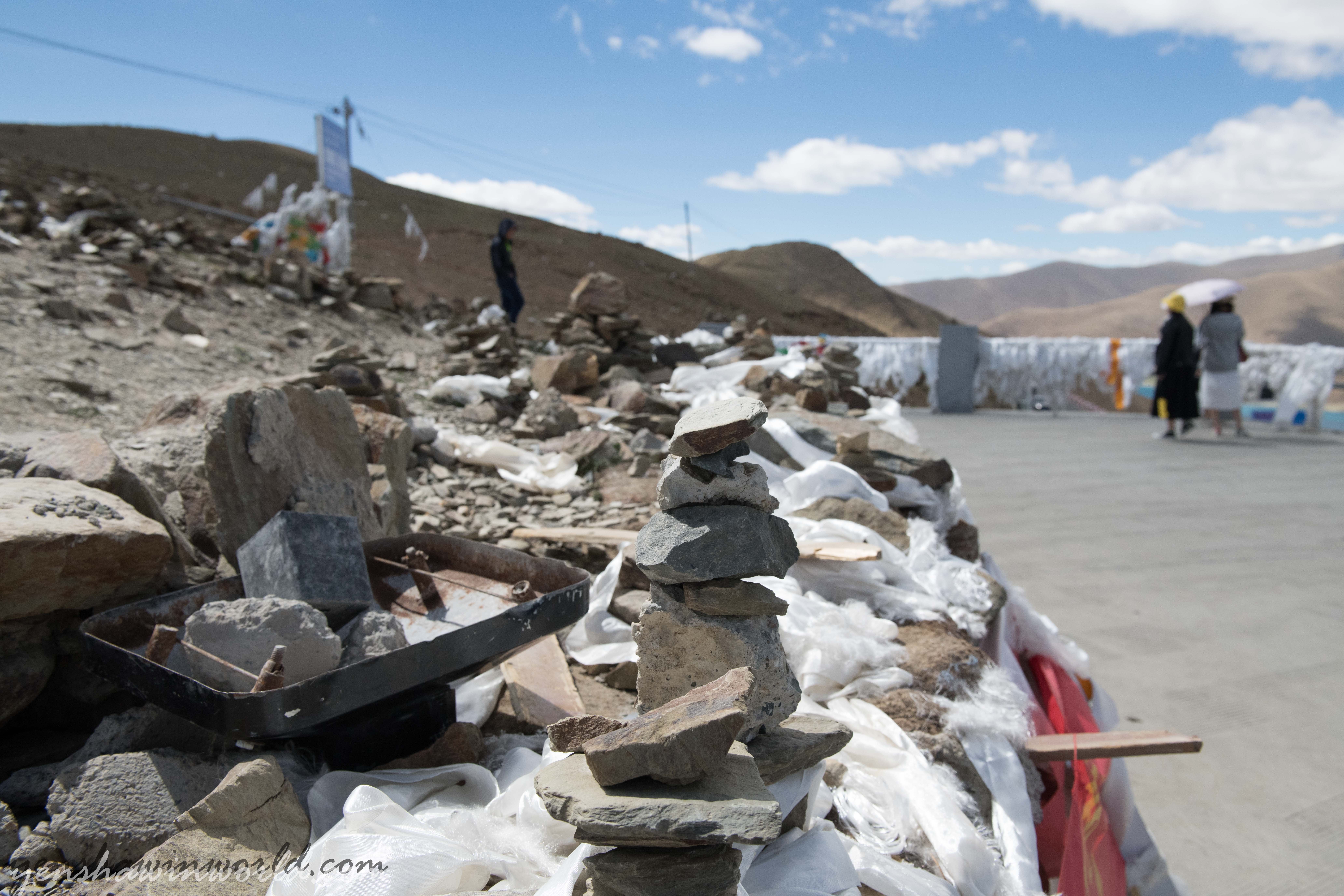
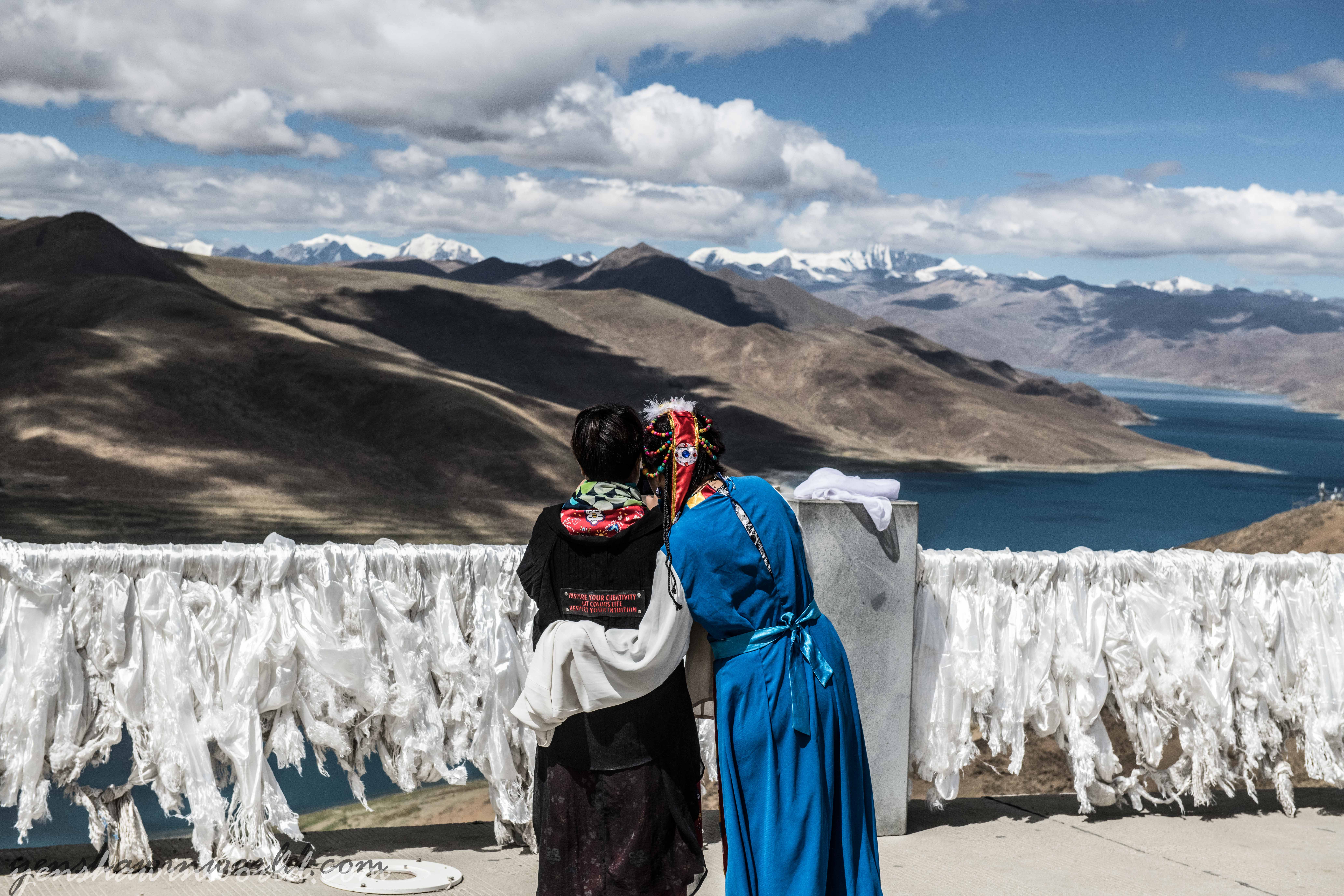
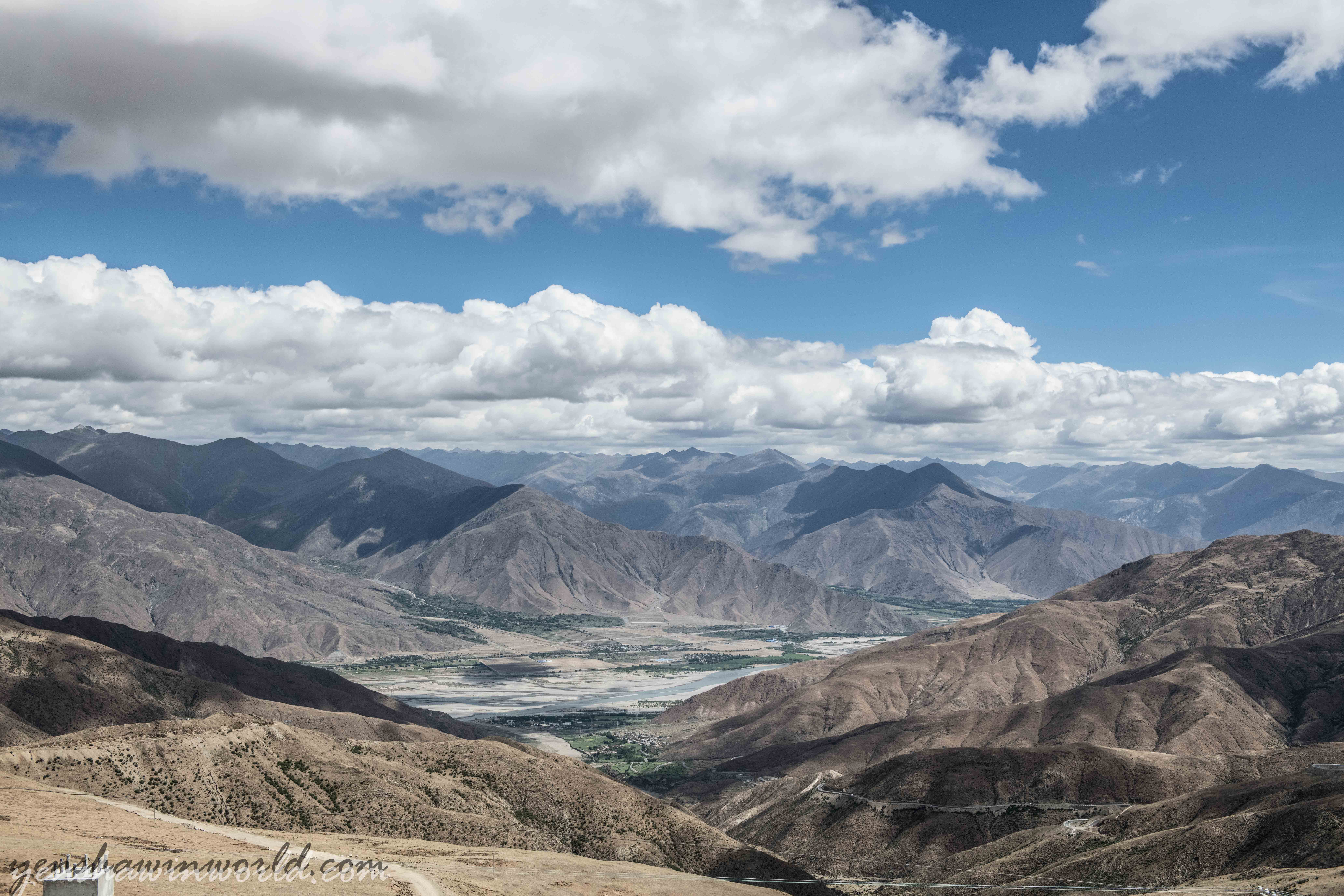
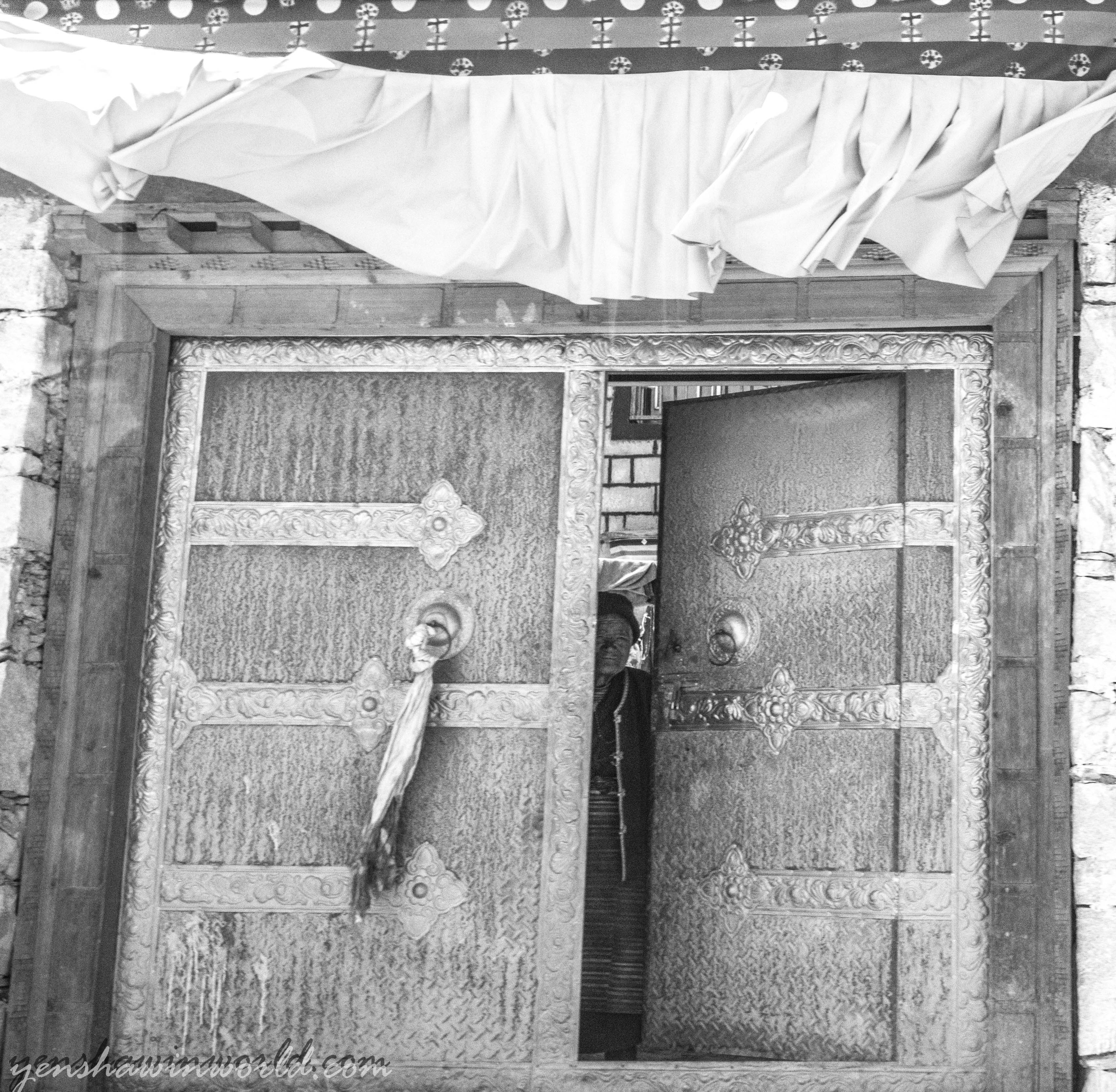
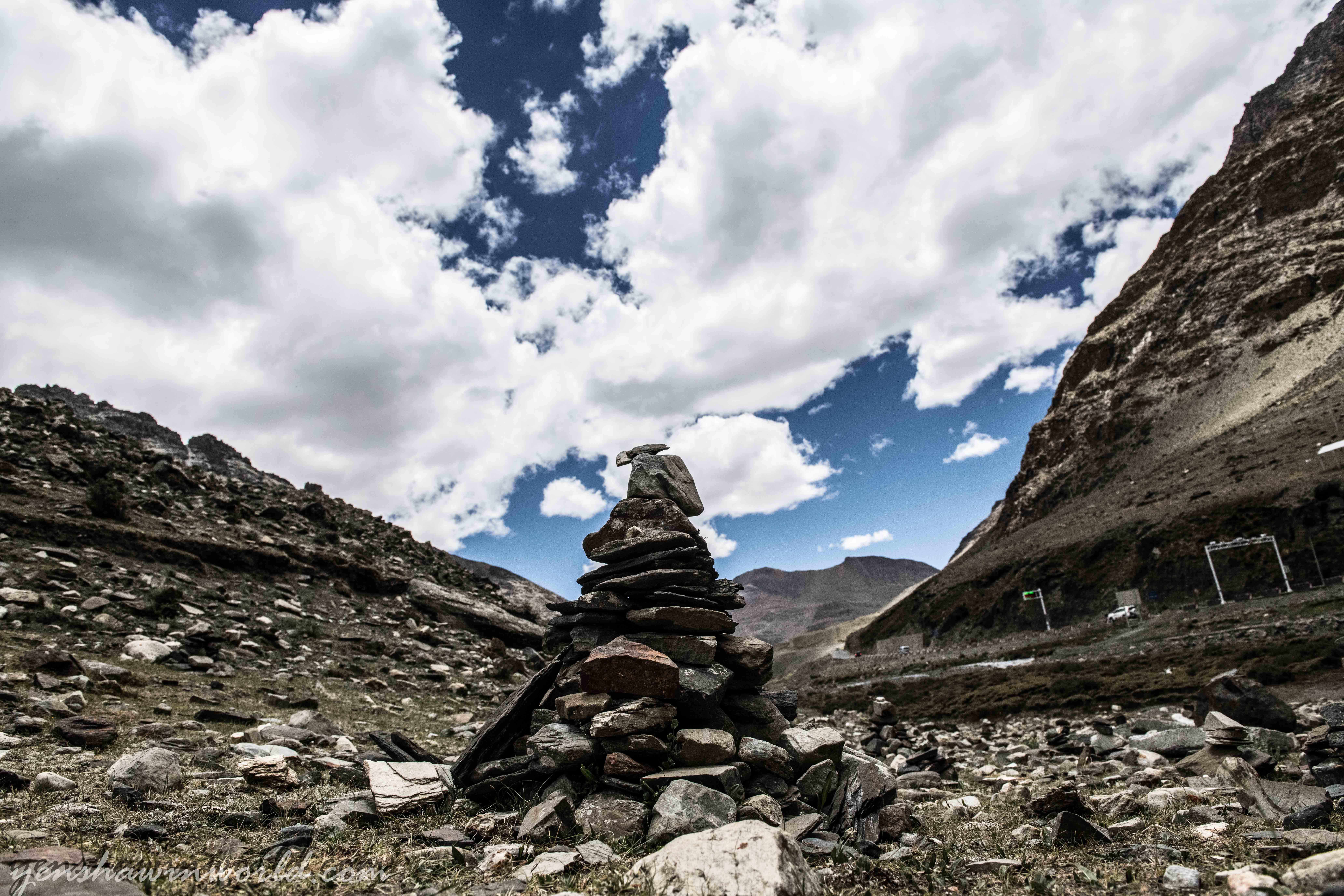
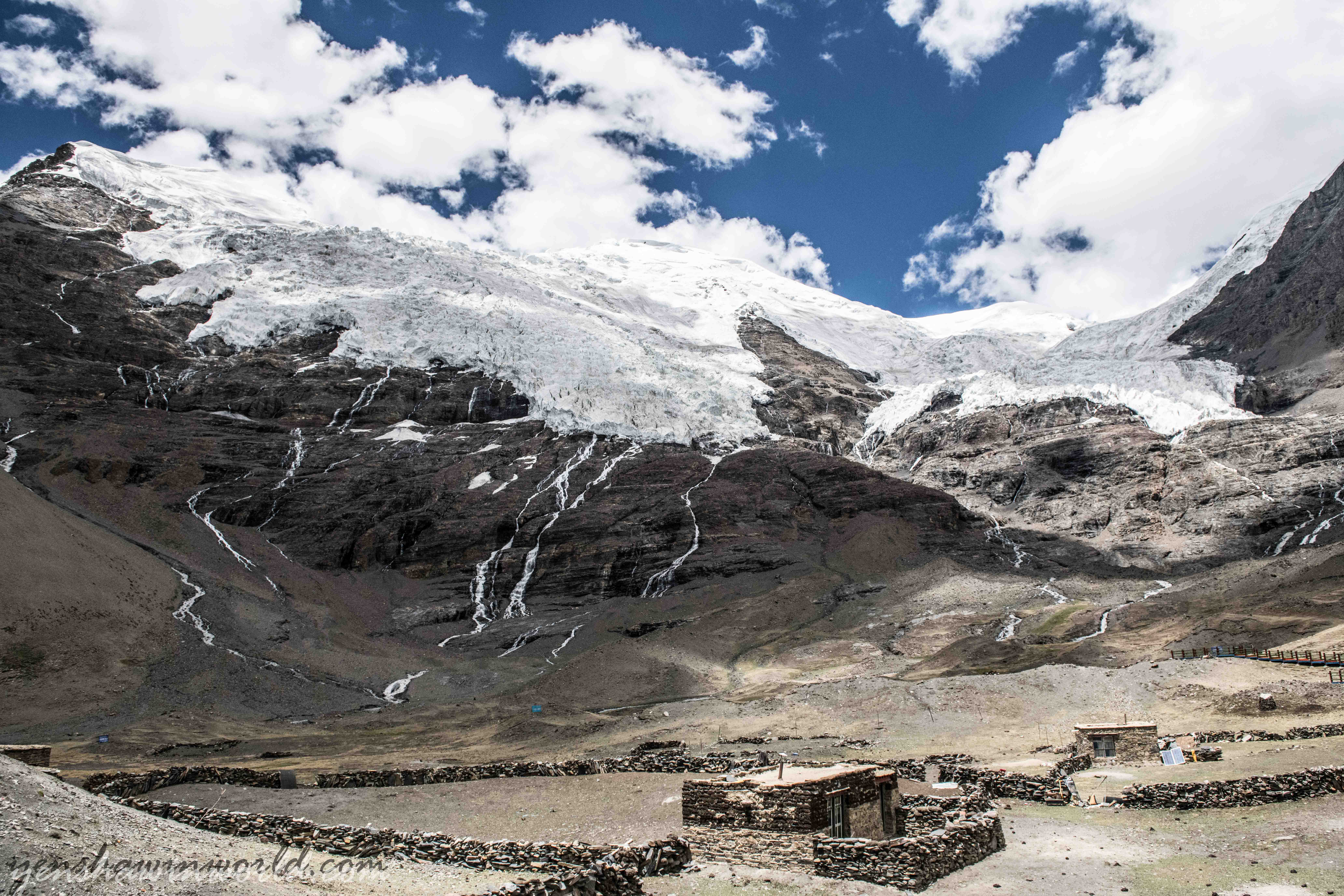
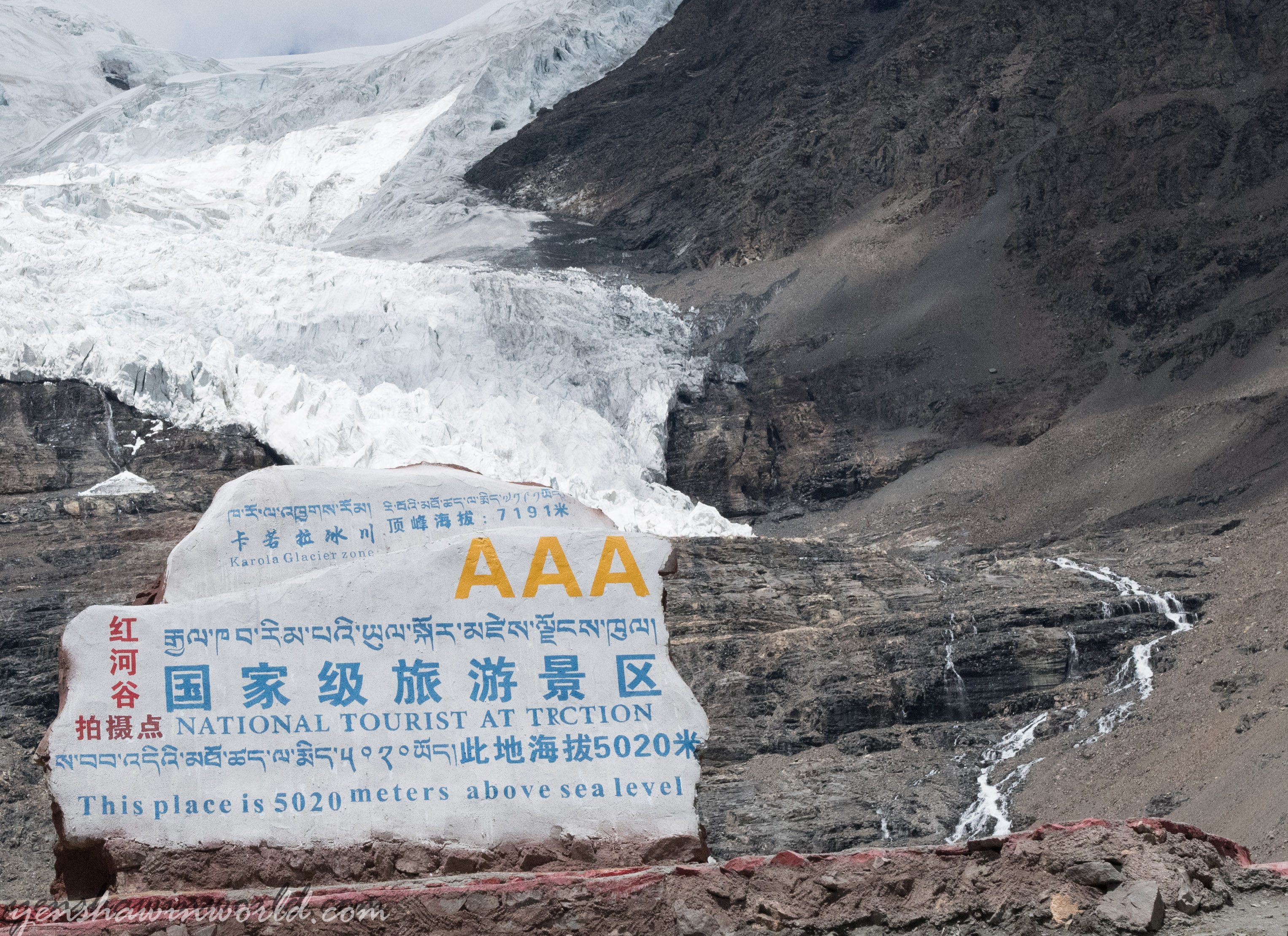
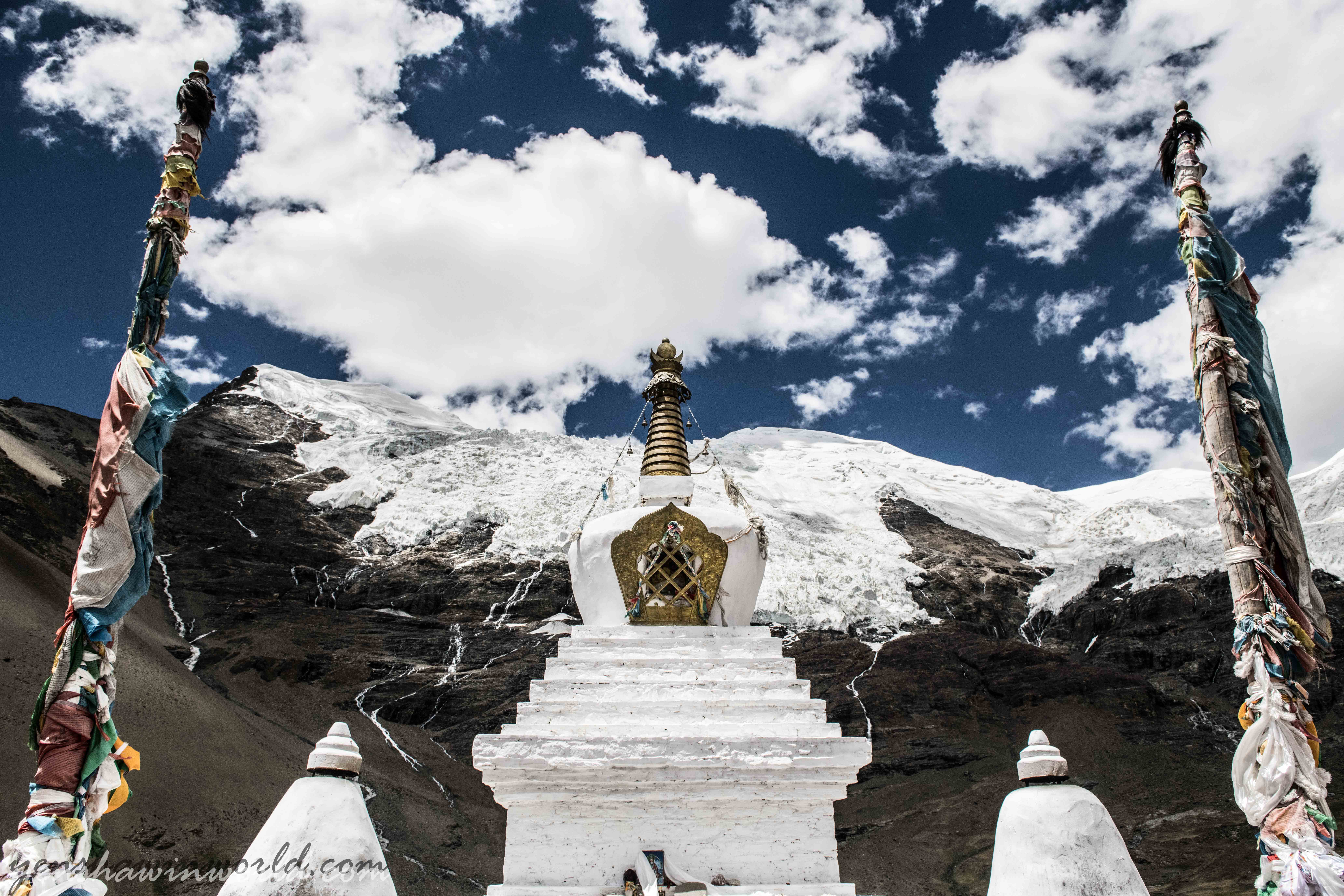
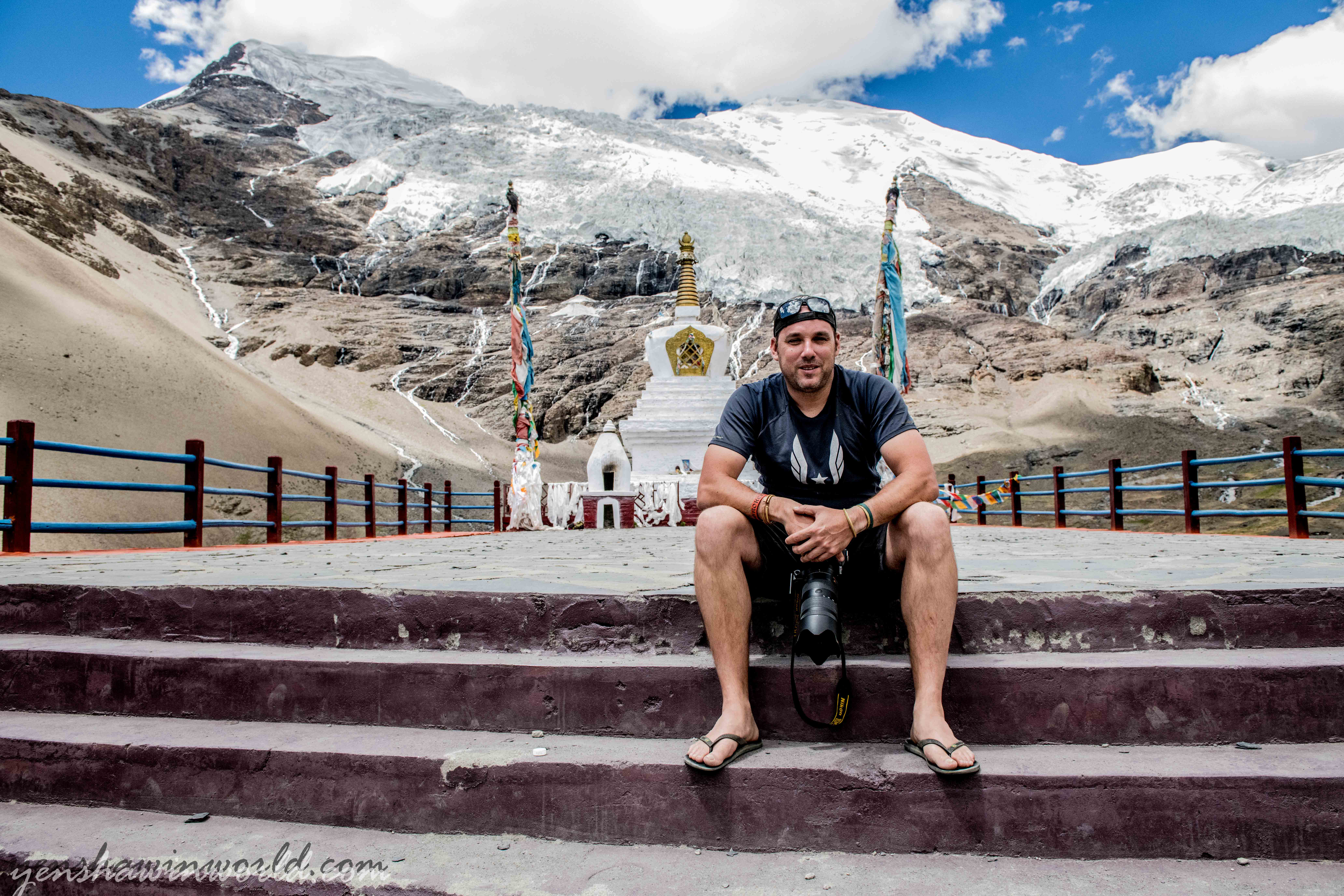
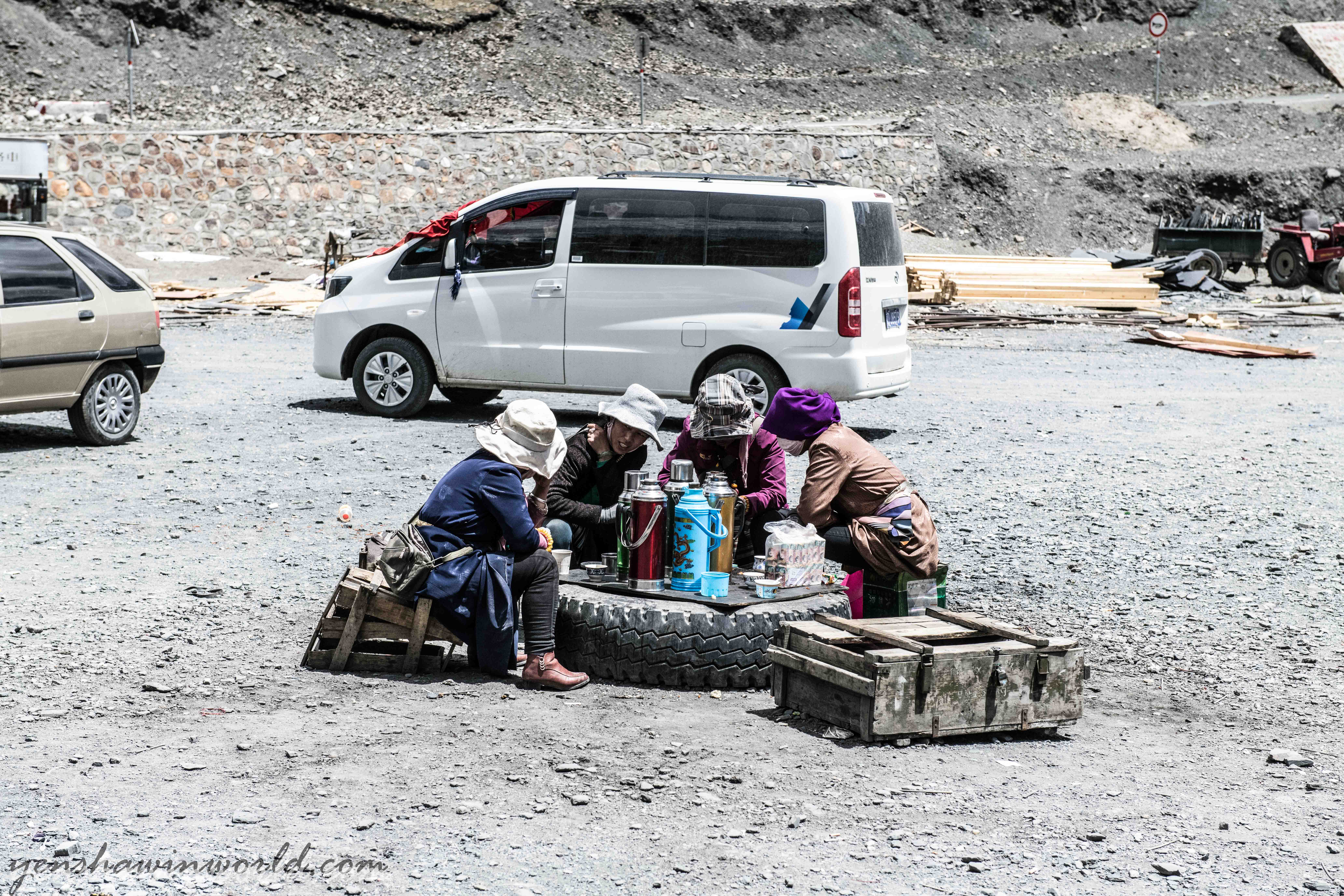
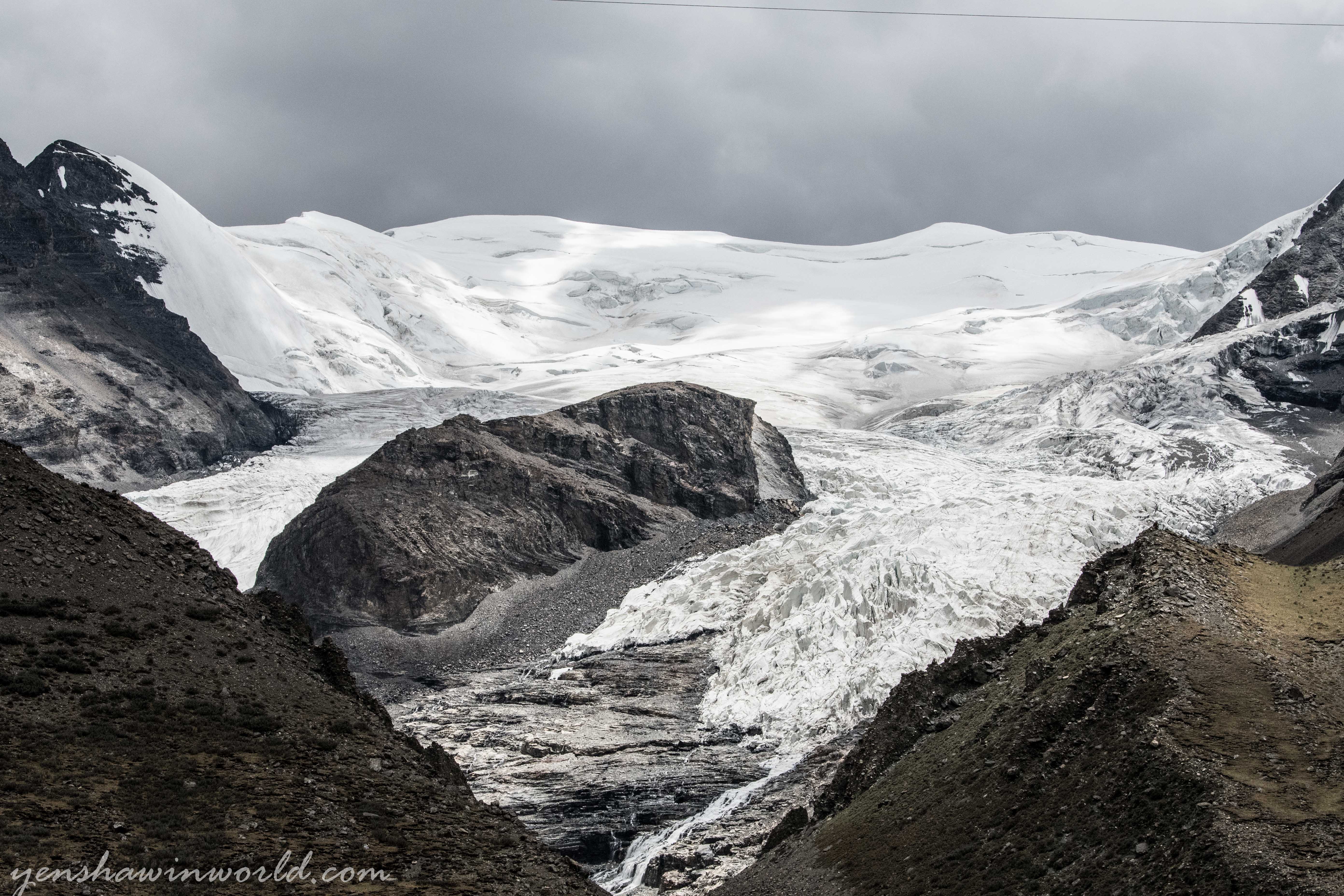
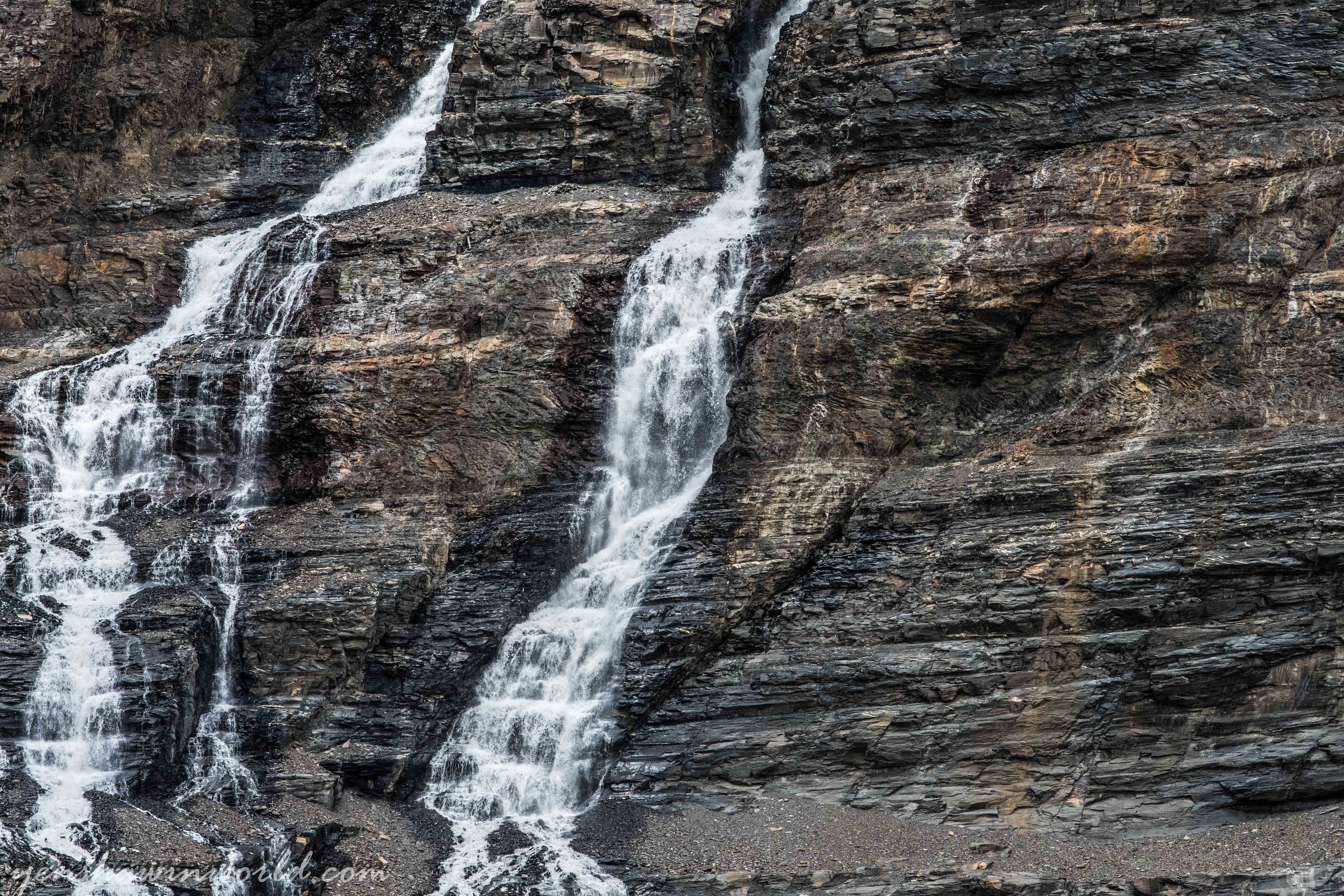
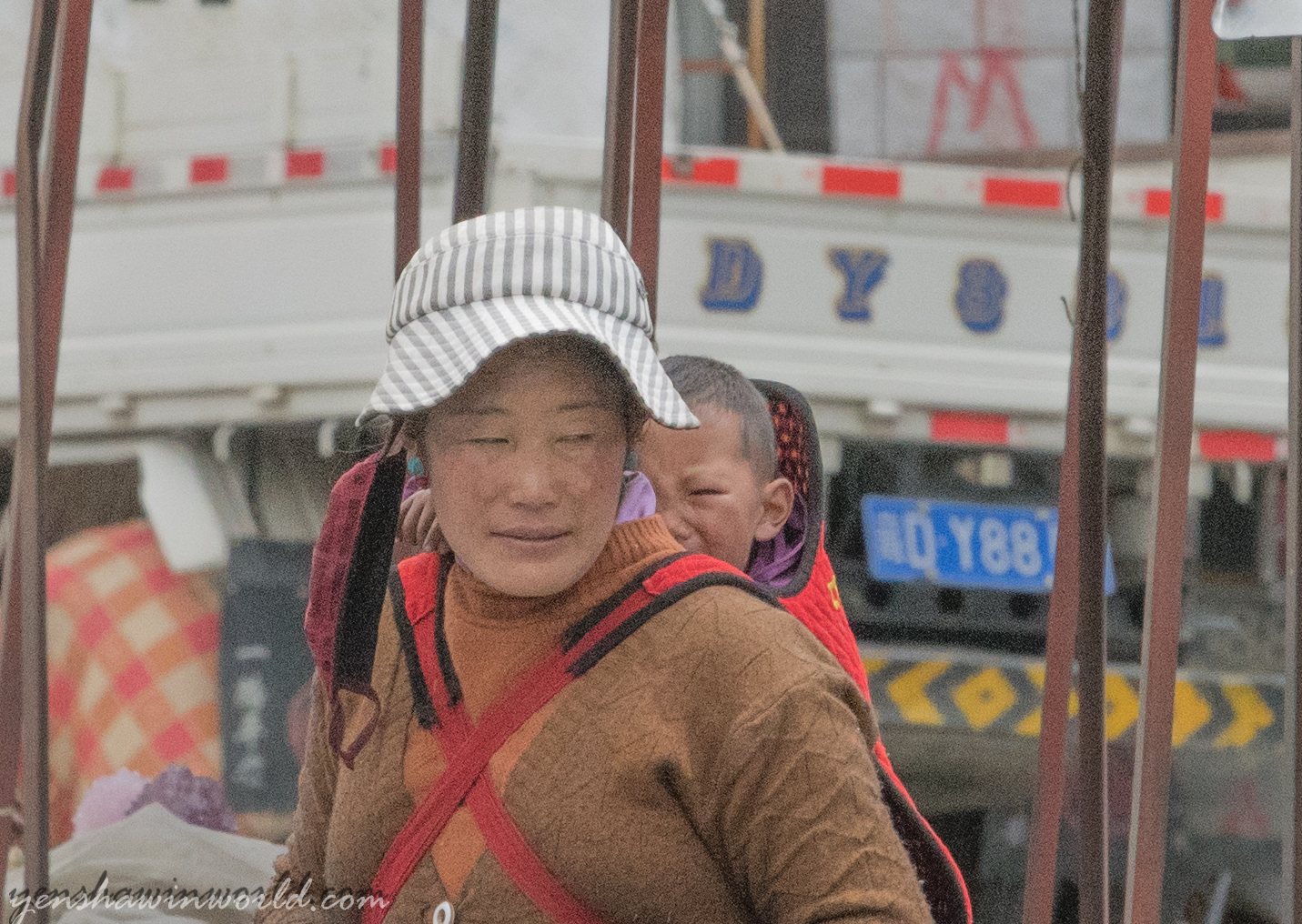
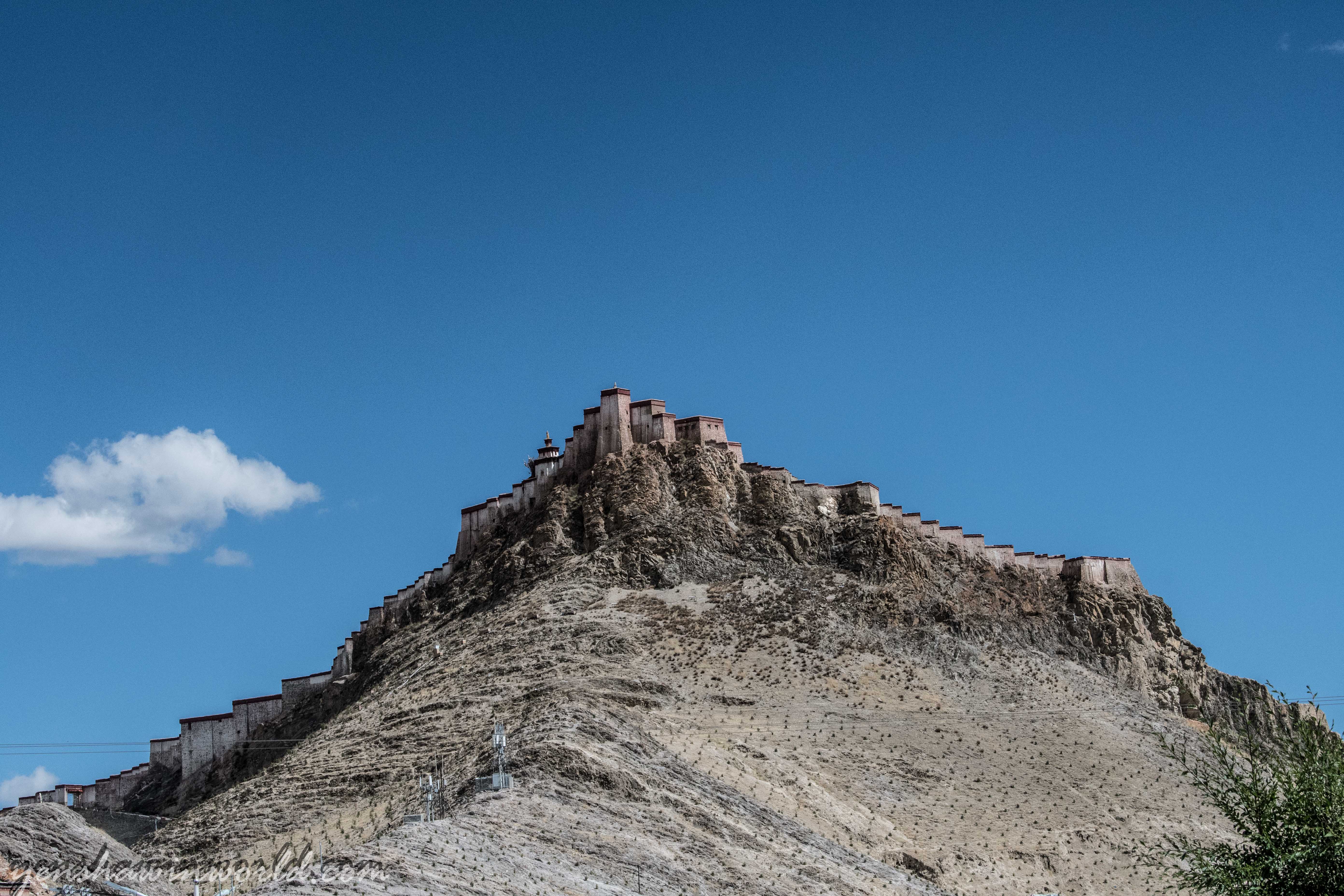
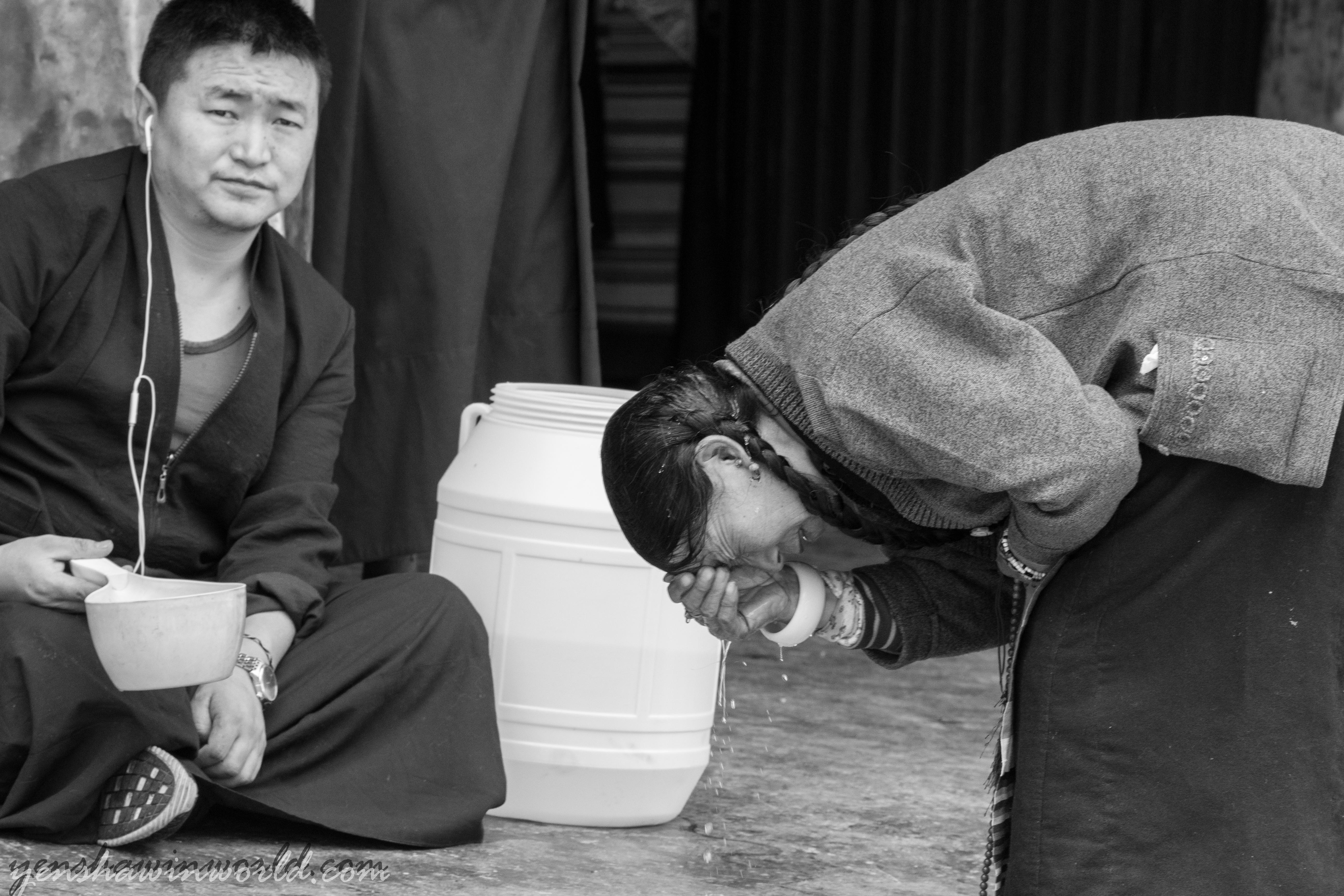
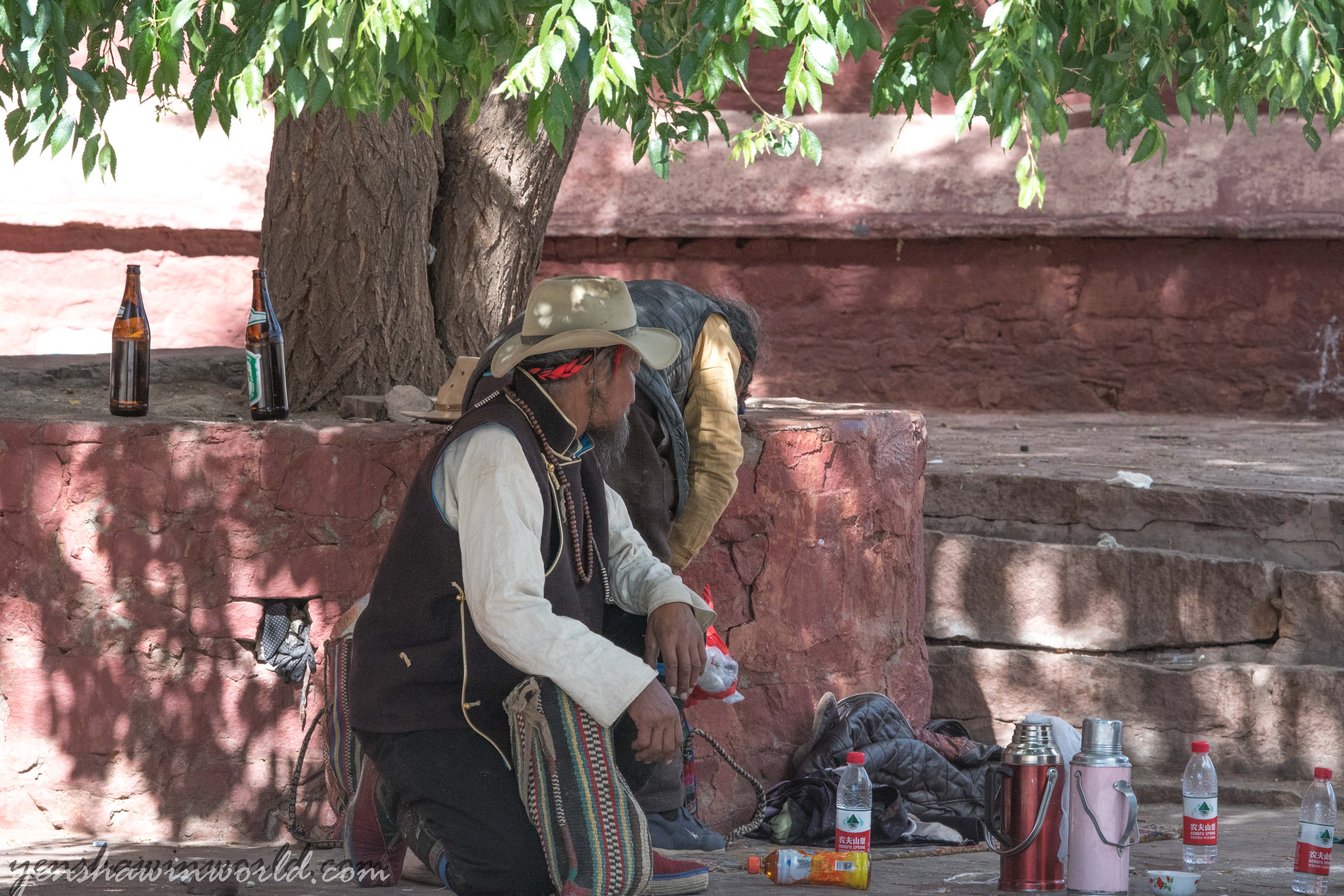
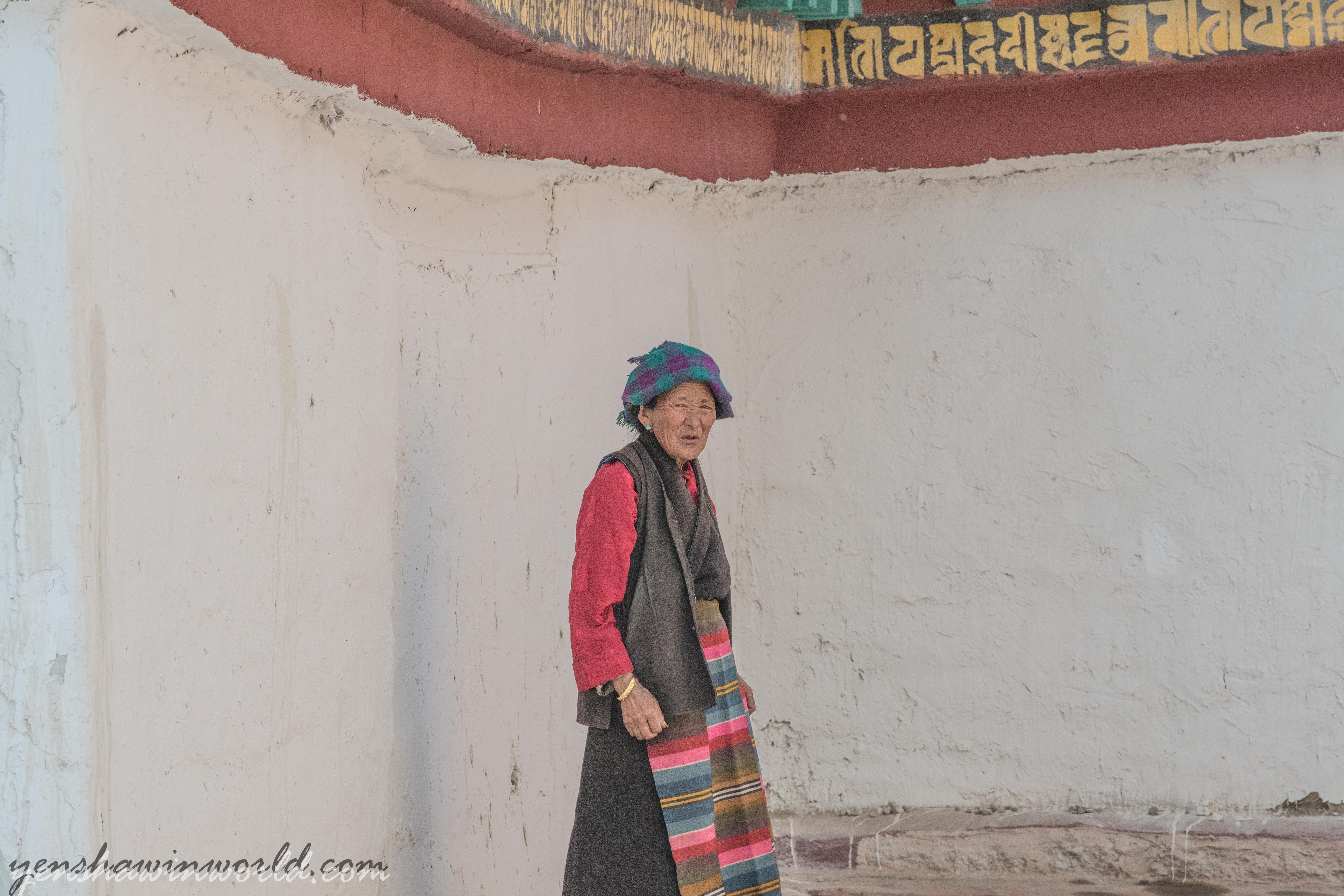
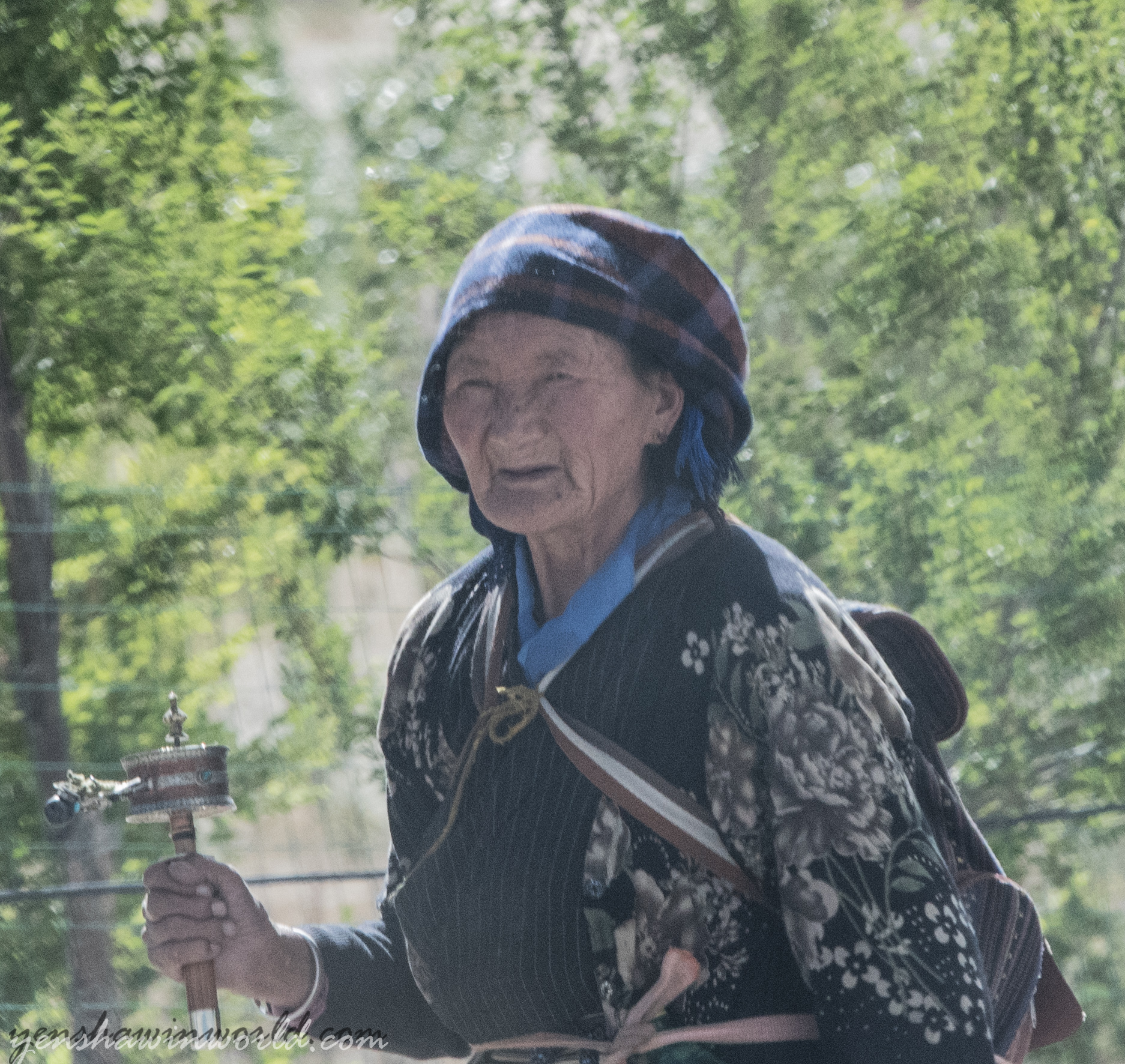
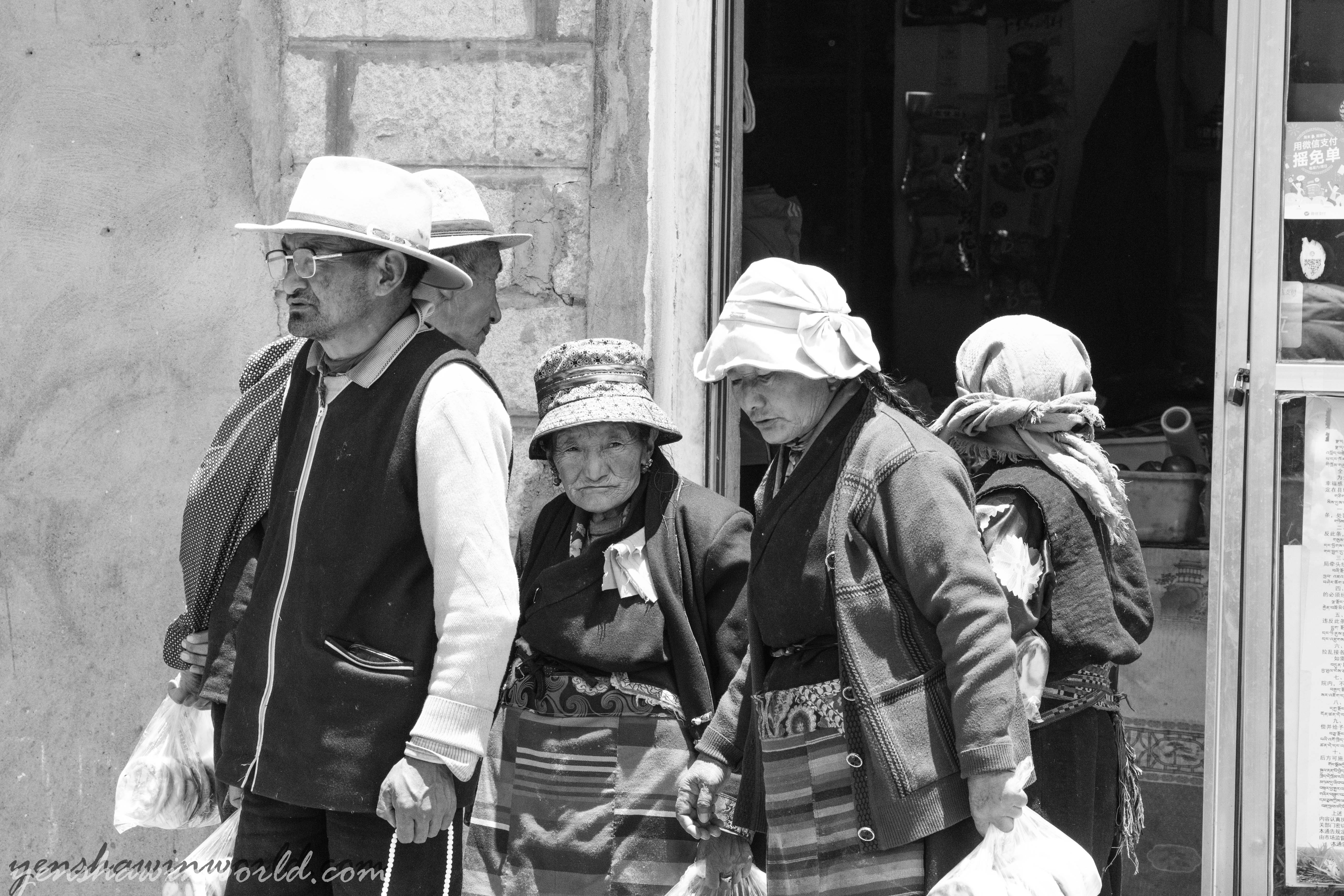
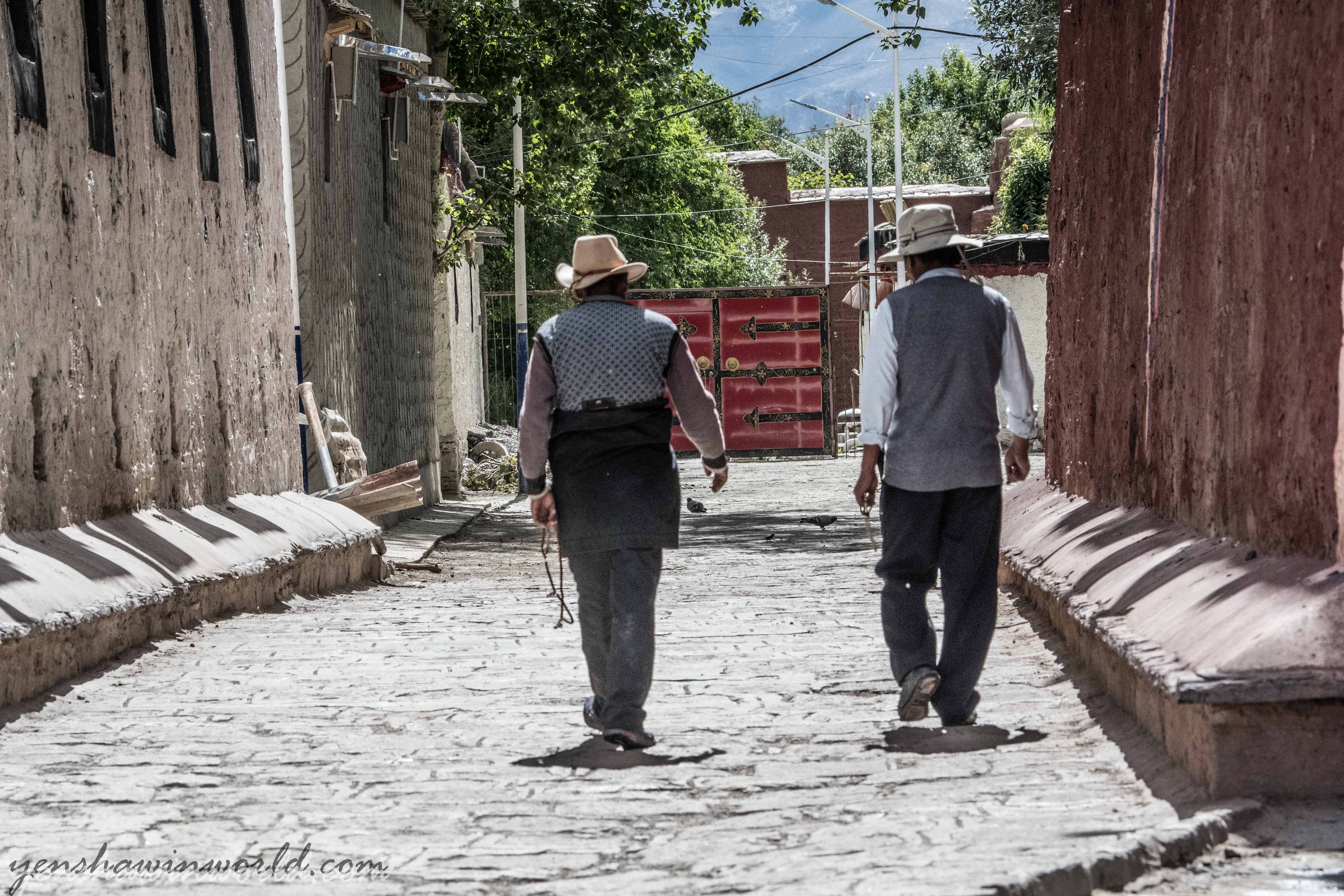

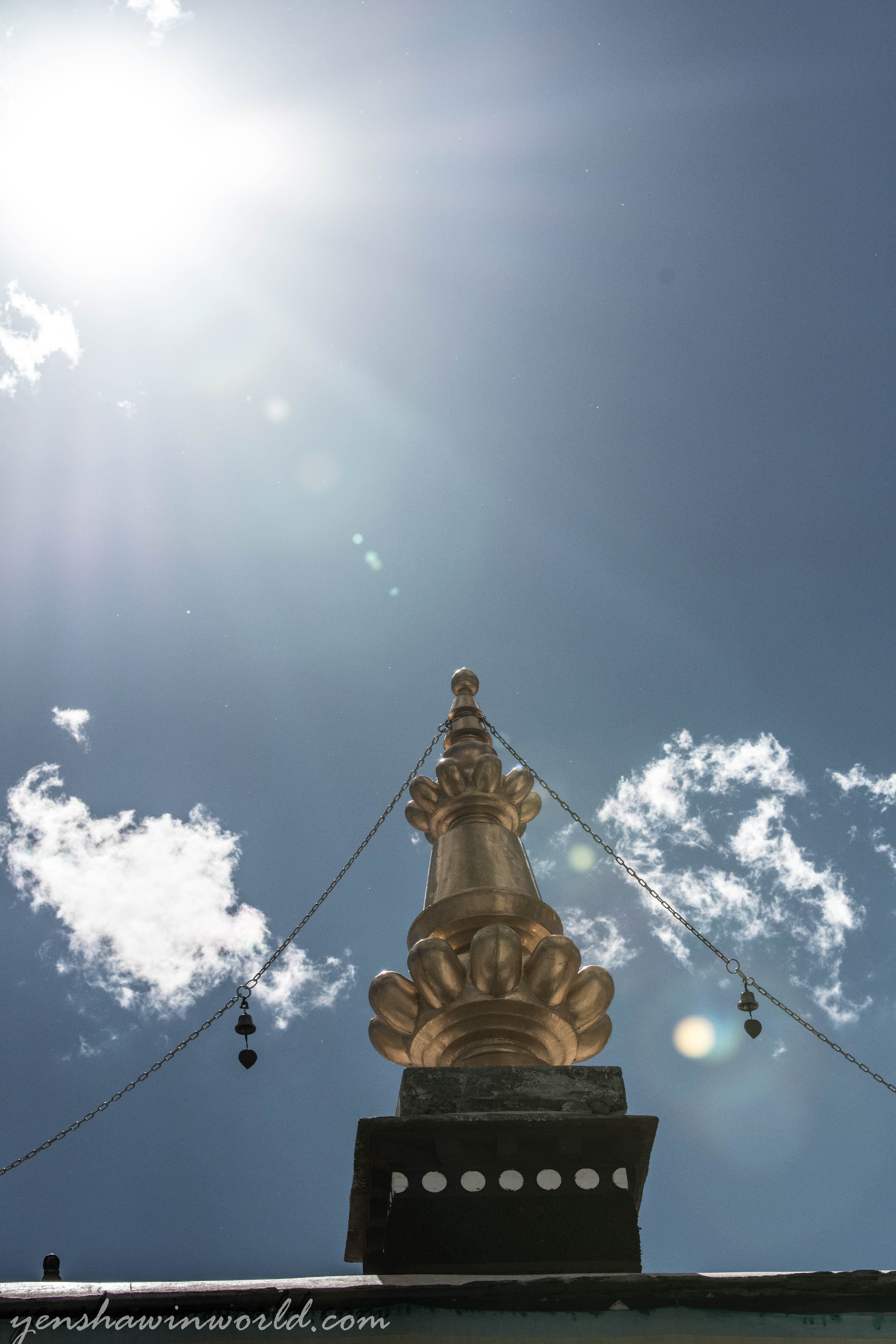
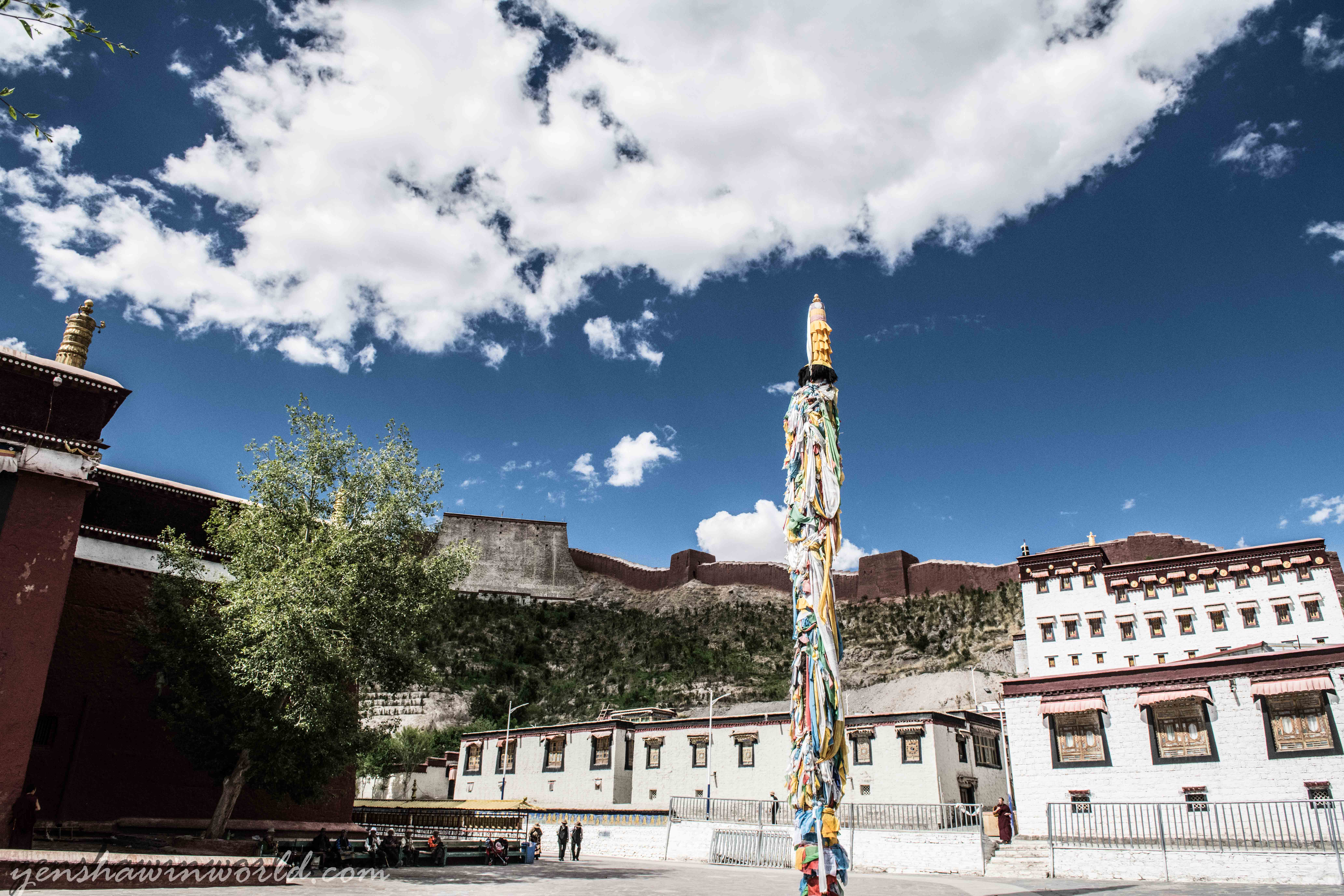
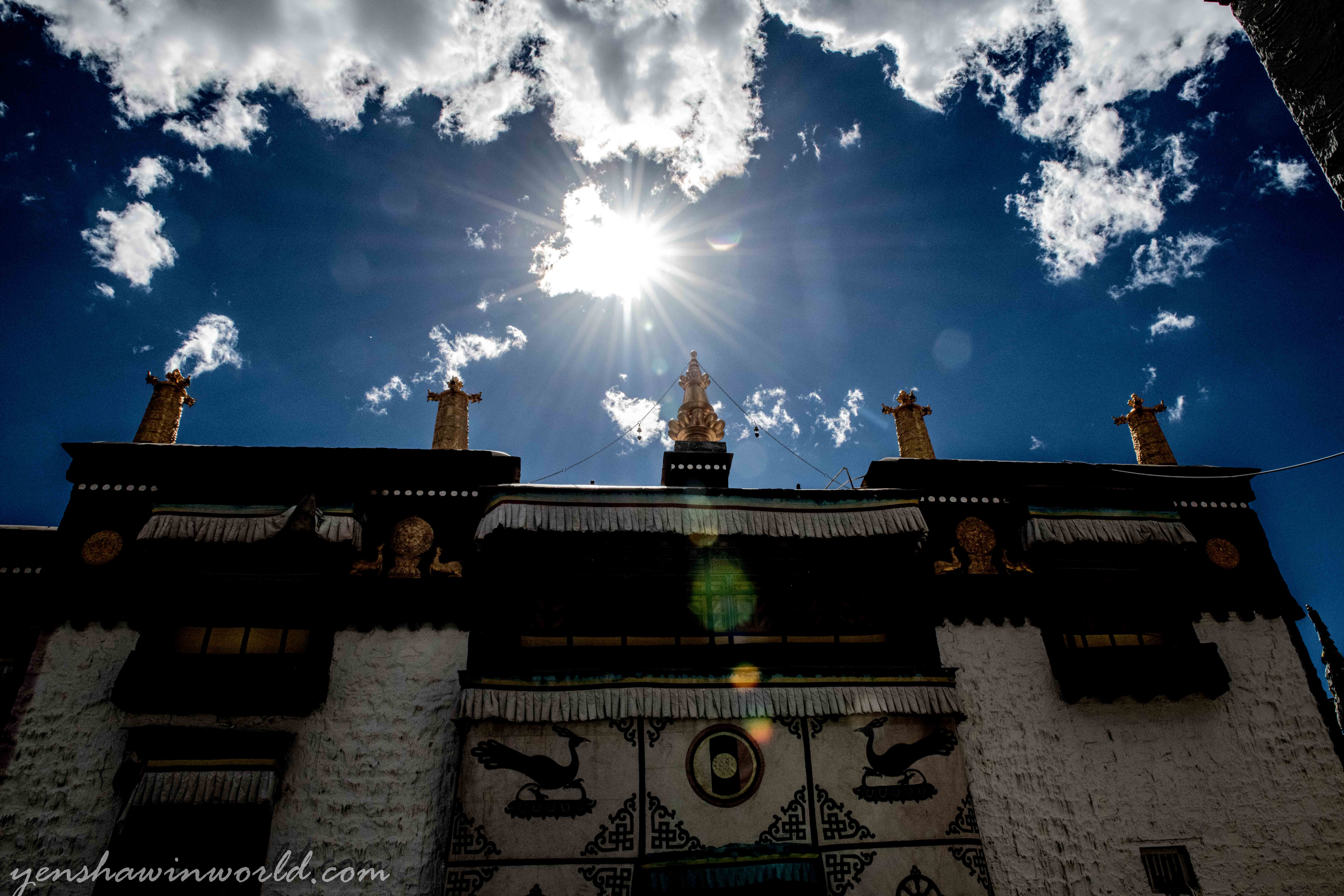
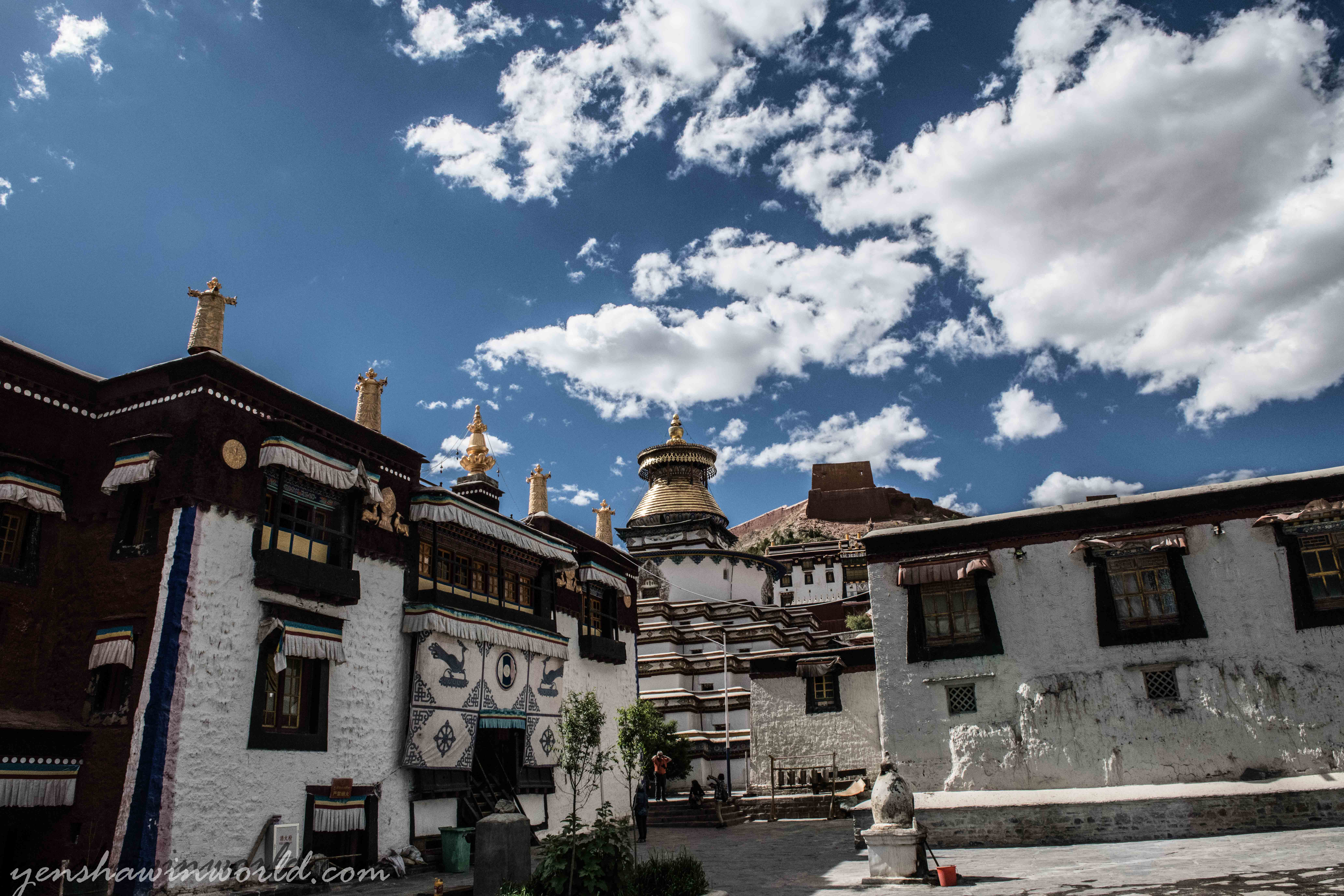
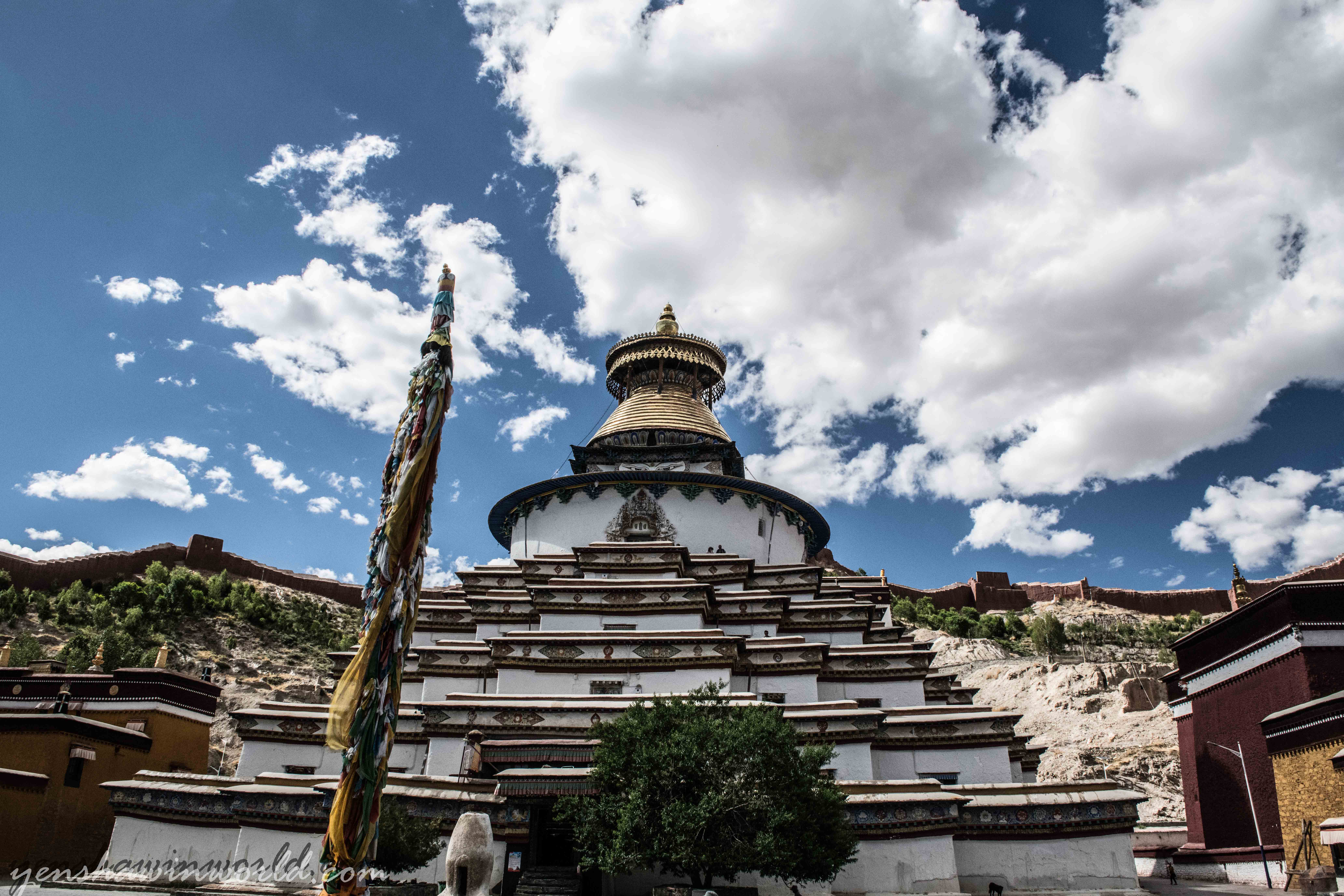
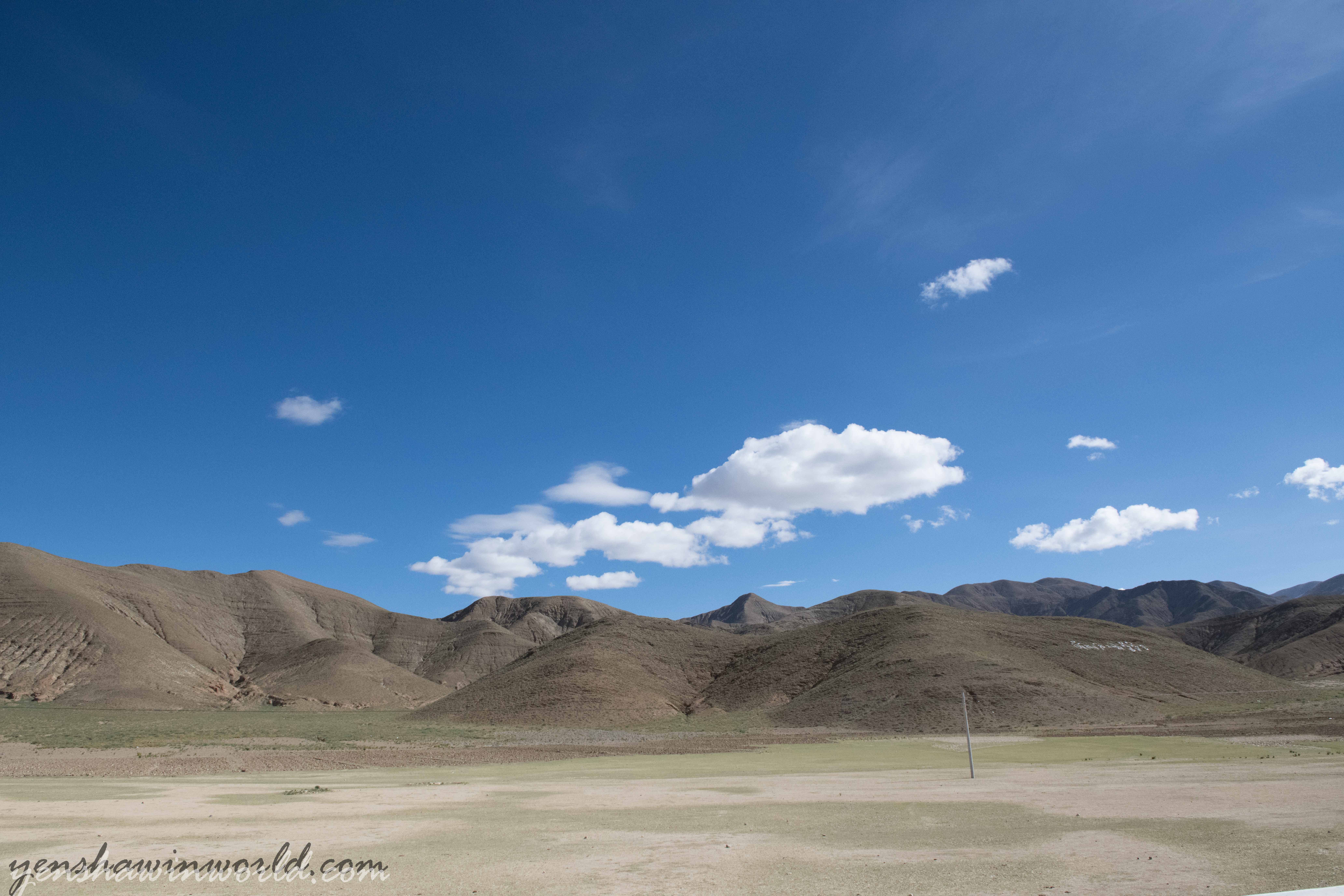
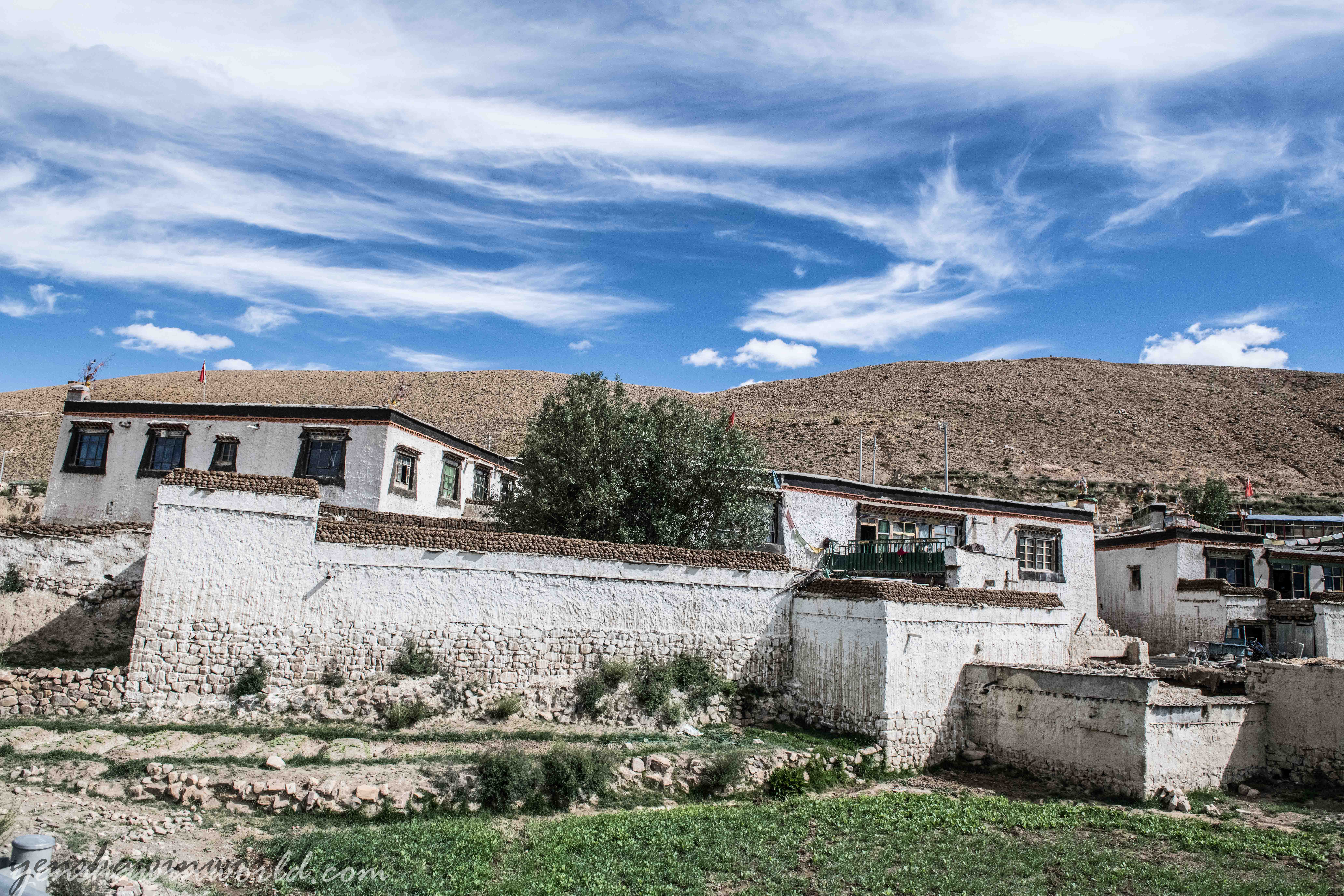
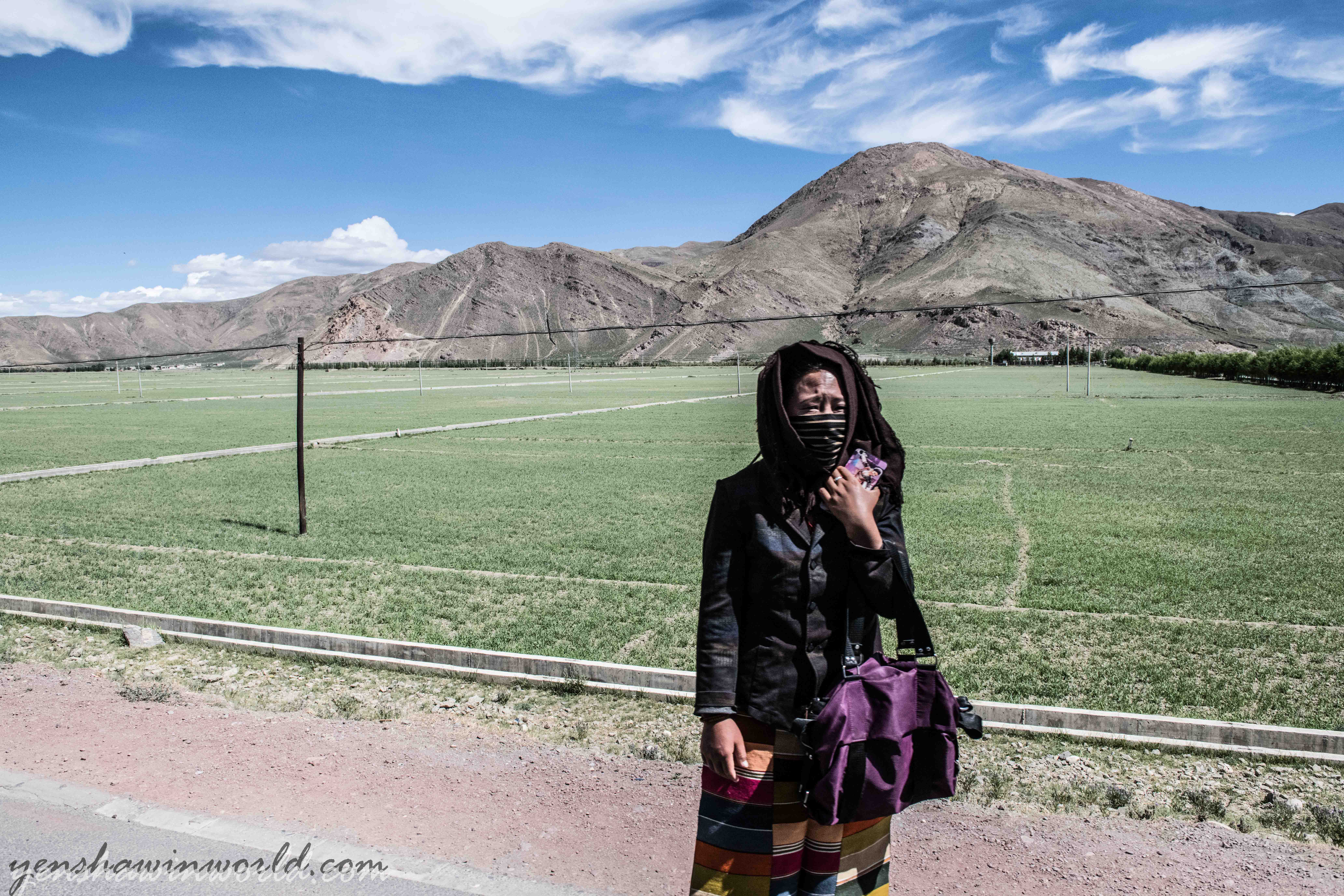

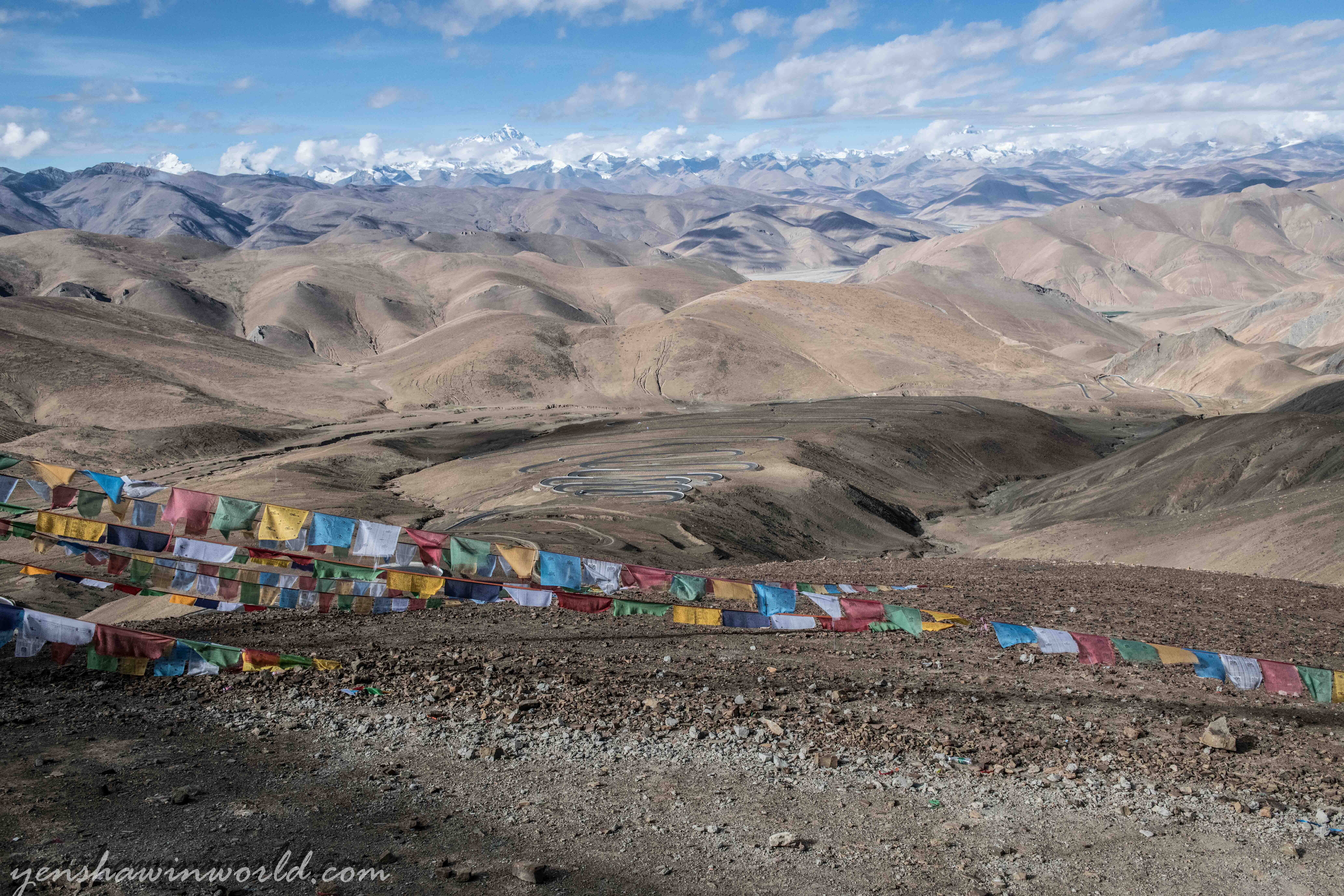
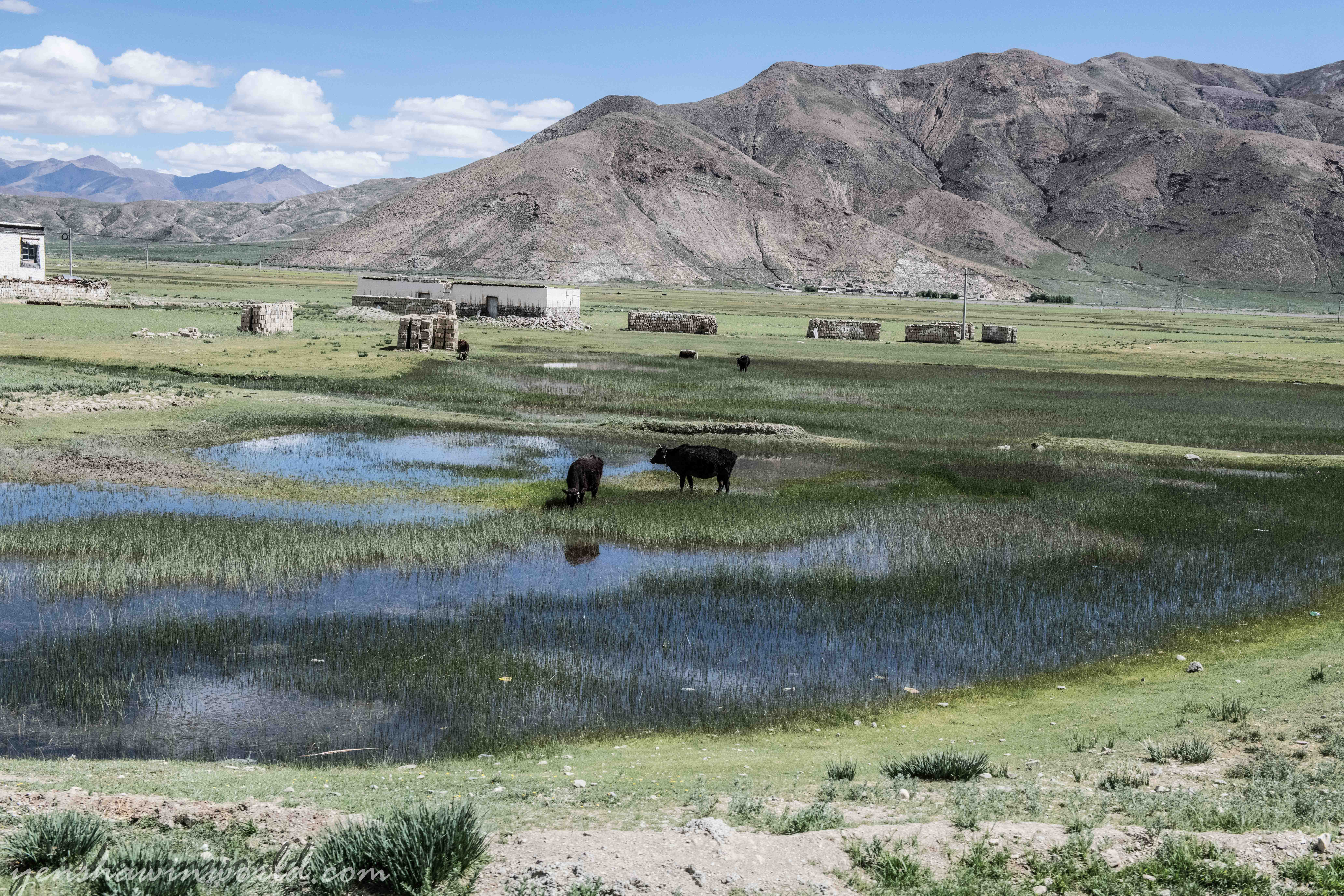
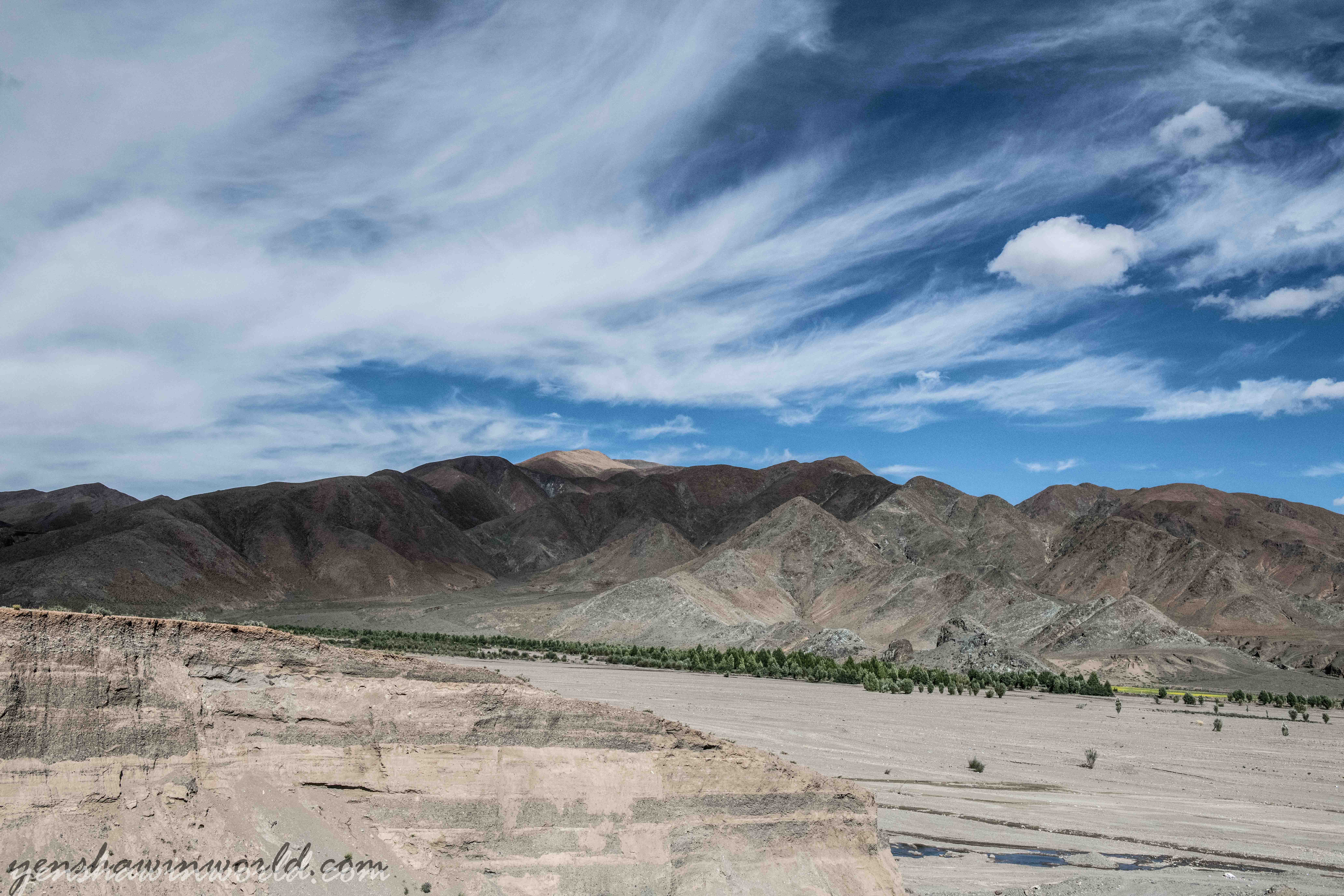
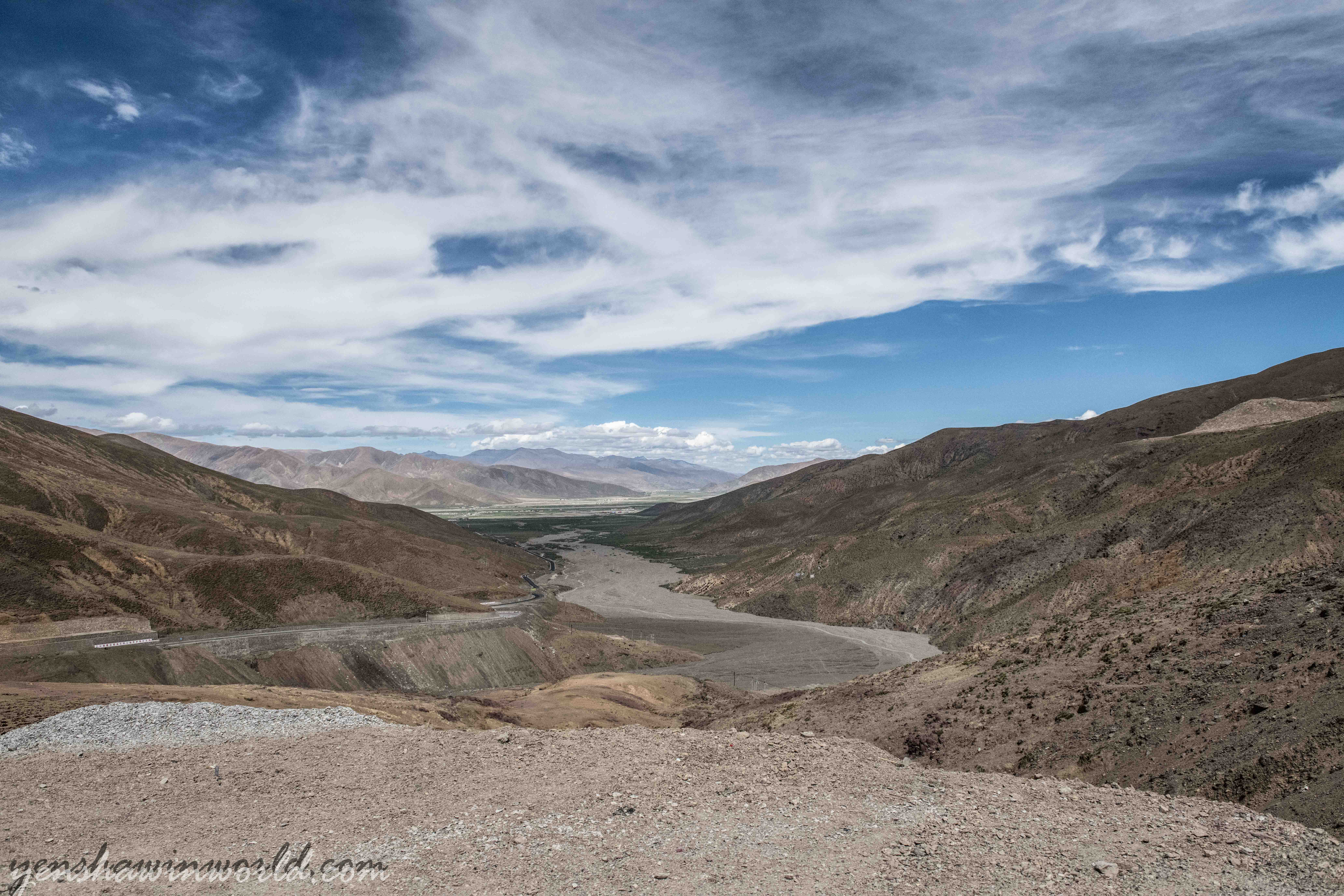
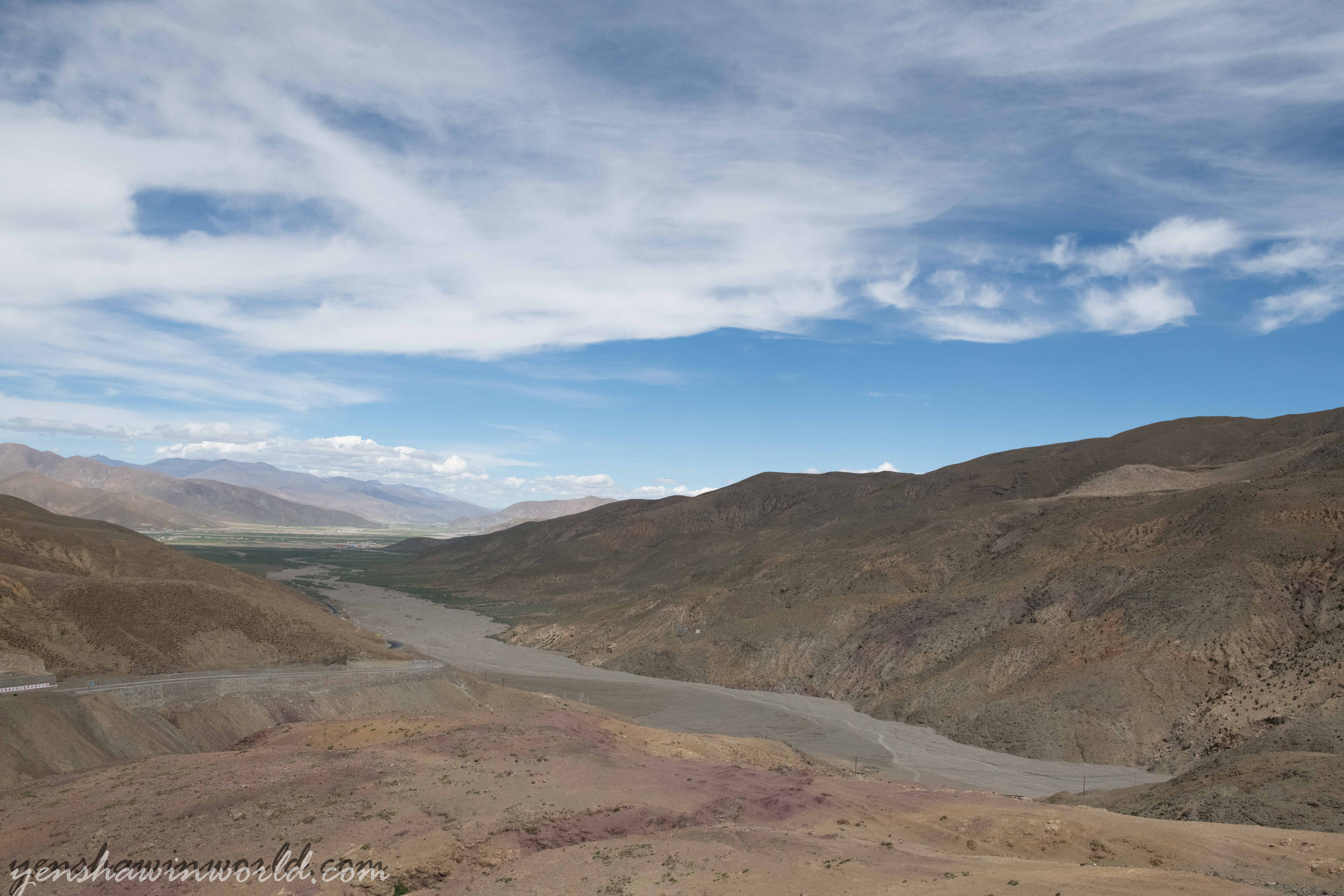
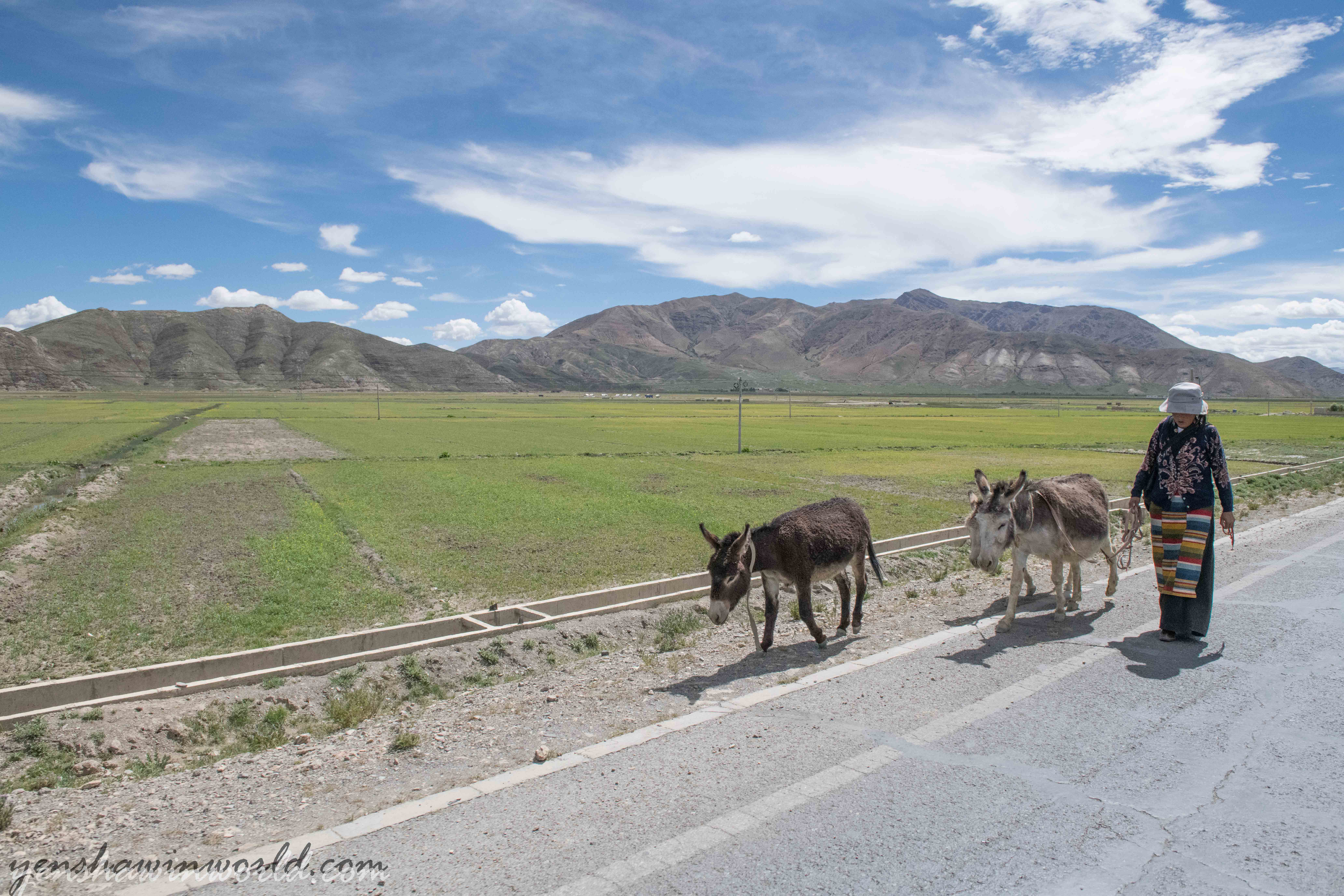
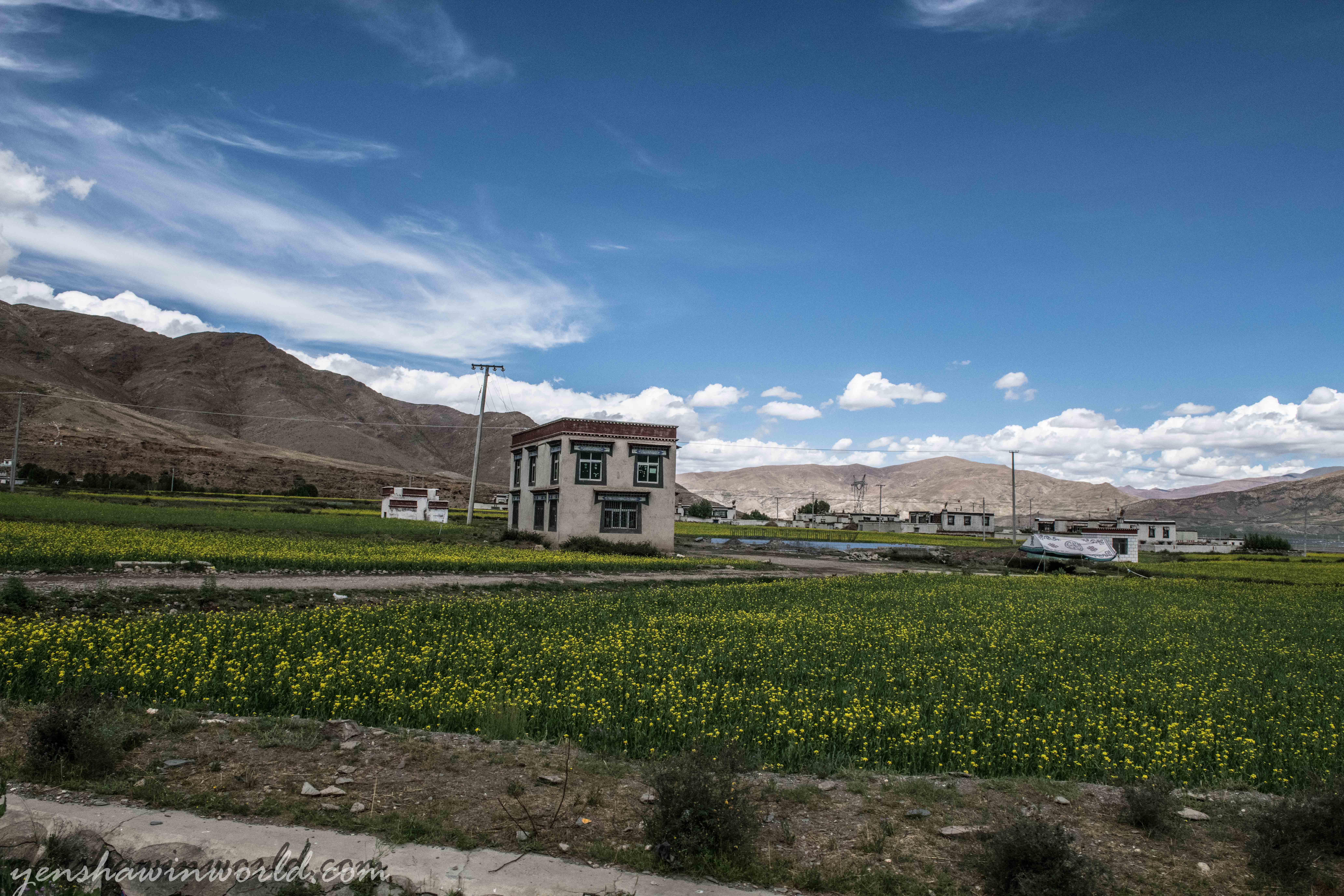
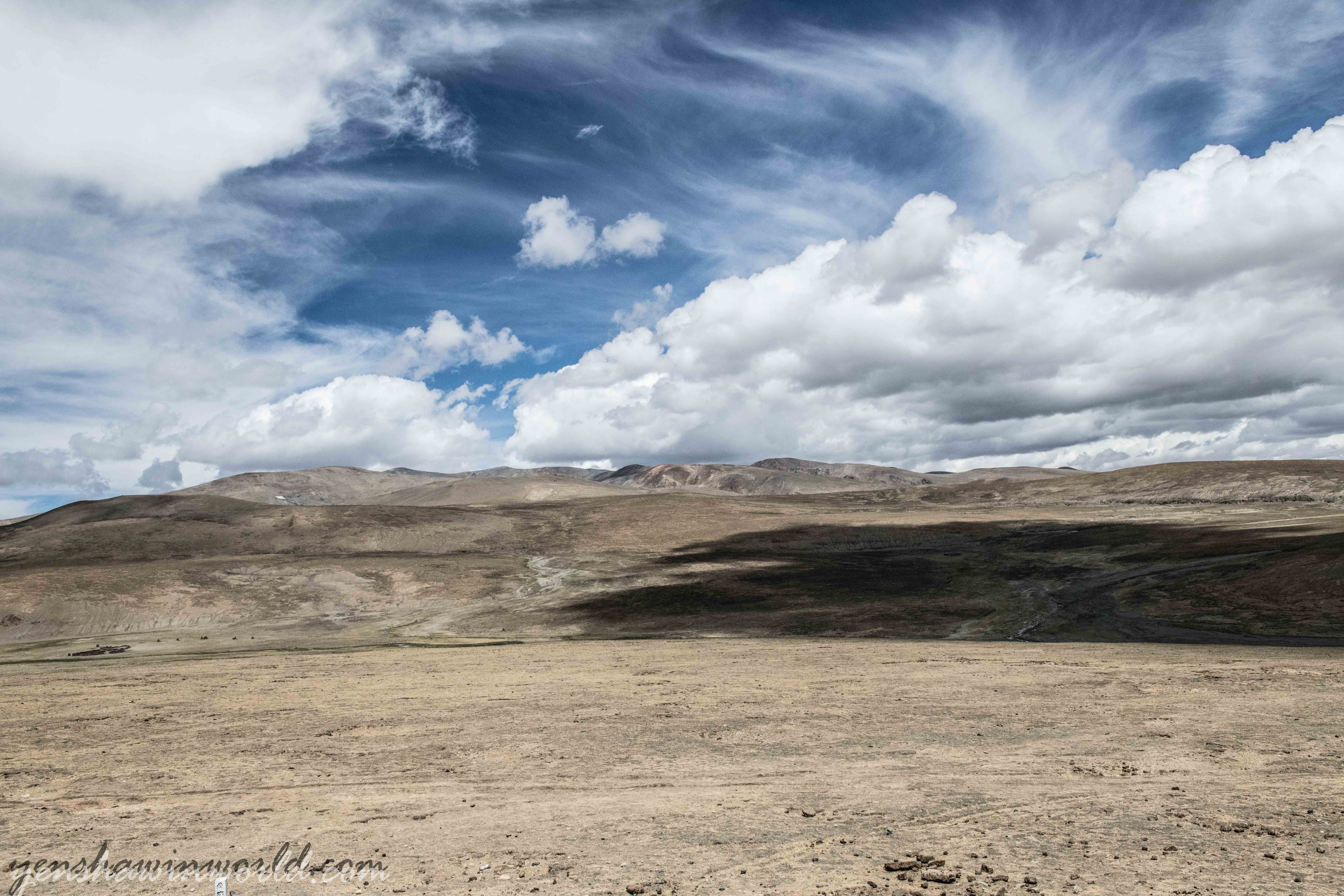
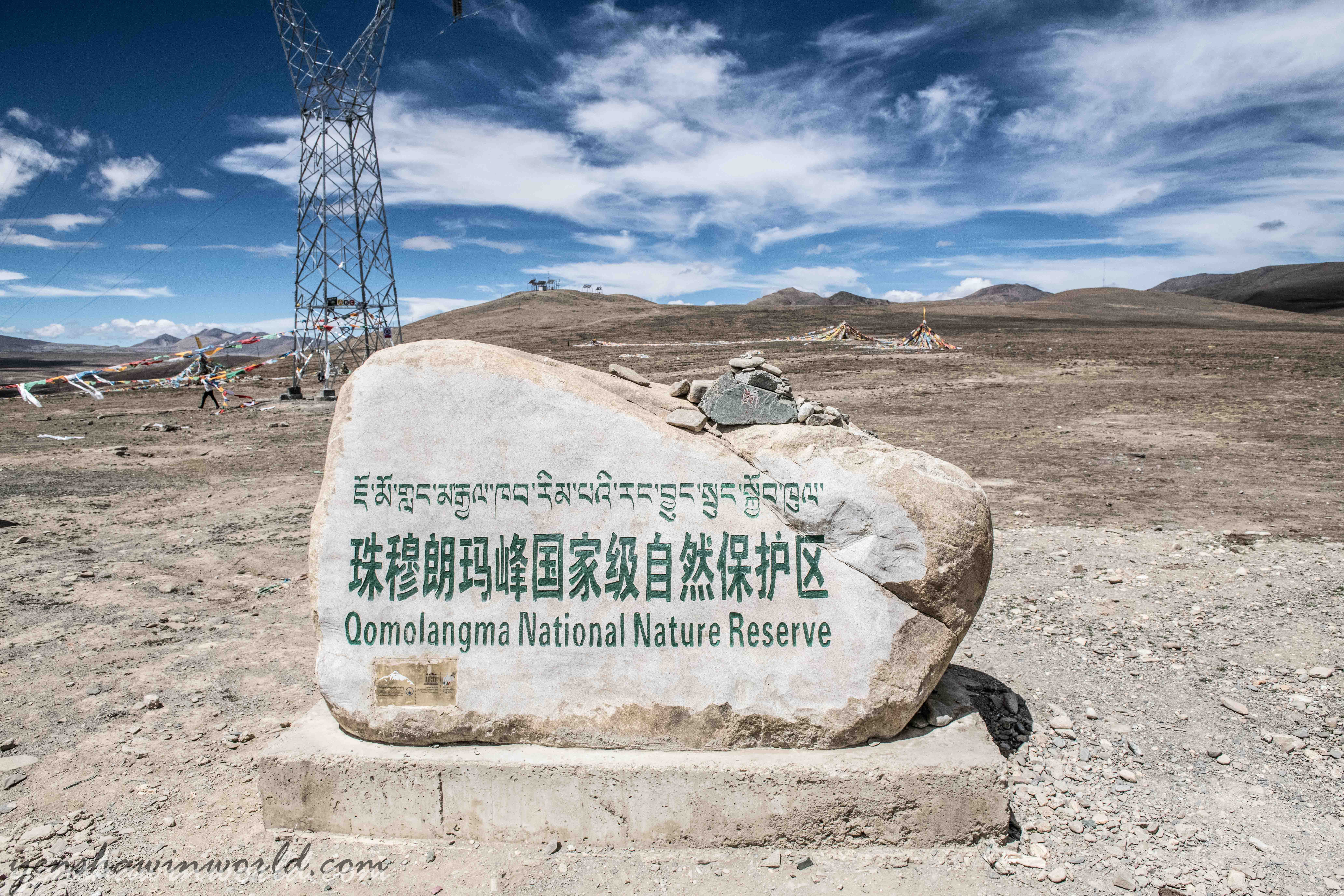
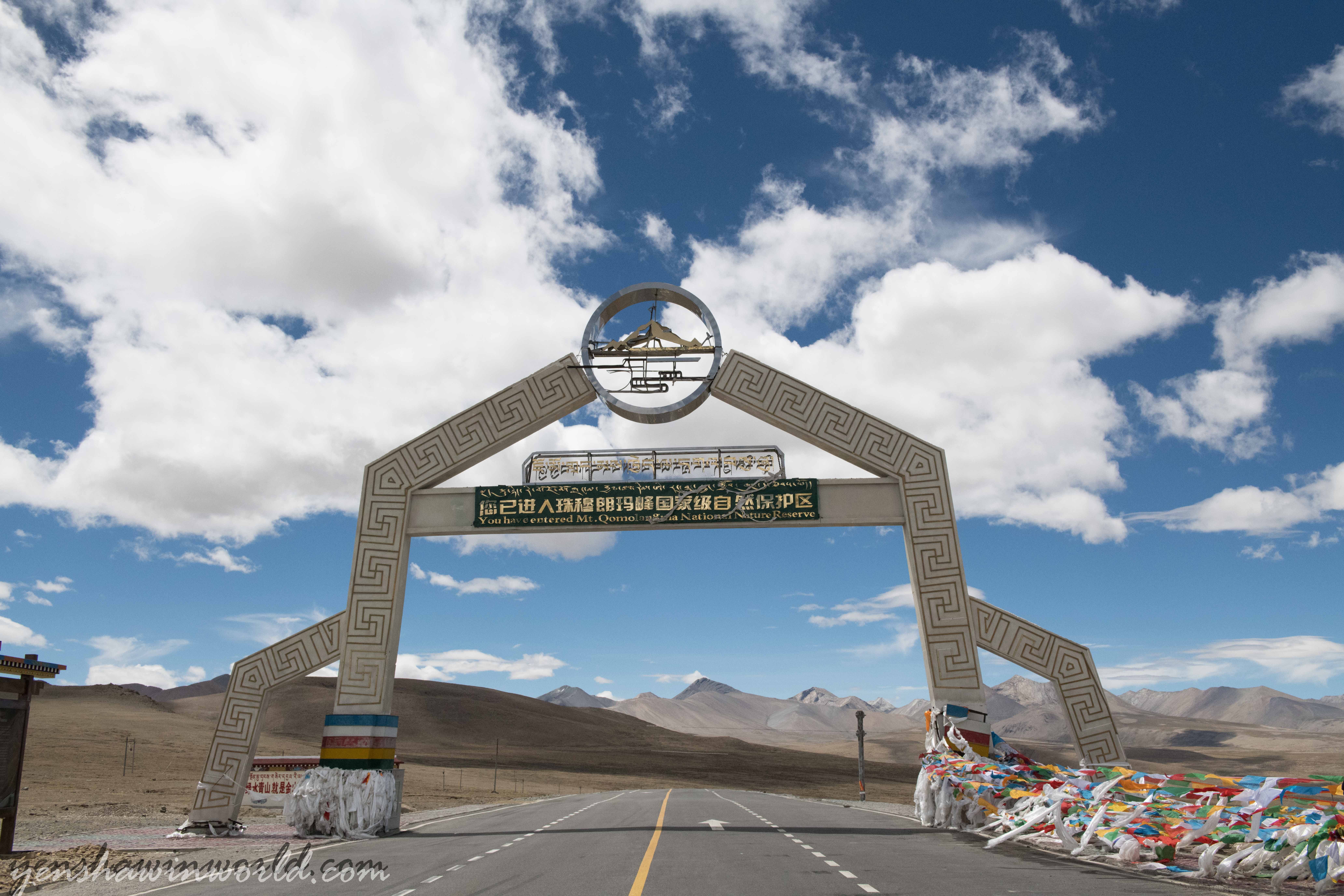
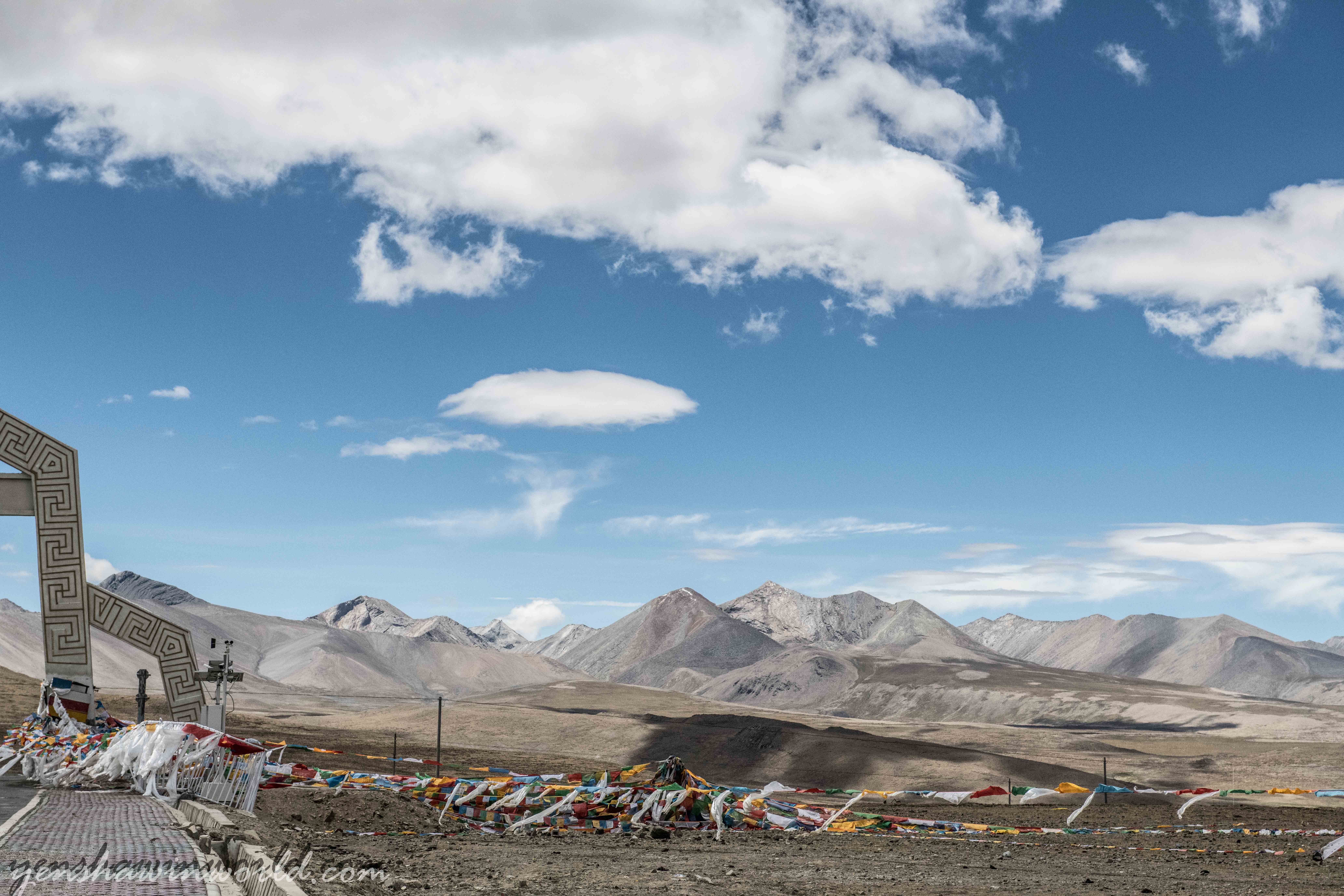
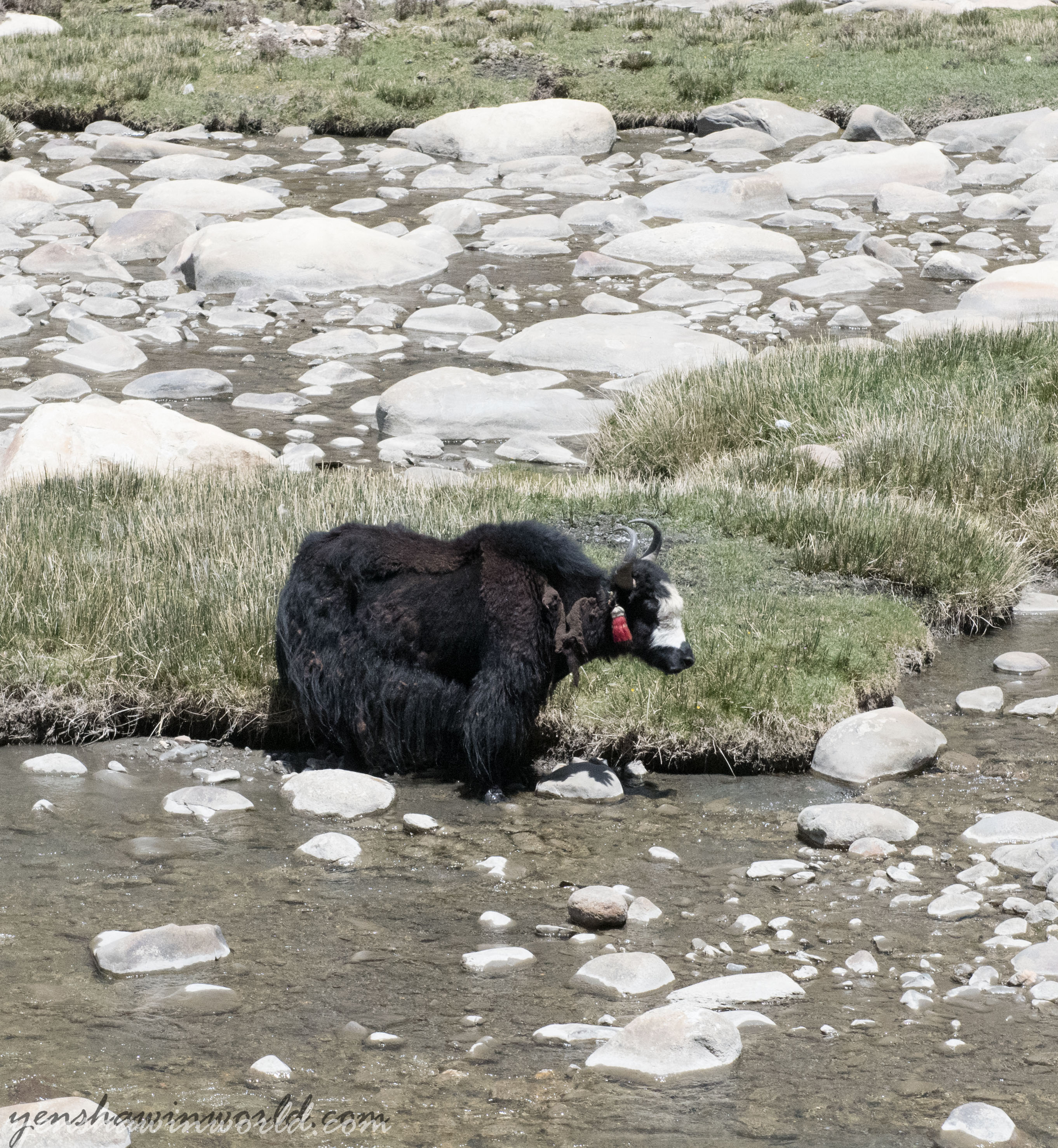
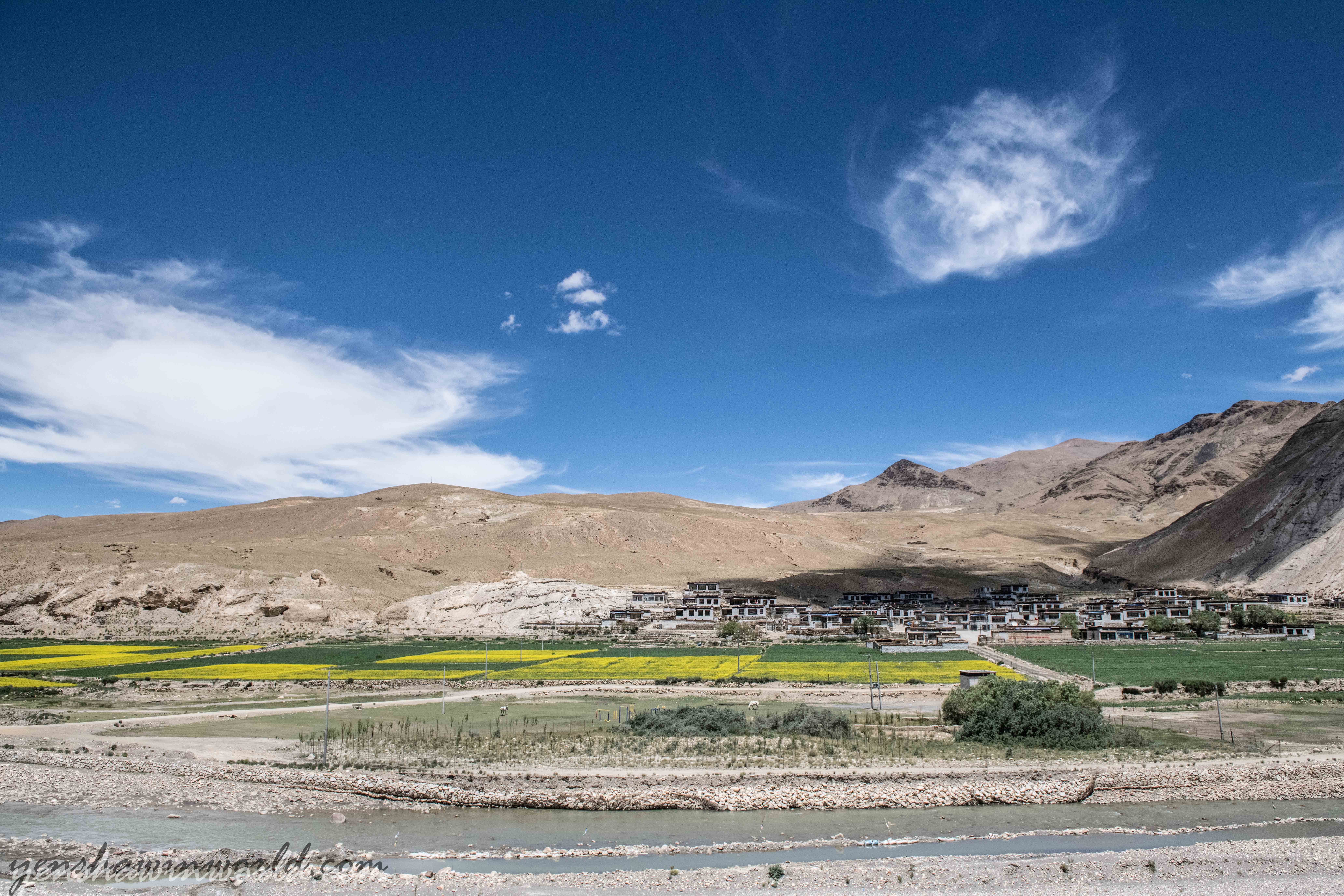
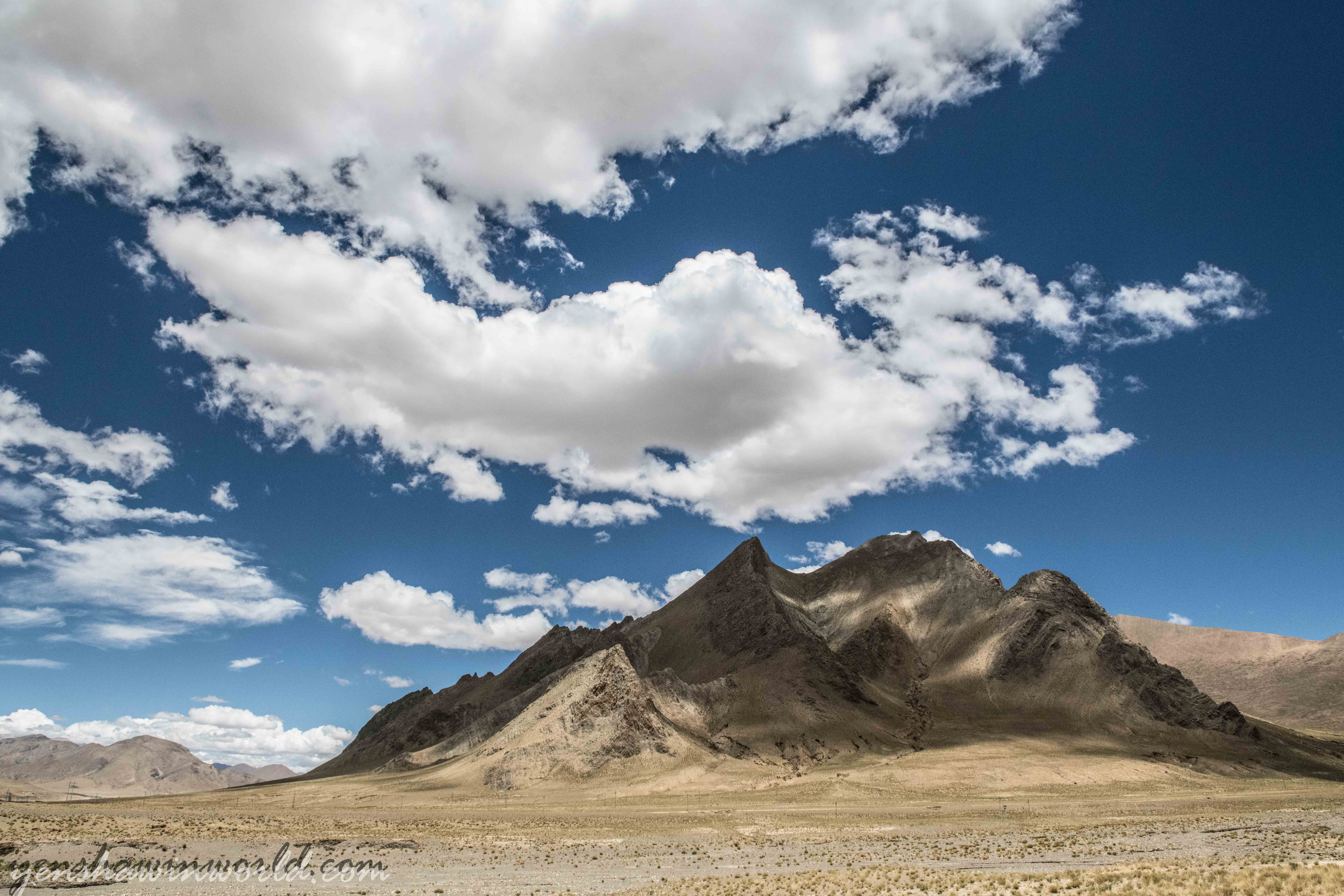
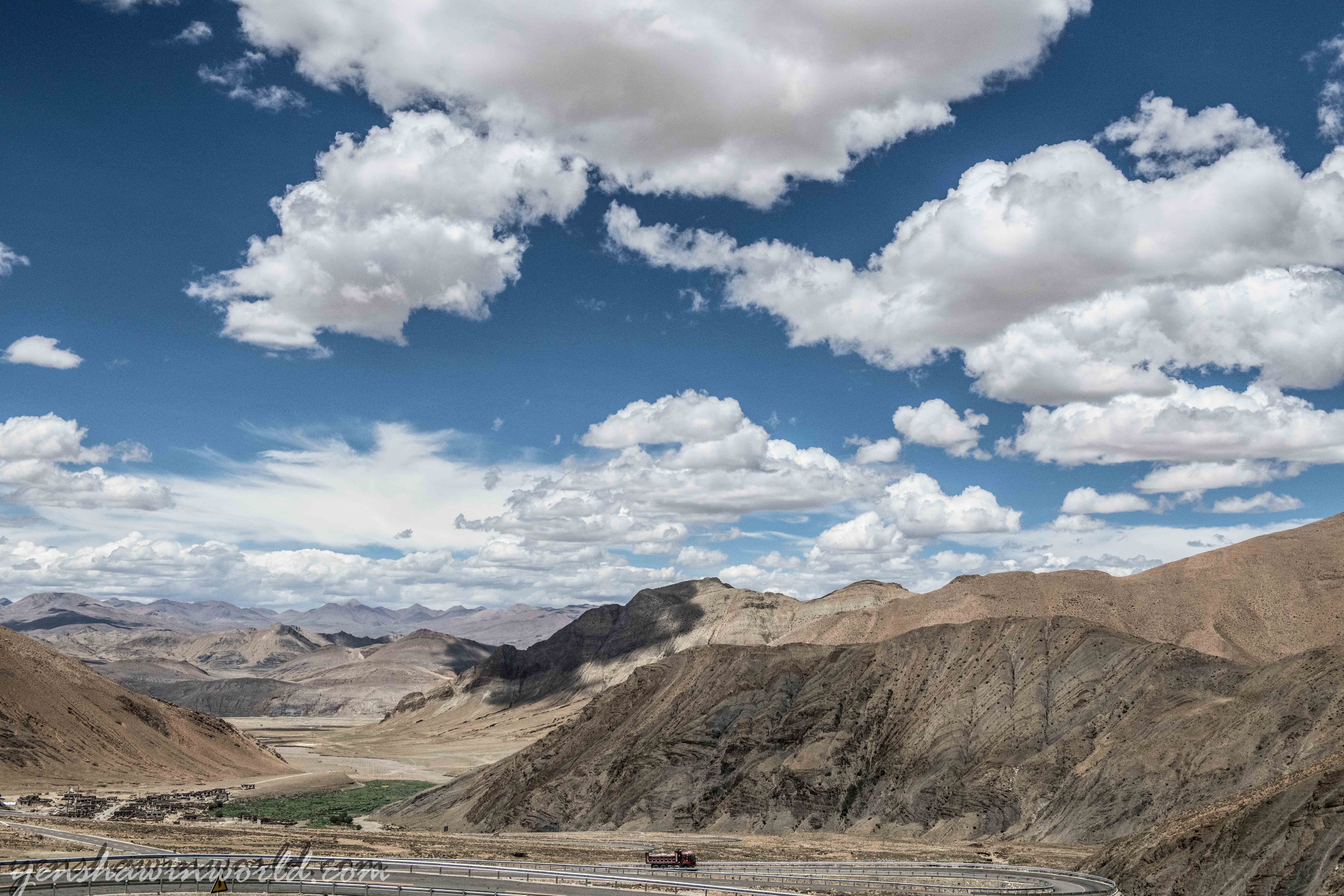
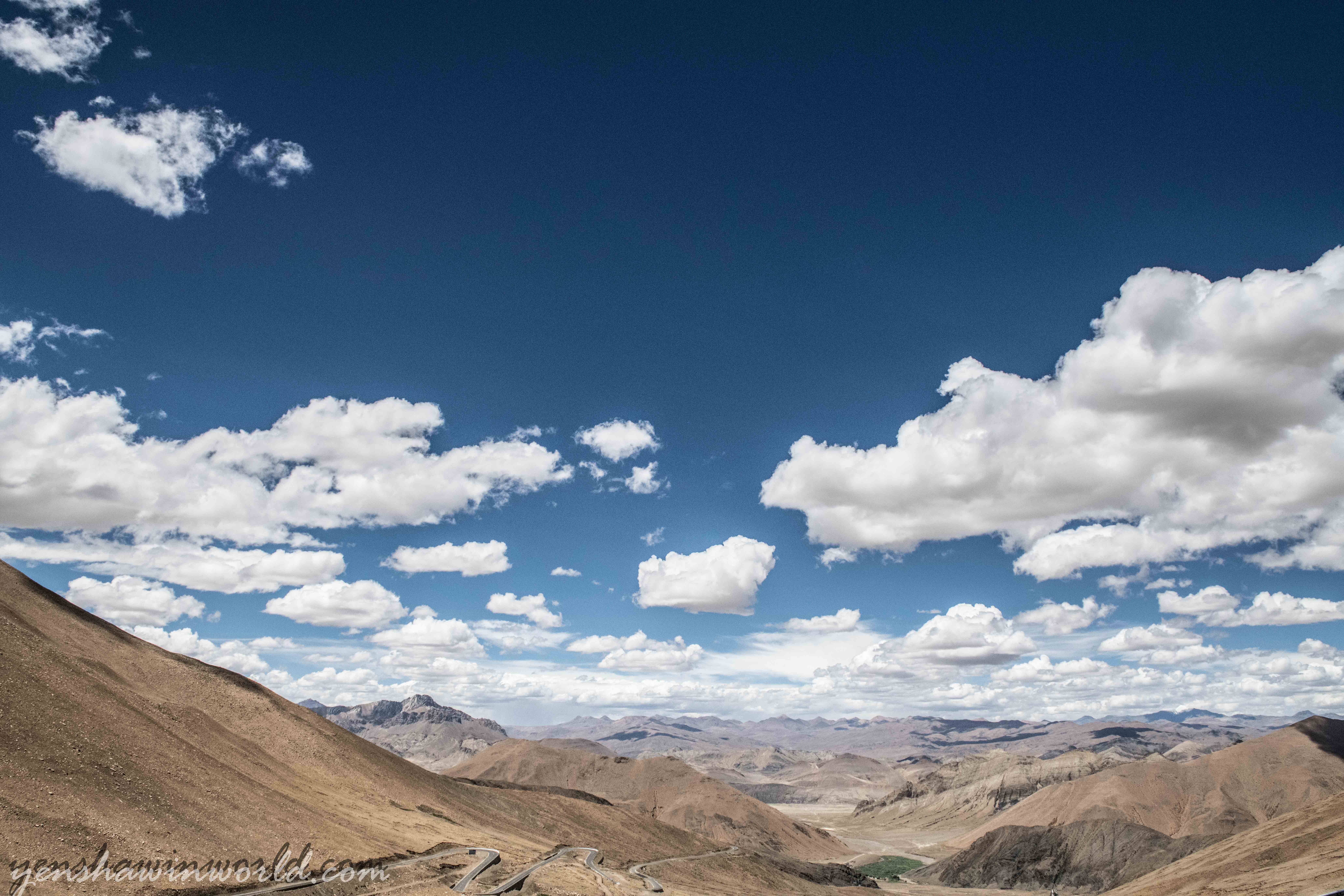
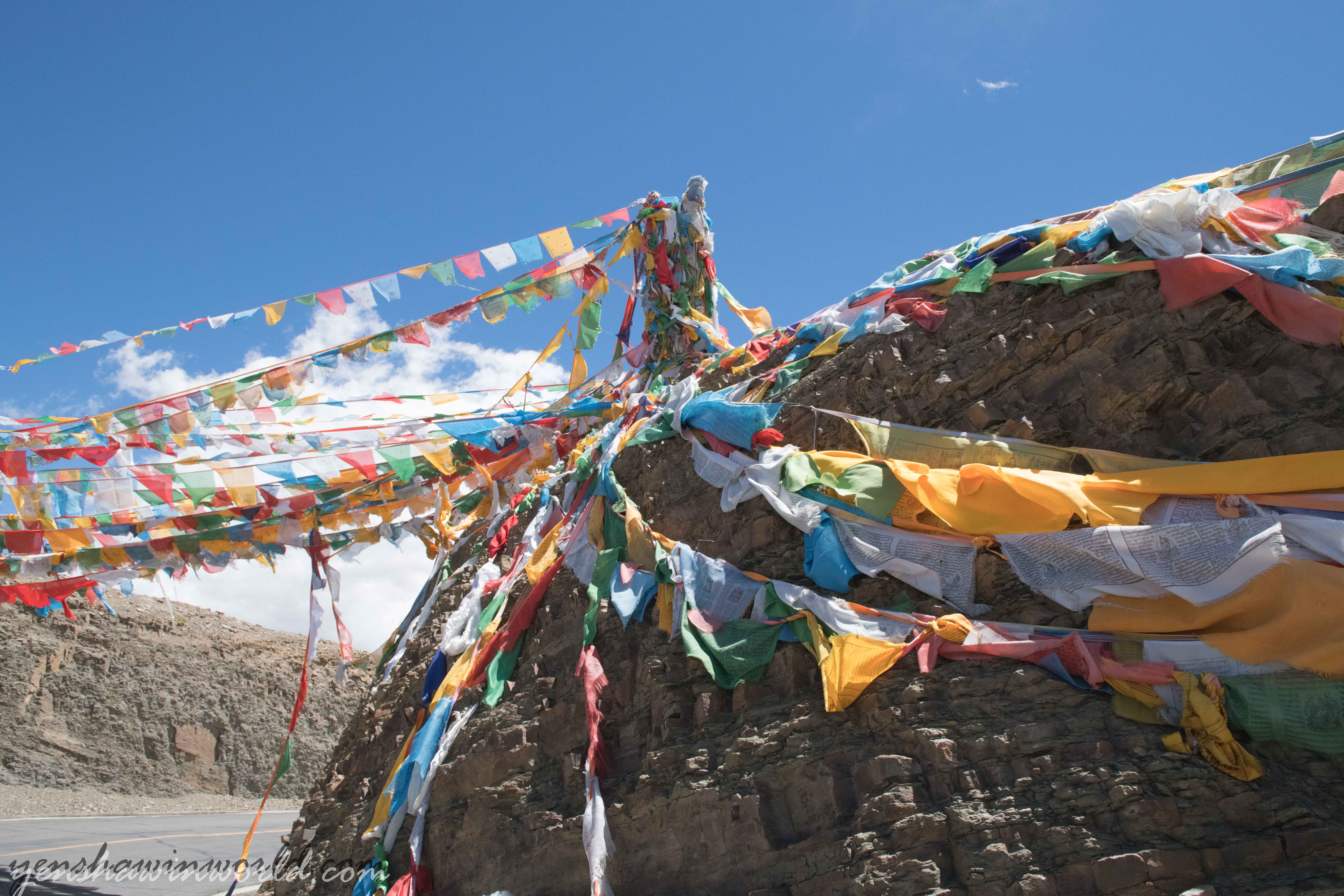
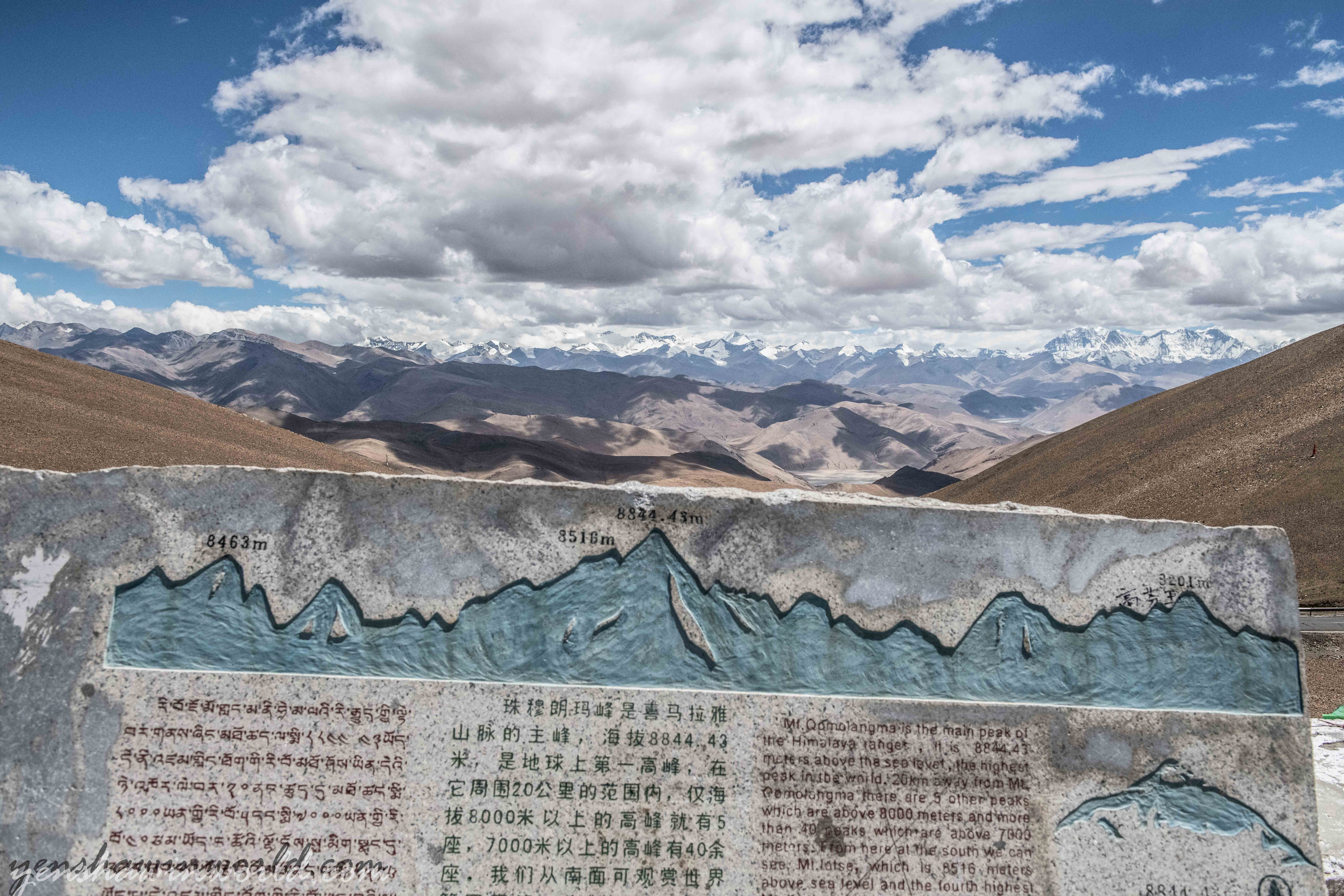
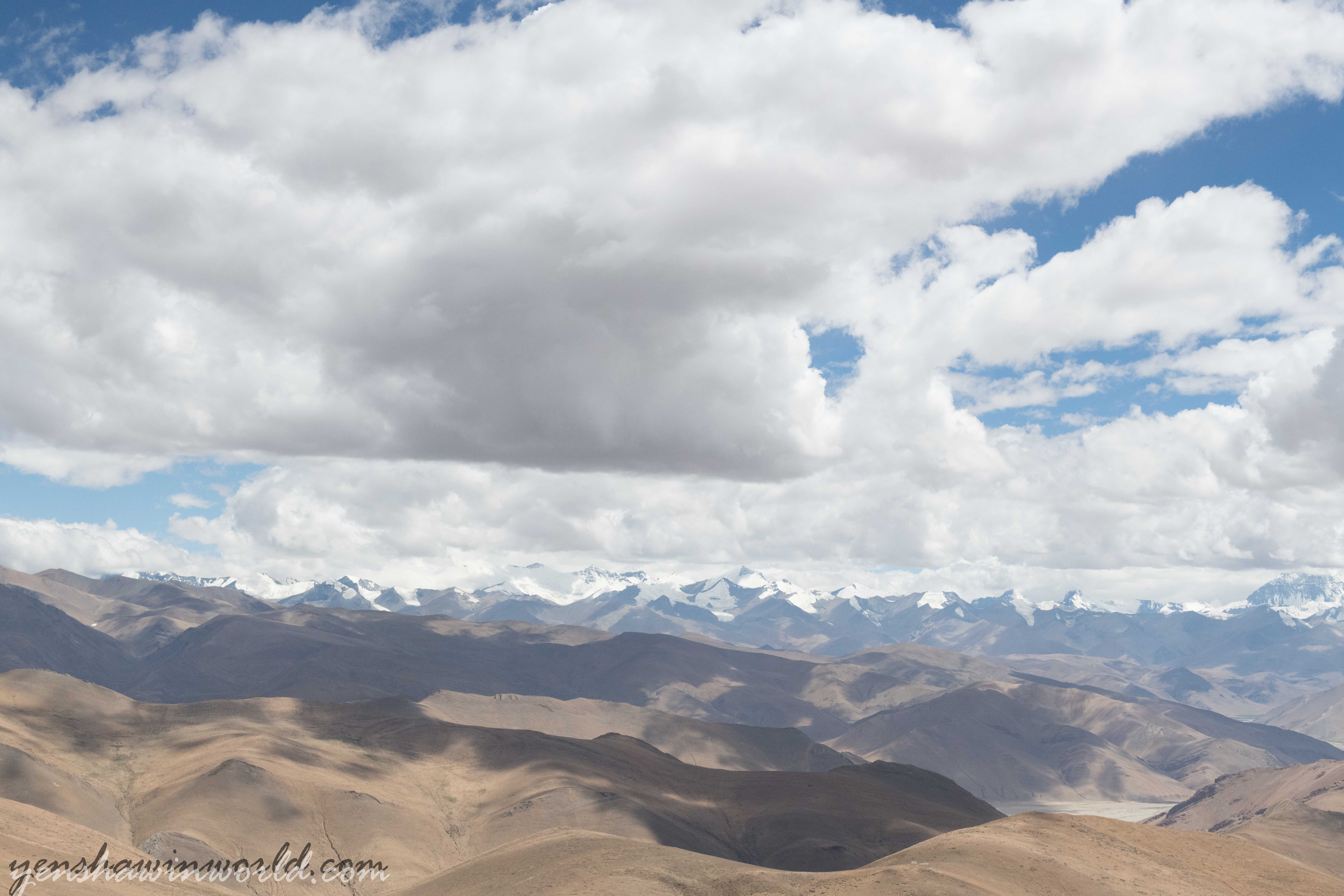
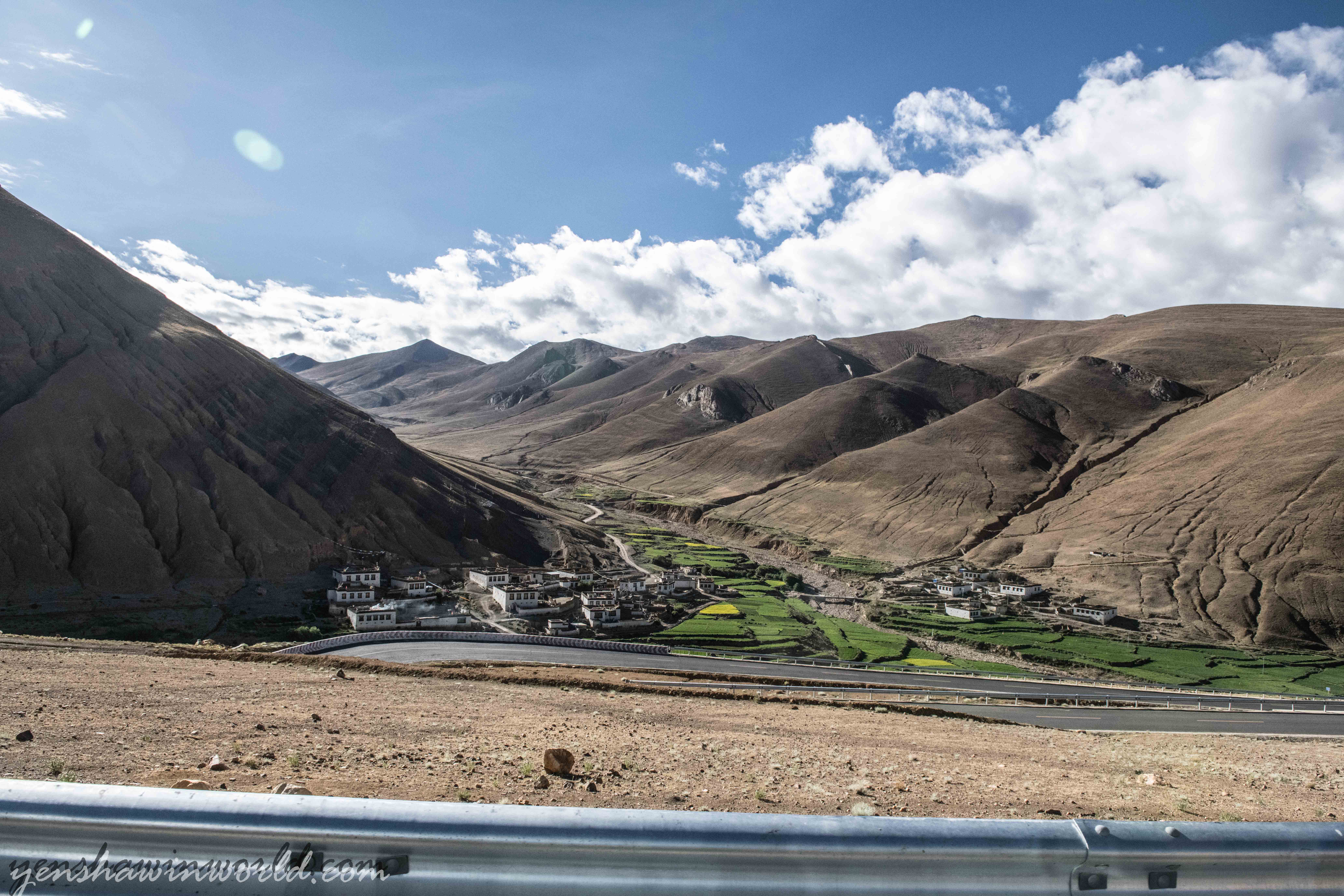
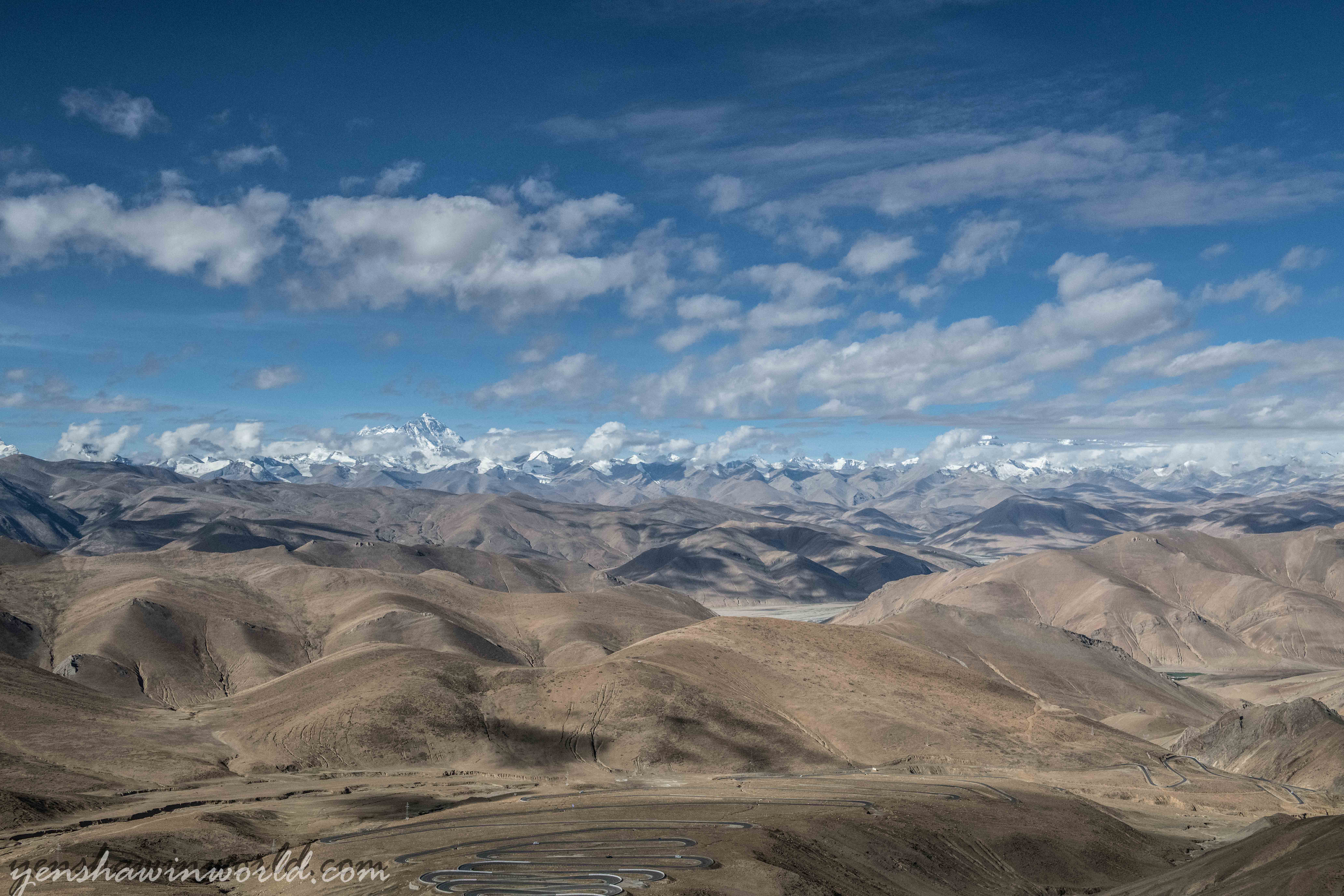
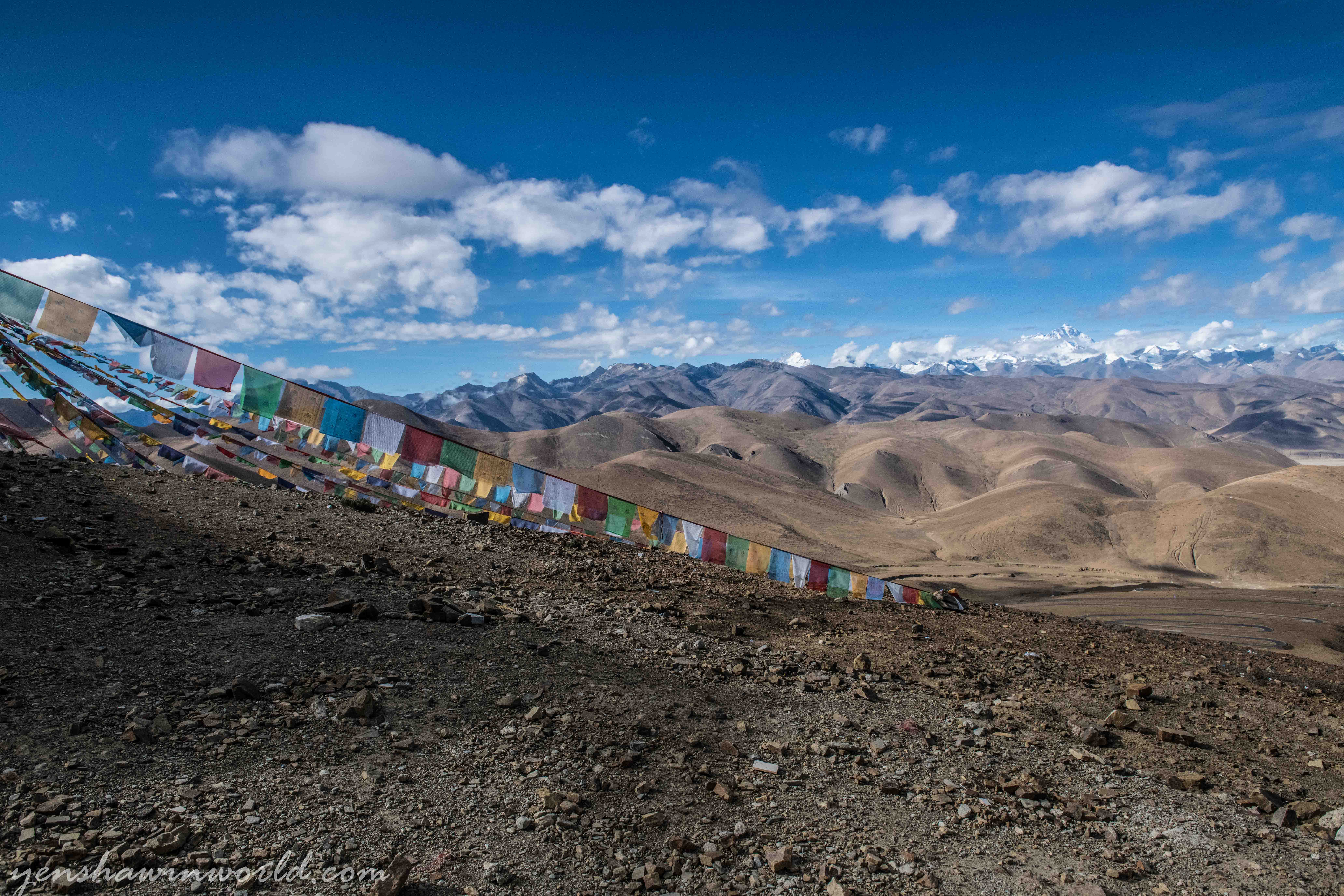
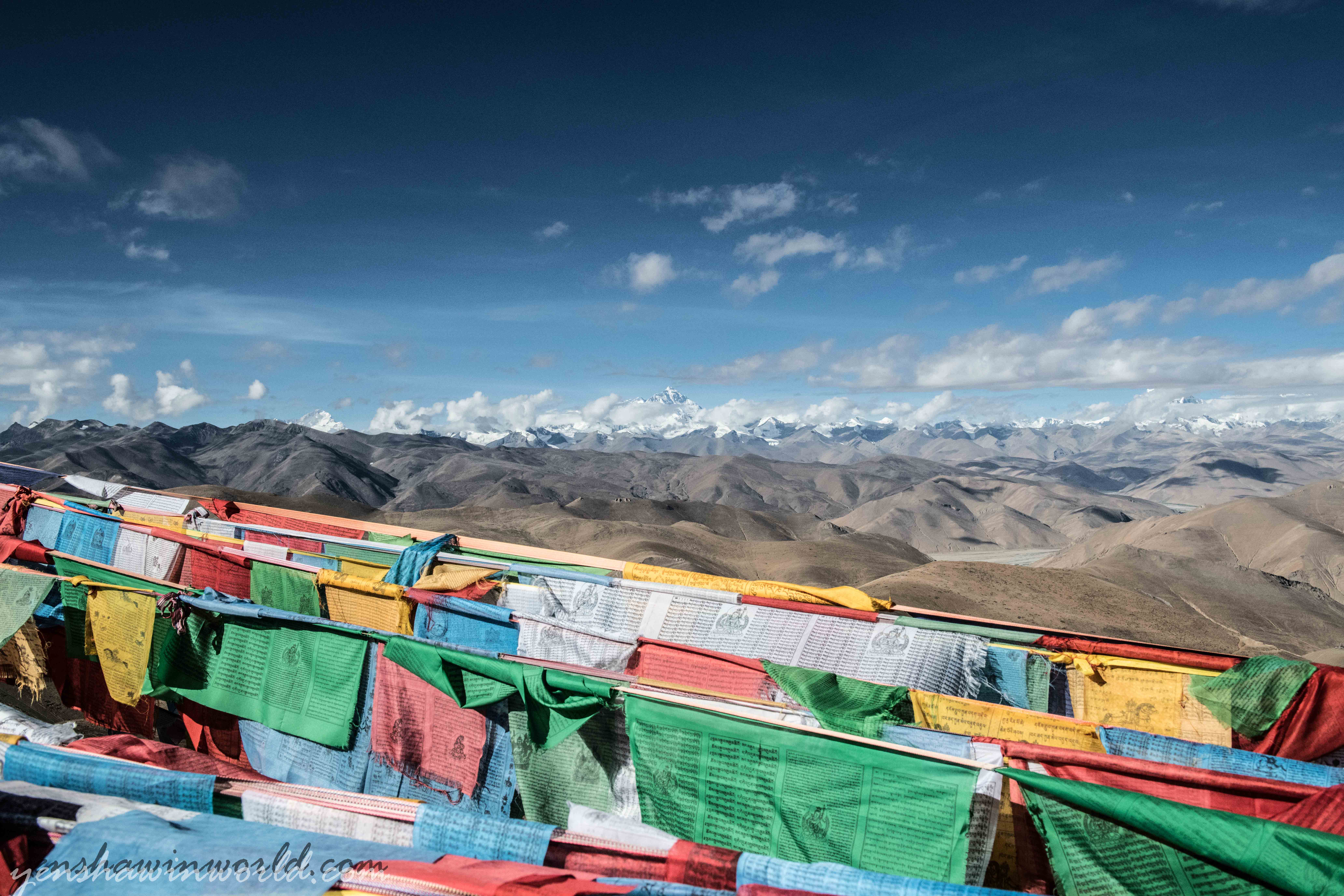
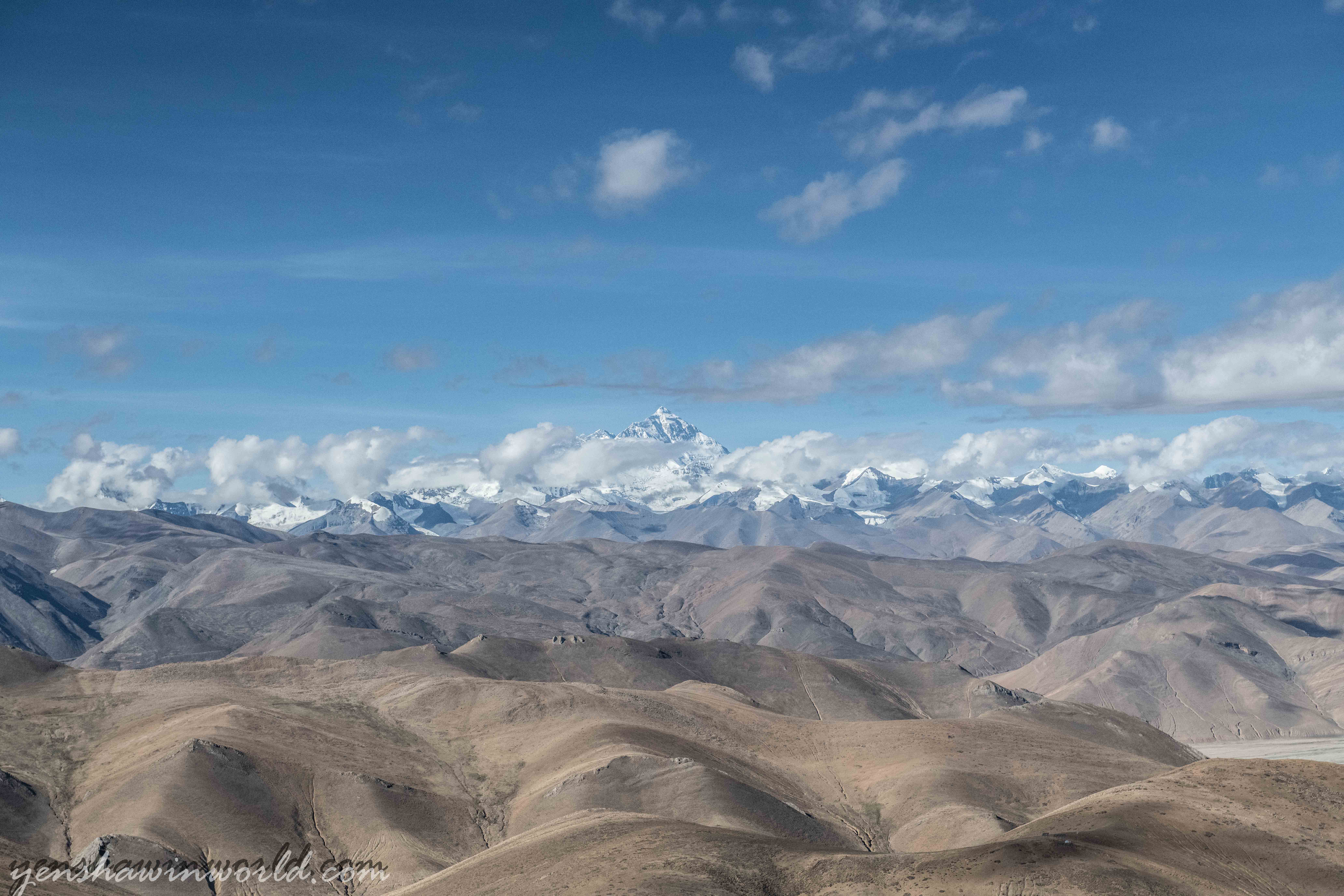
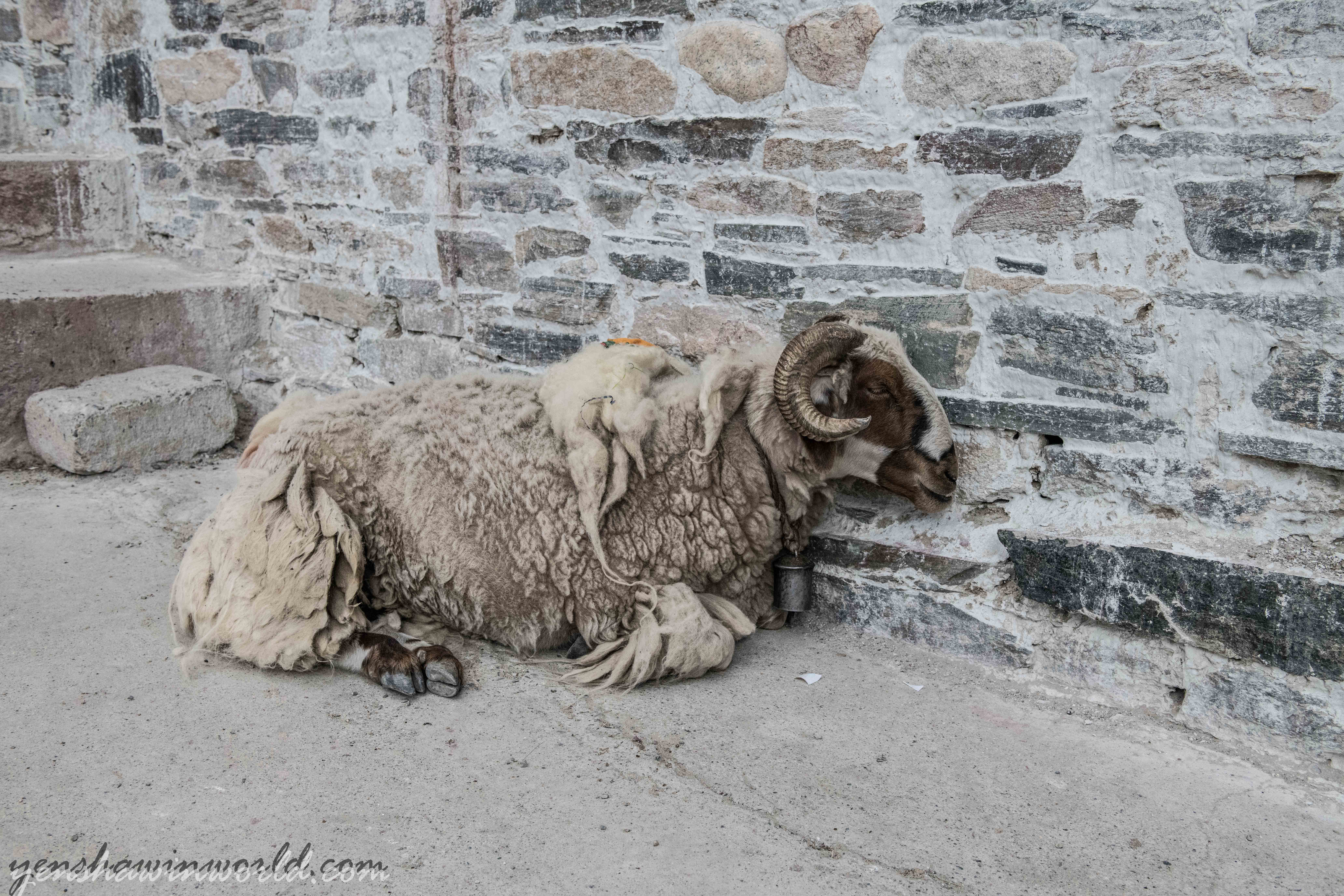
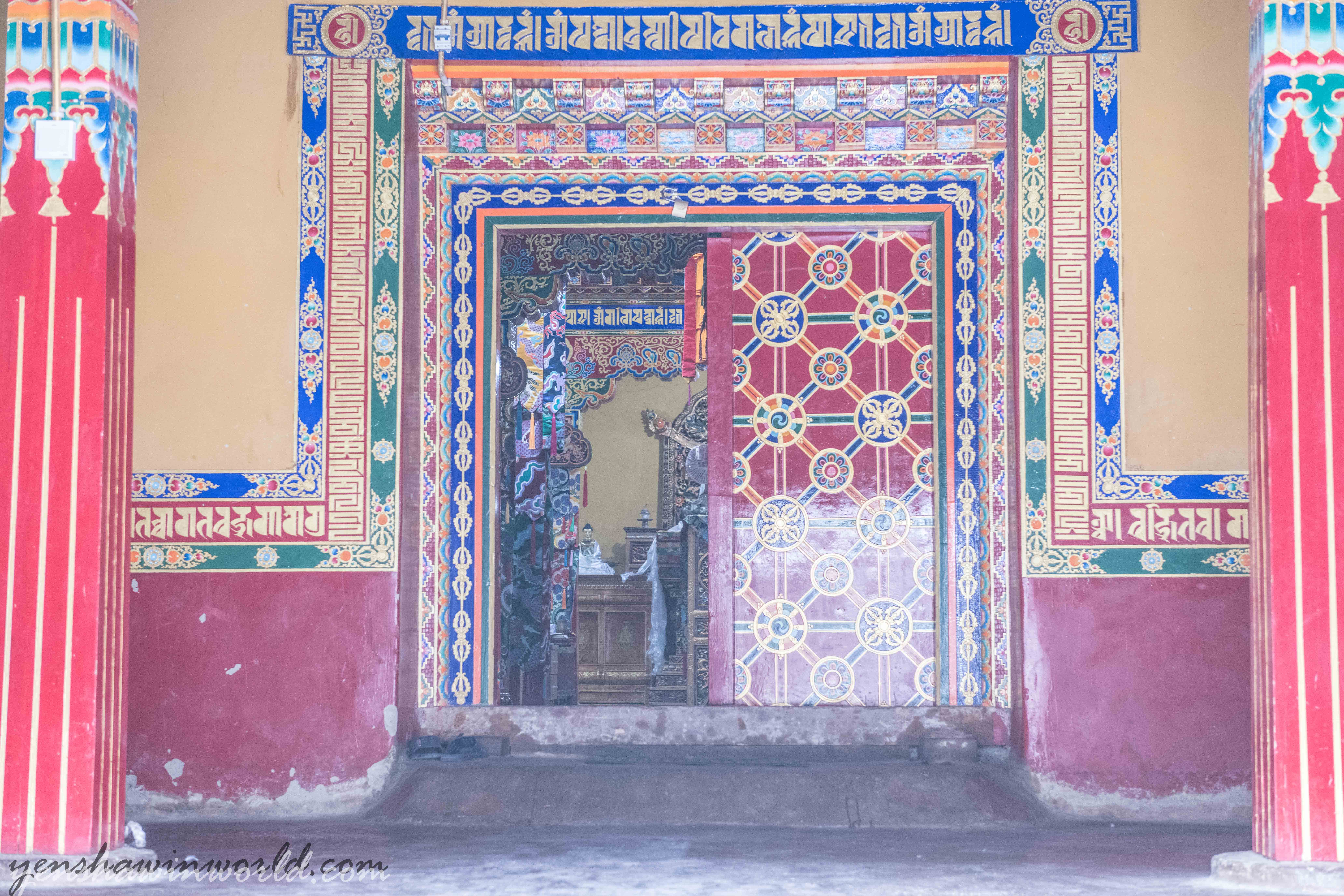
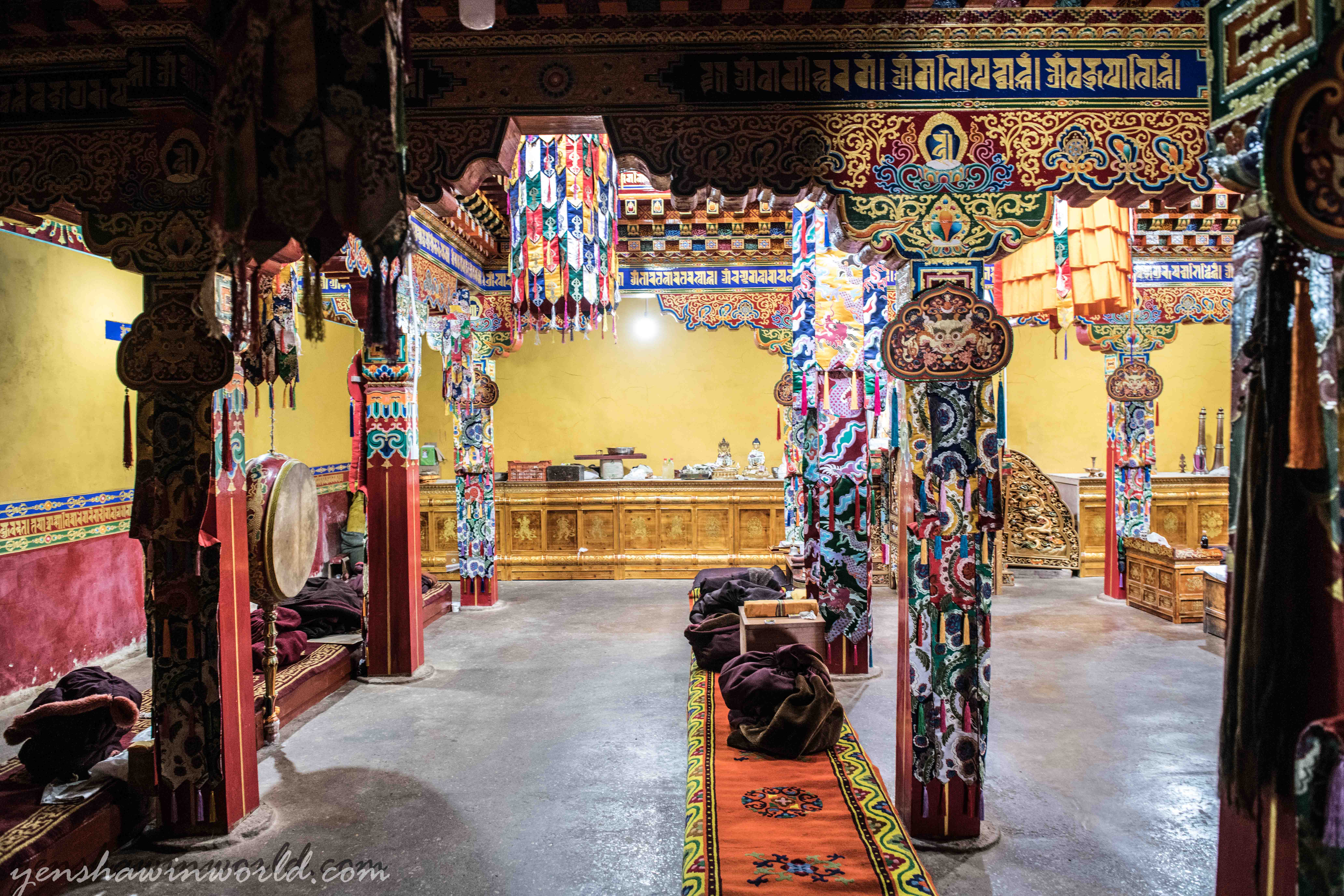
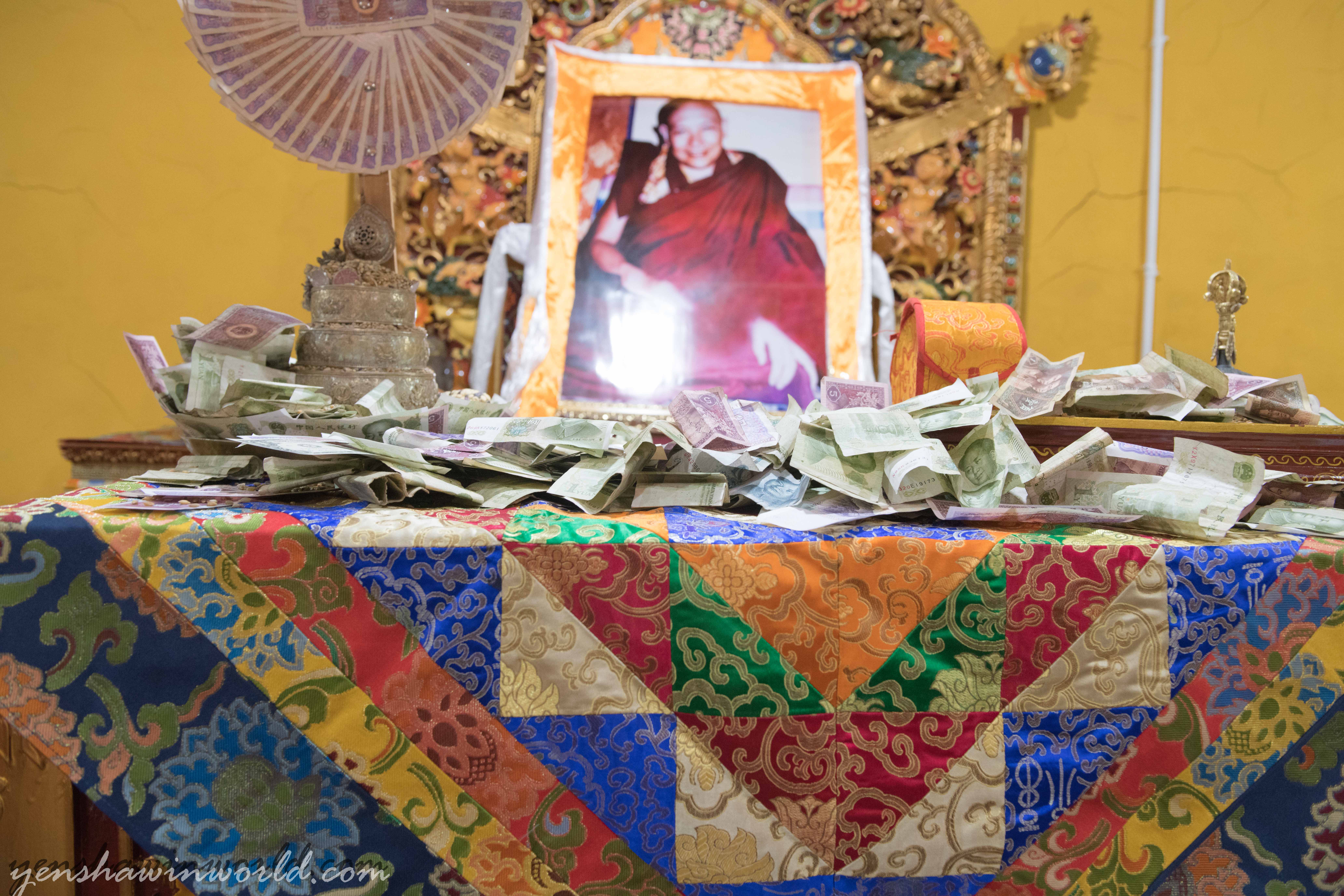
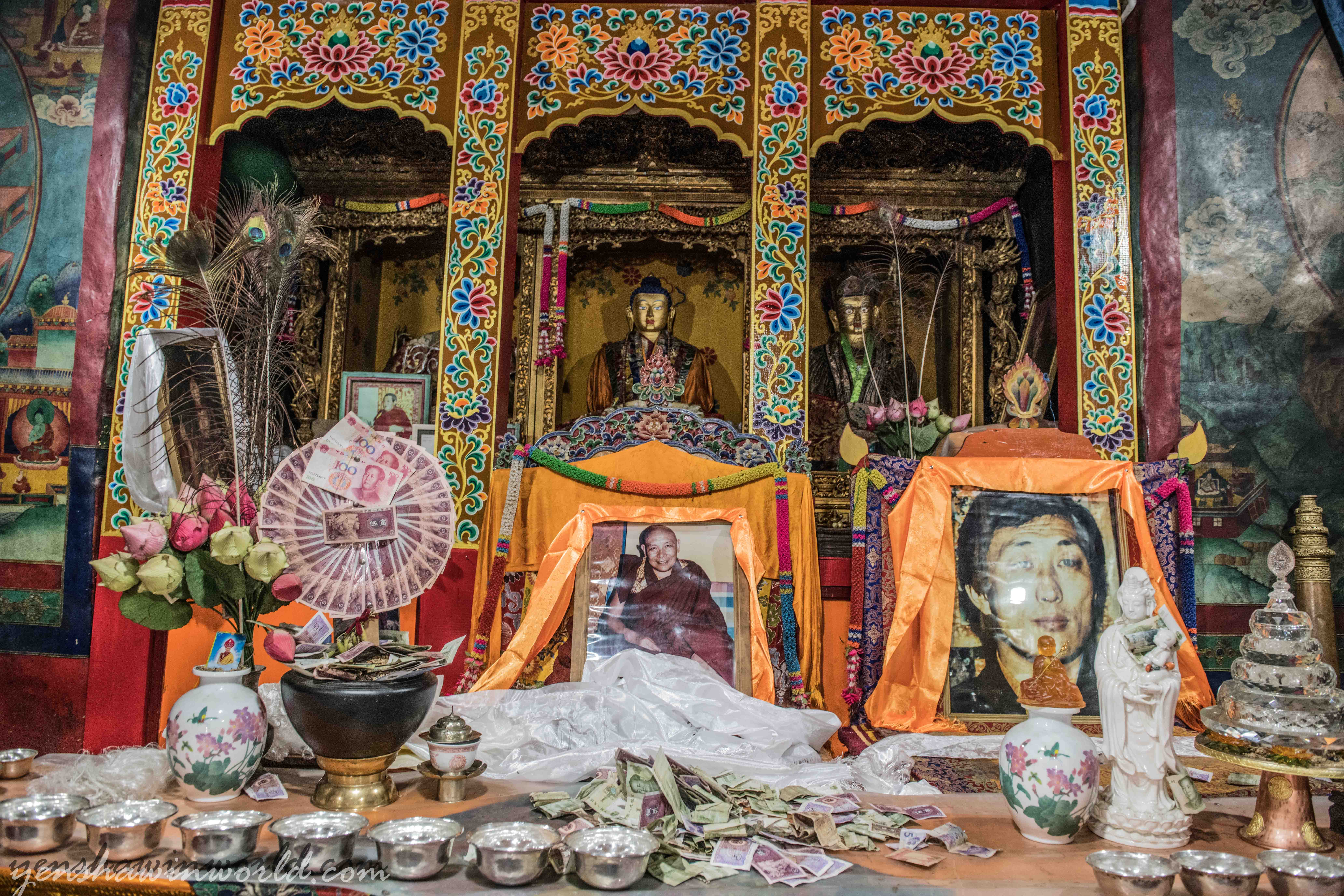

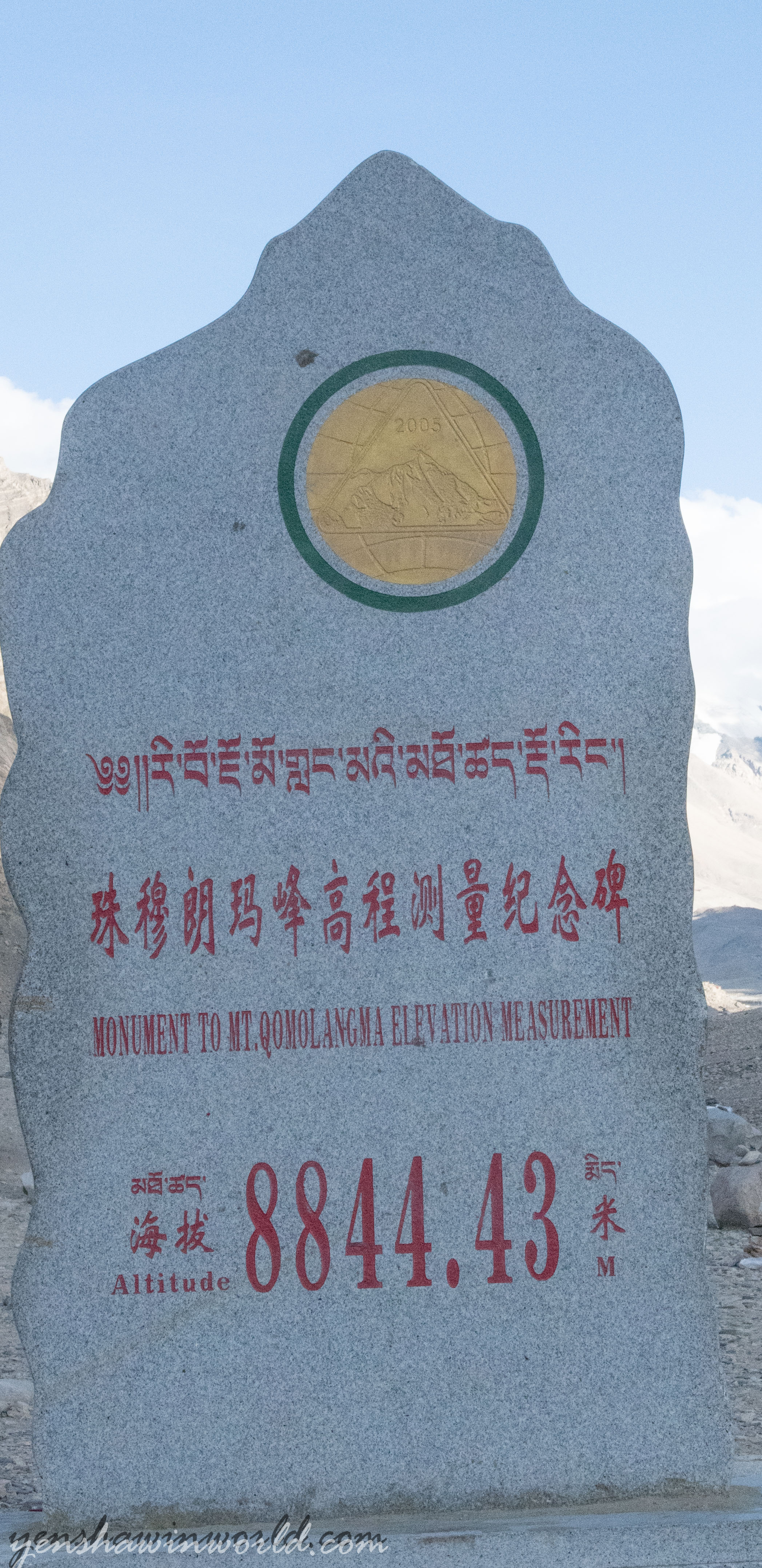
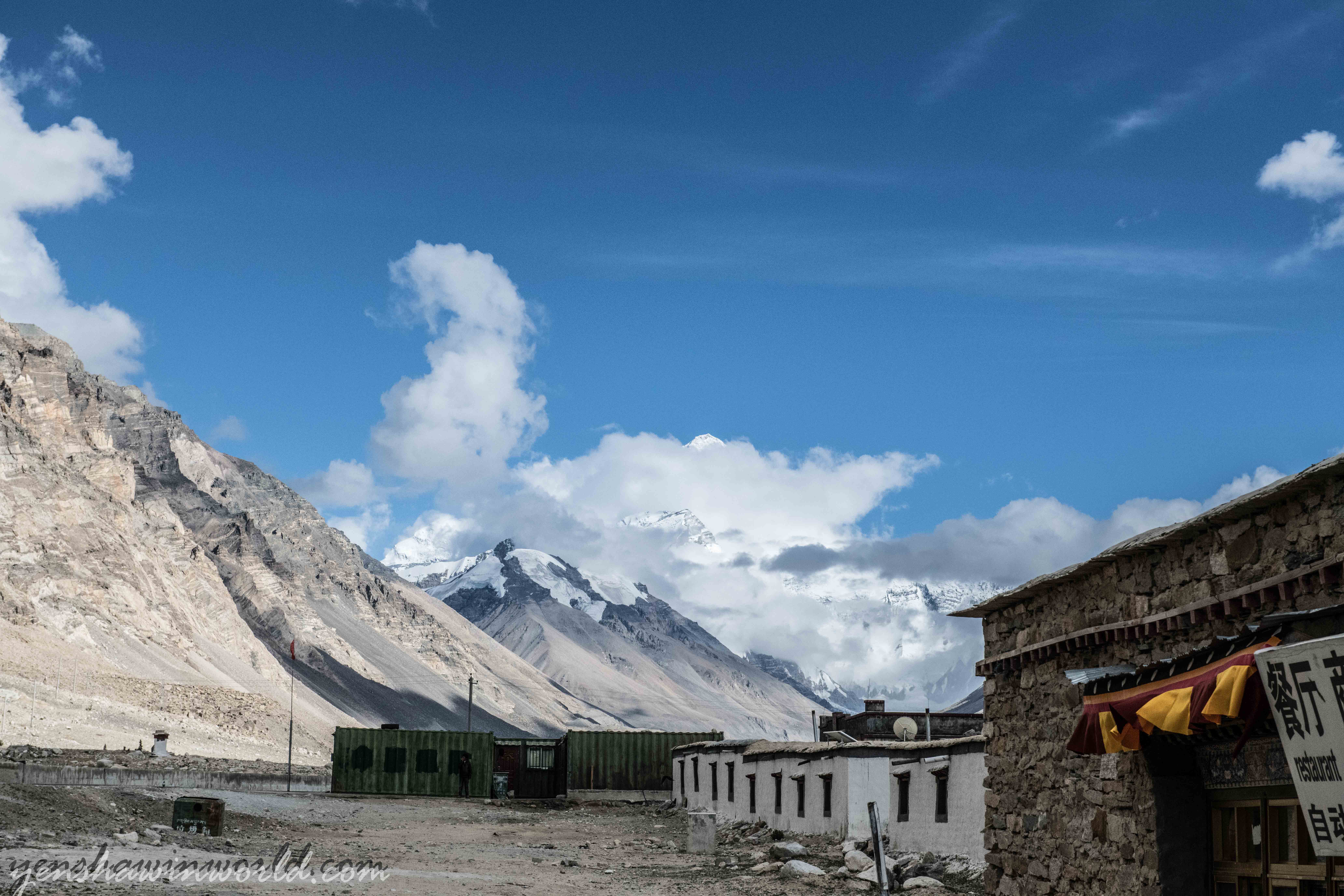
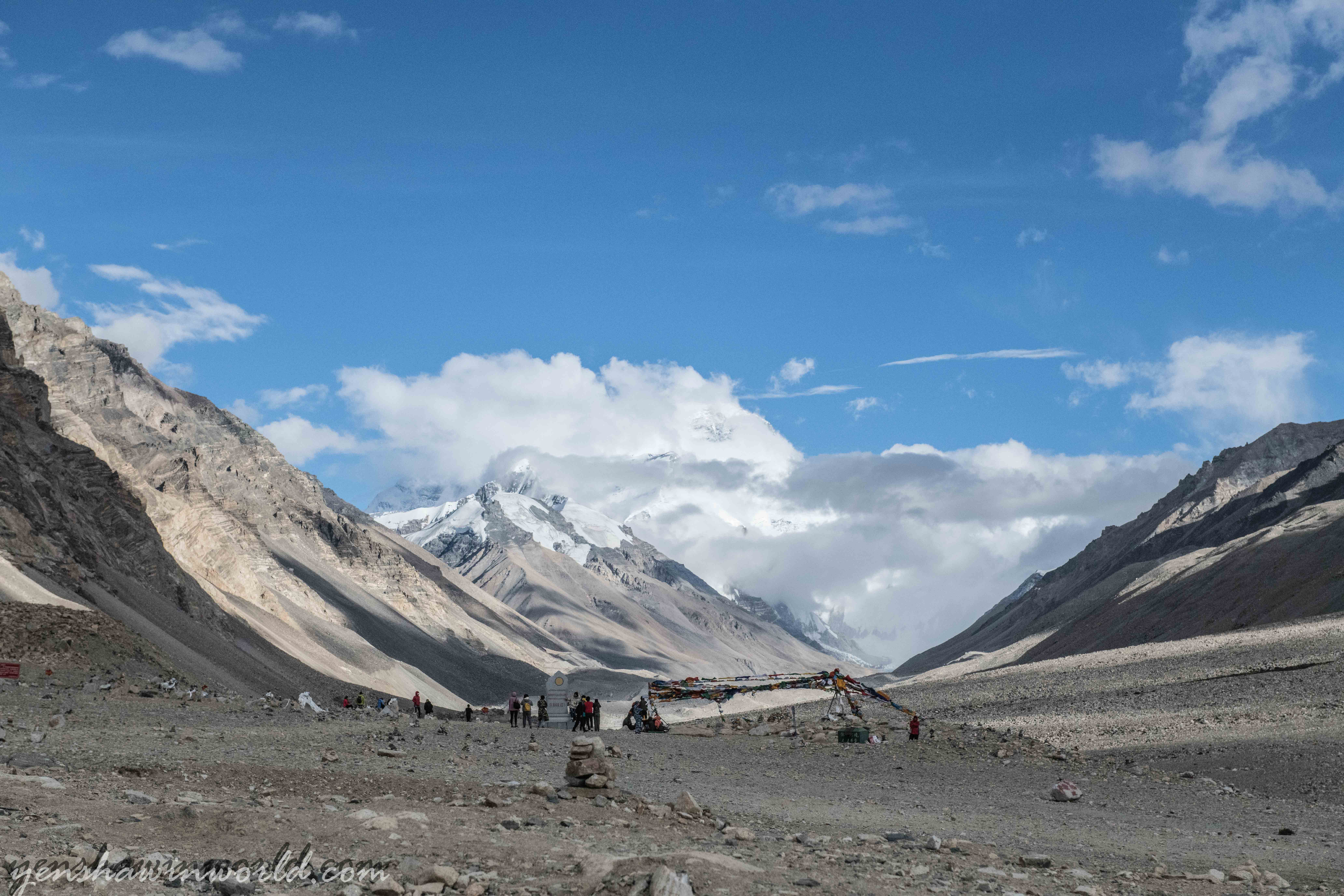
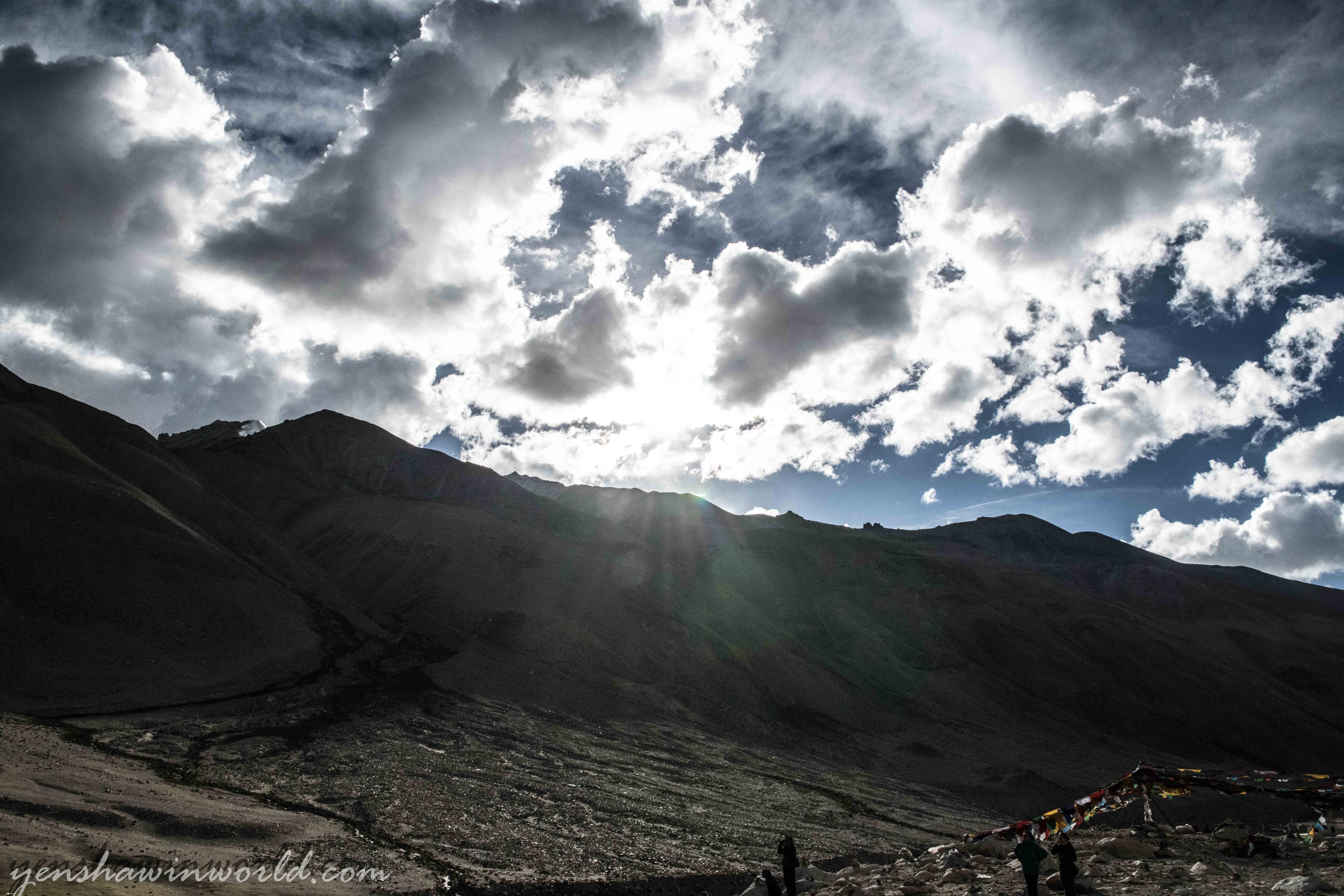
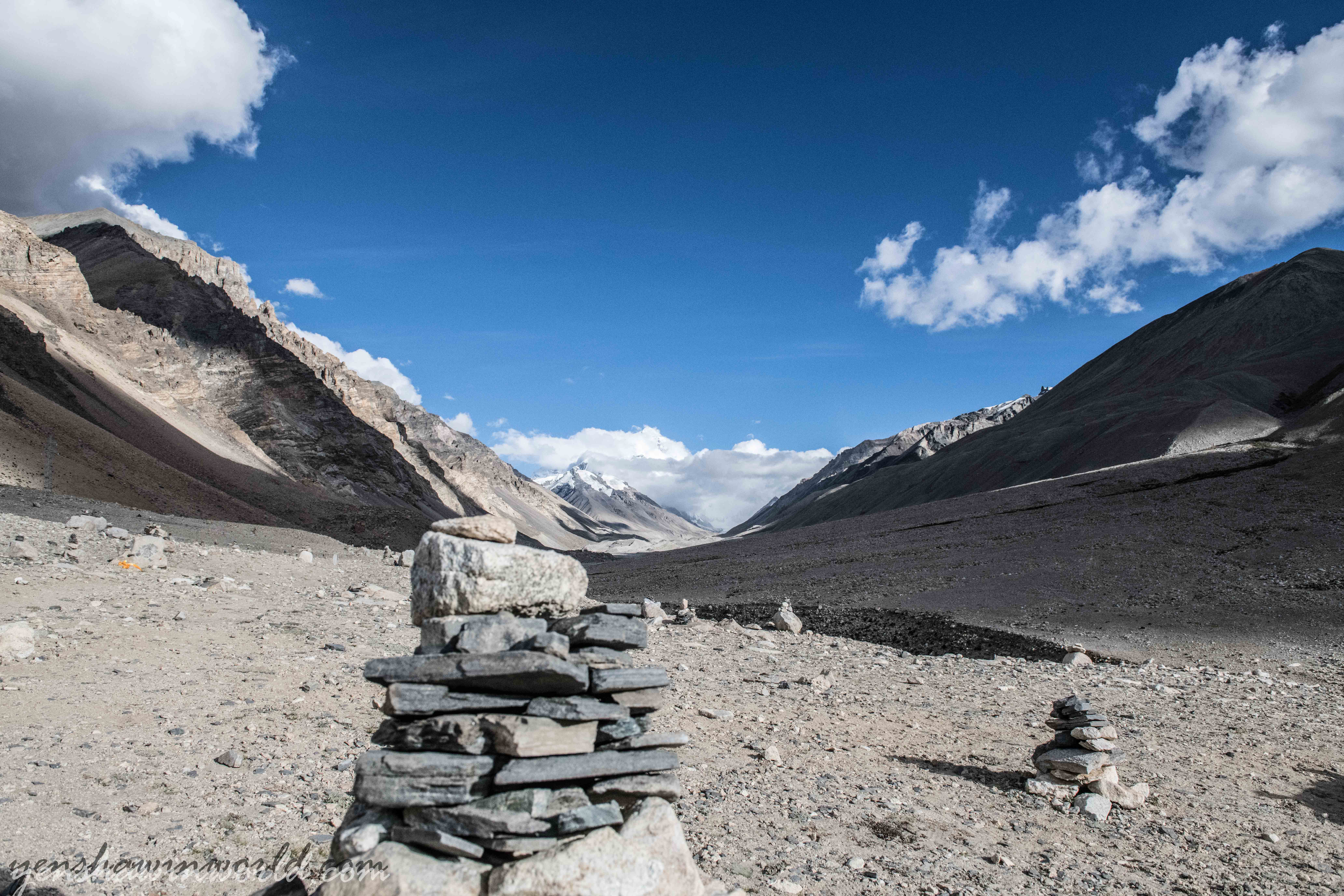
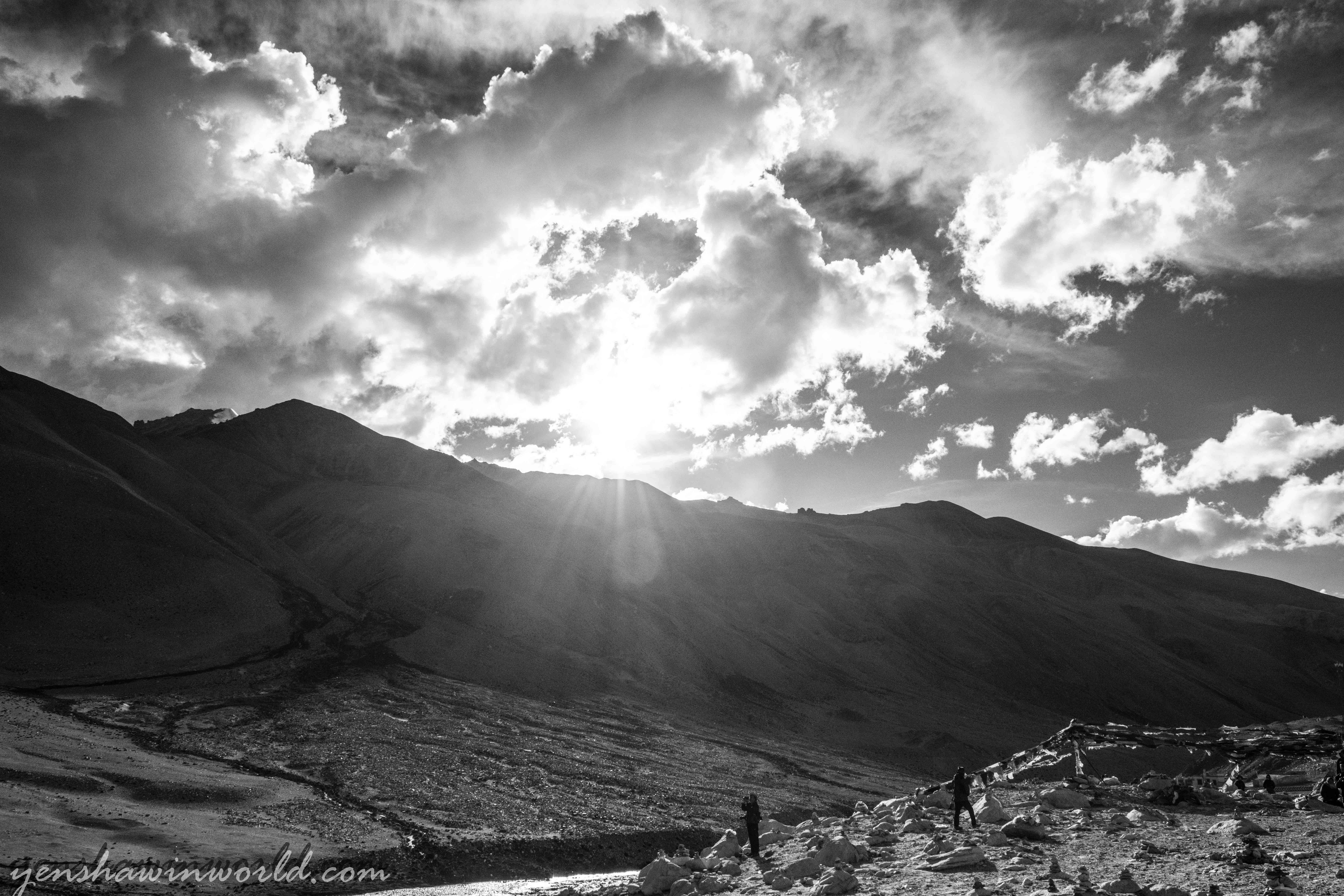
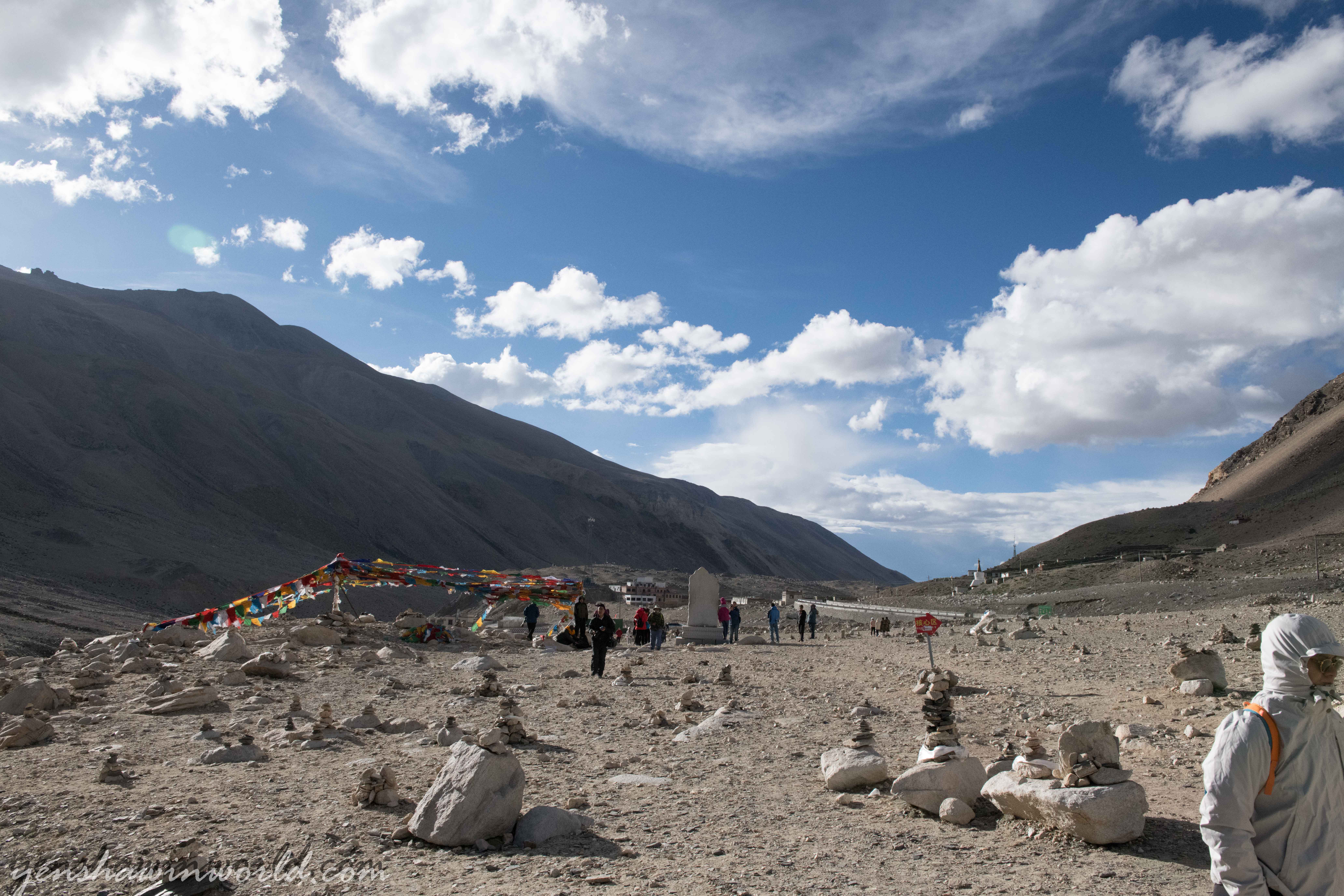
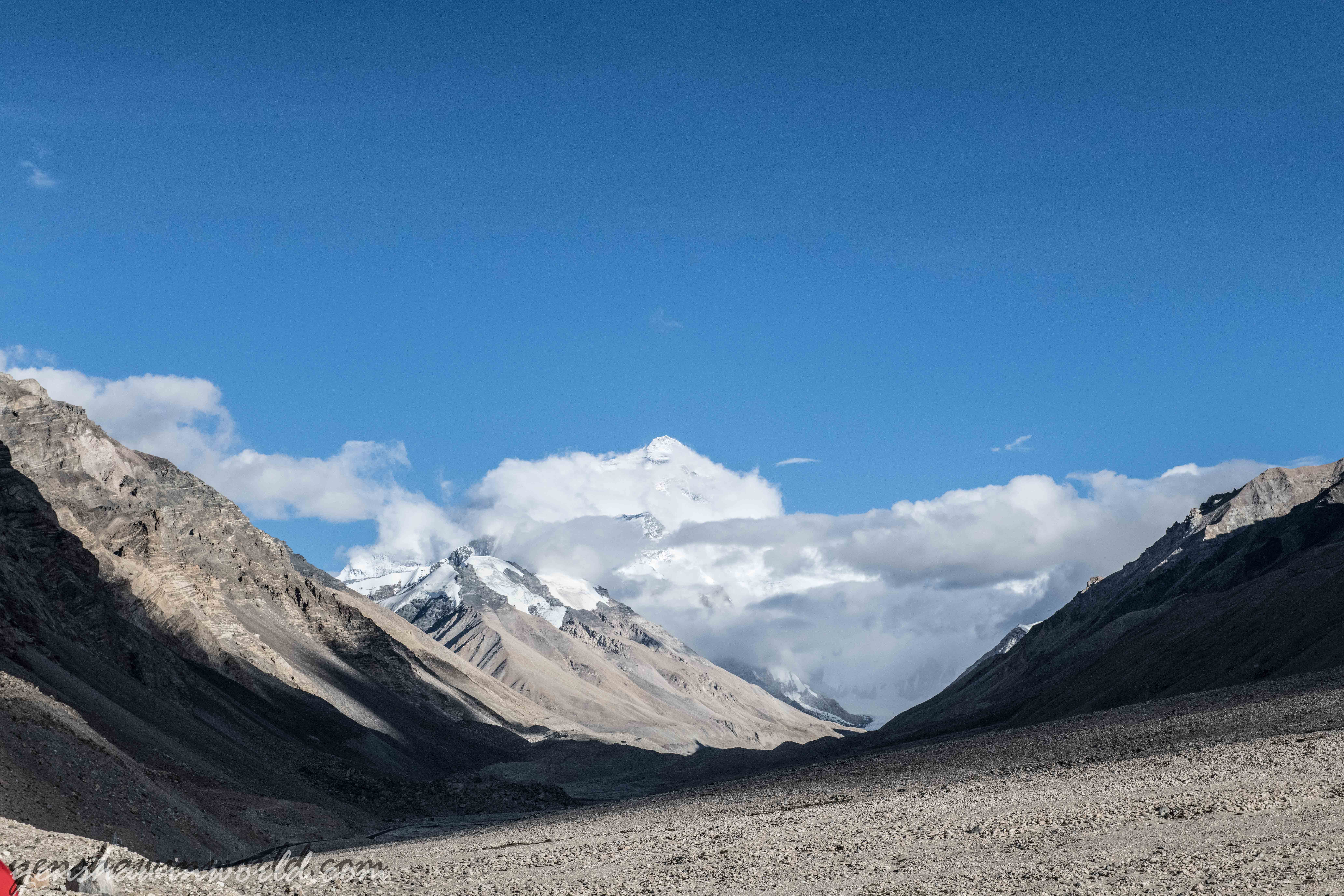
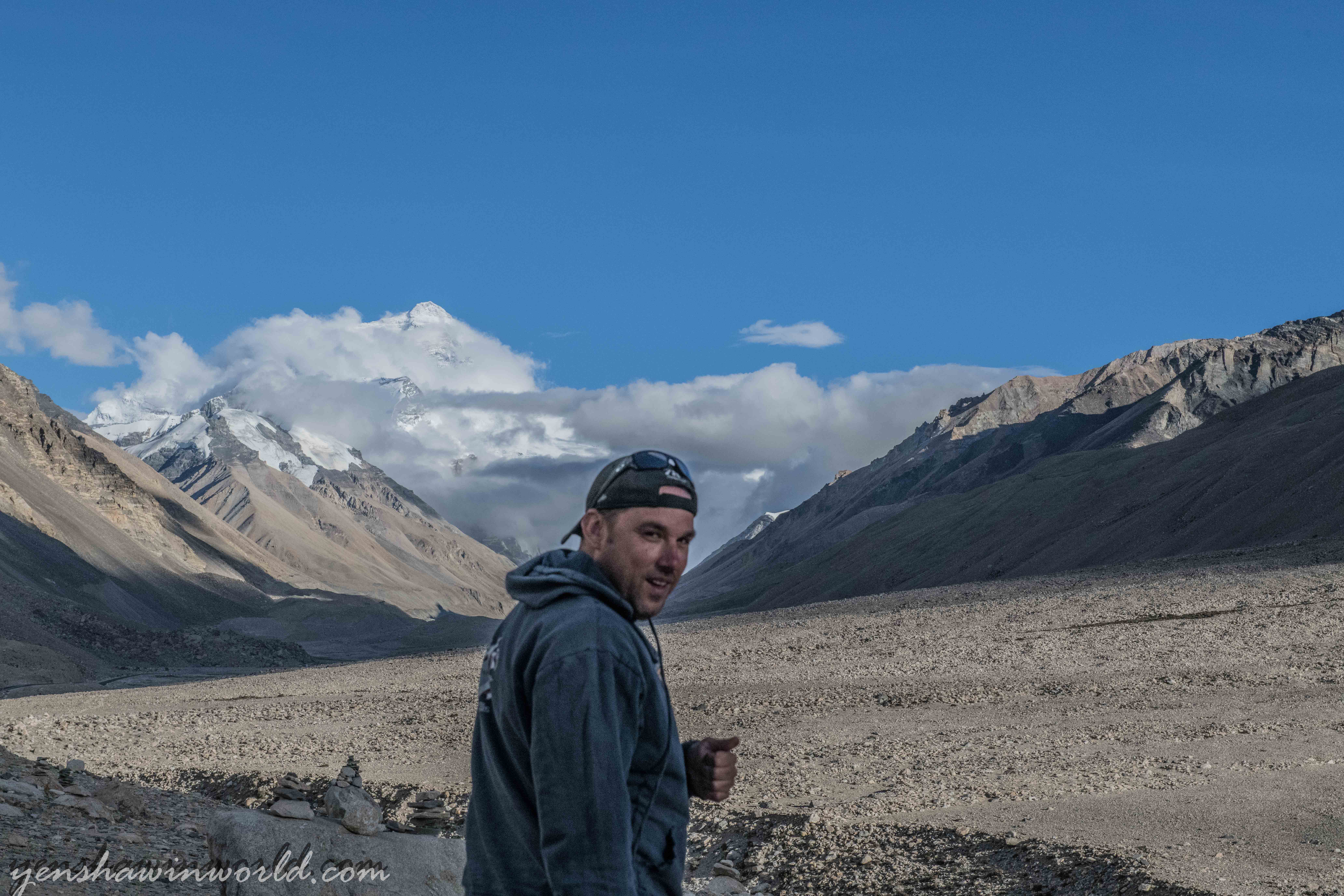
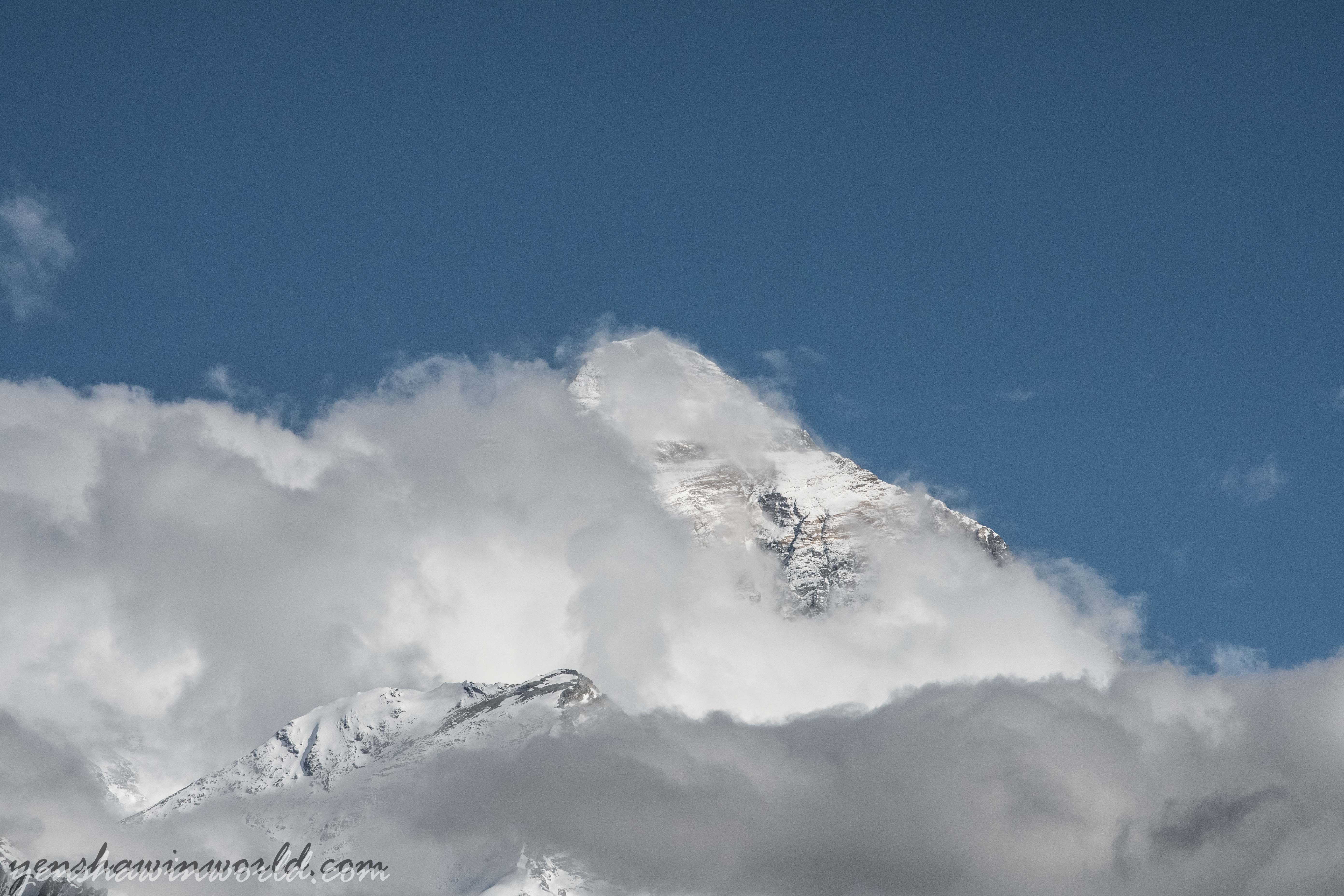
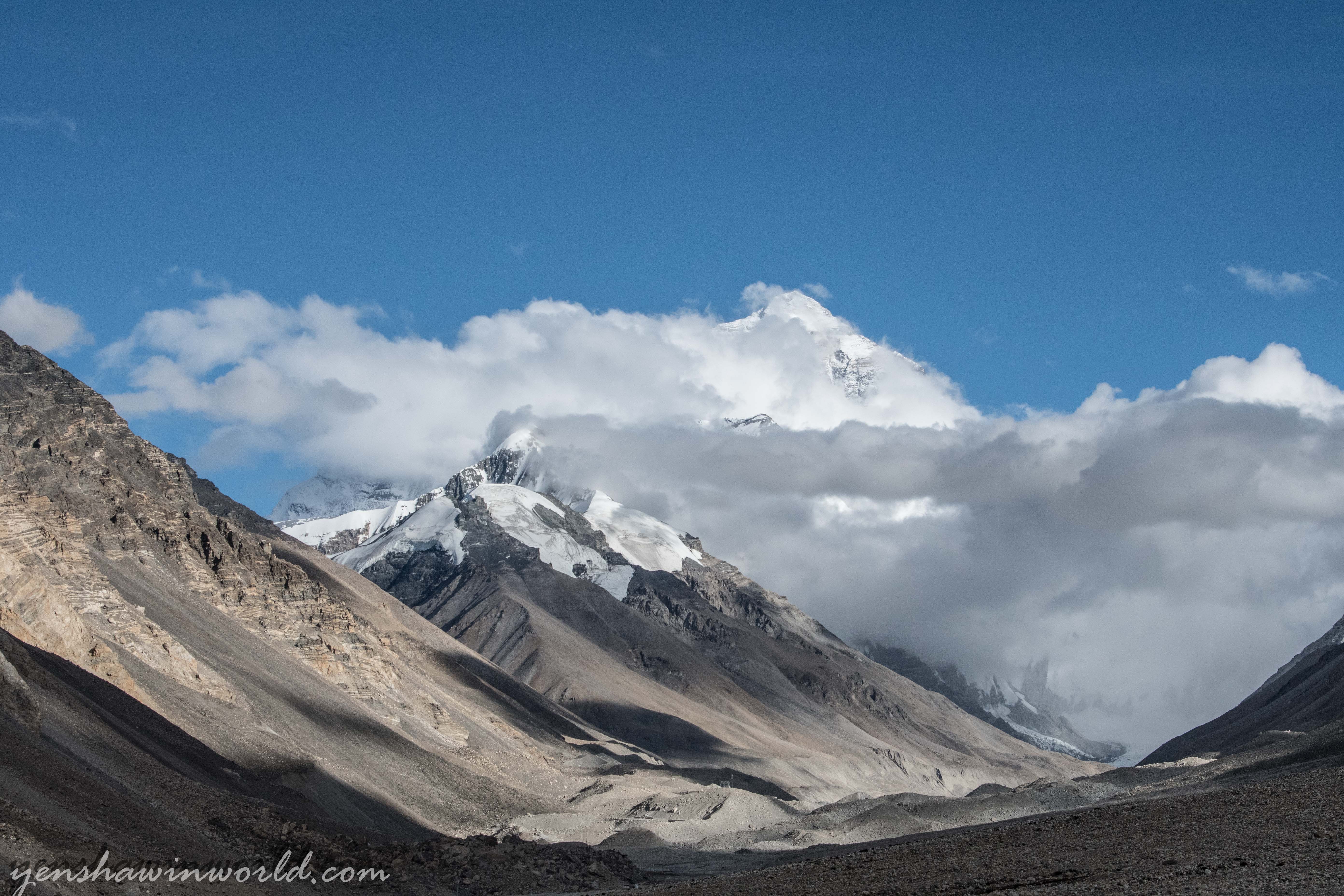
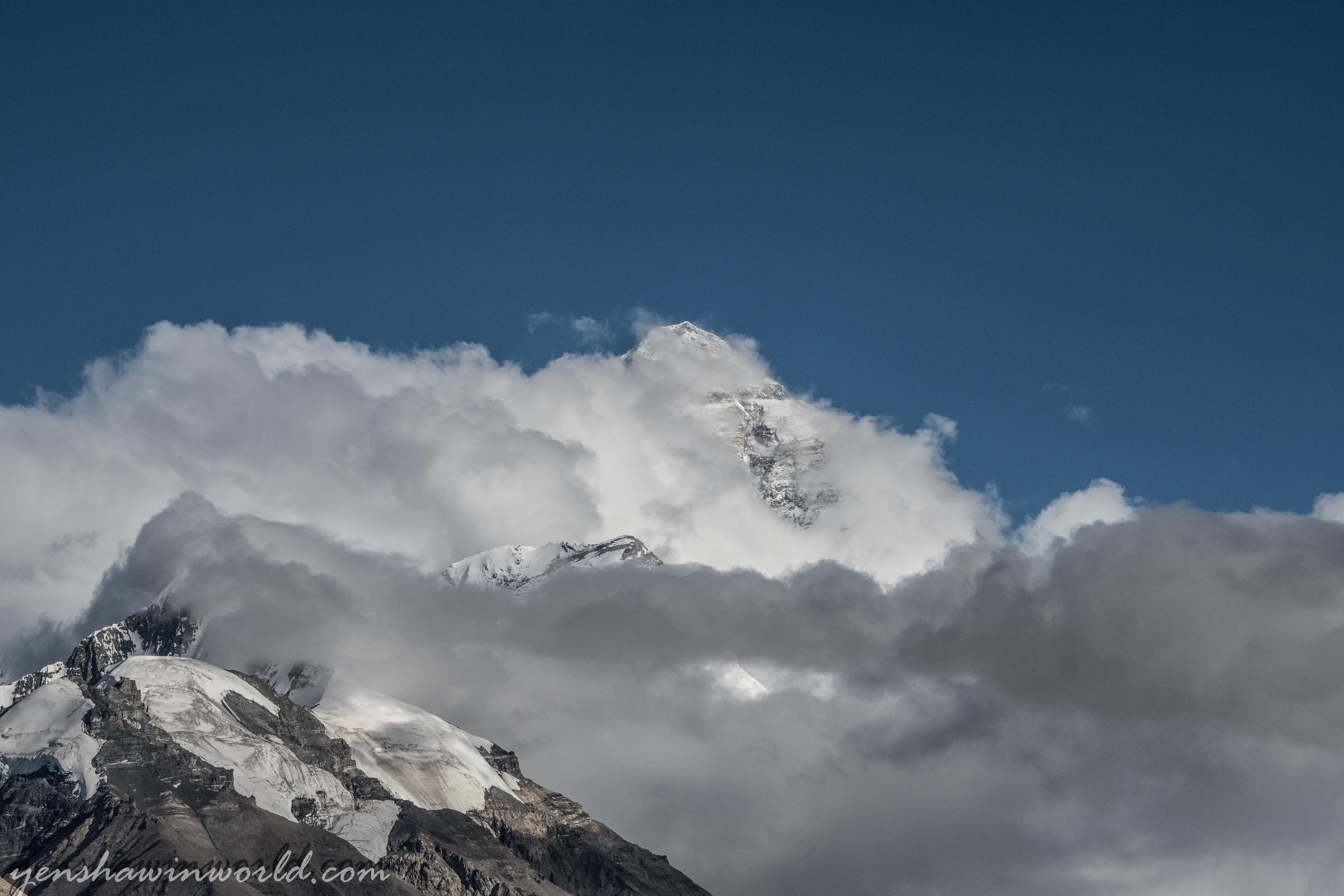
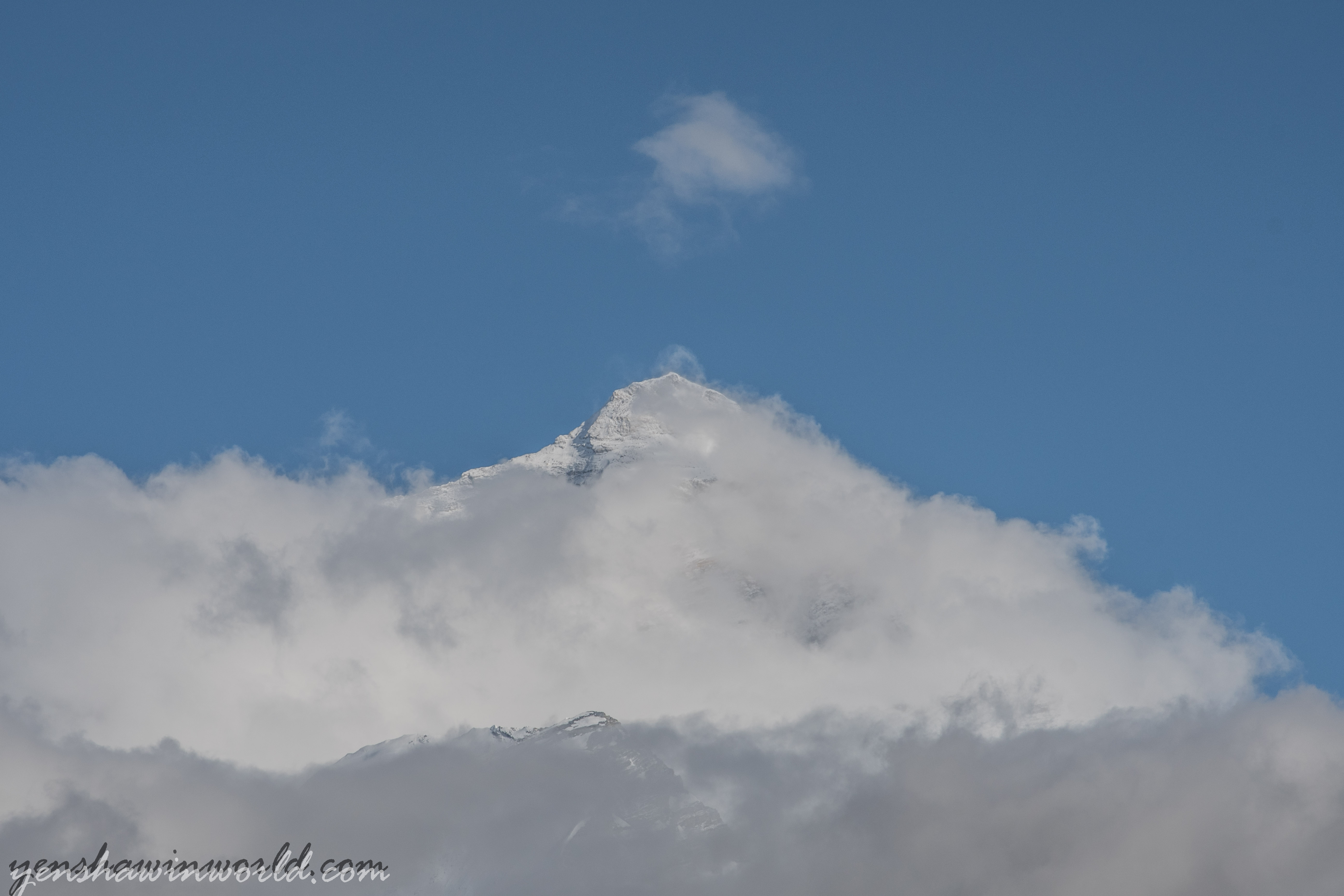

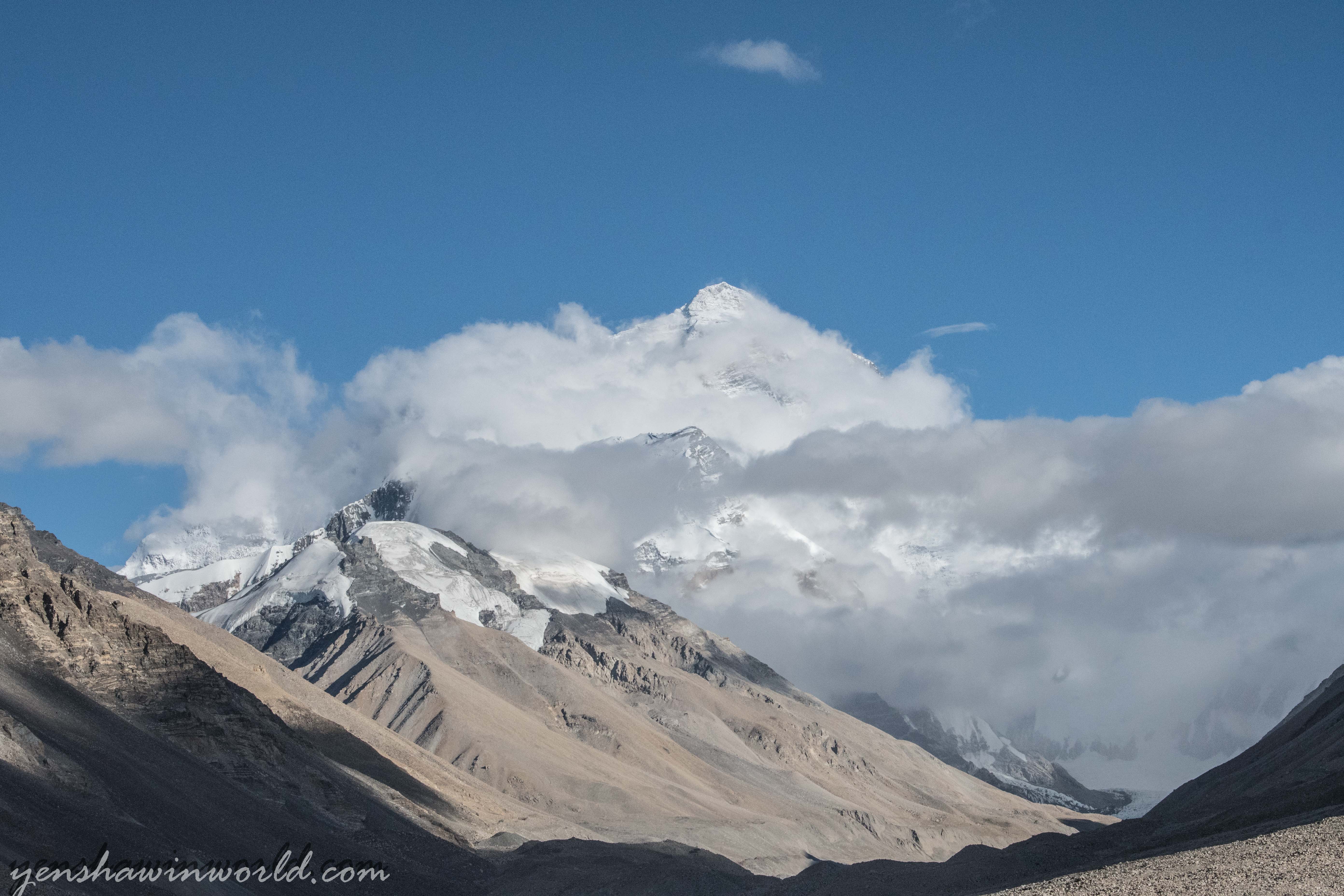
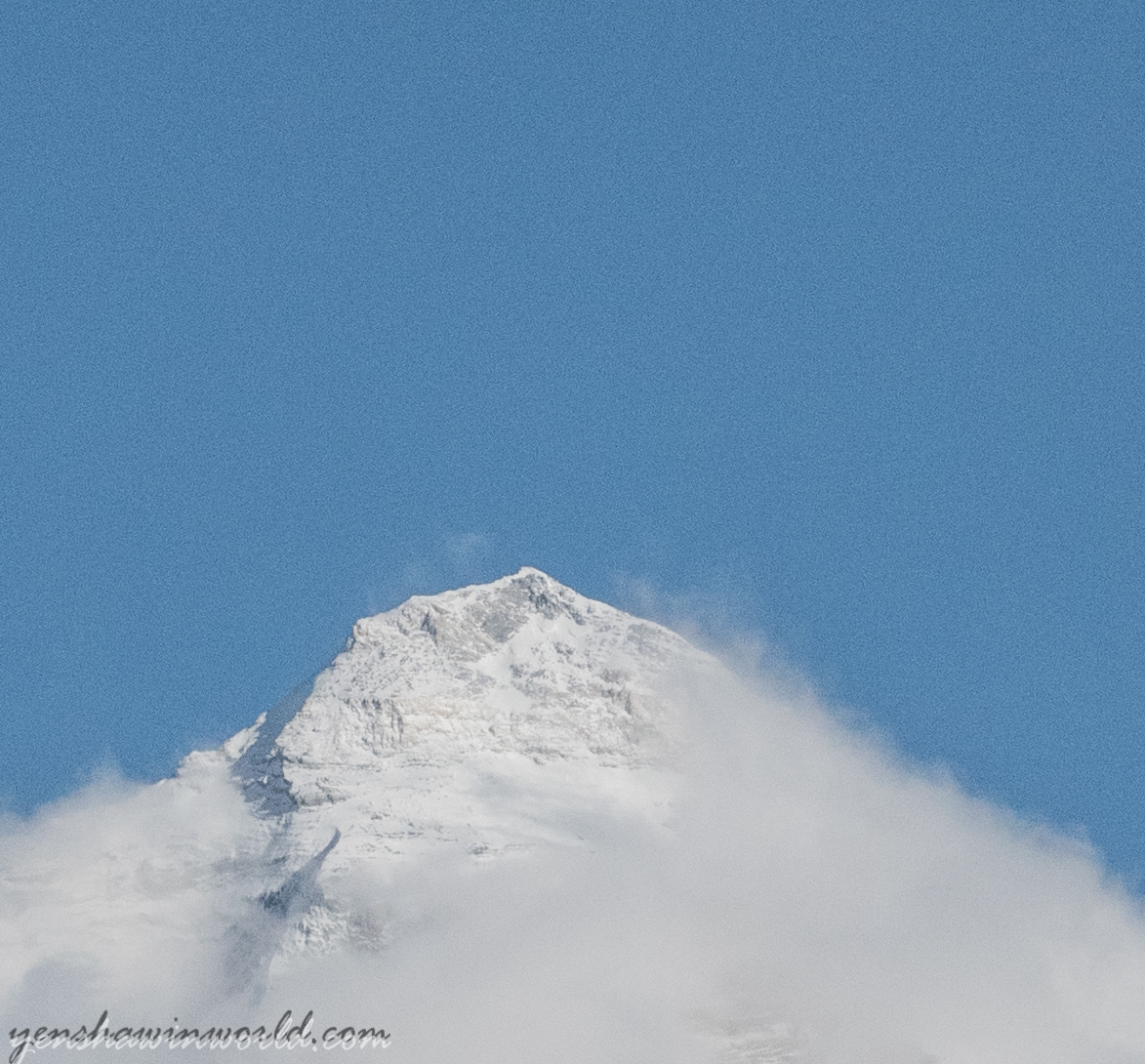
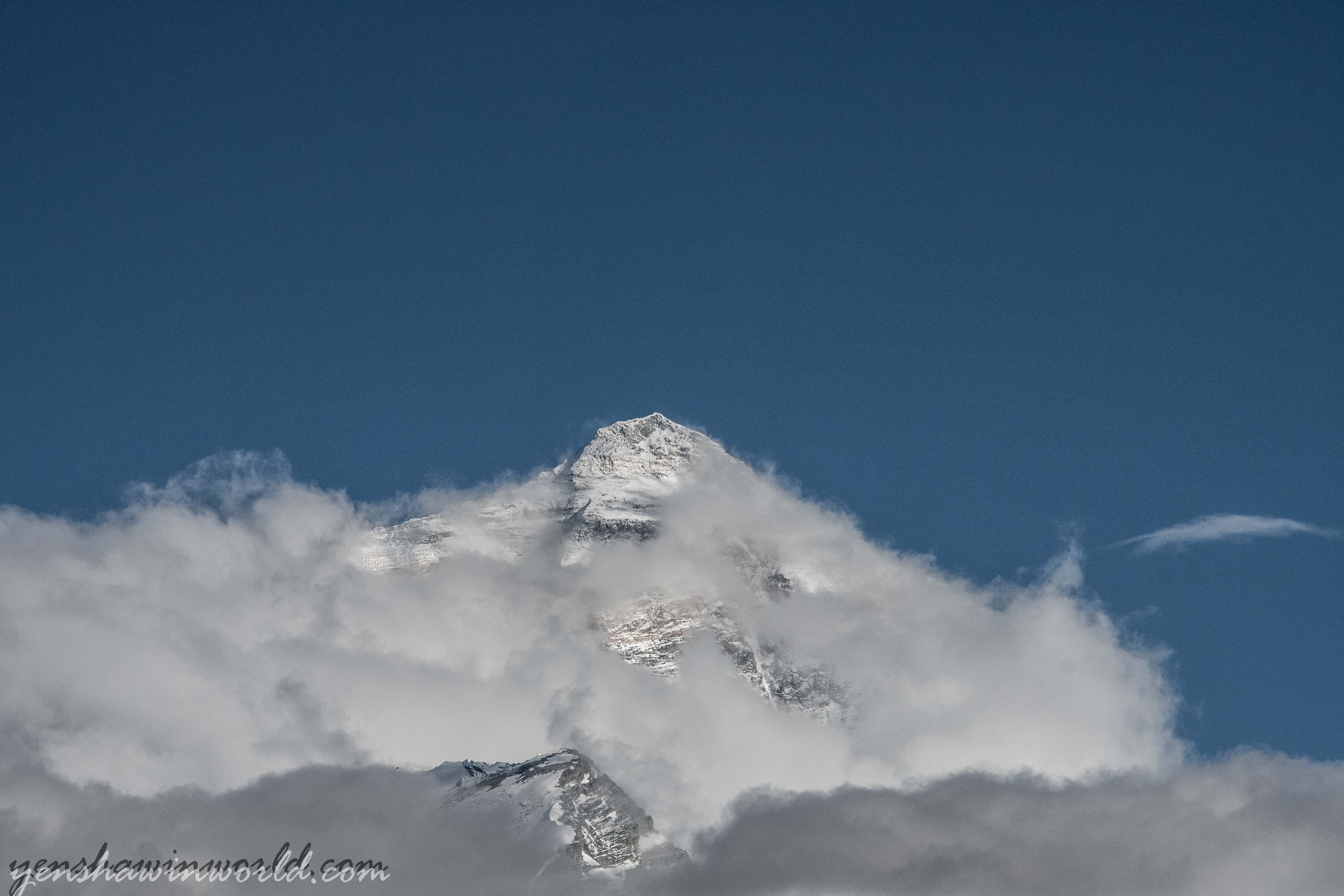
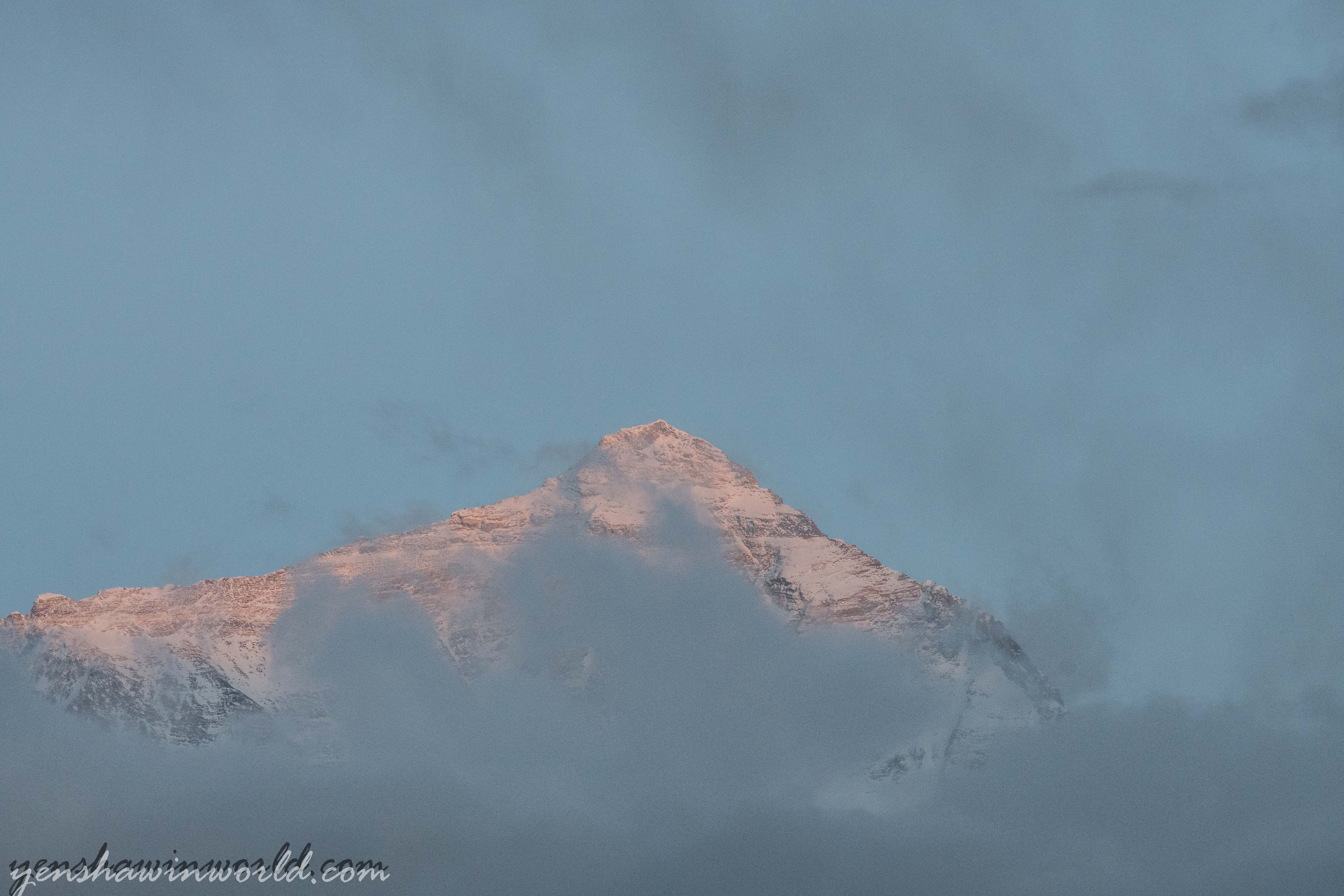
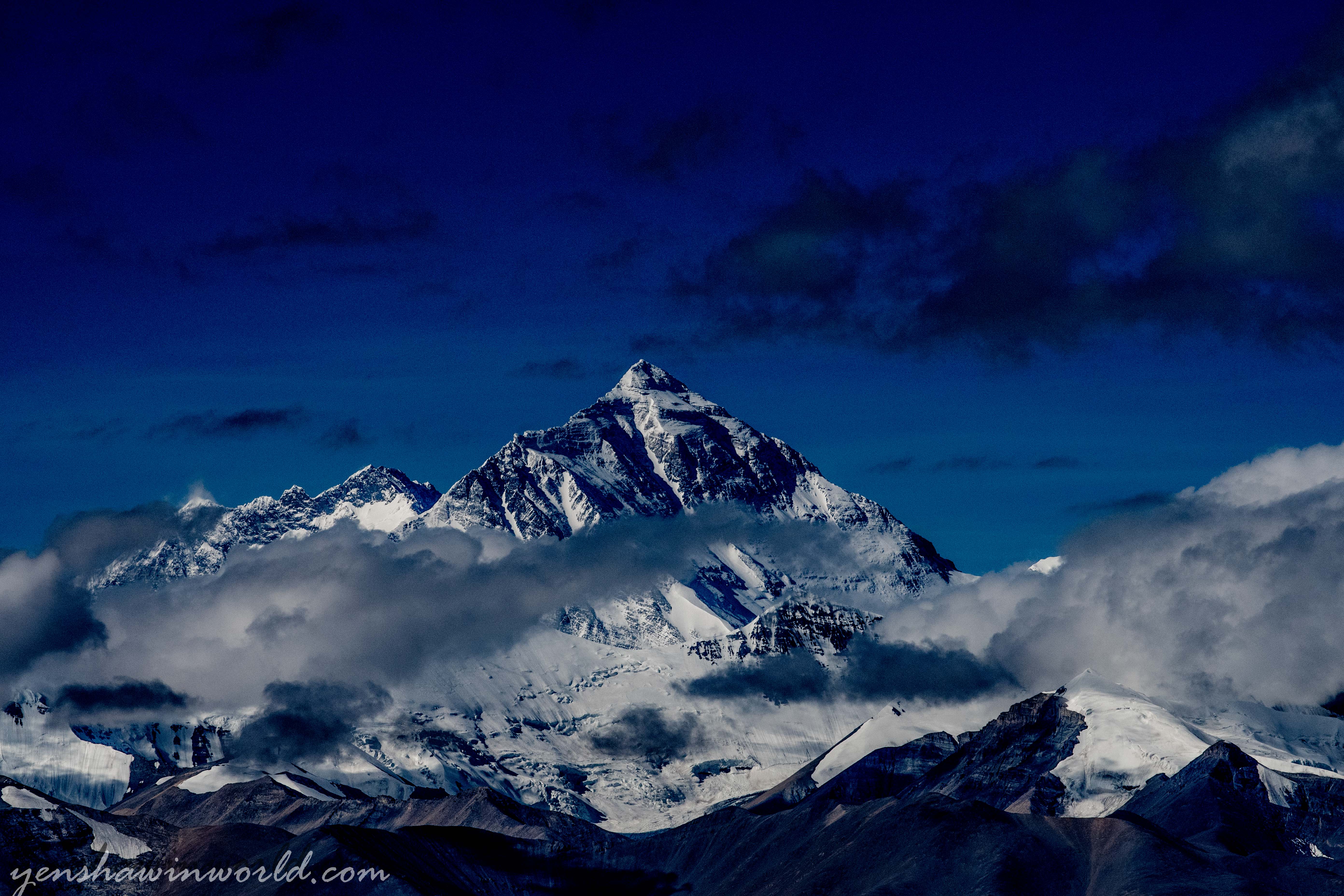
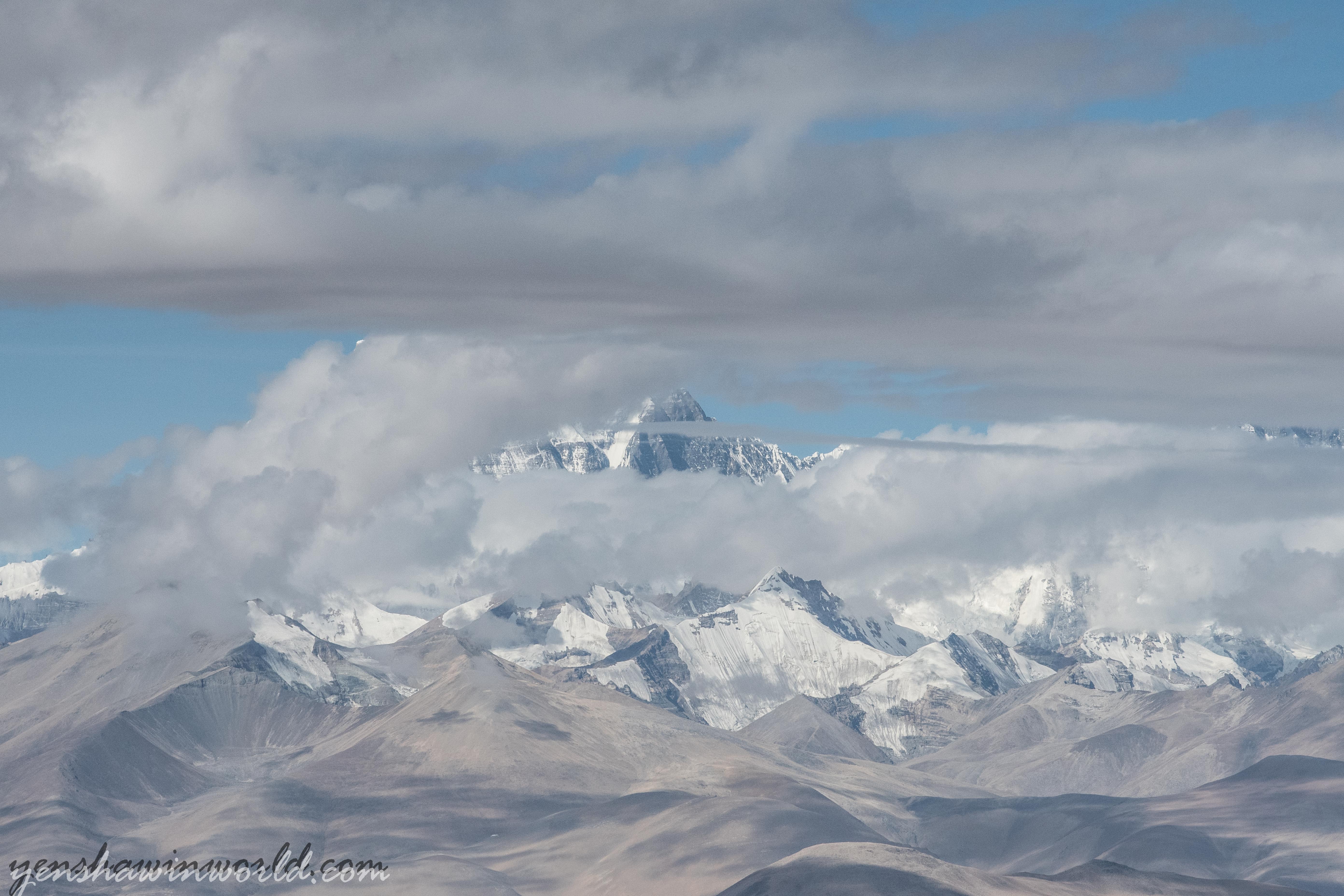
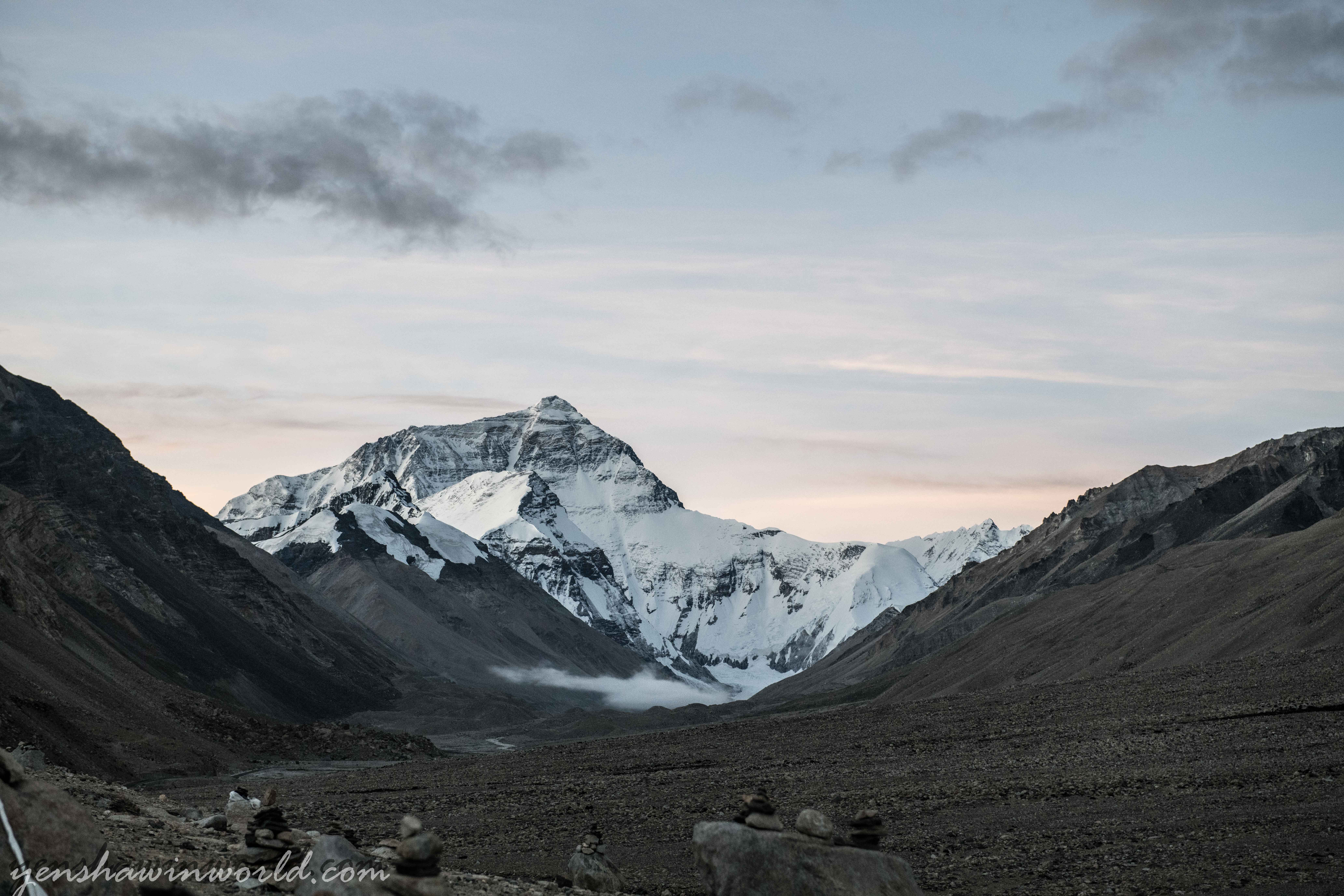
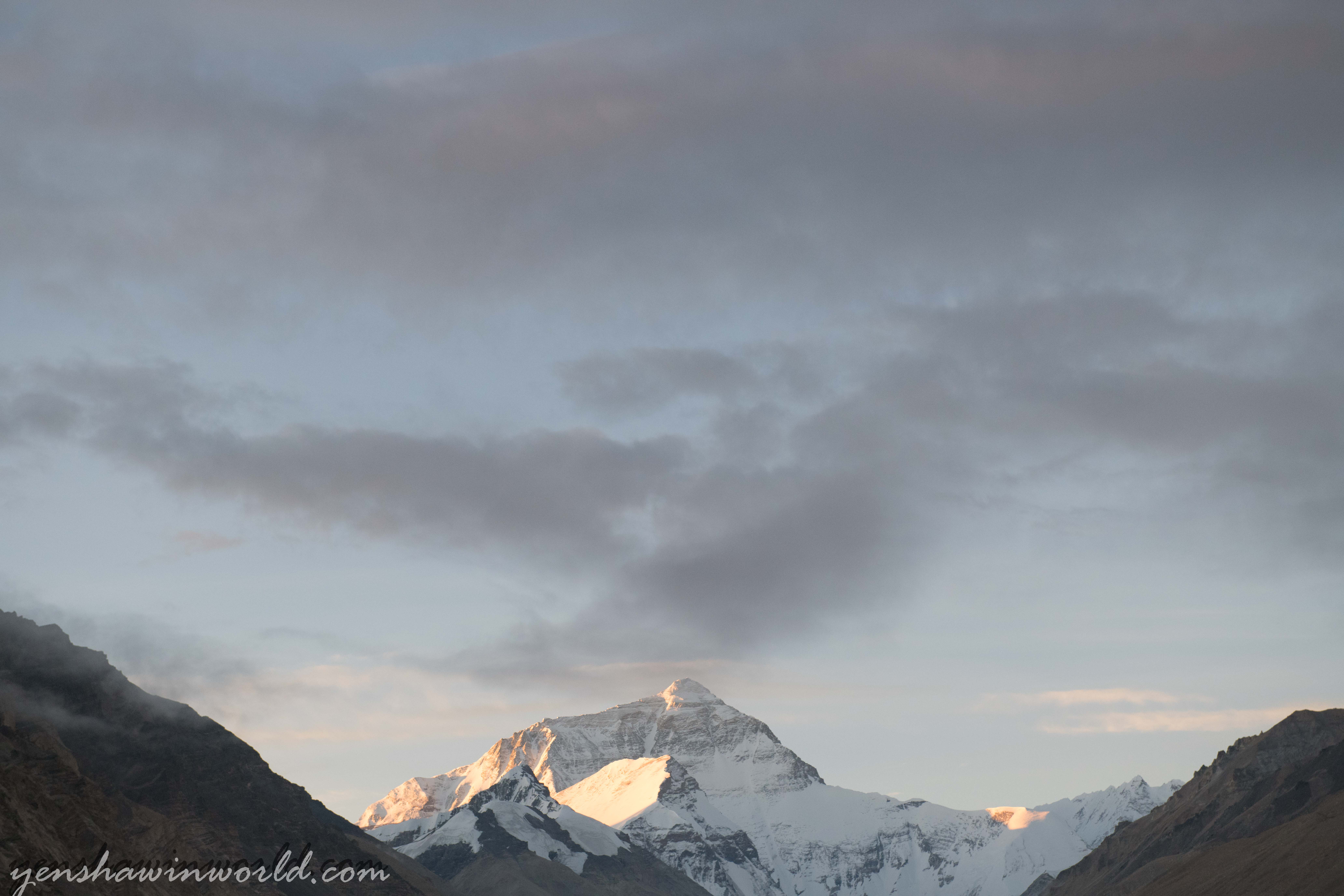
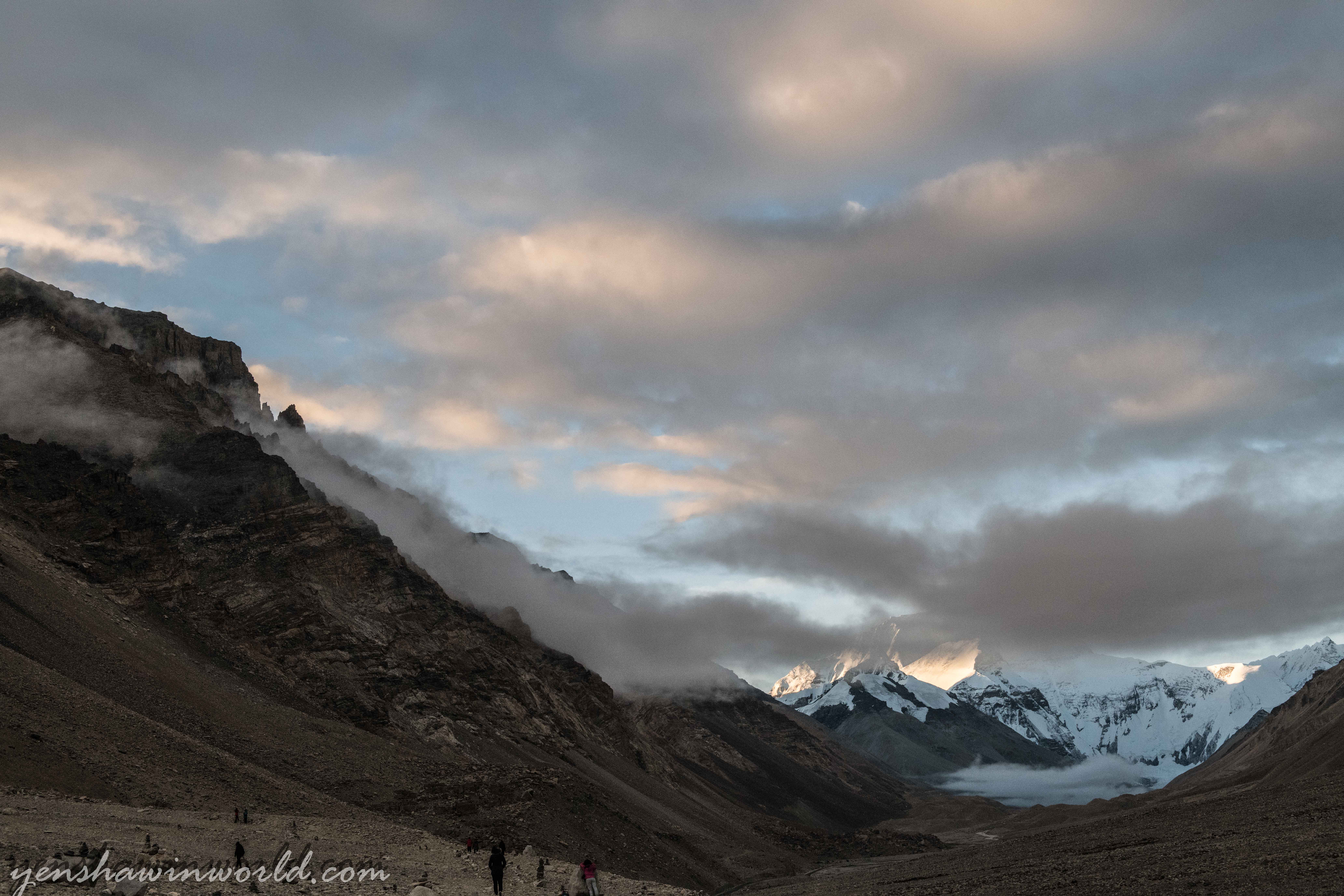
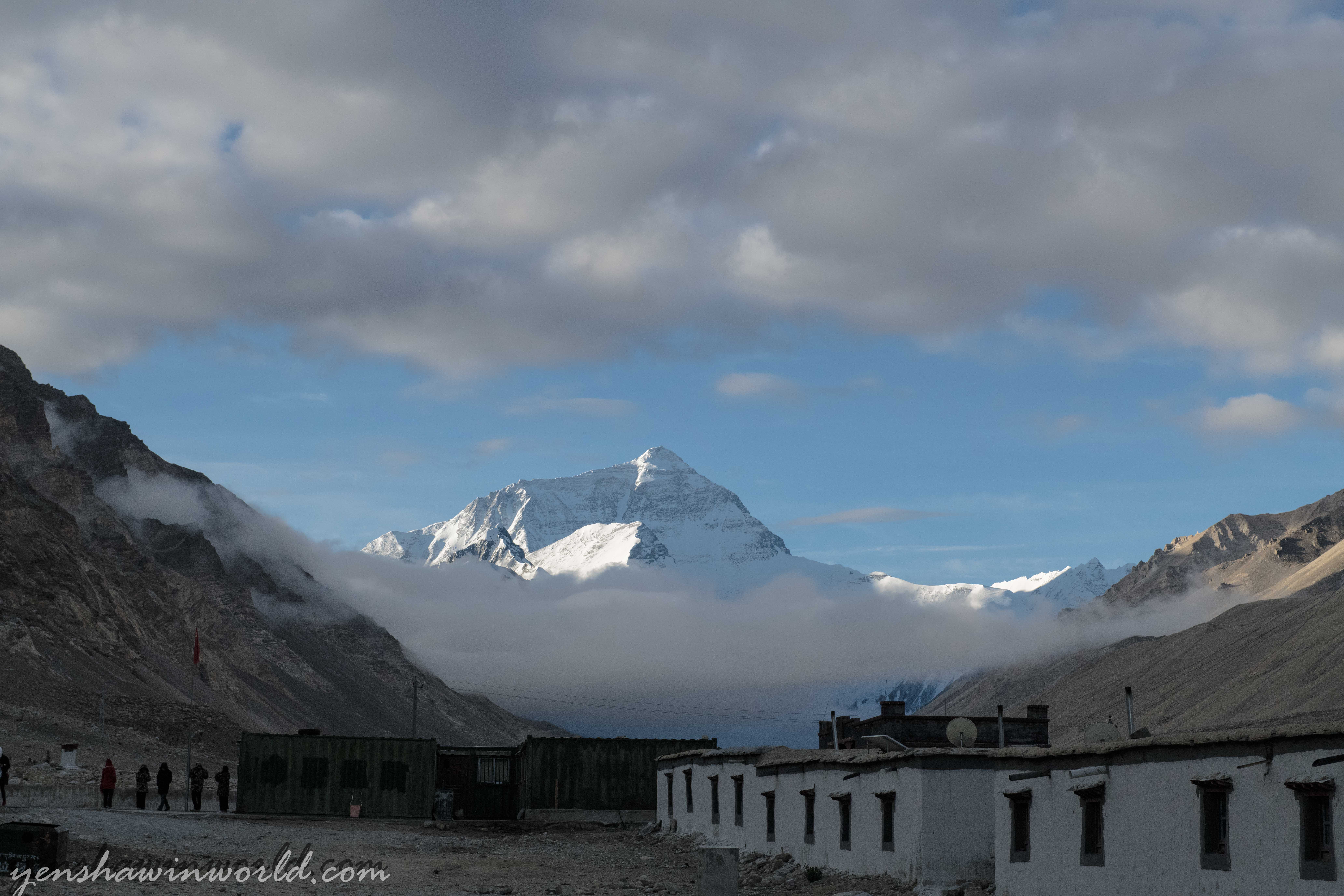
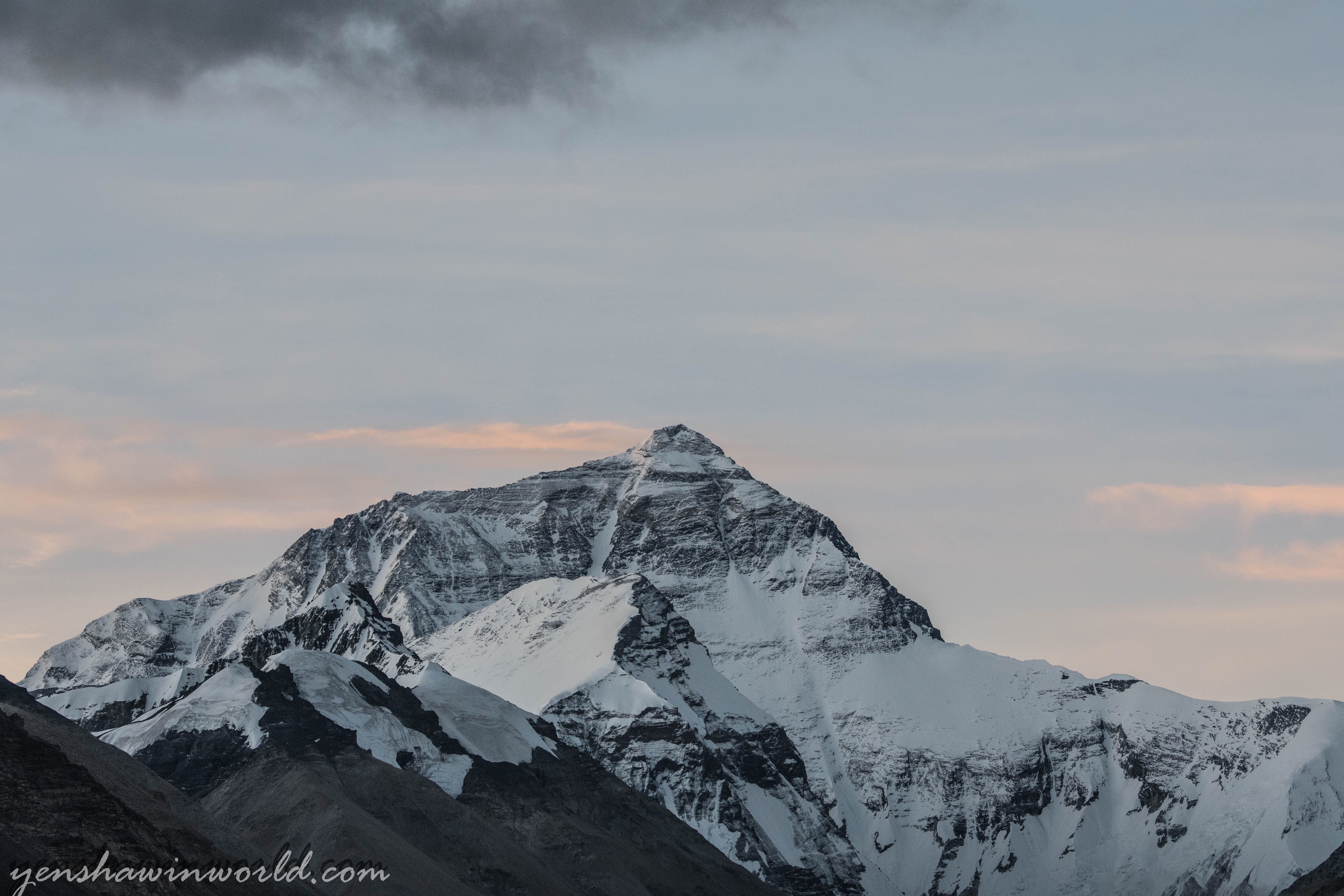
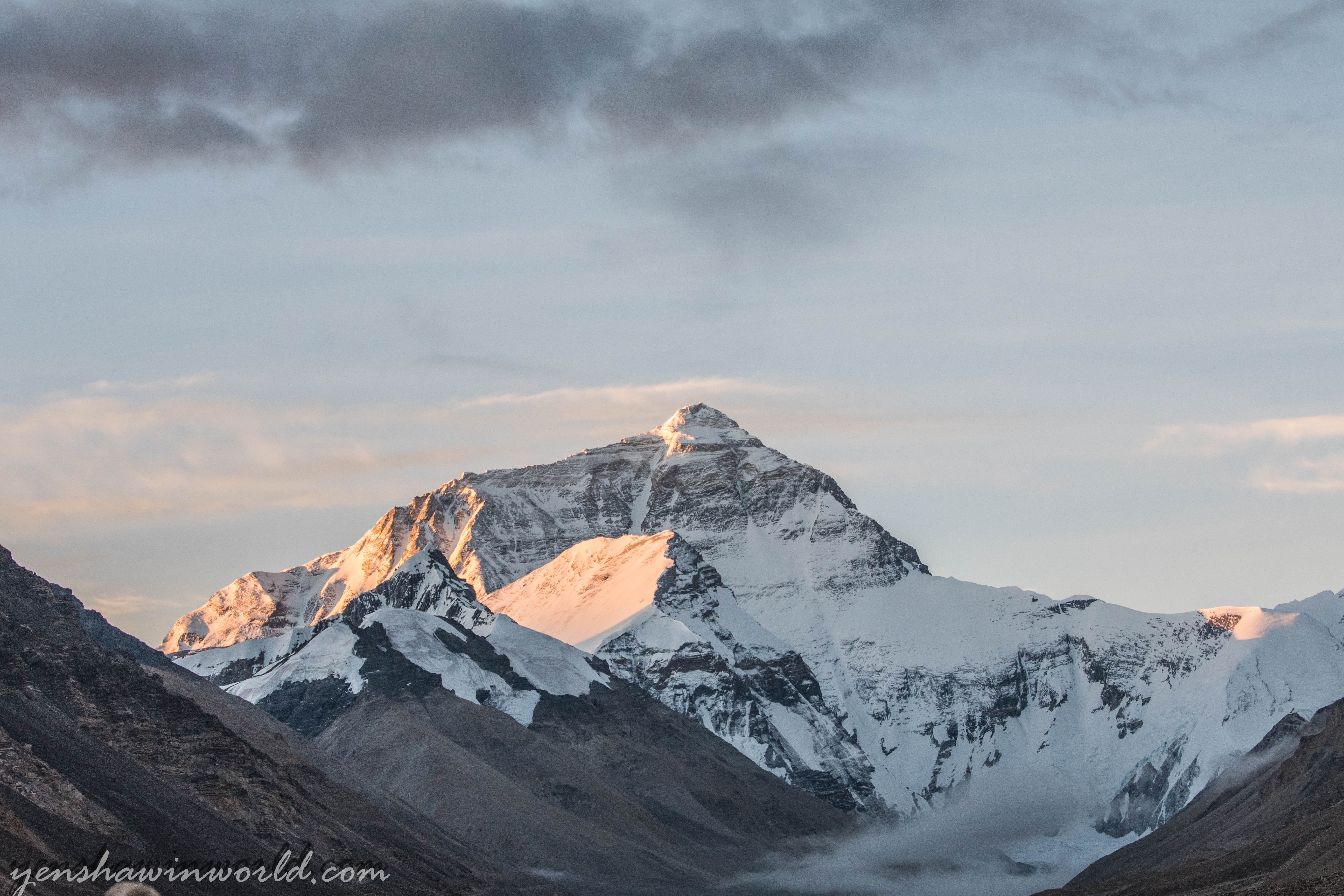
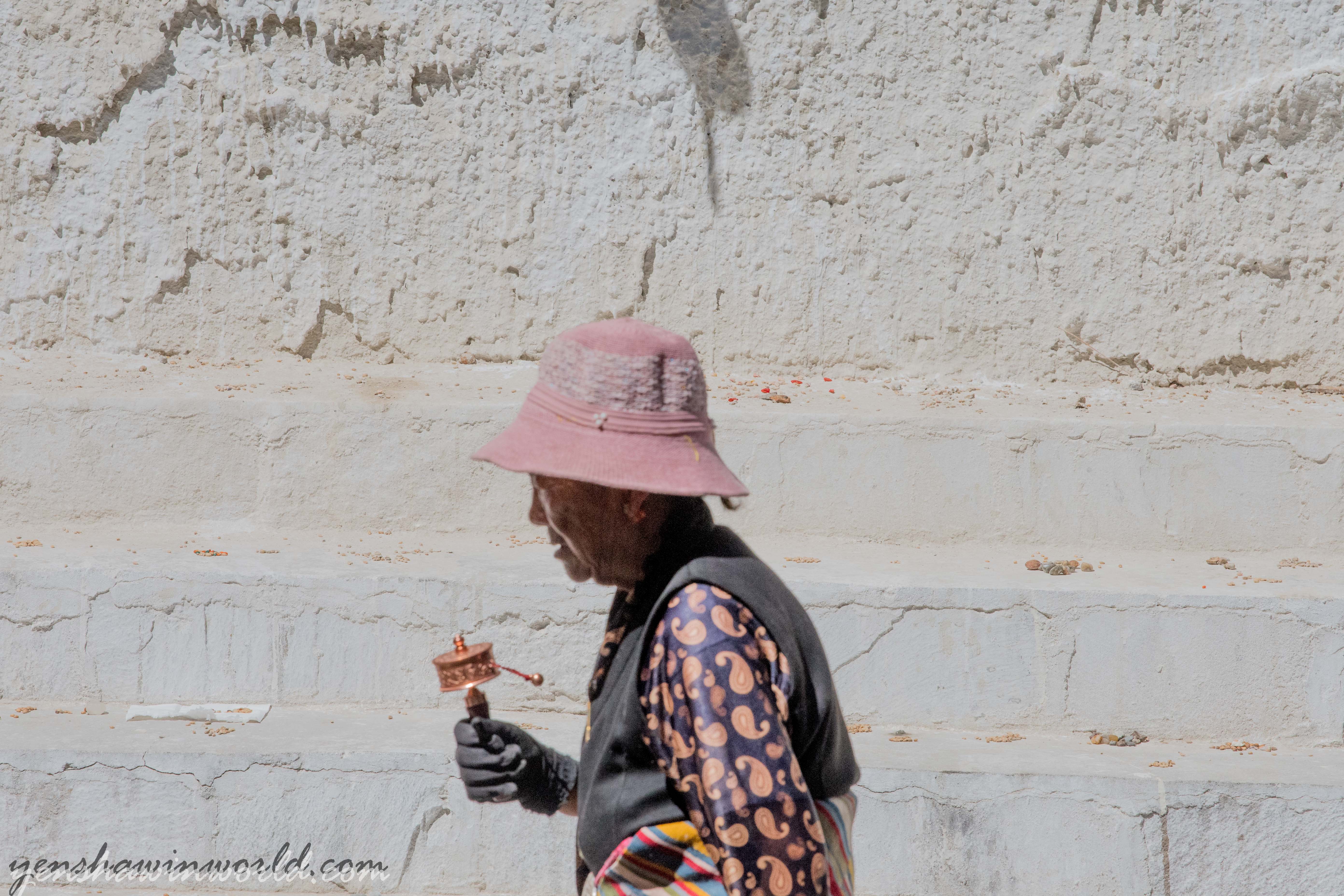
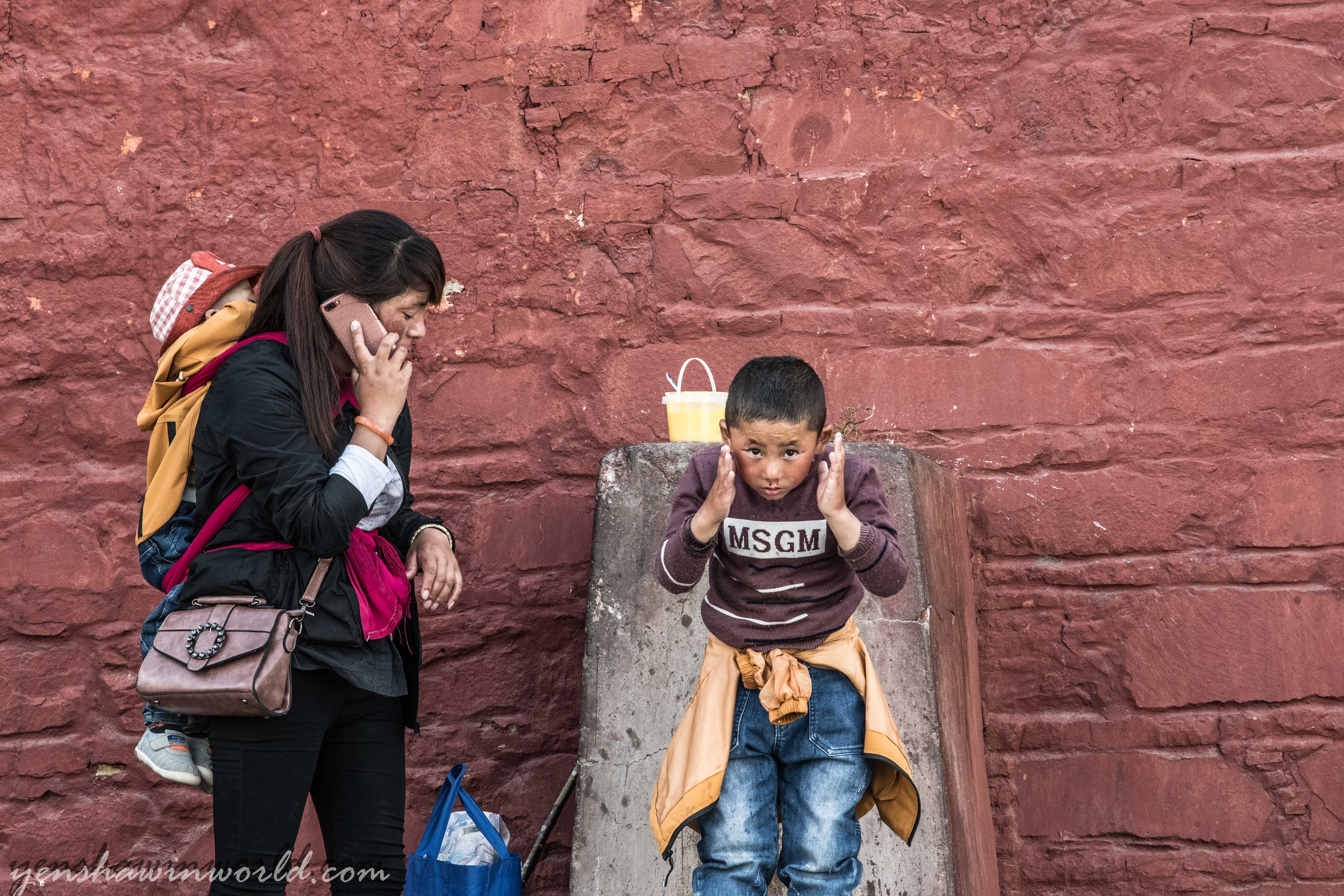
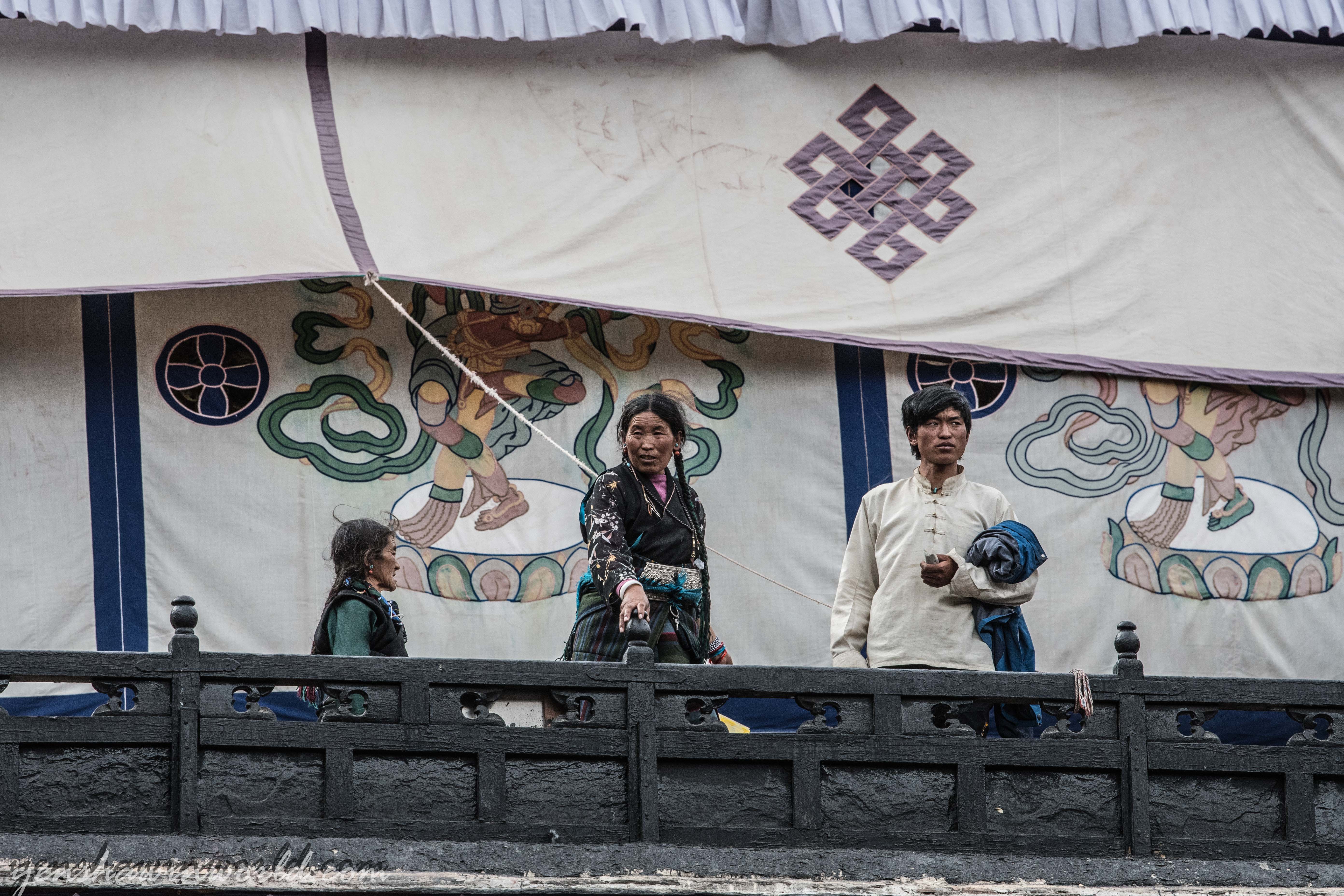
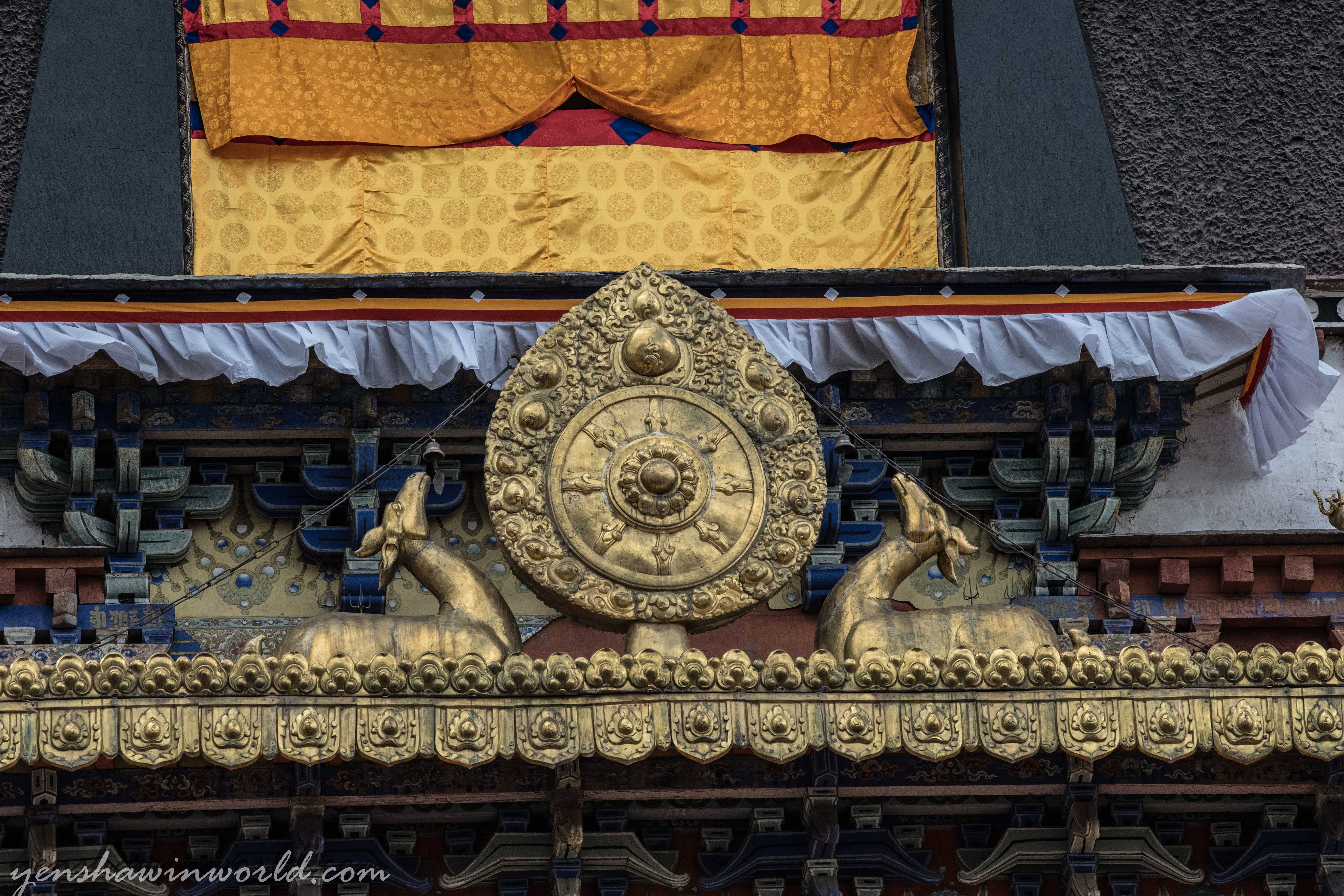
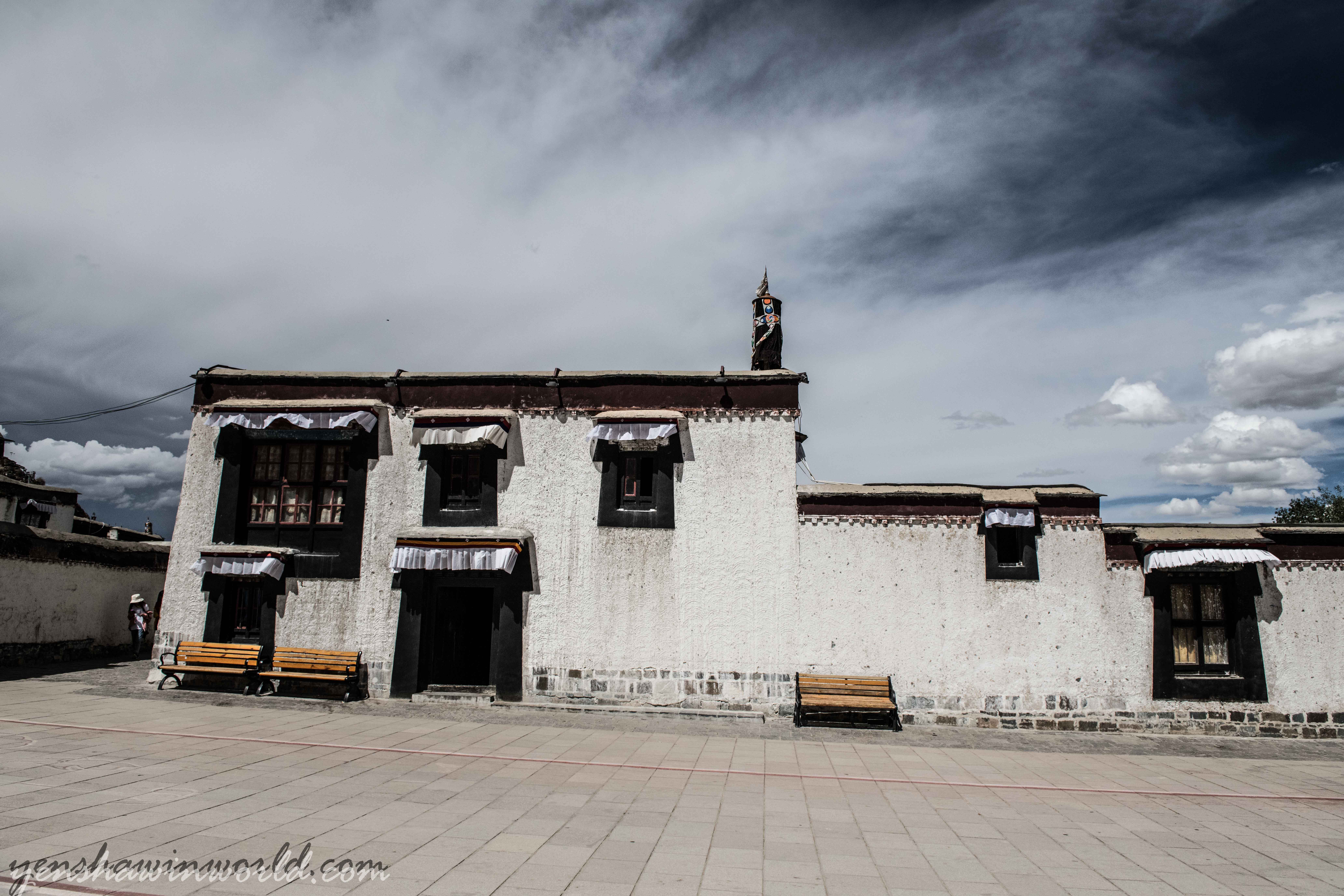
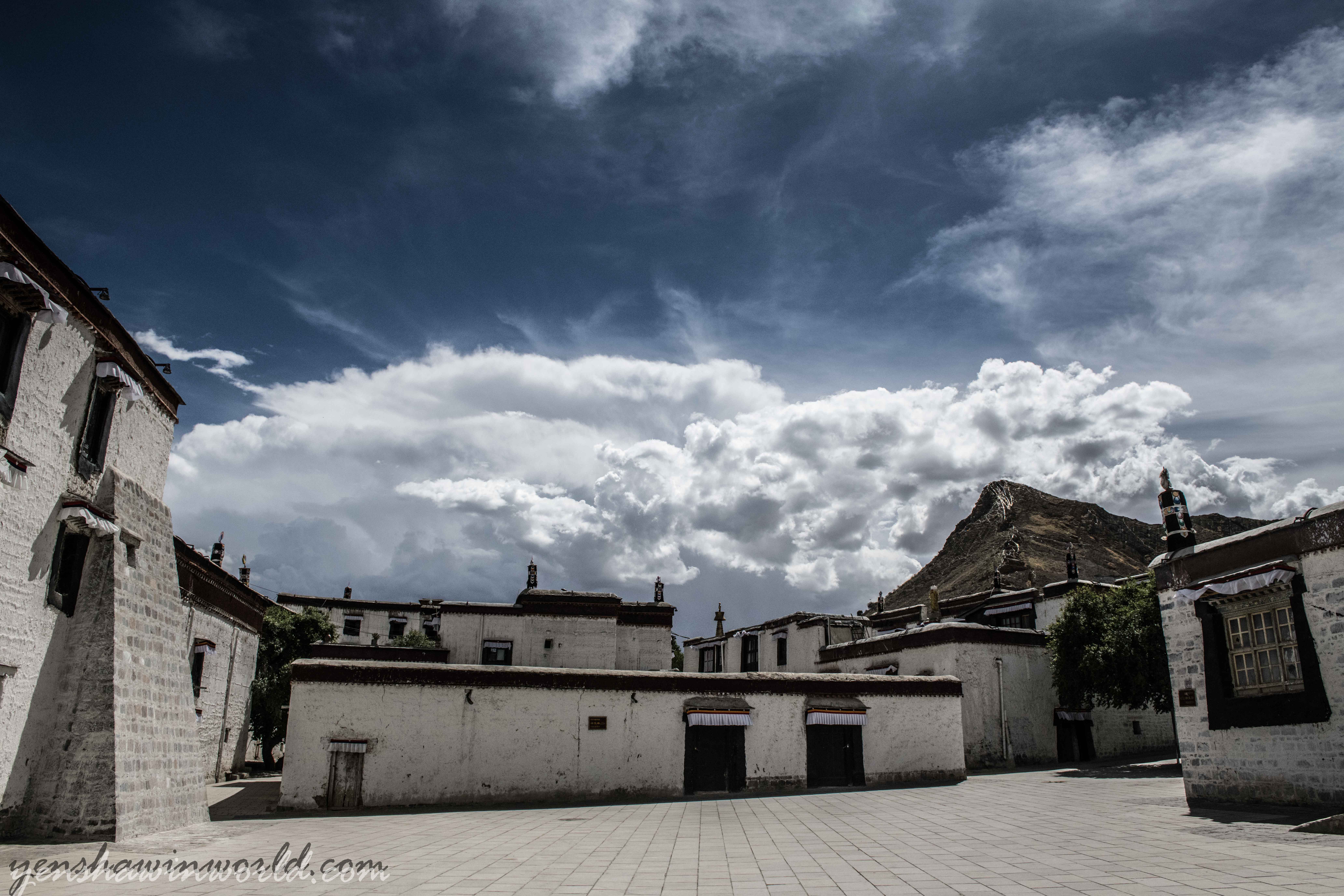
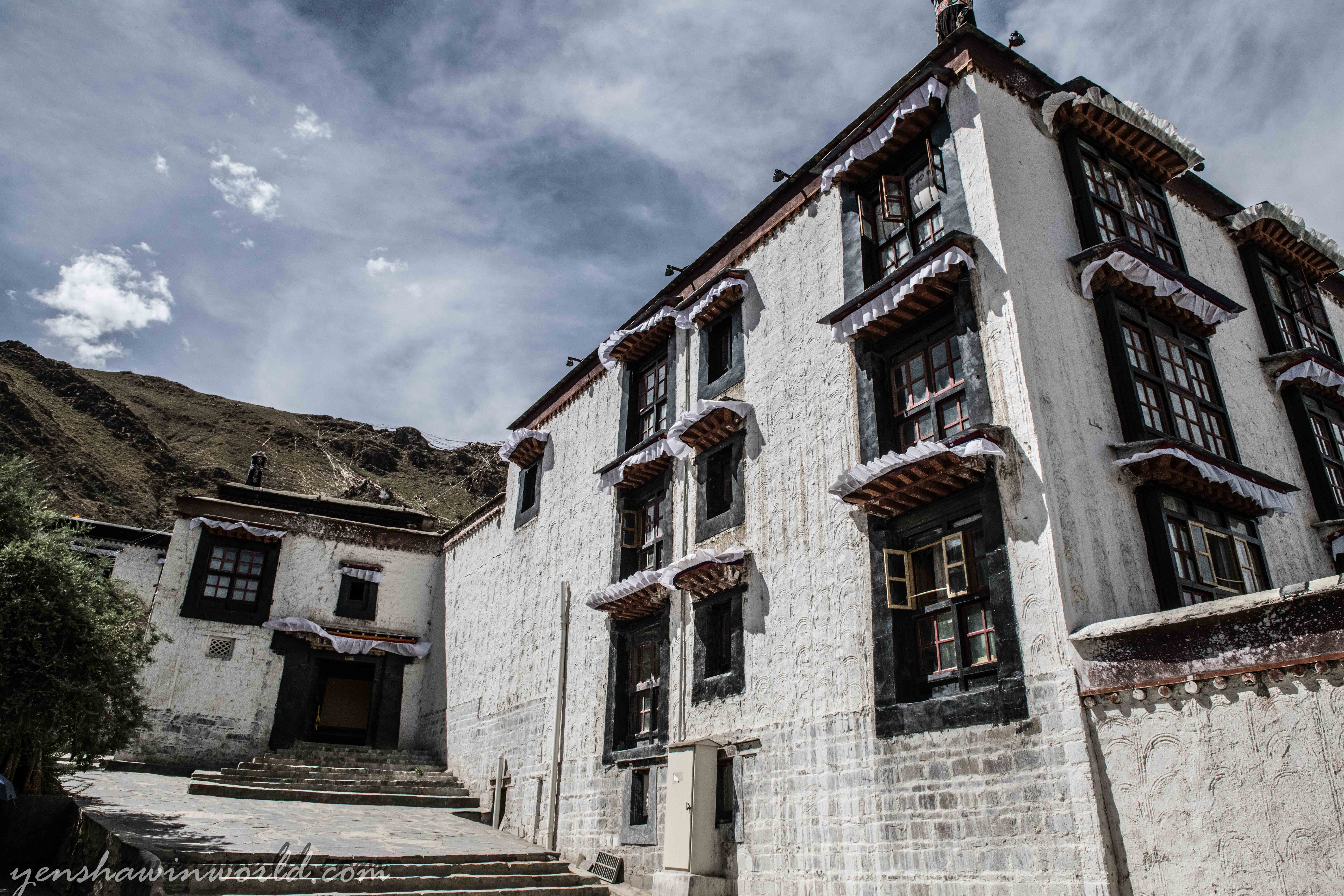
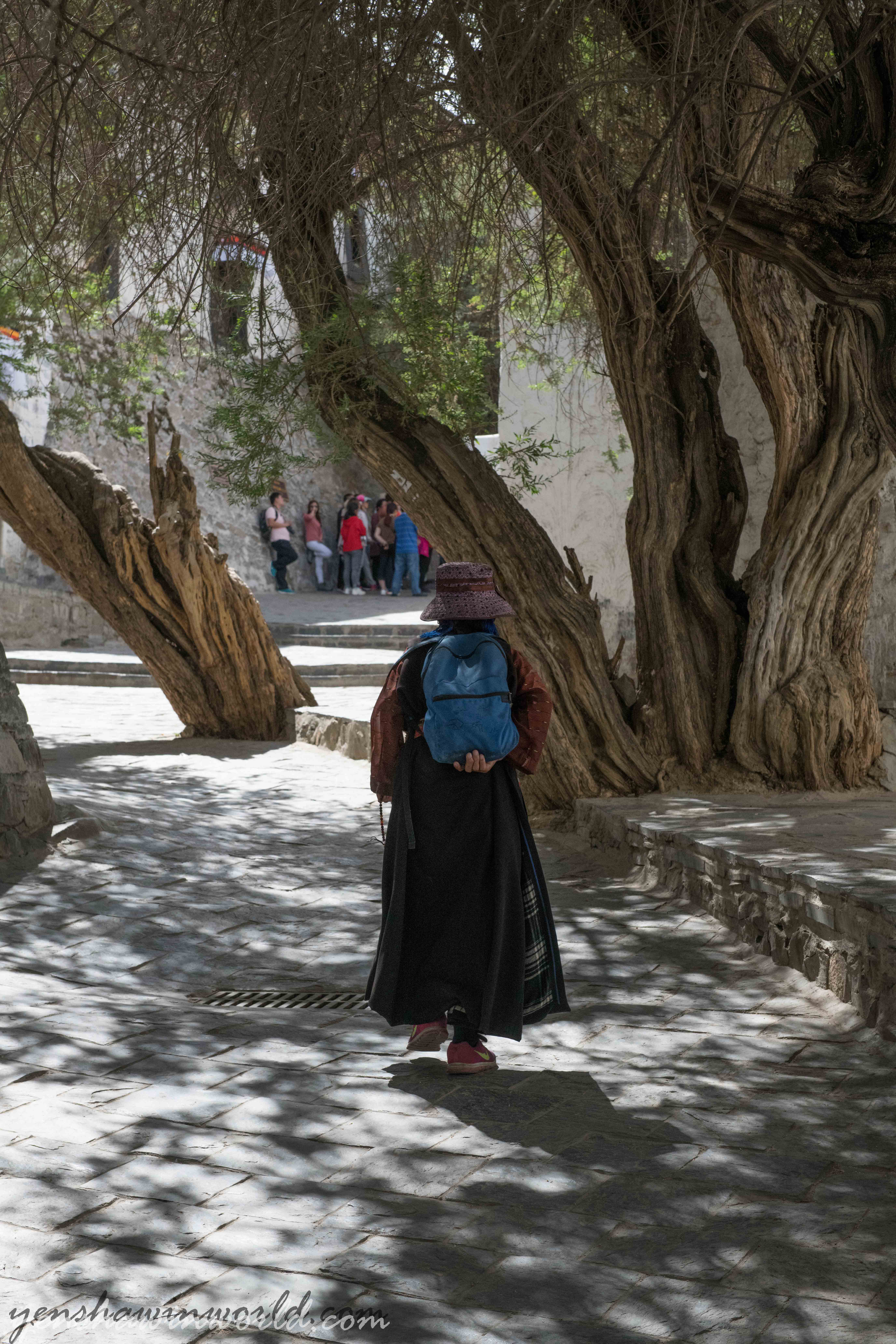
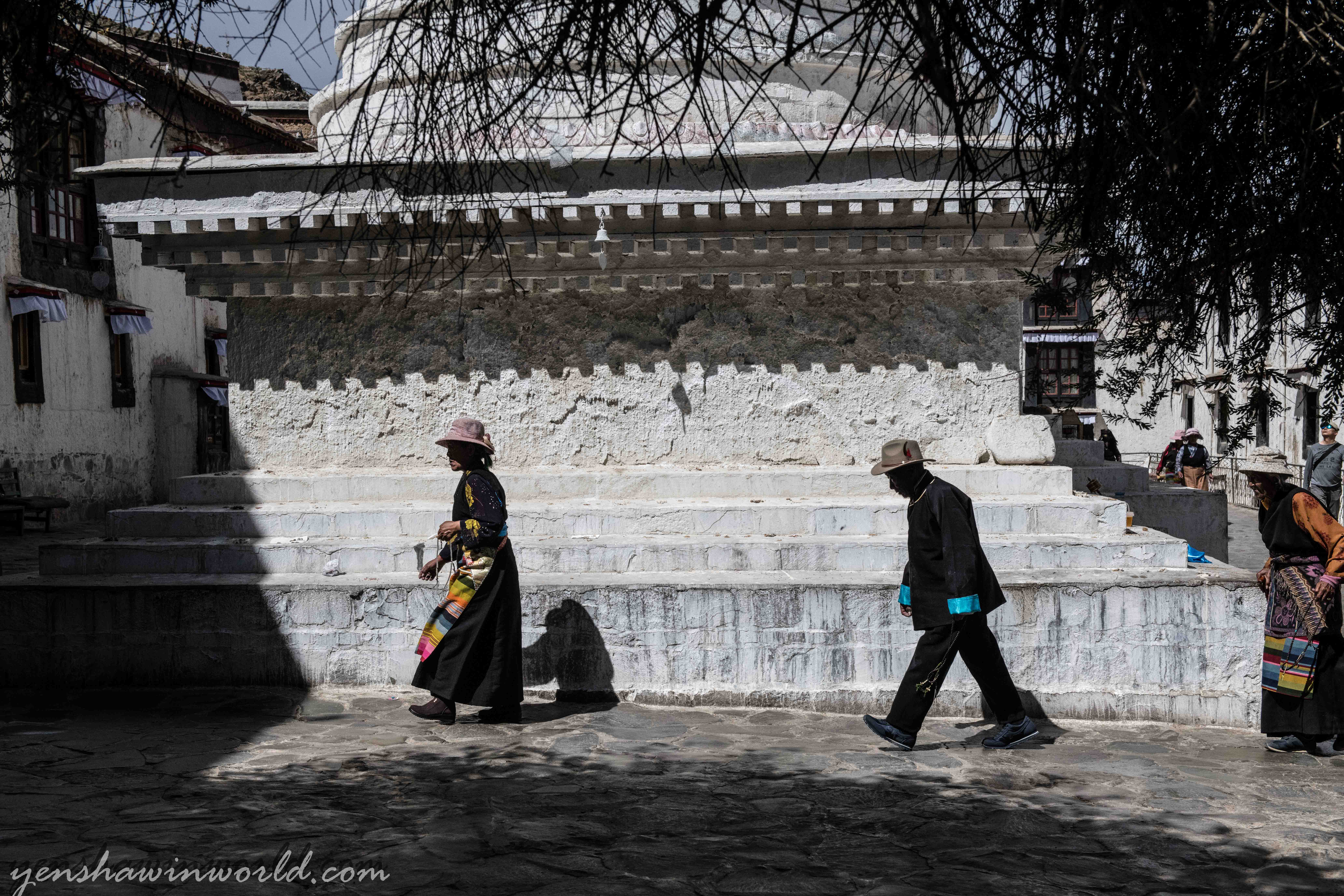
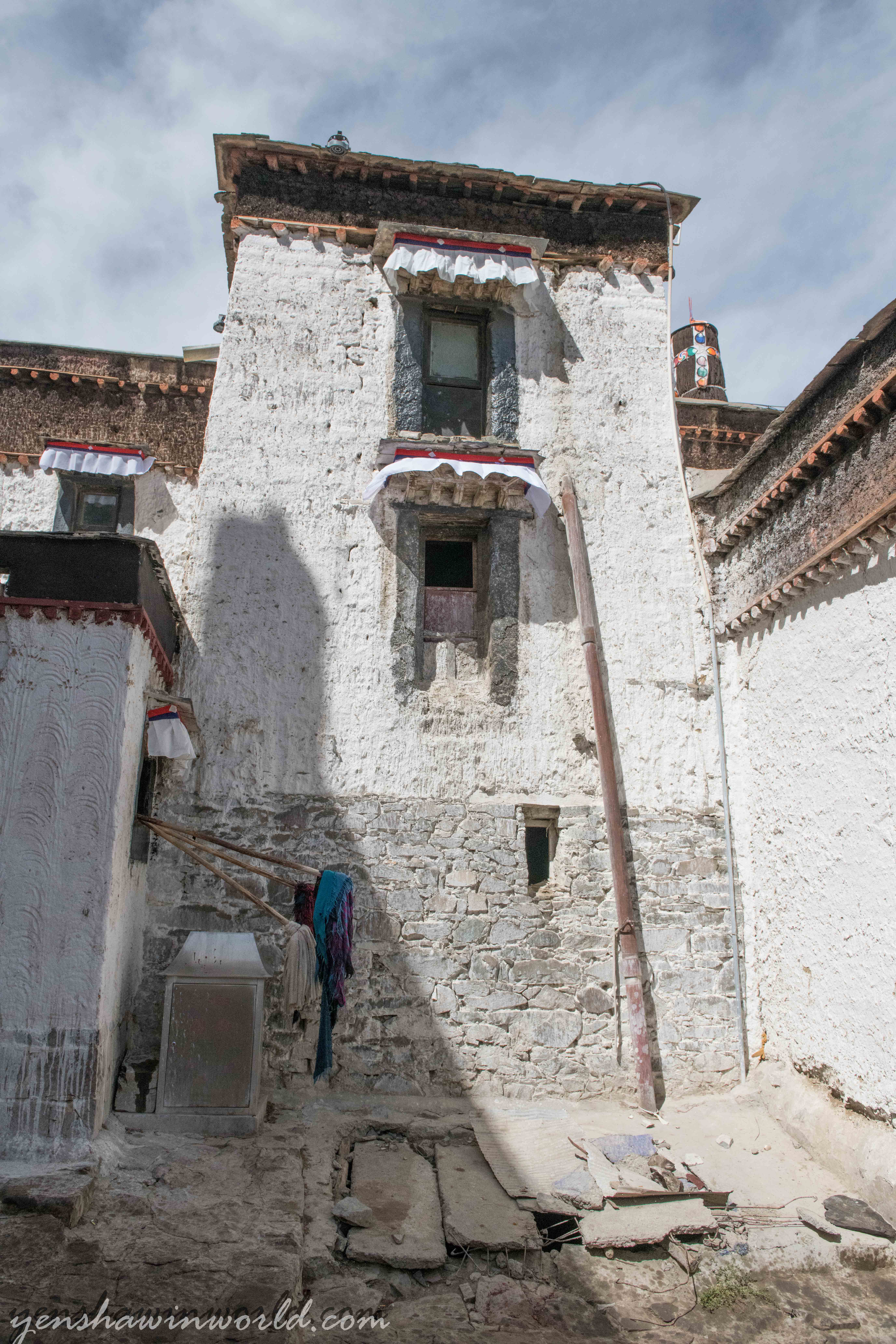
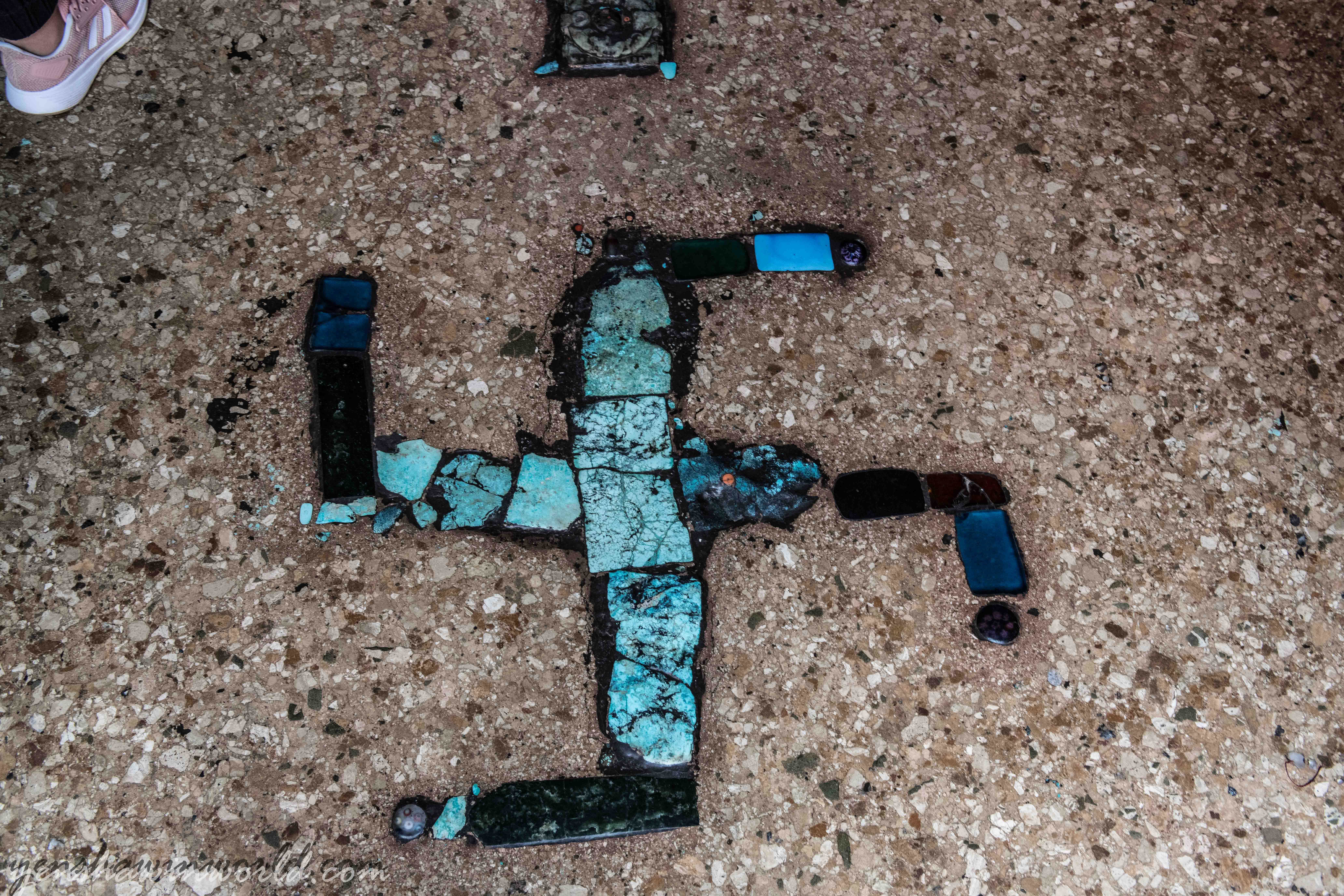
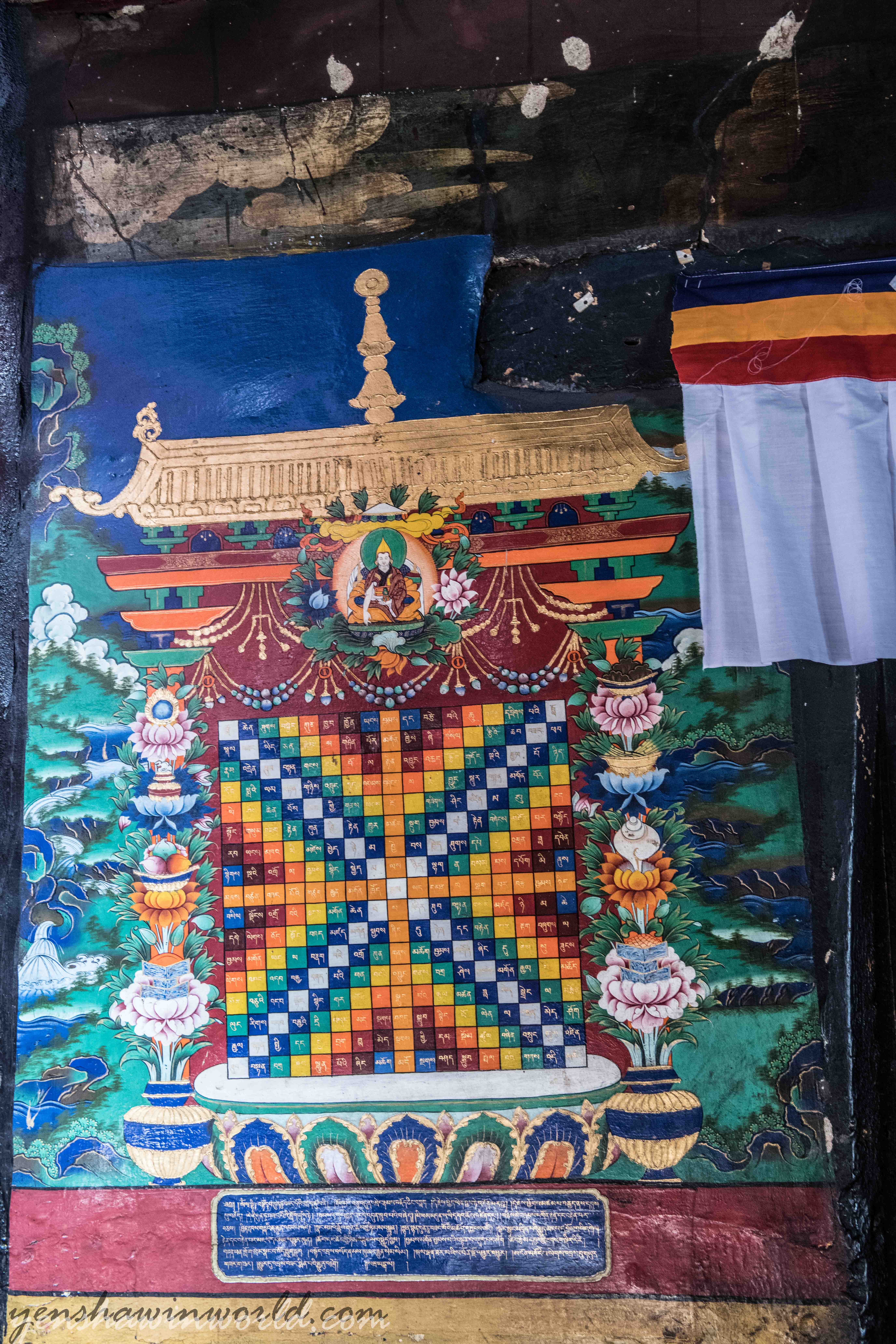
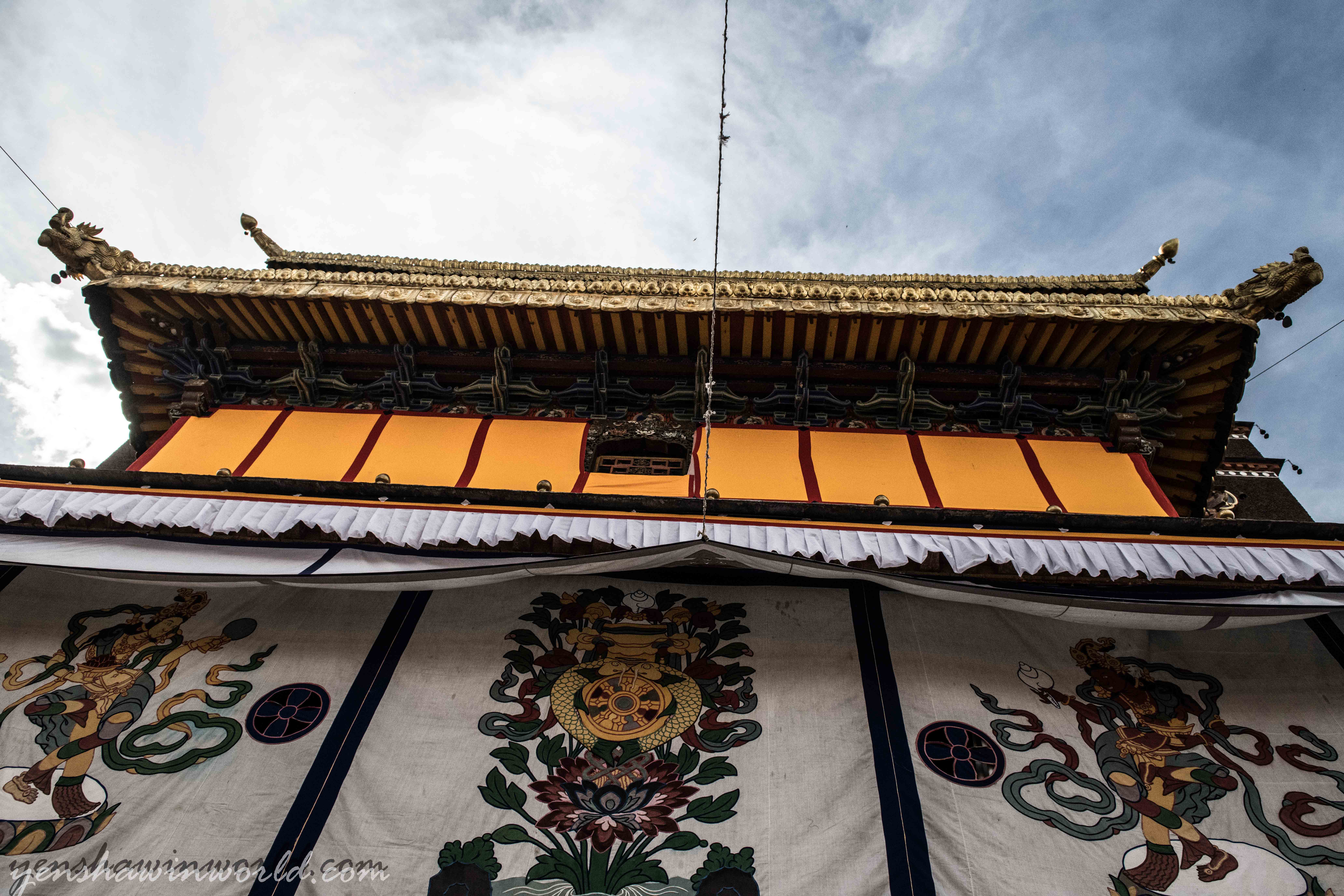
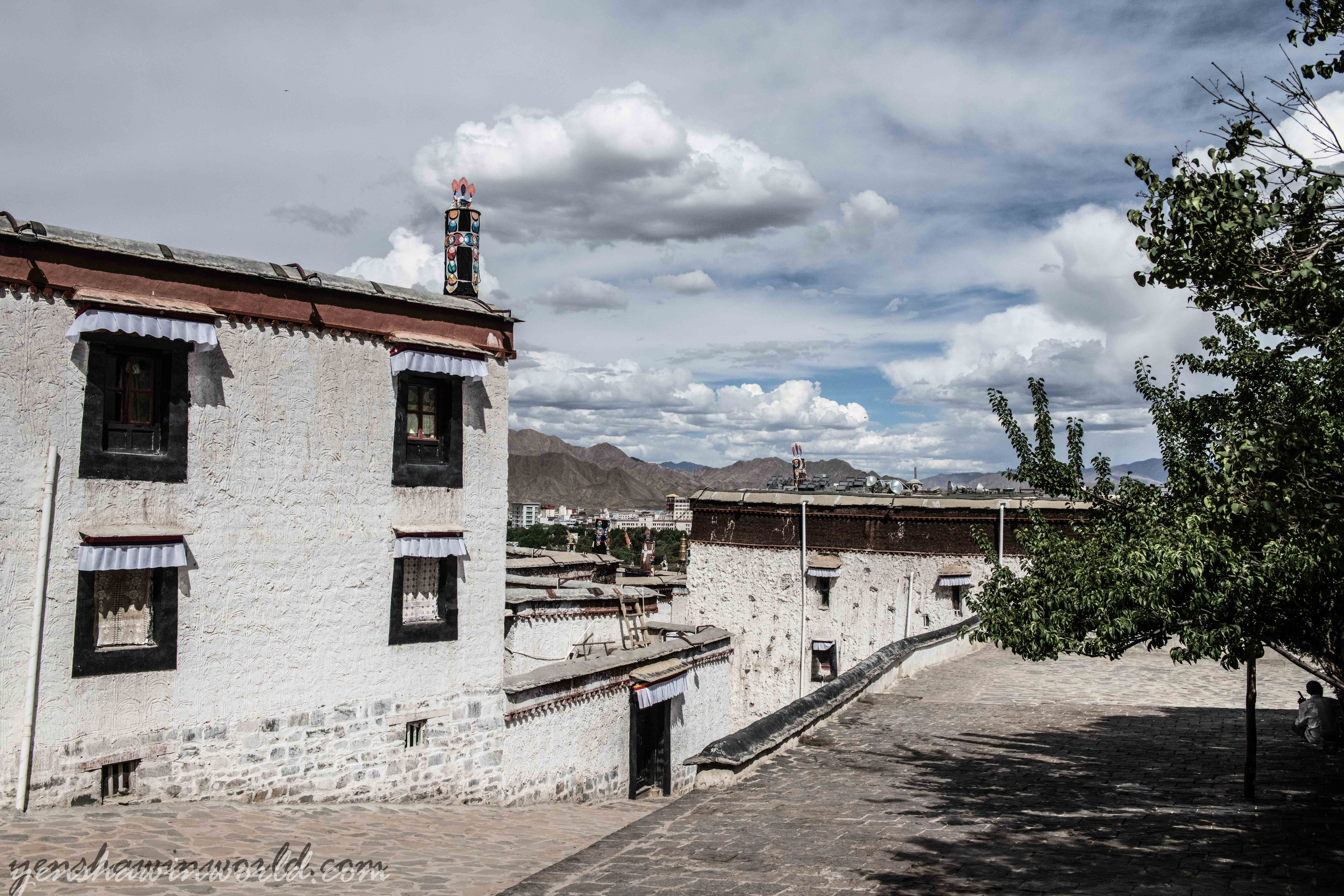
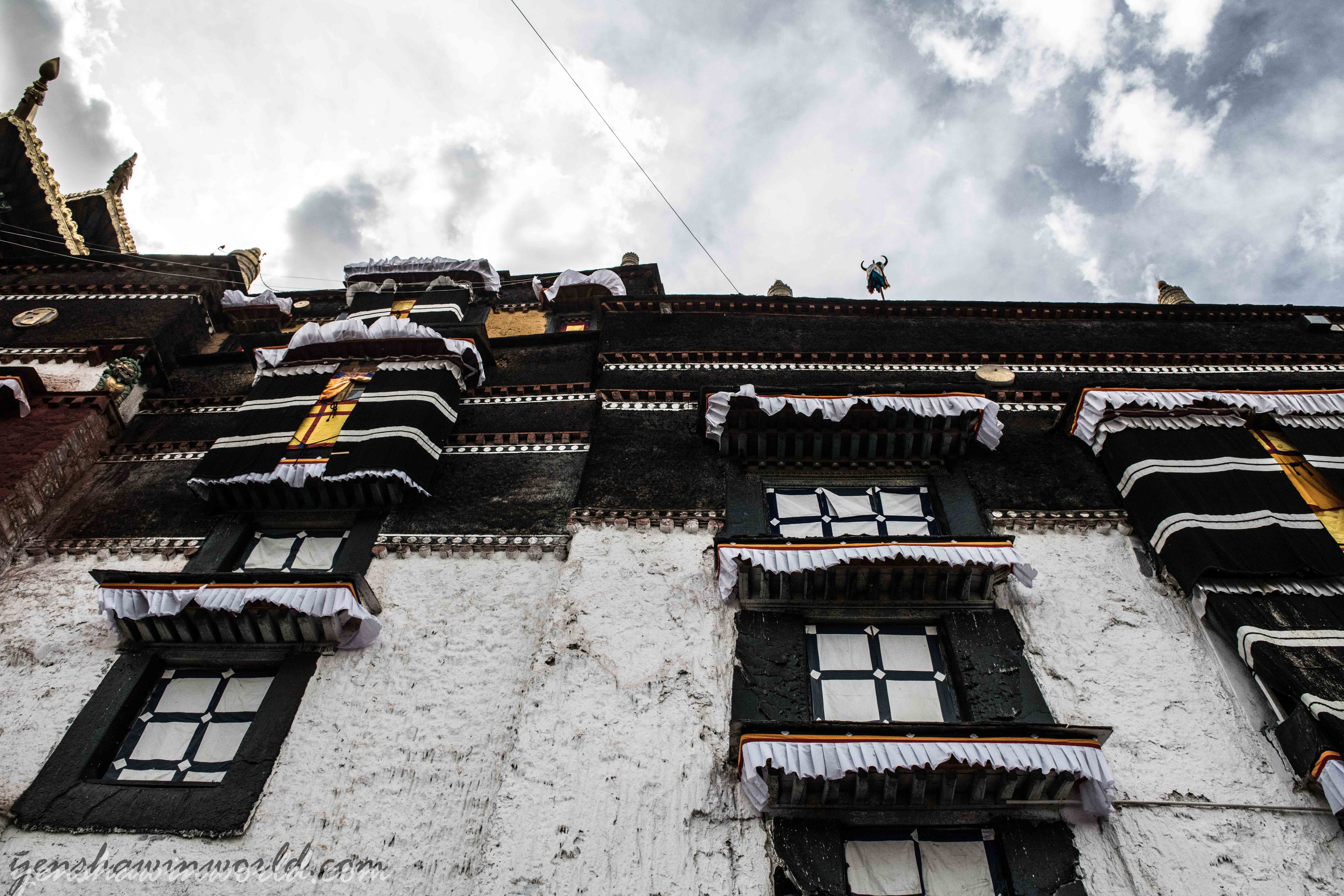
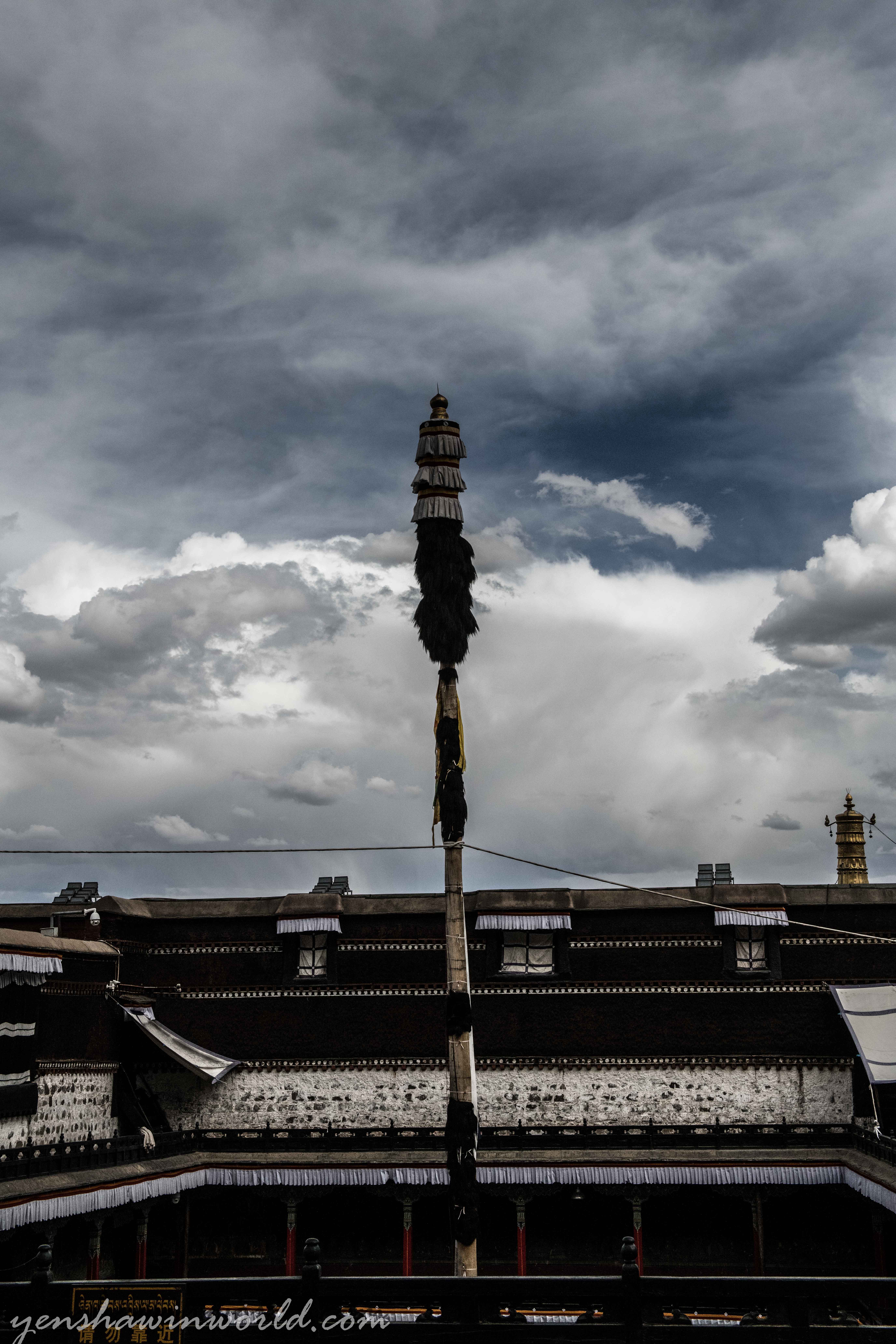
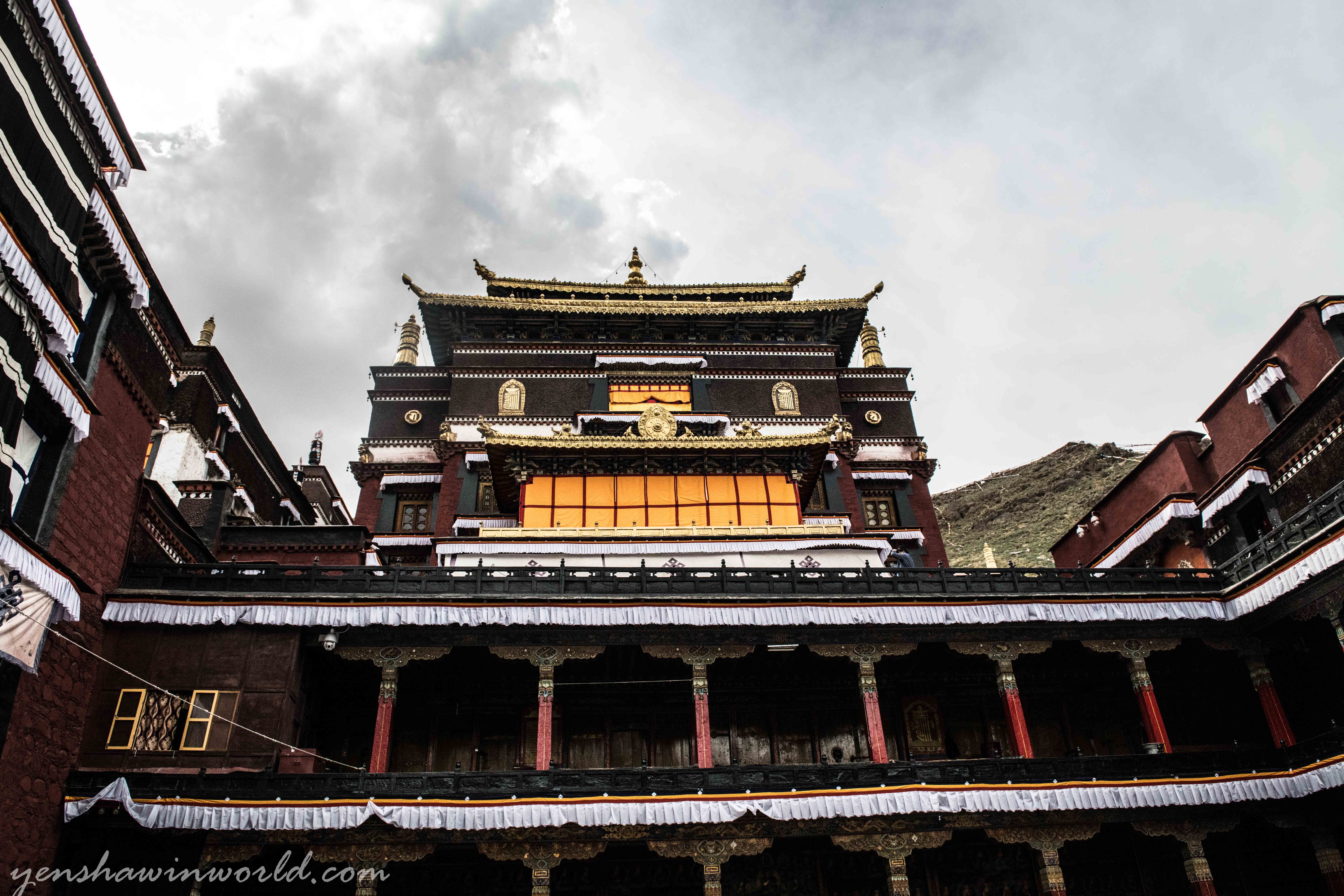
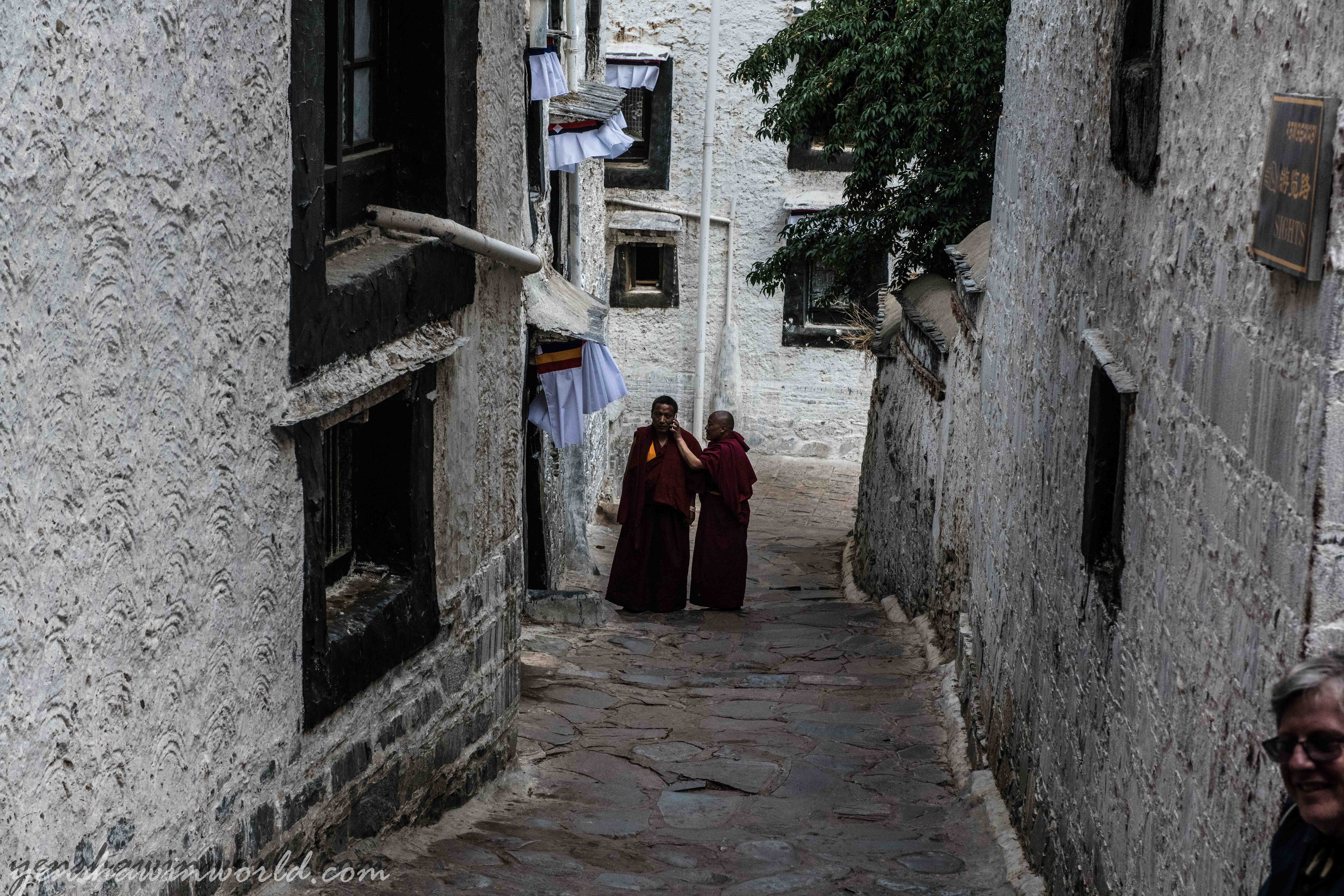
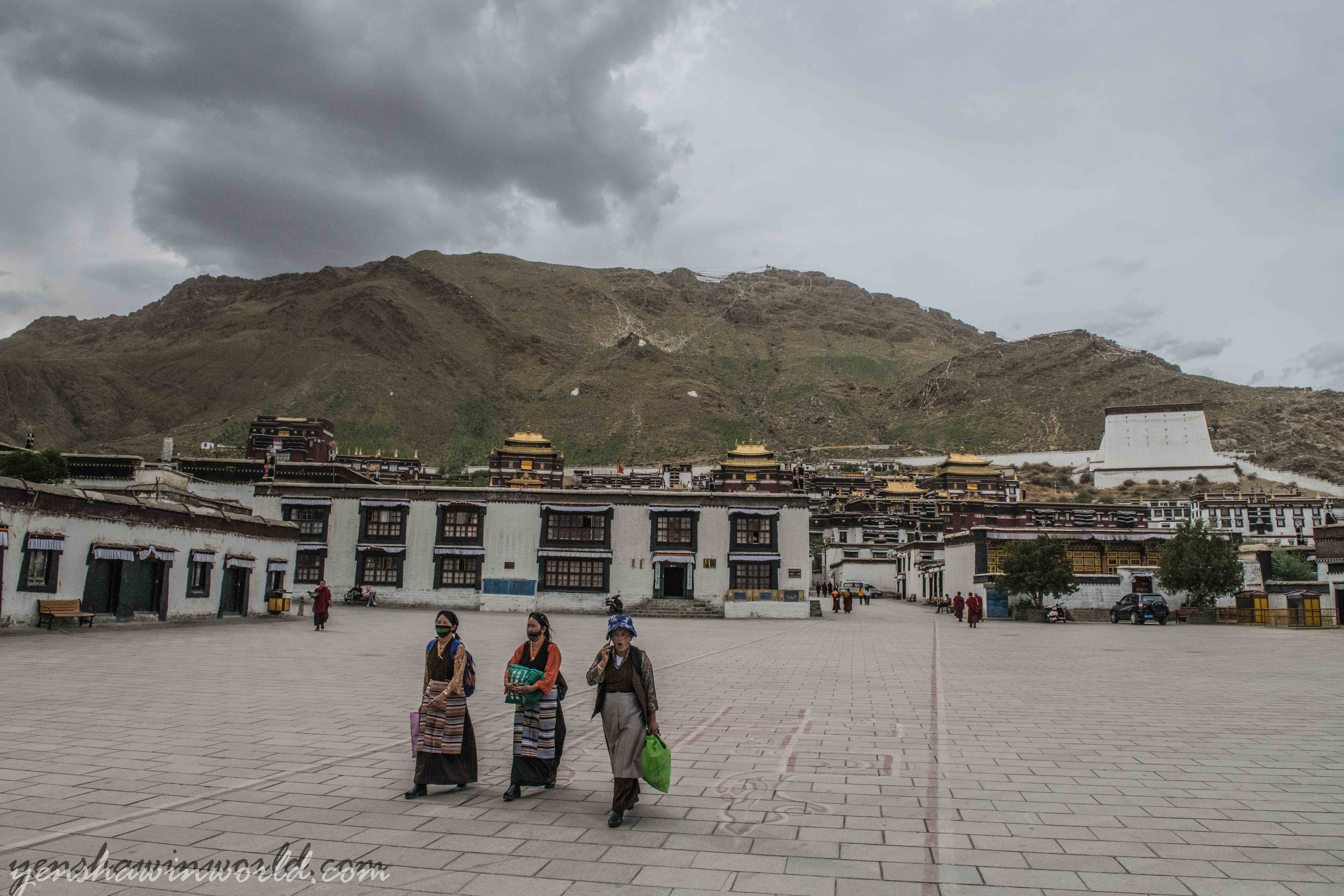
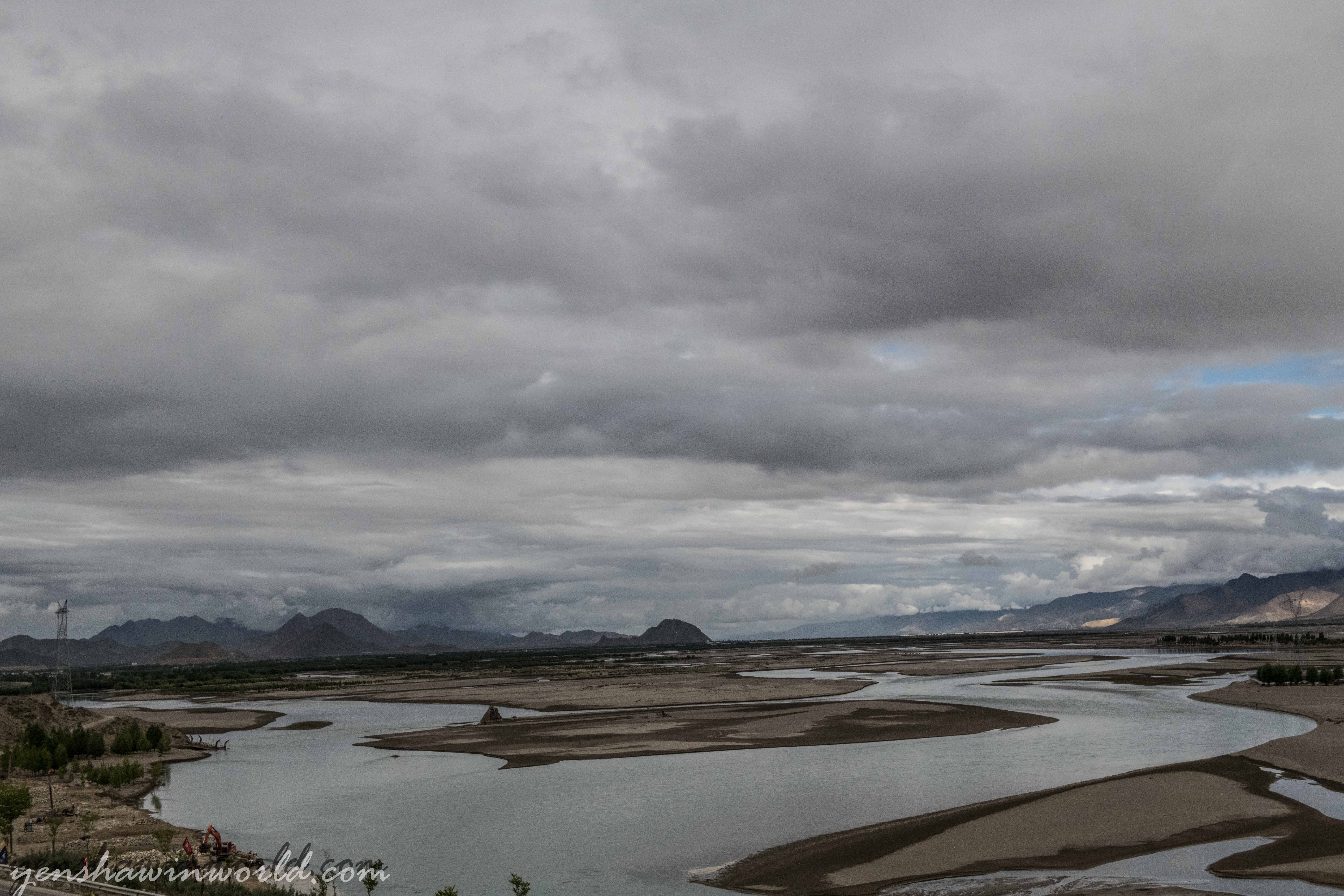
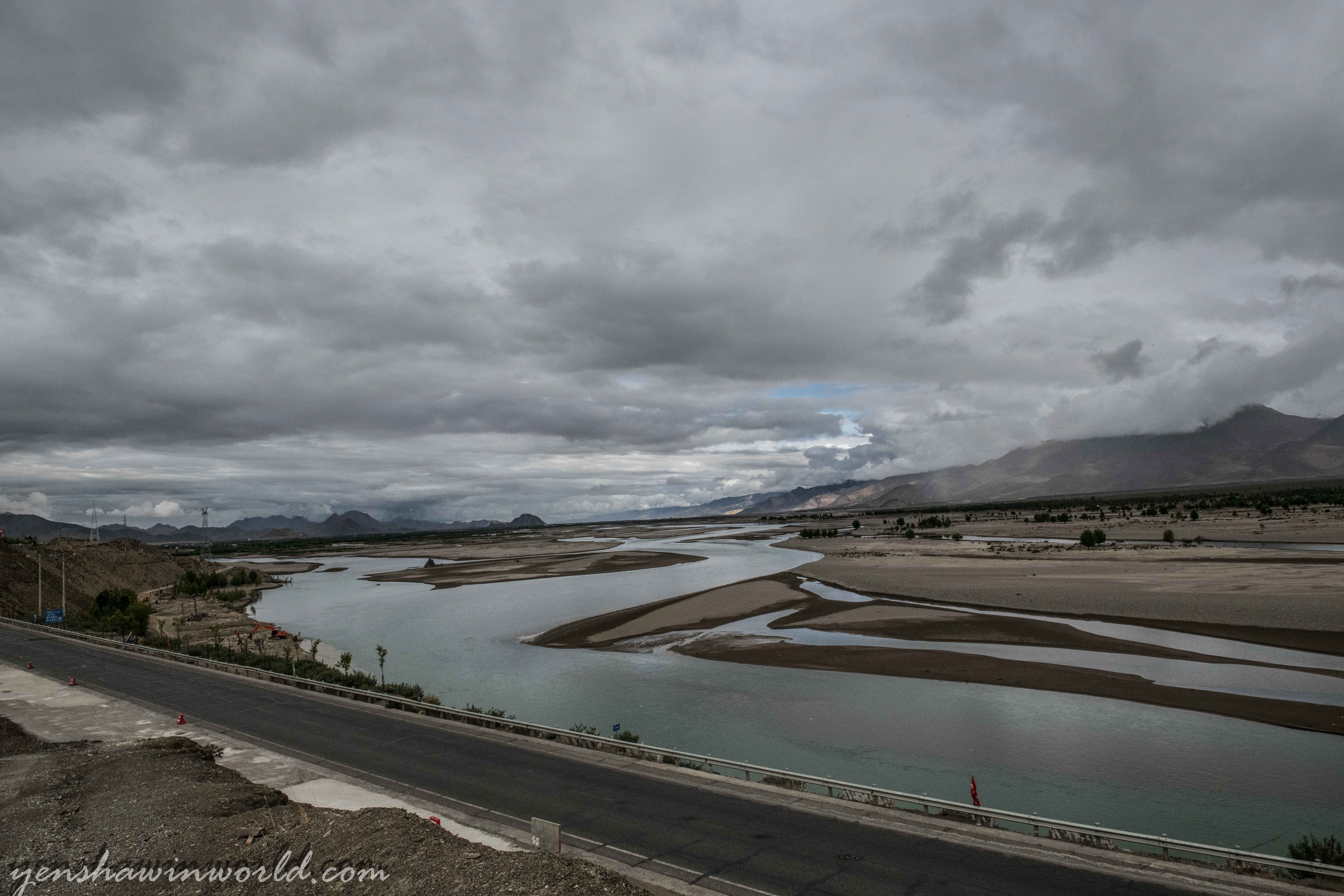
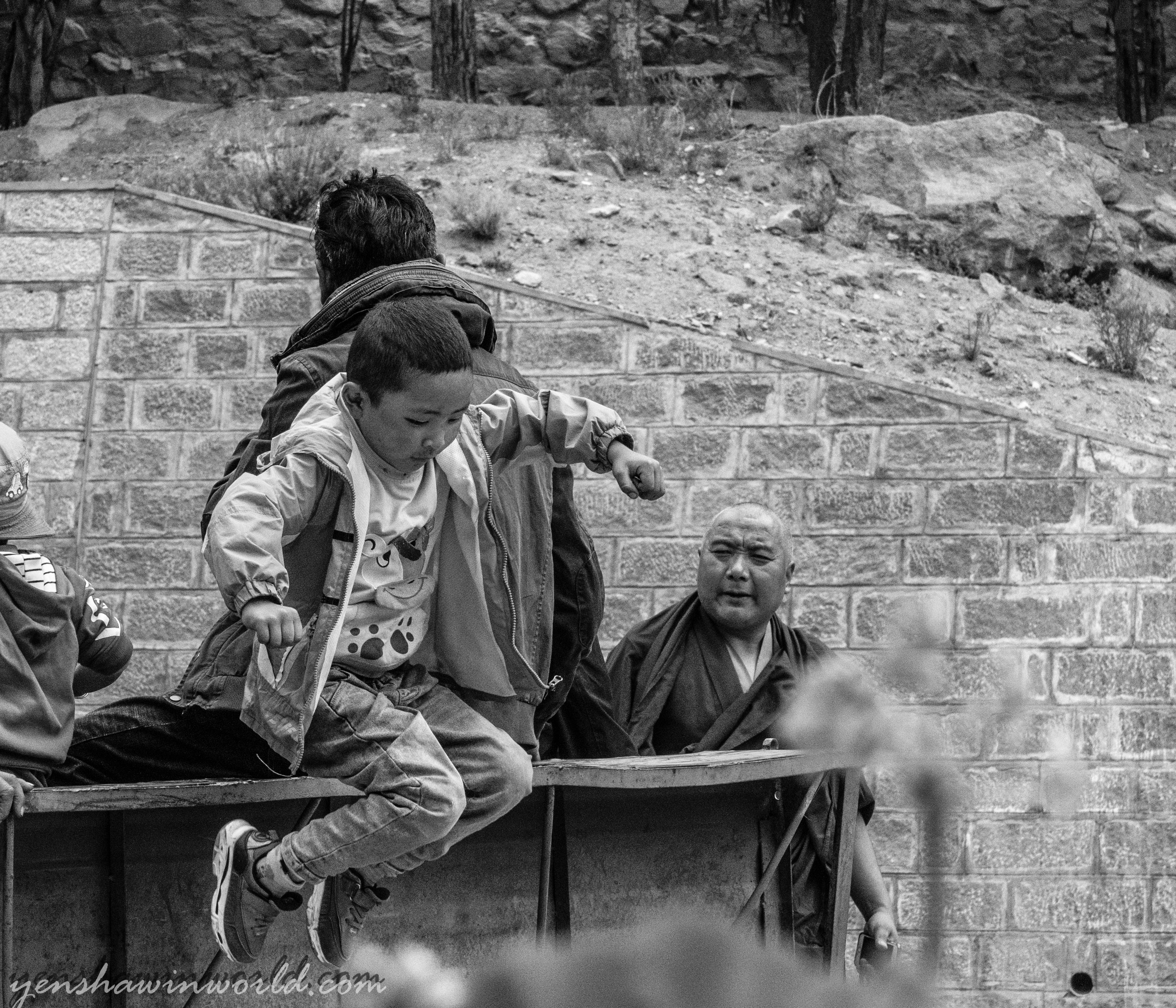
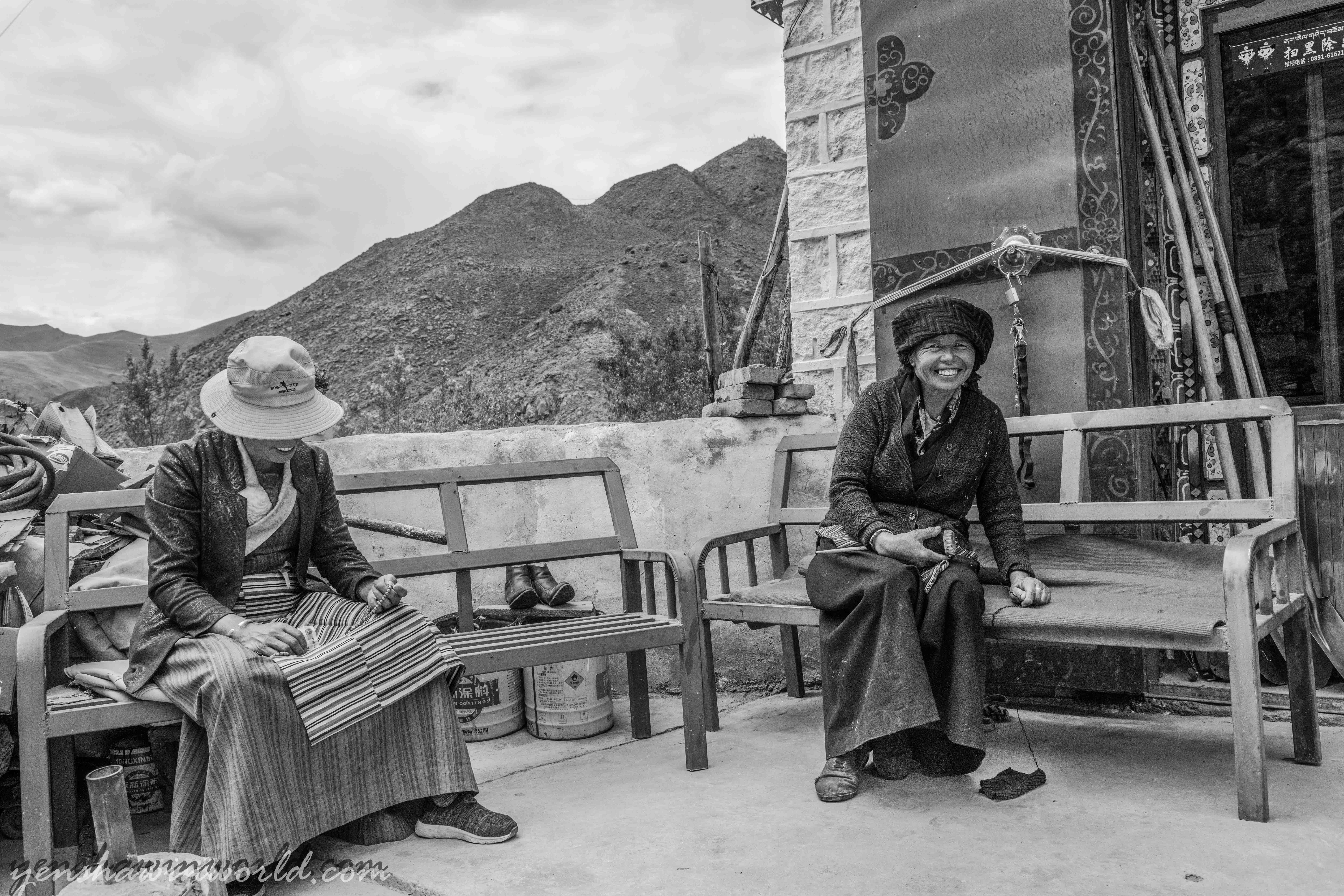


One response to “Tibet”
A great trip & great photos!